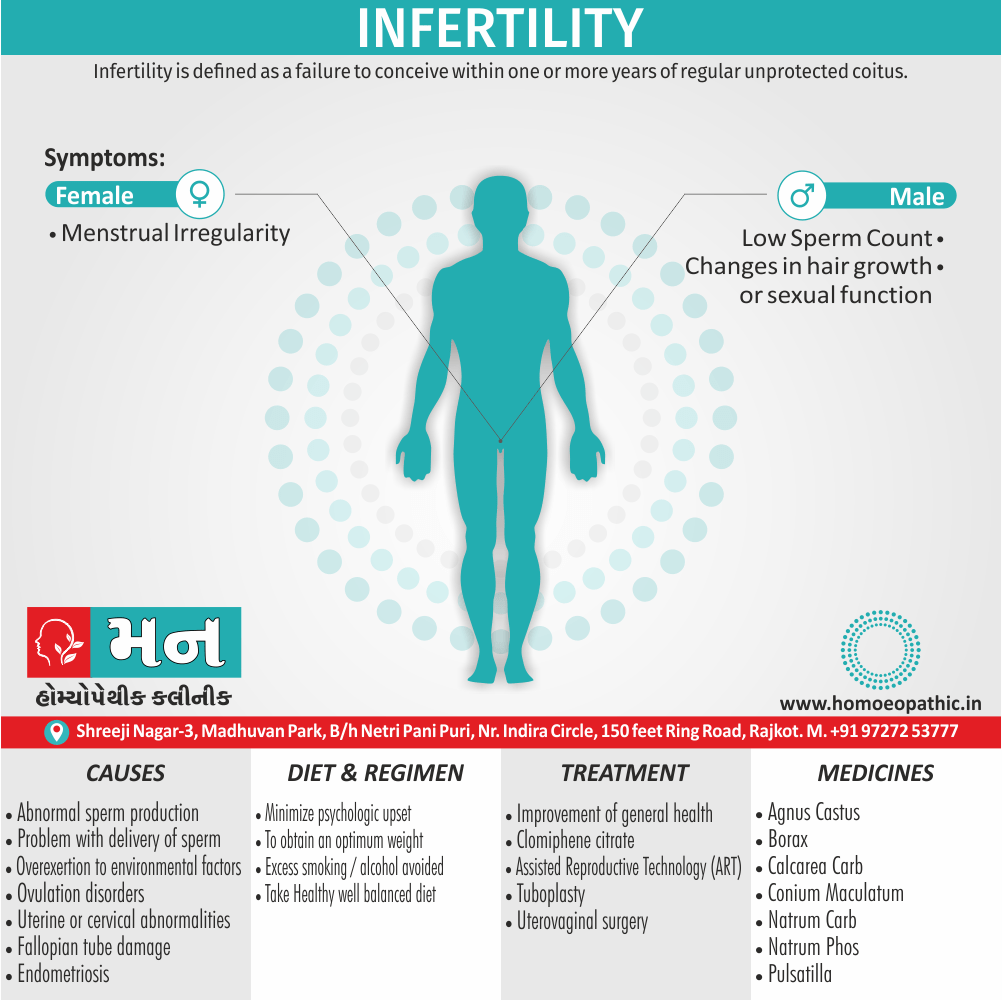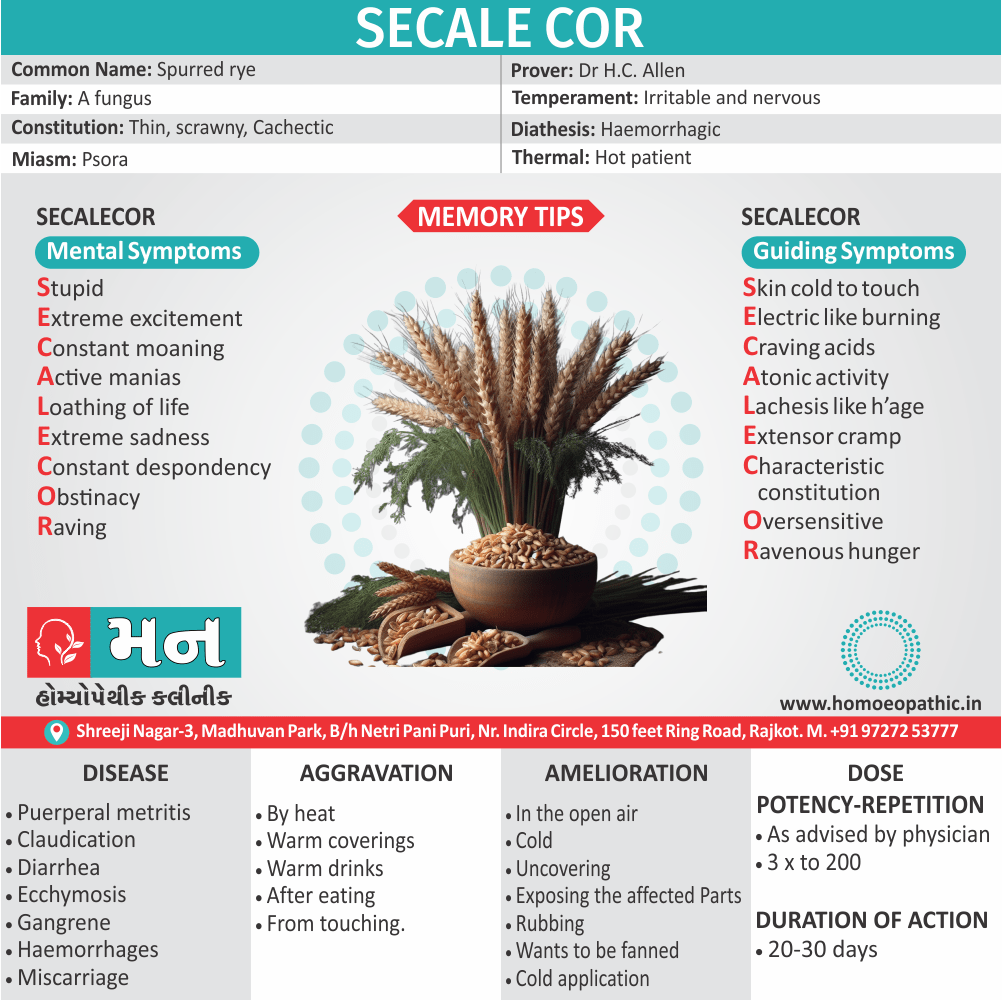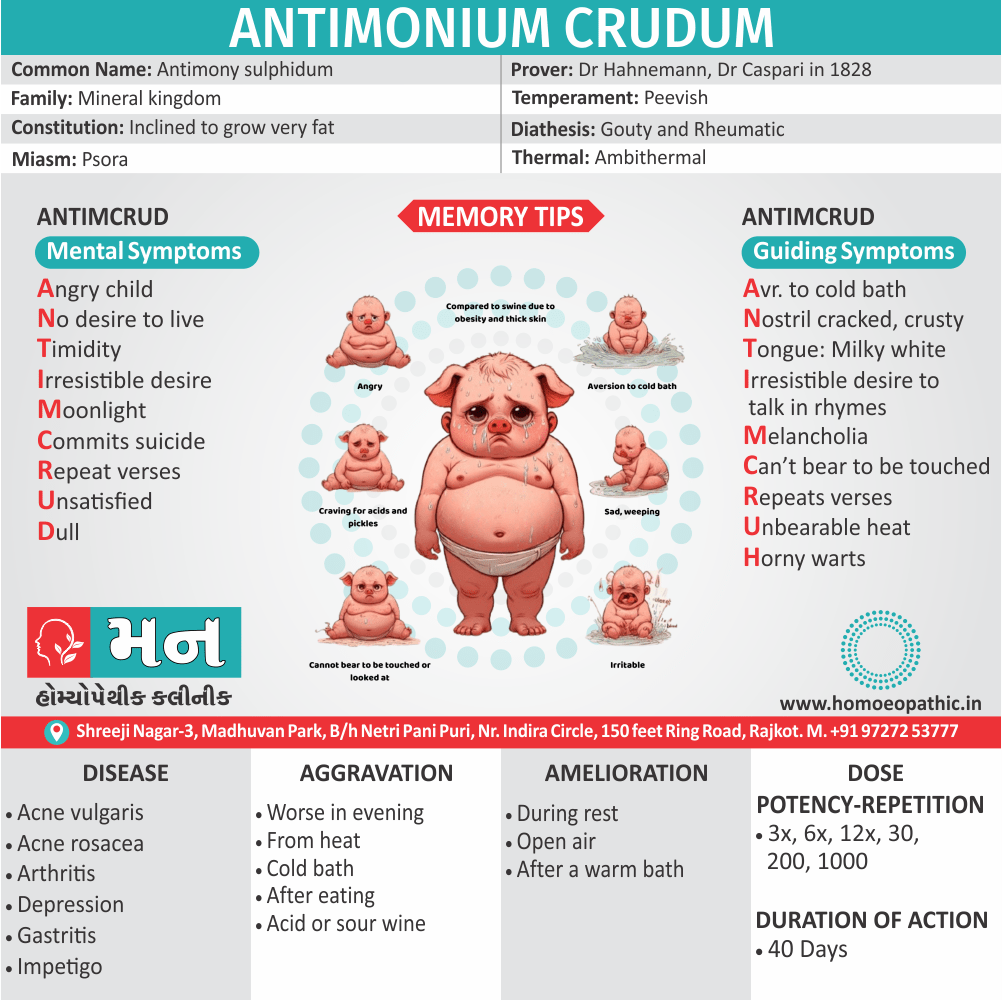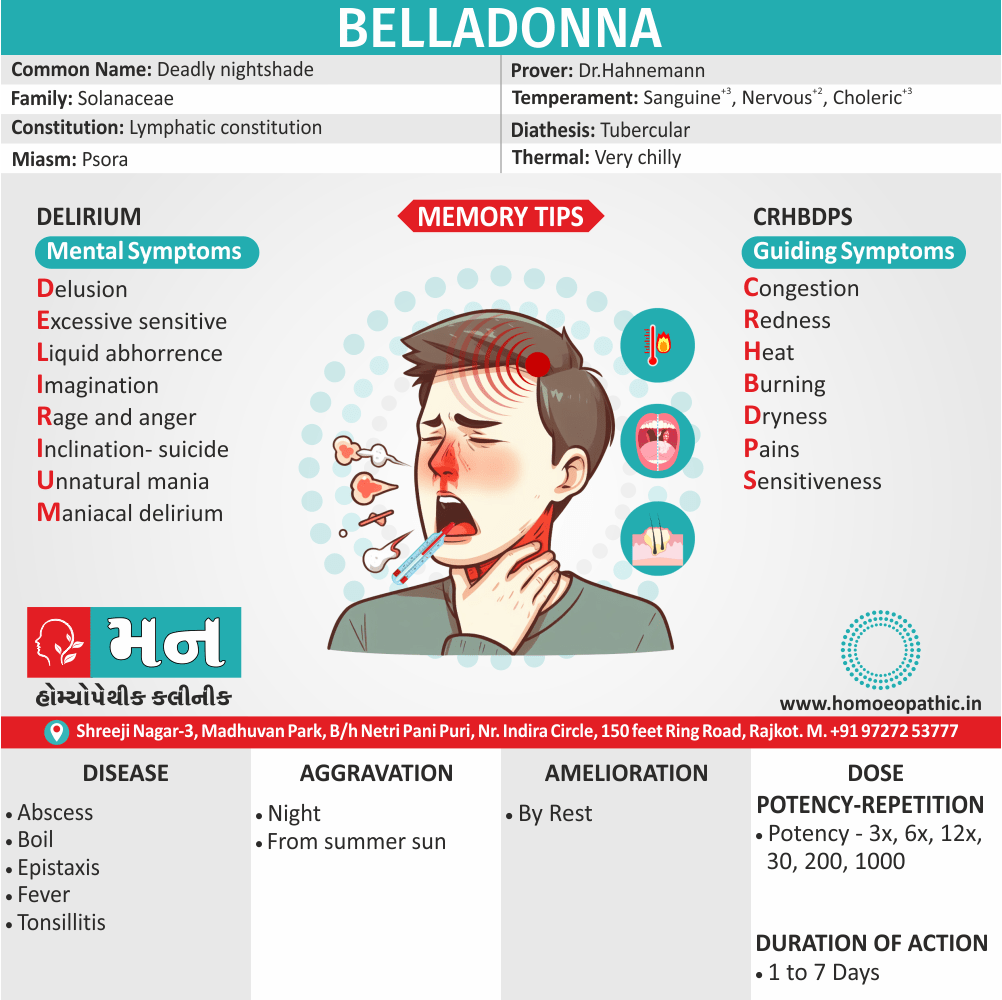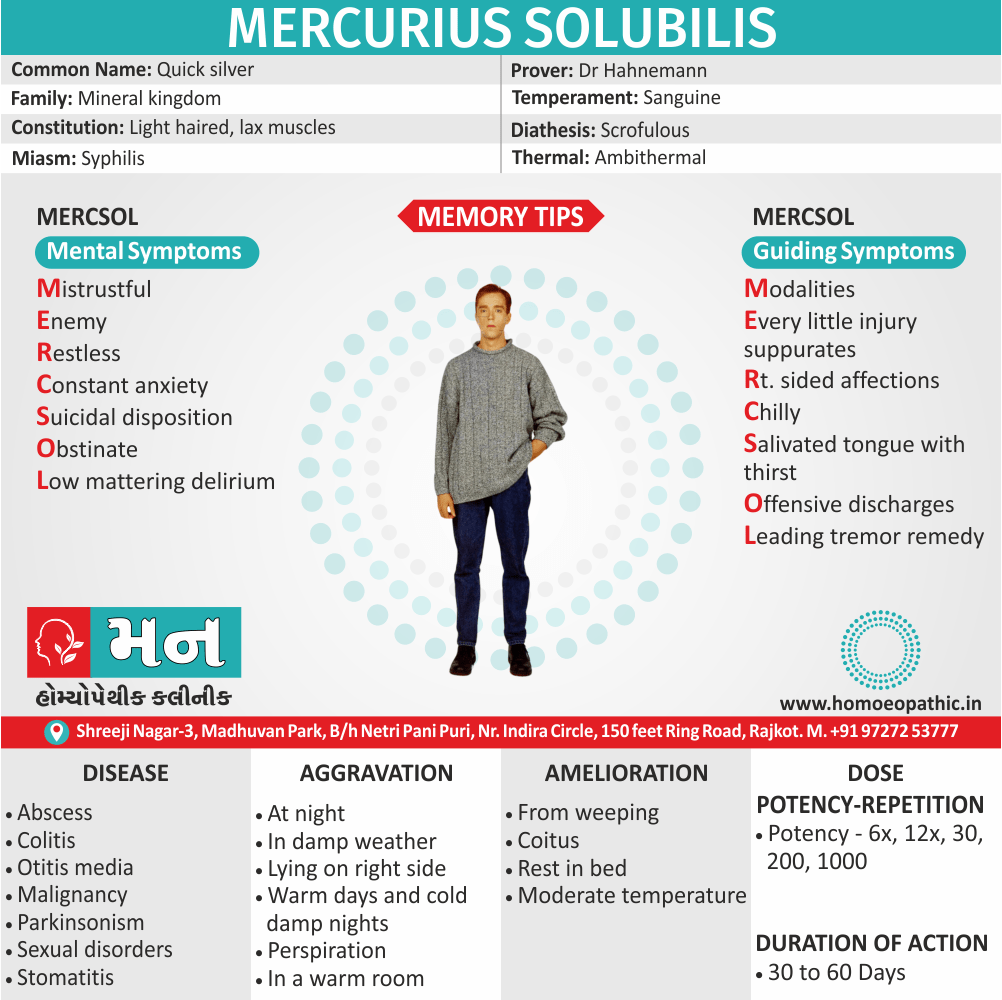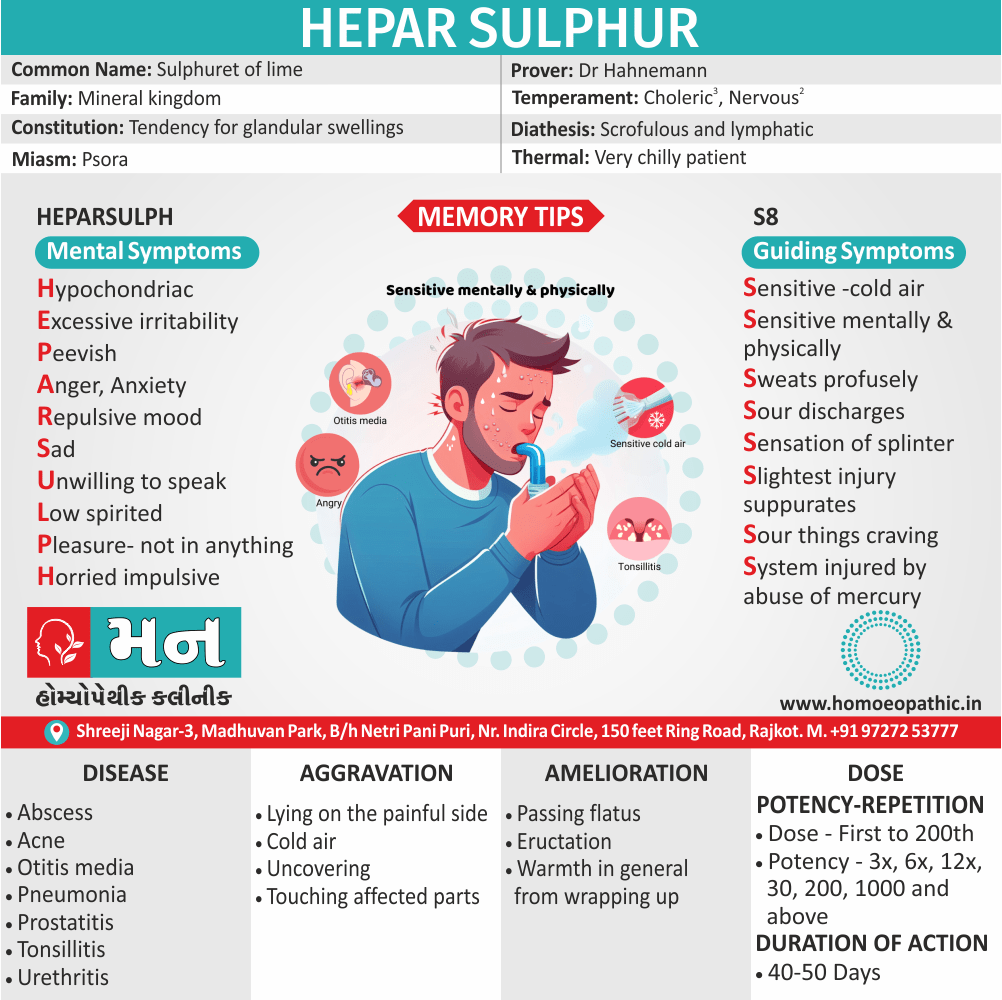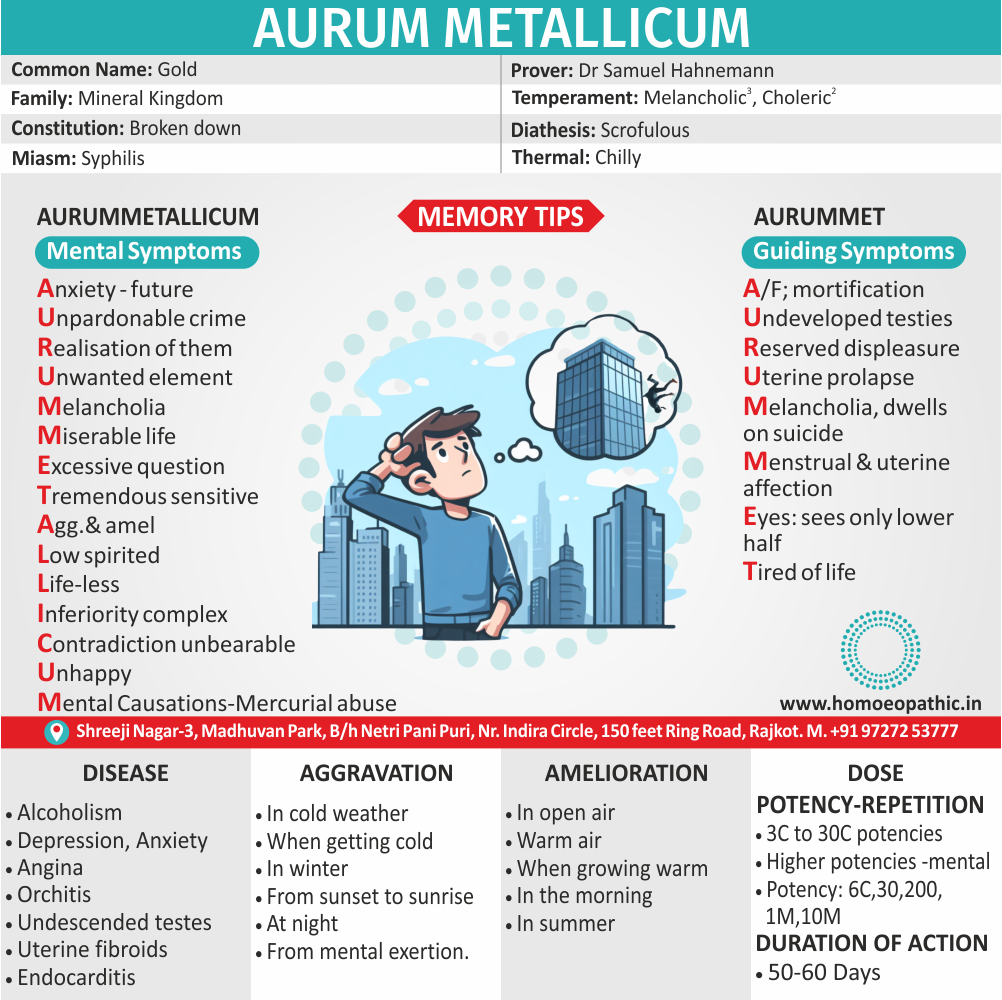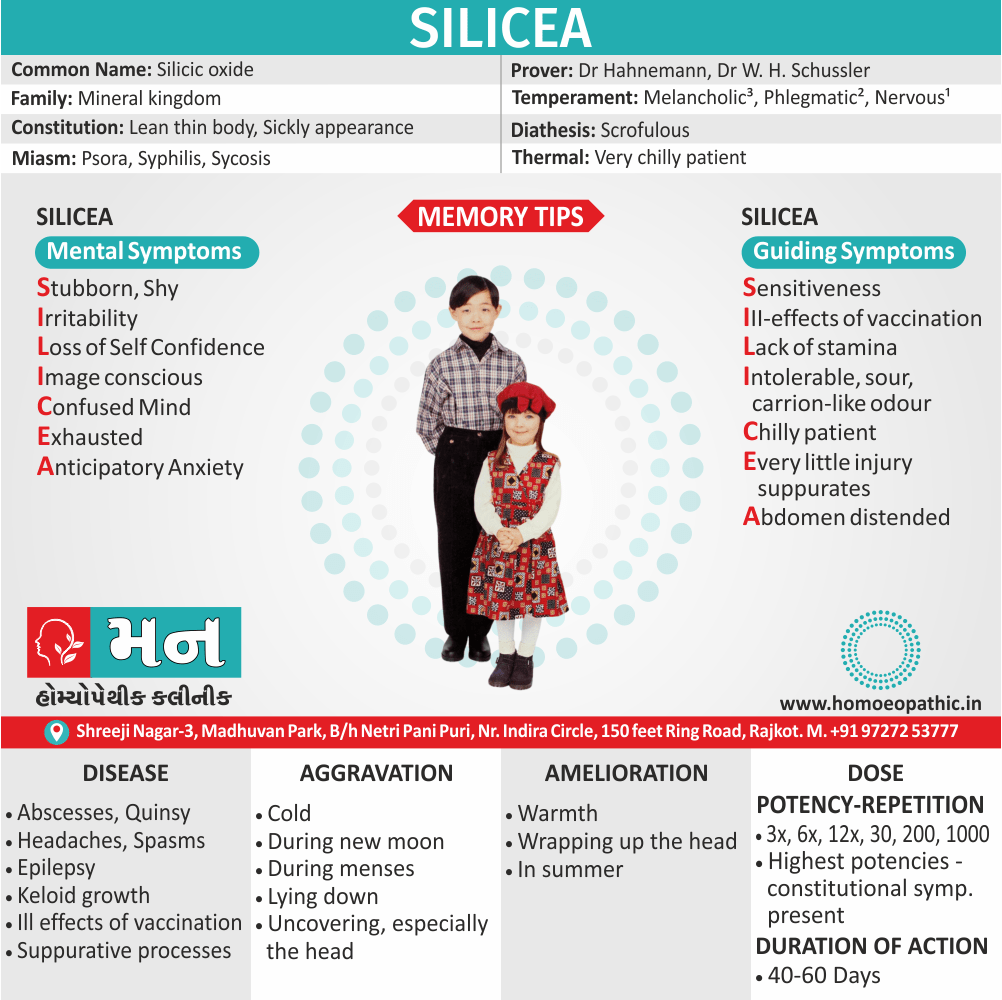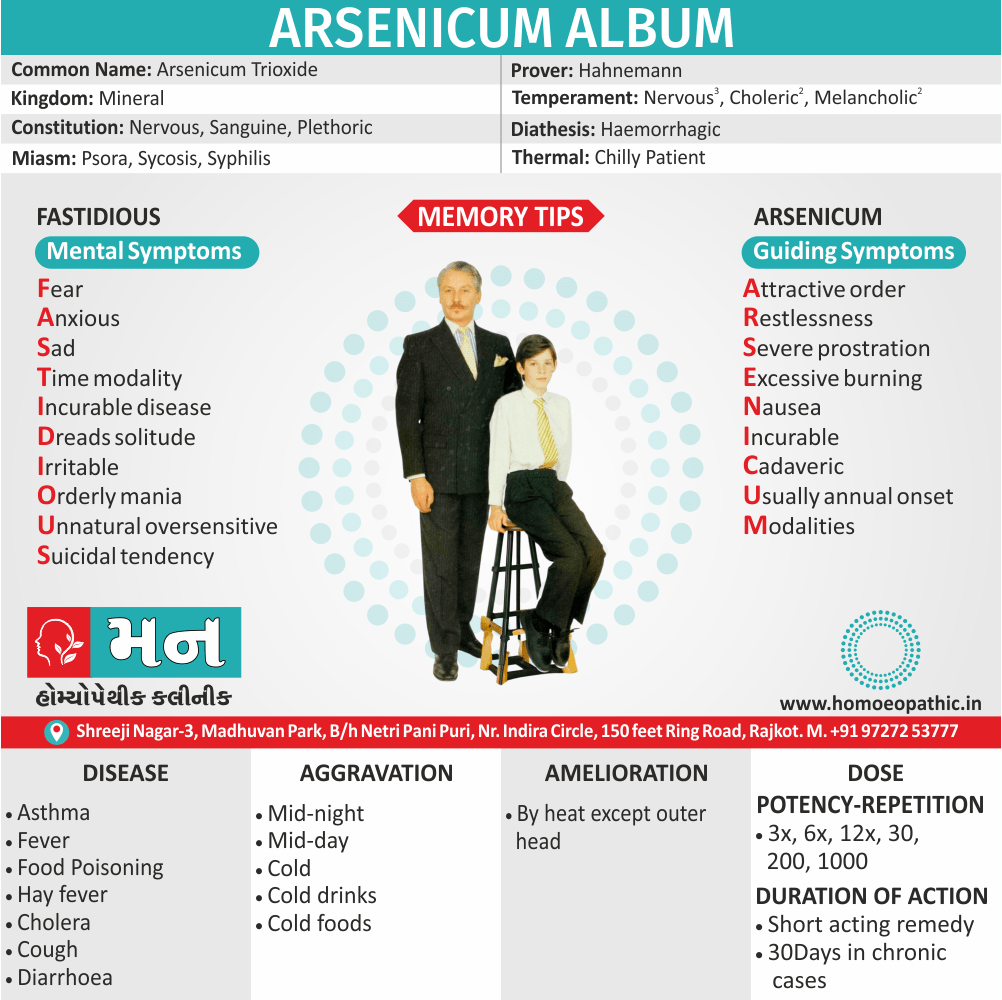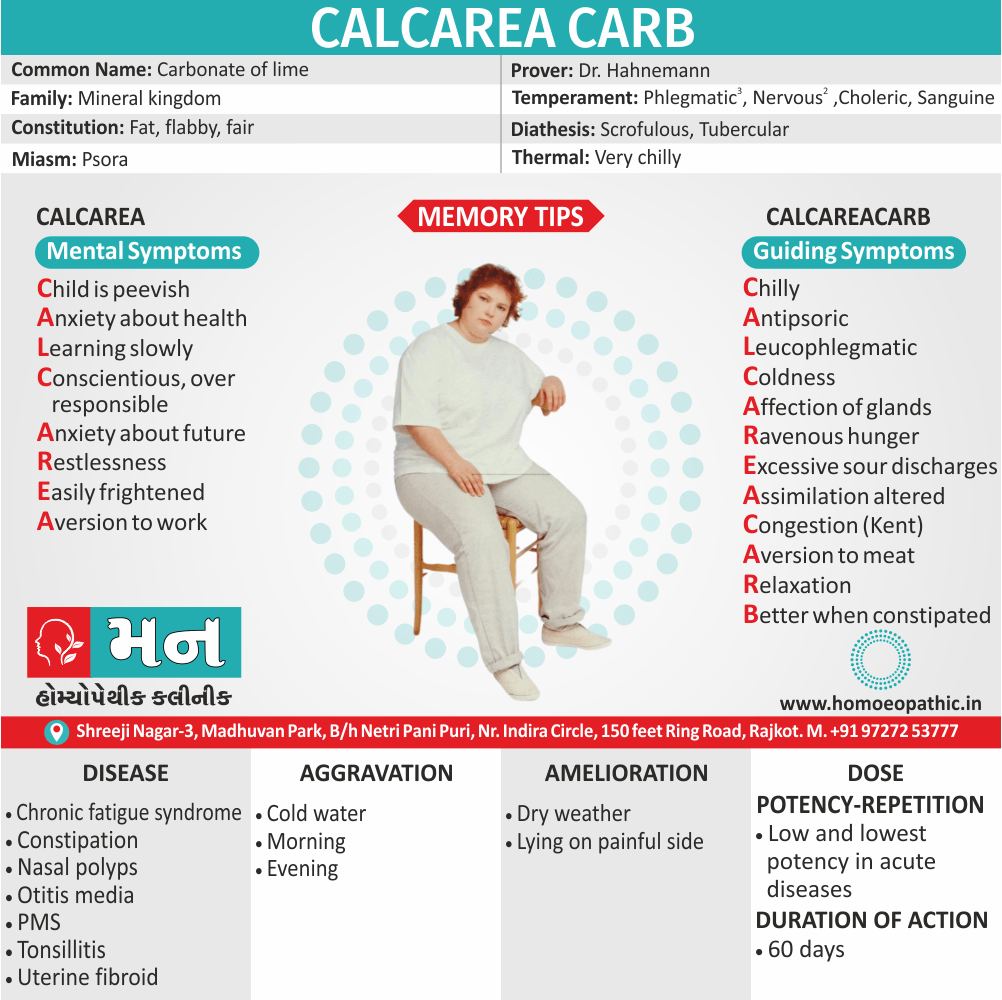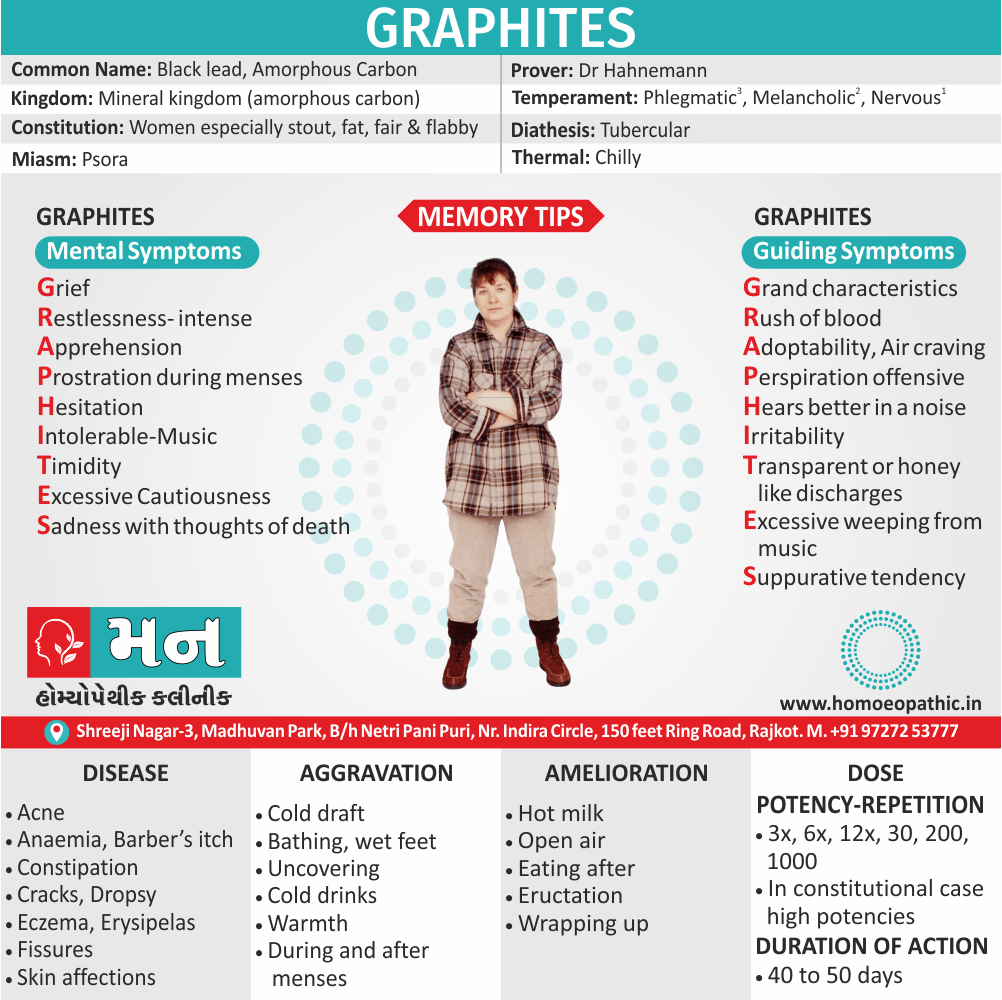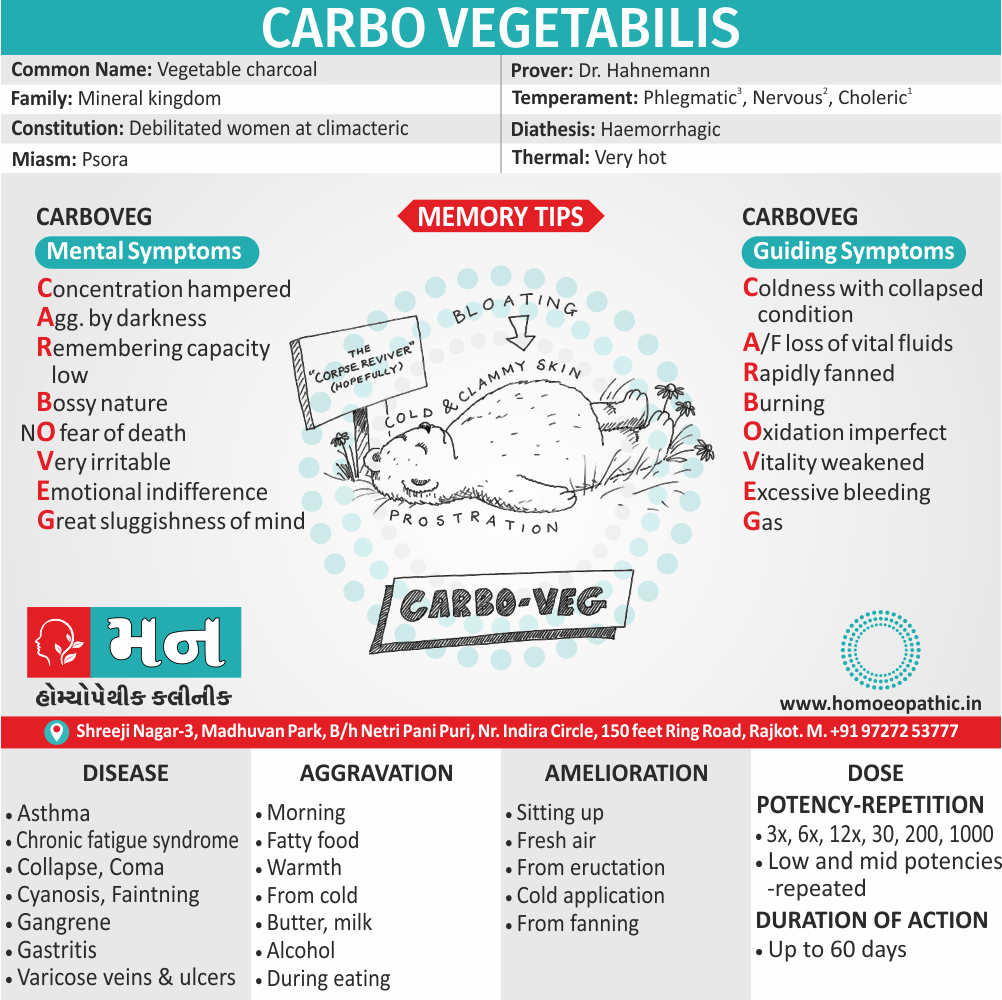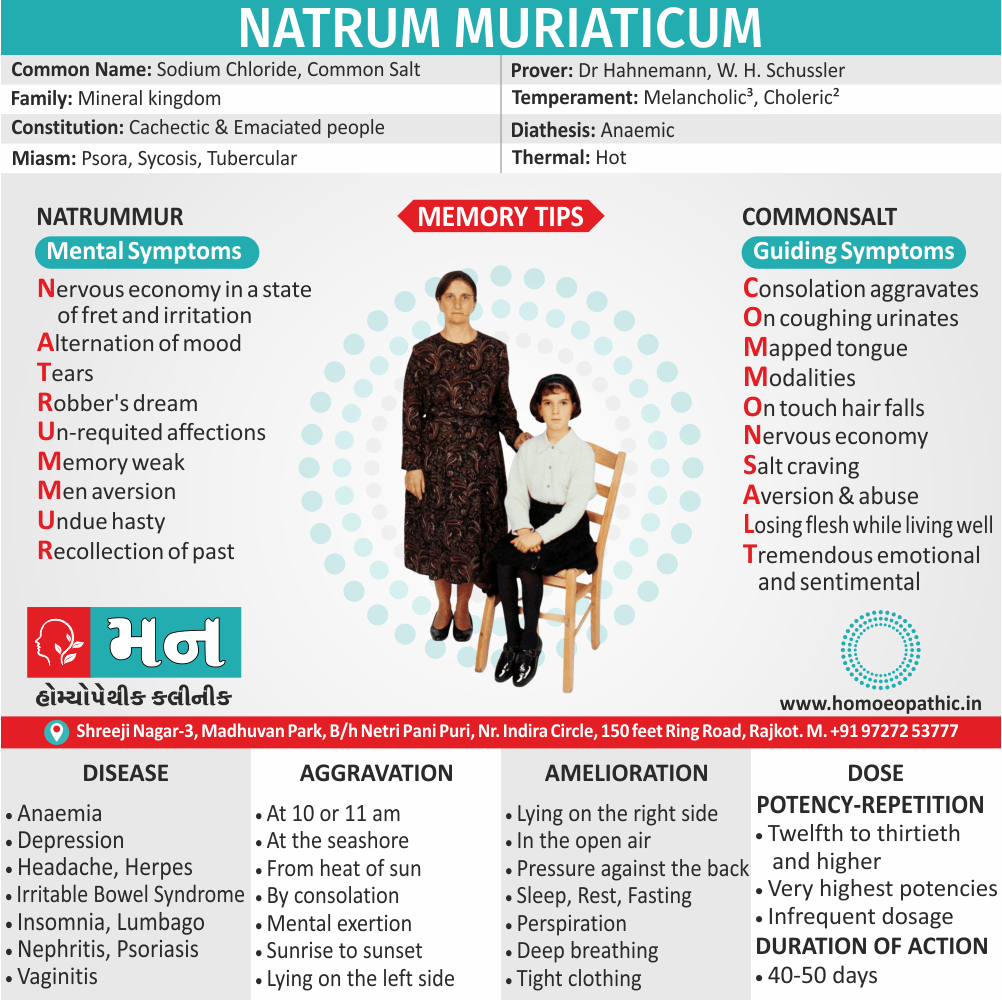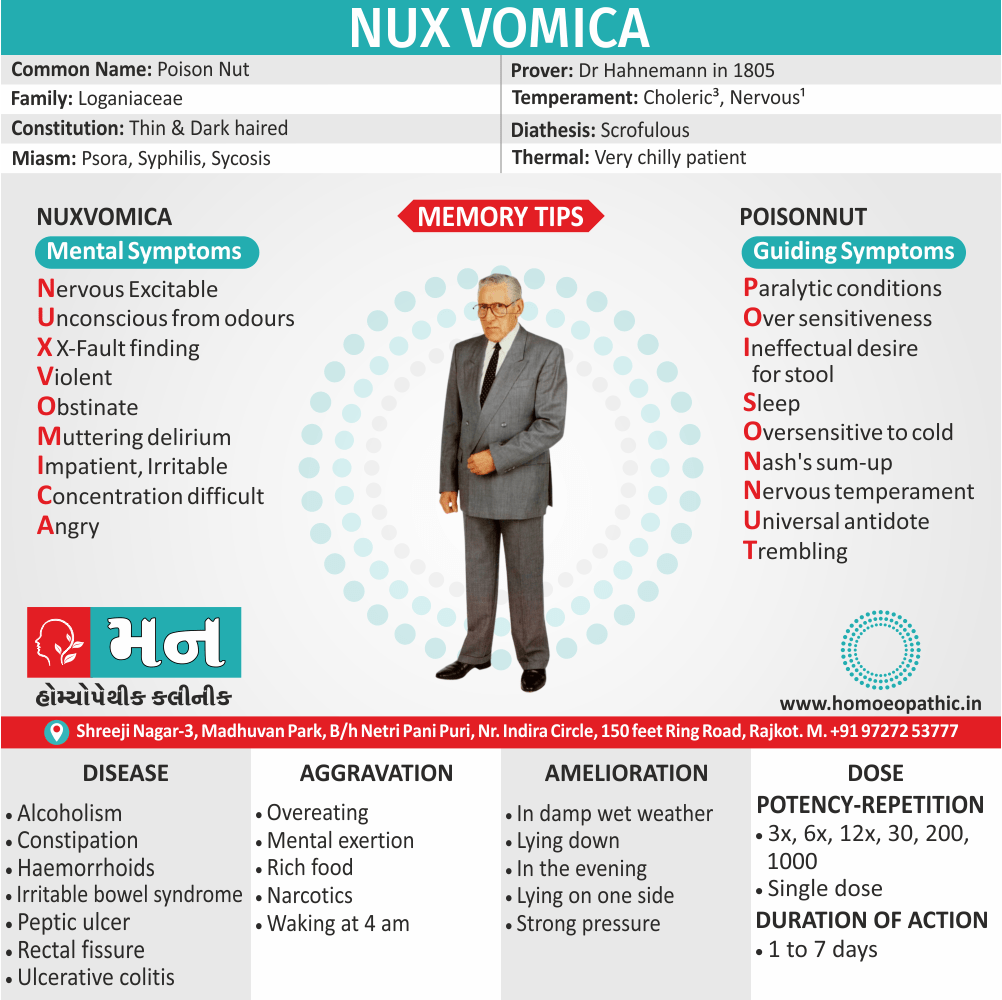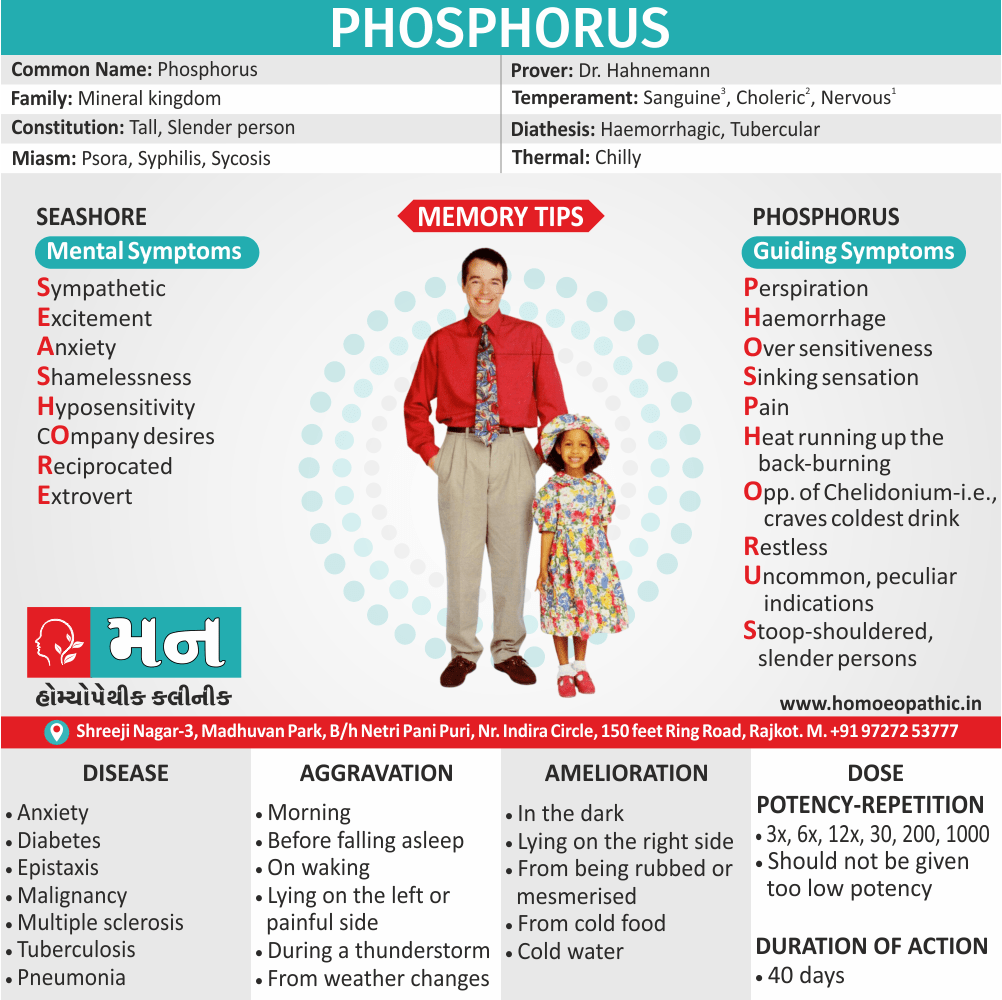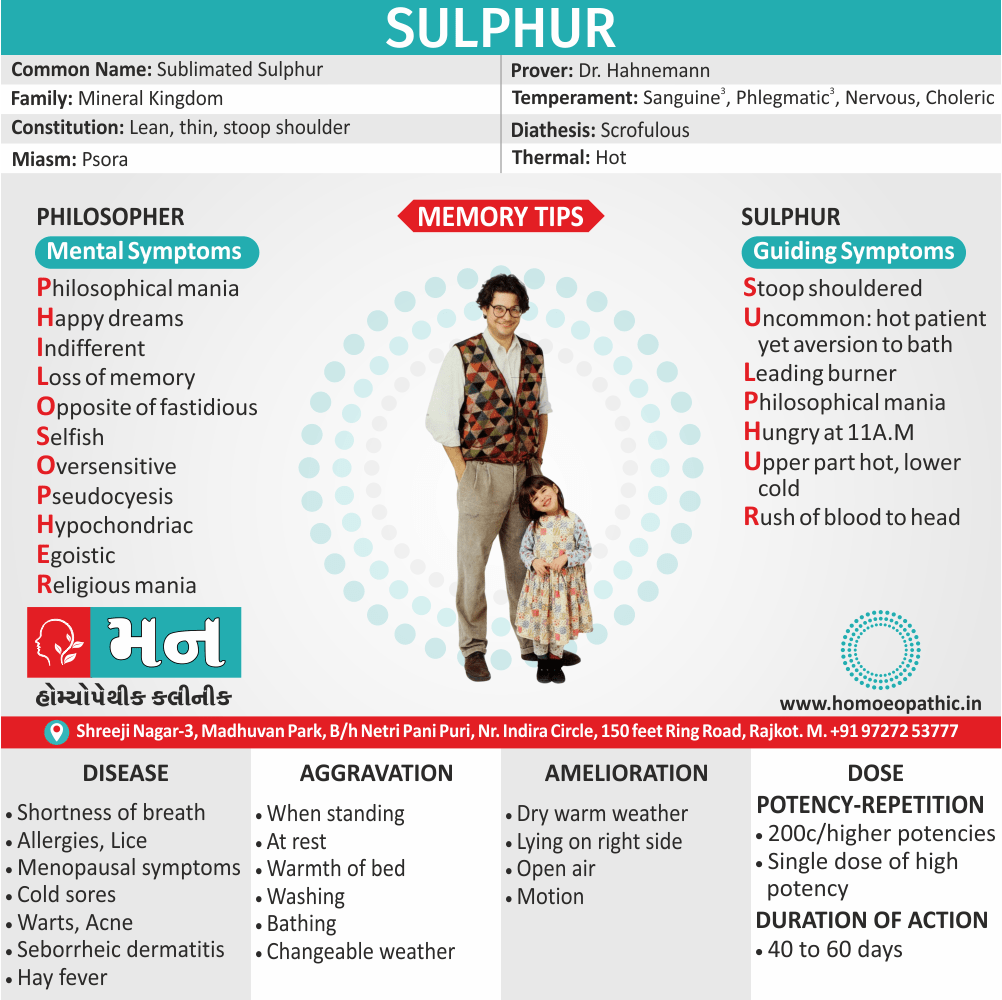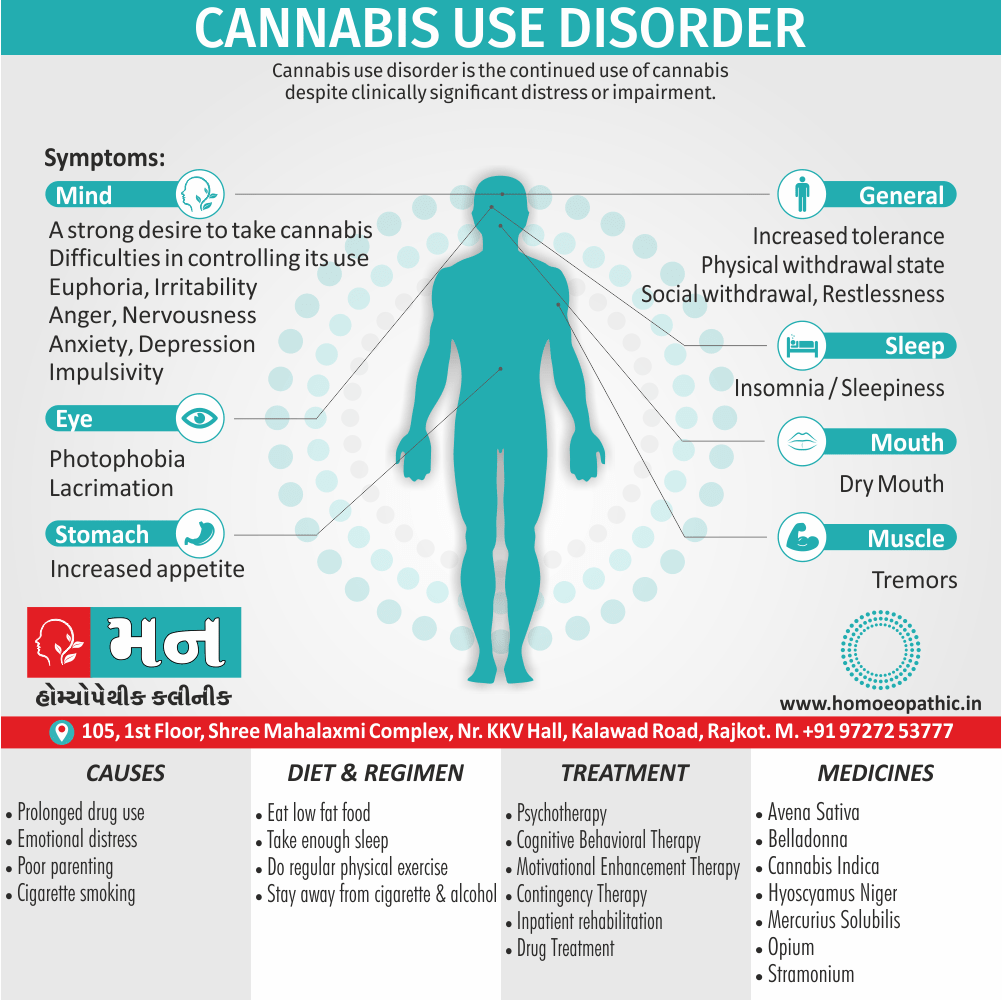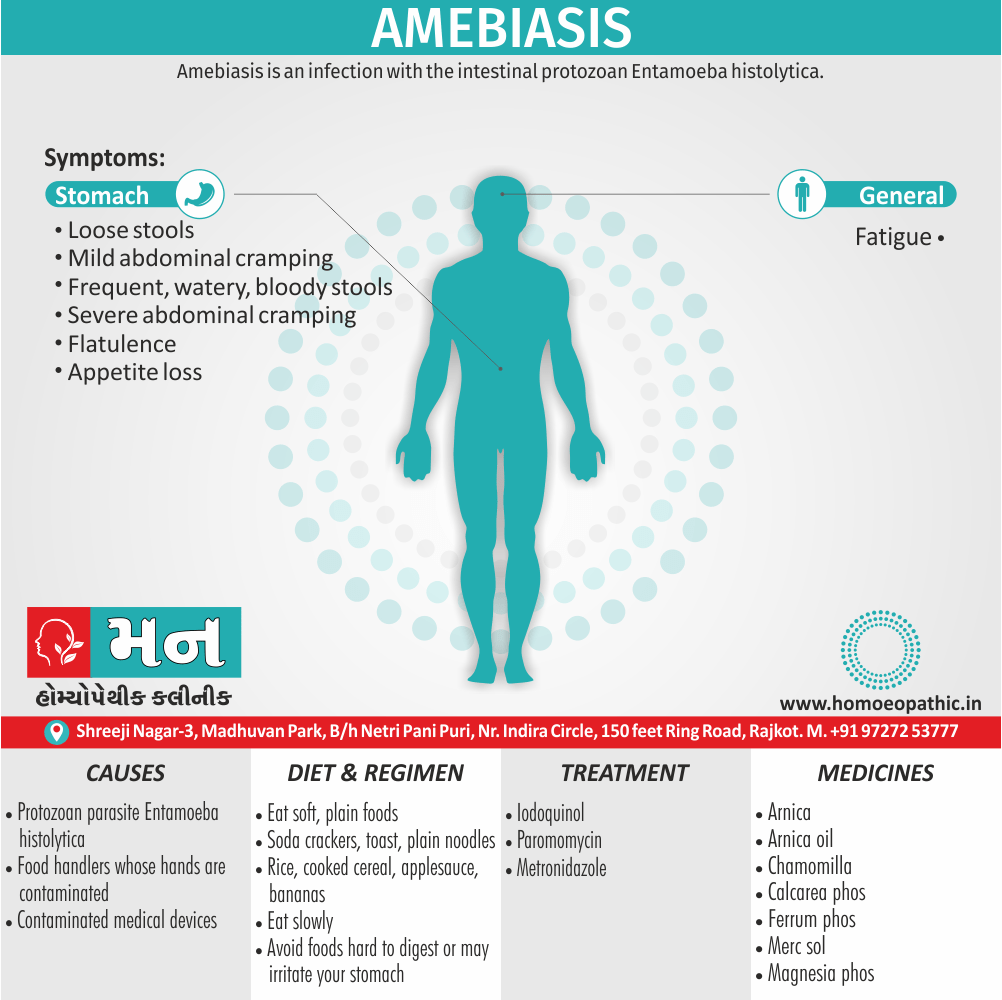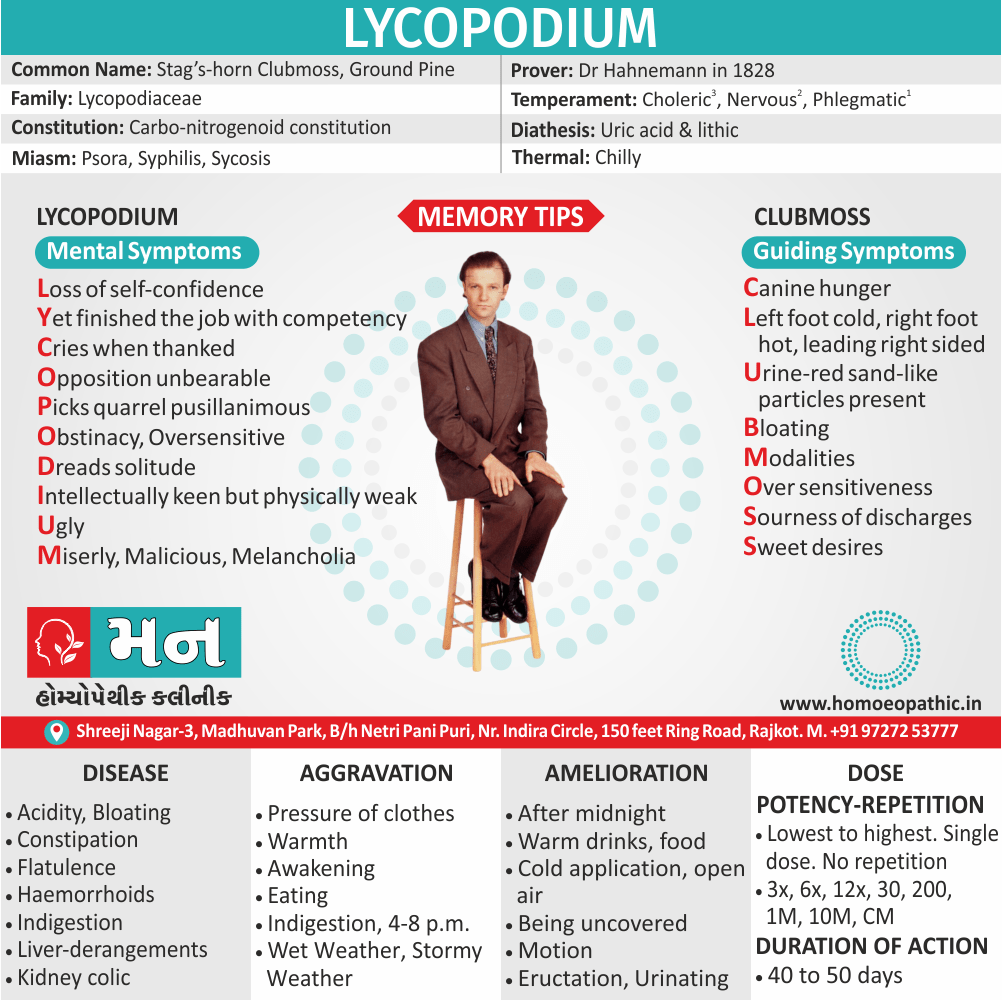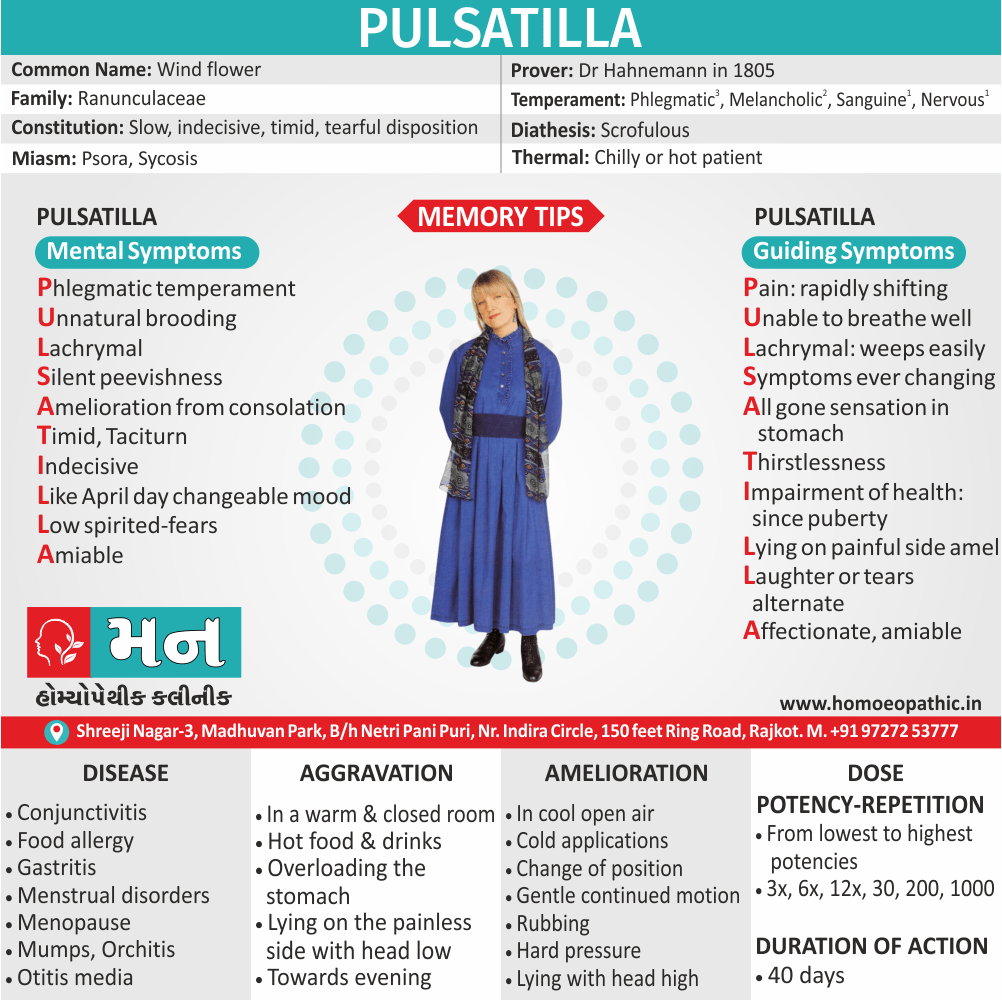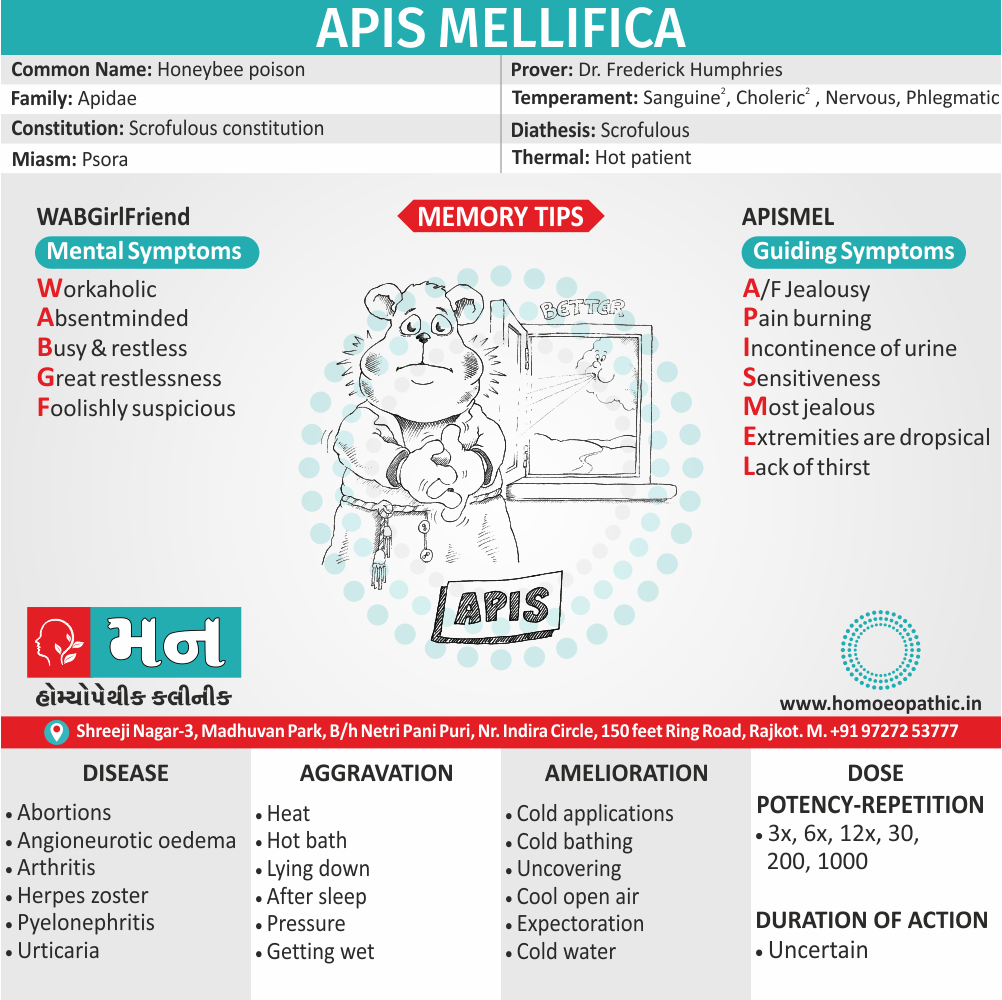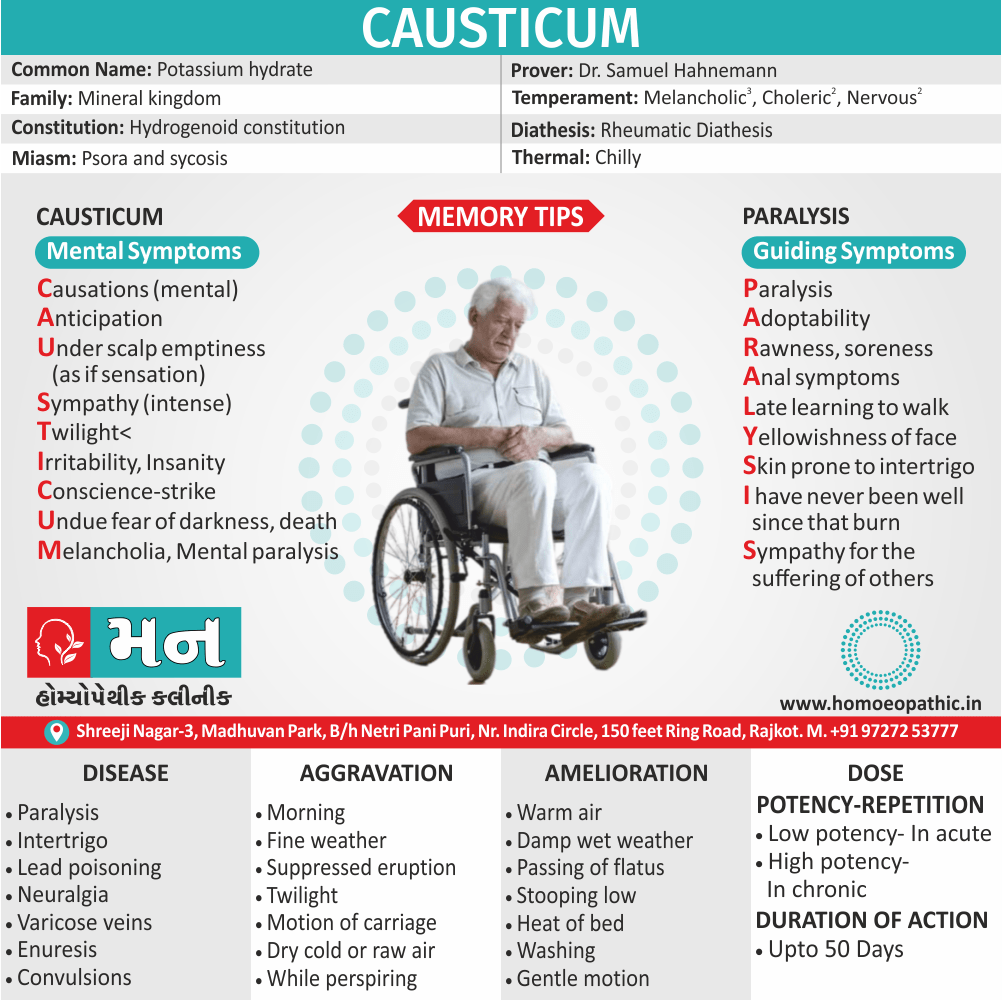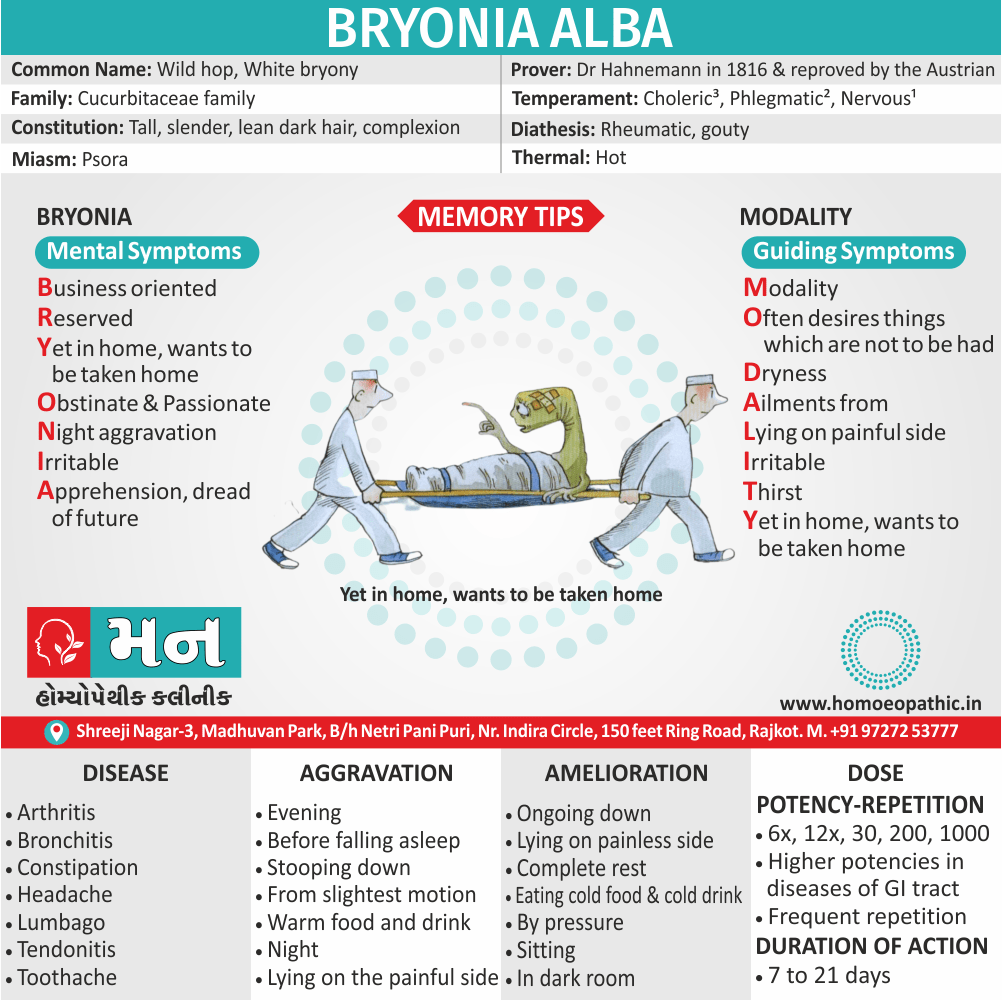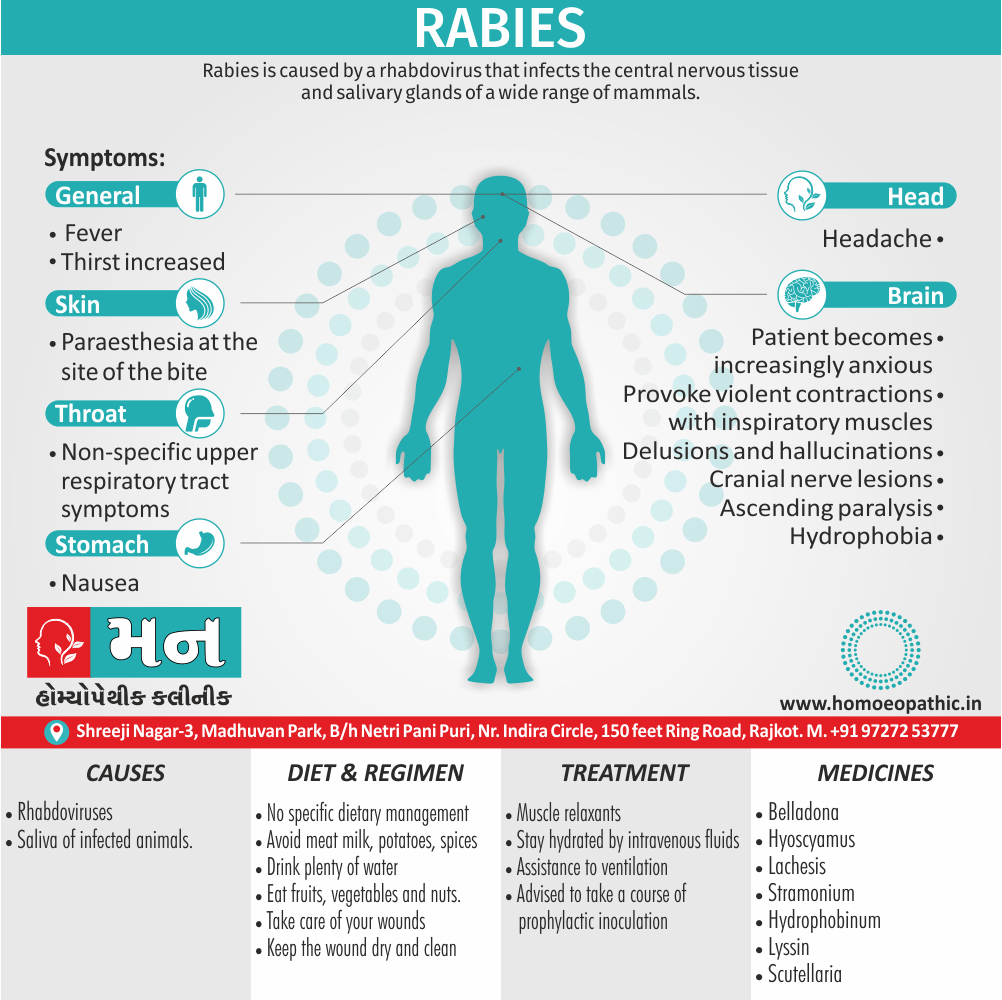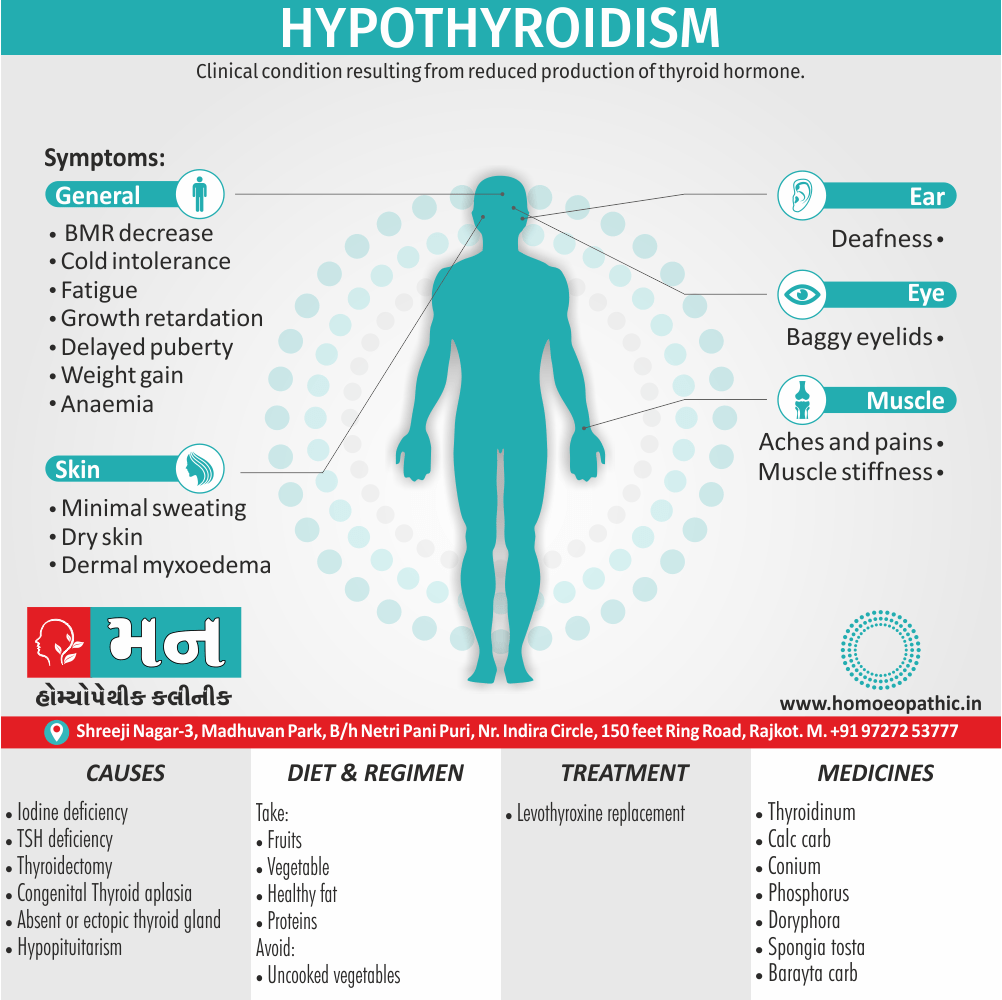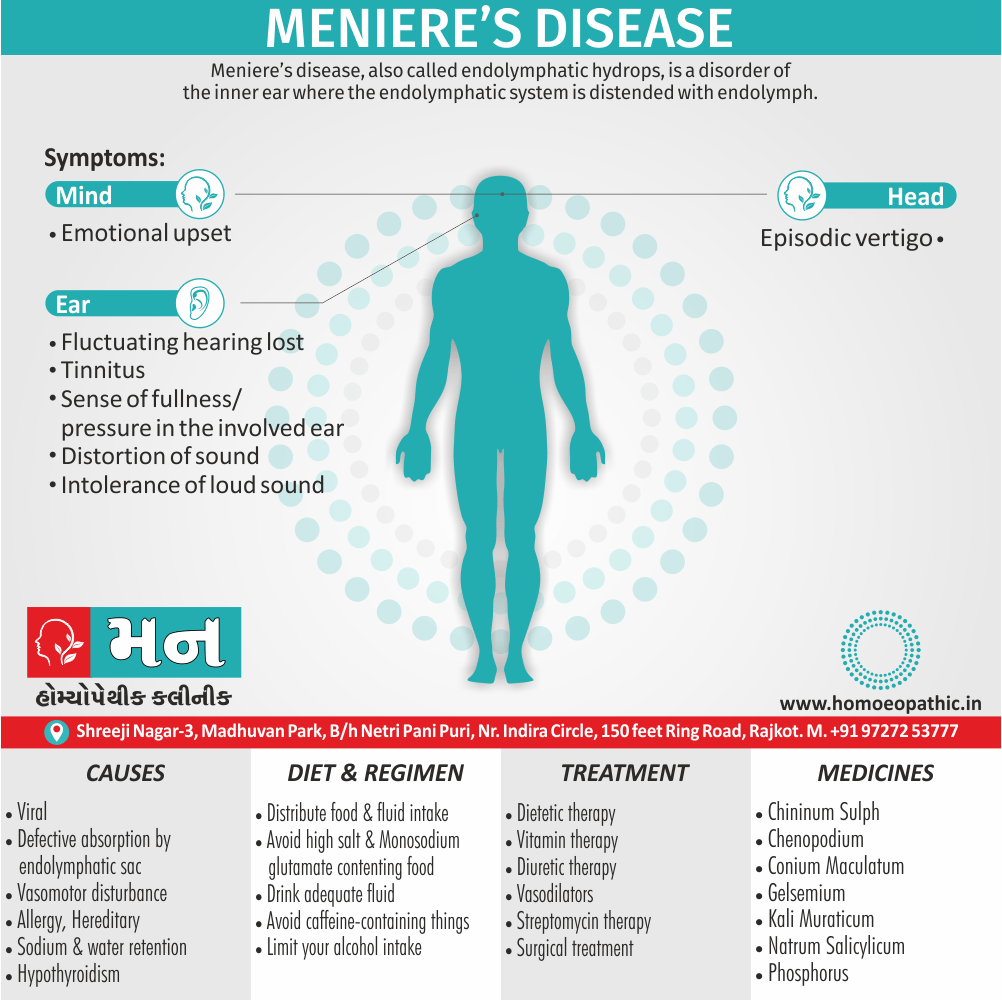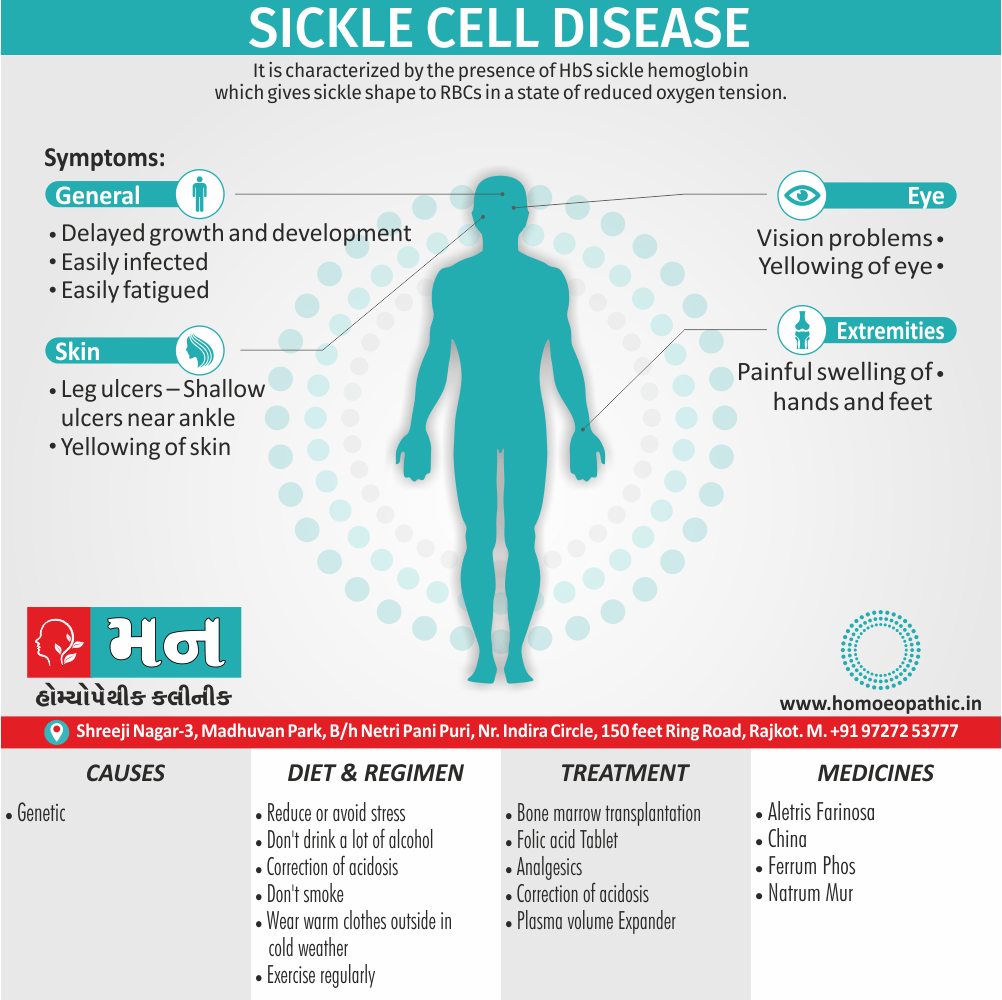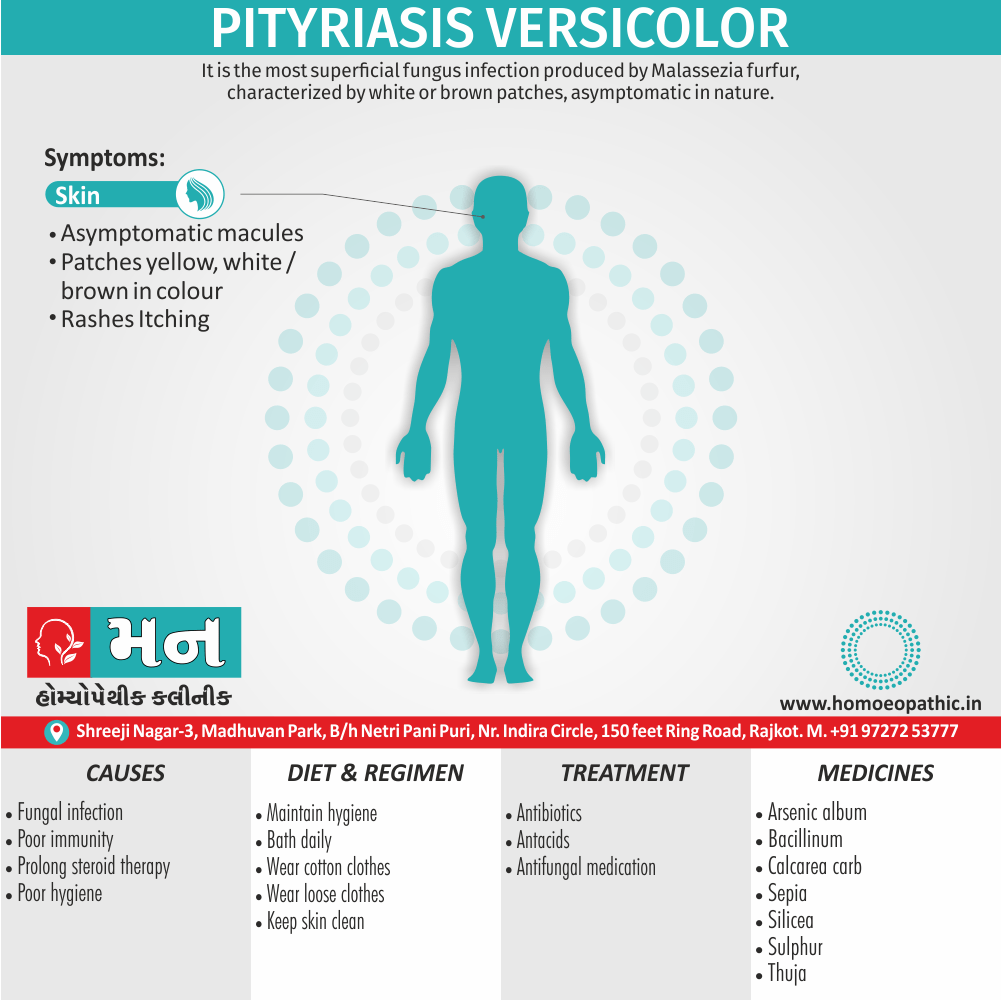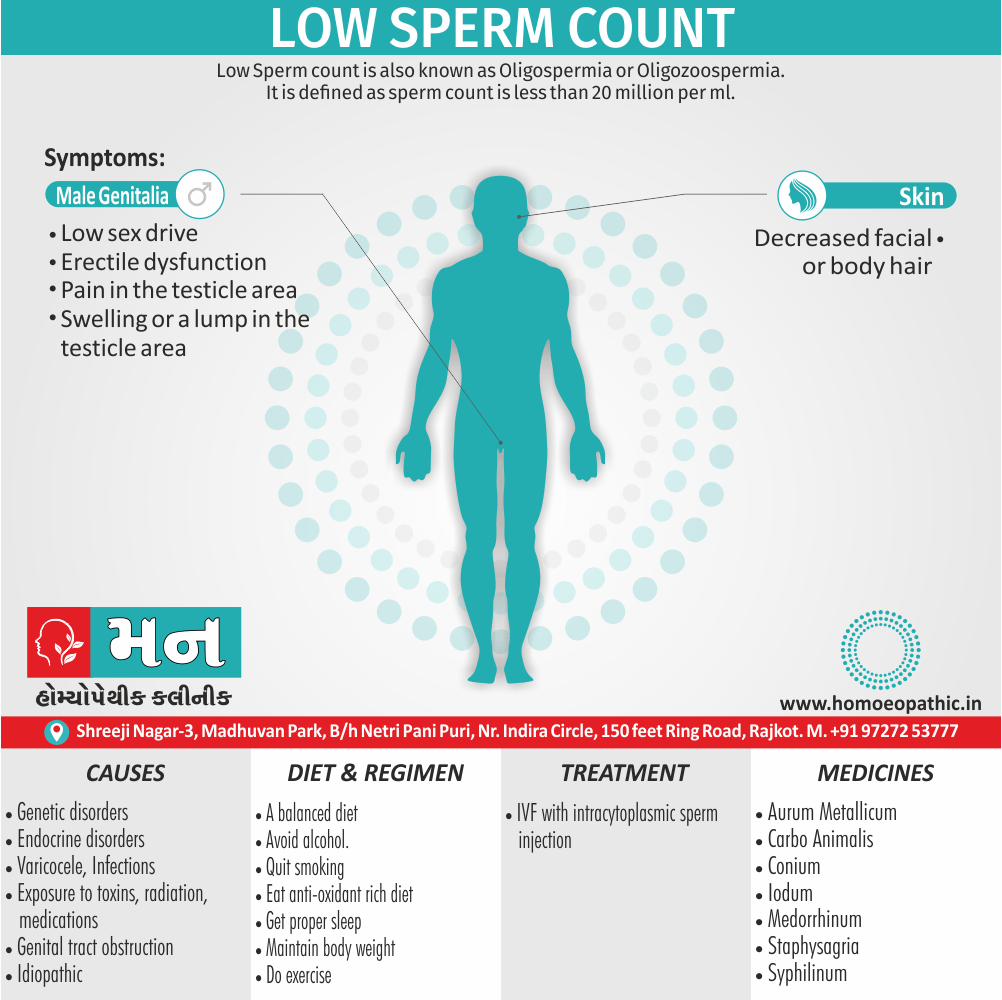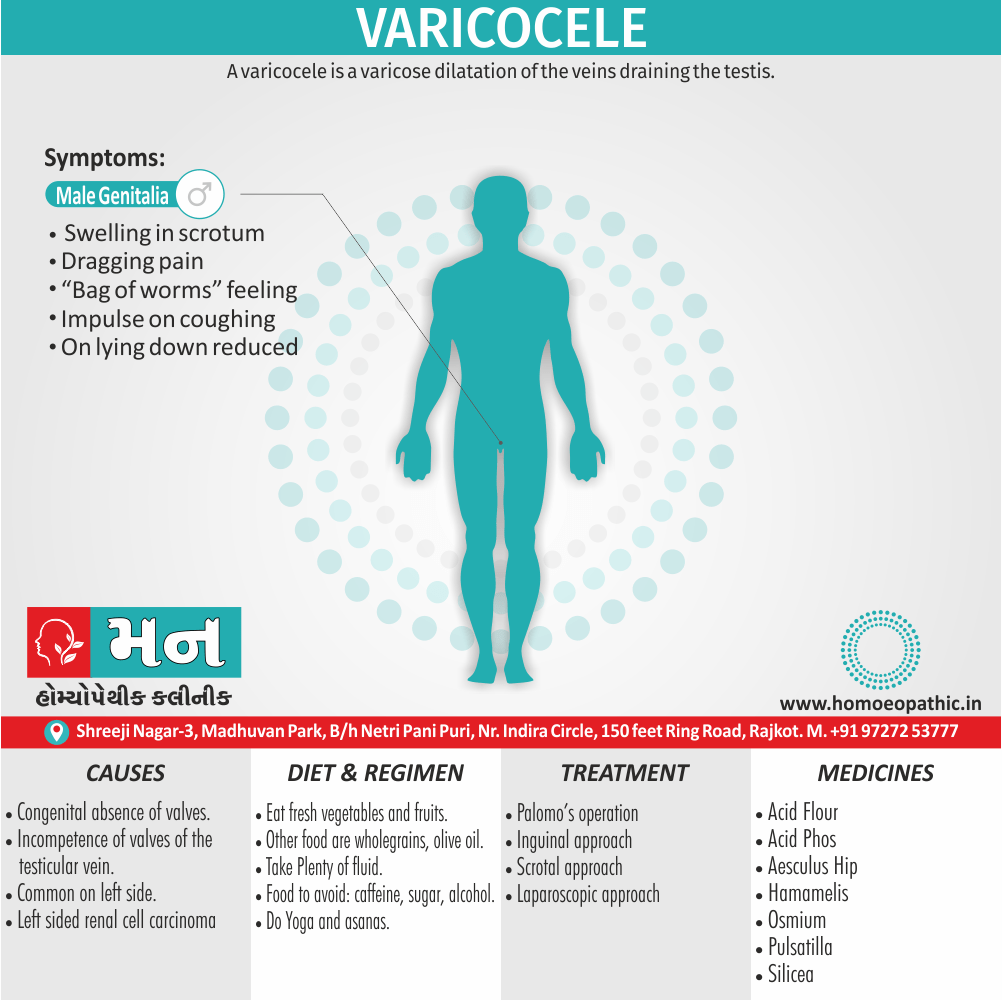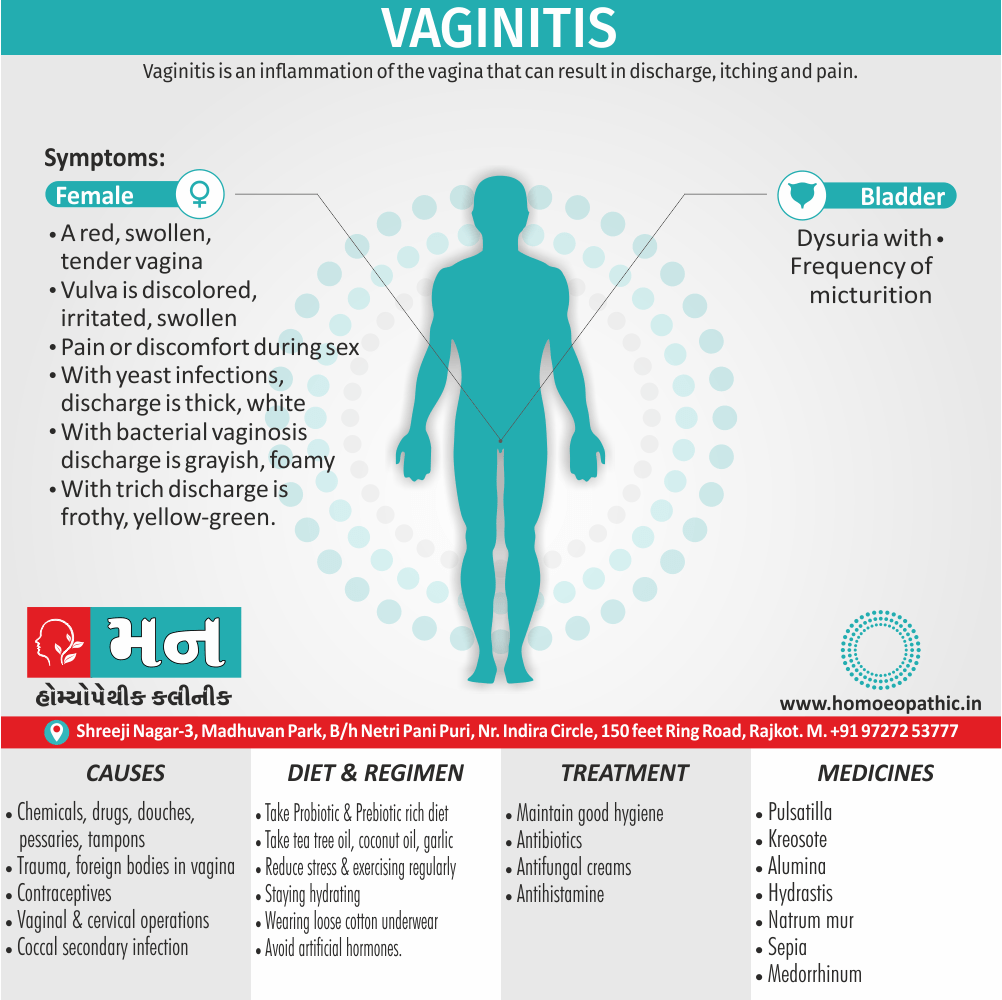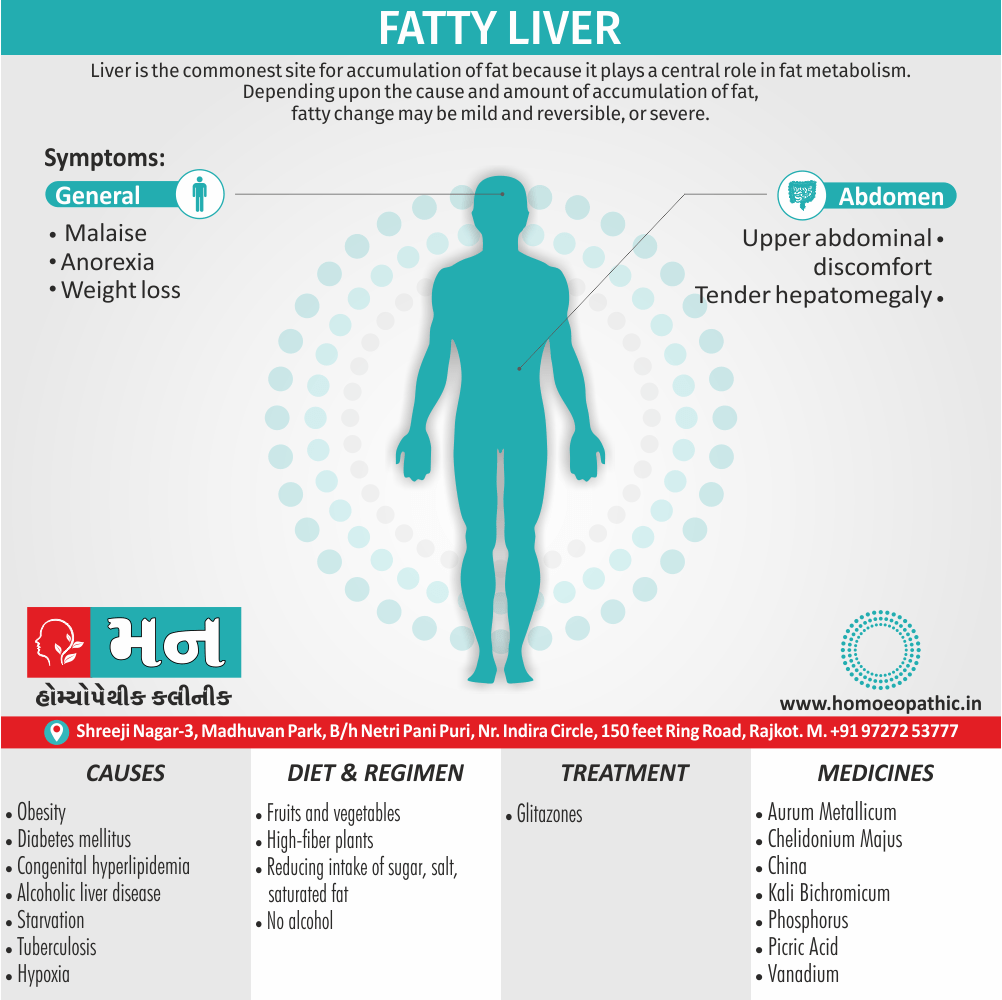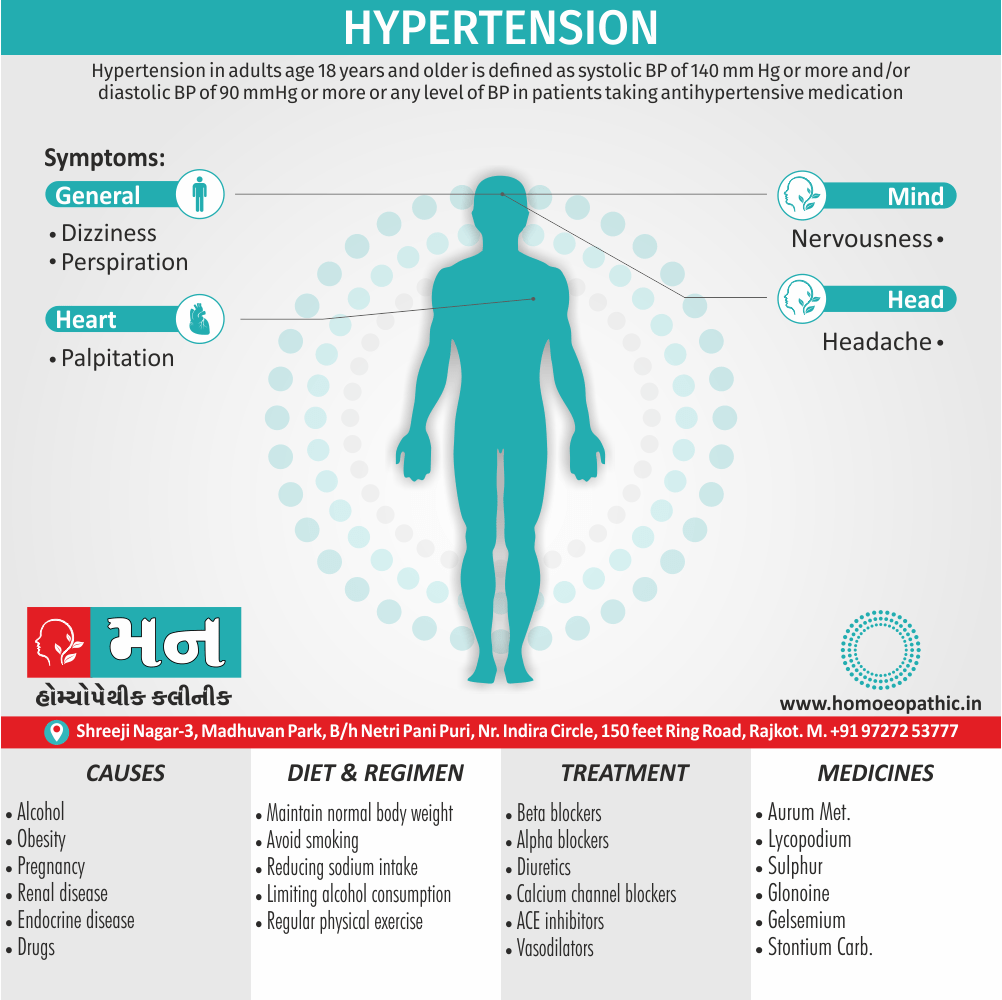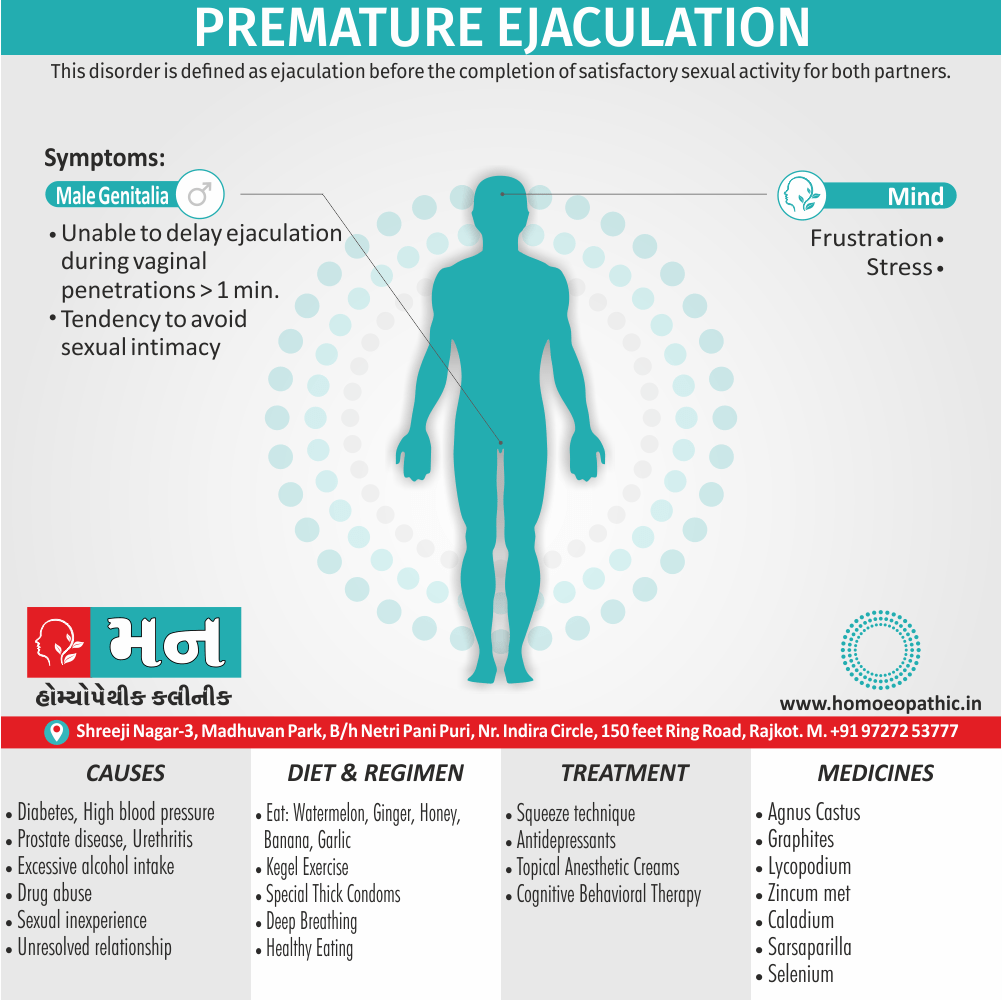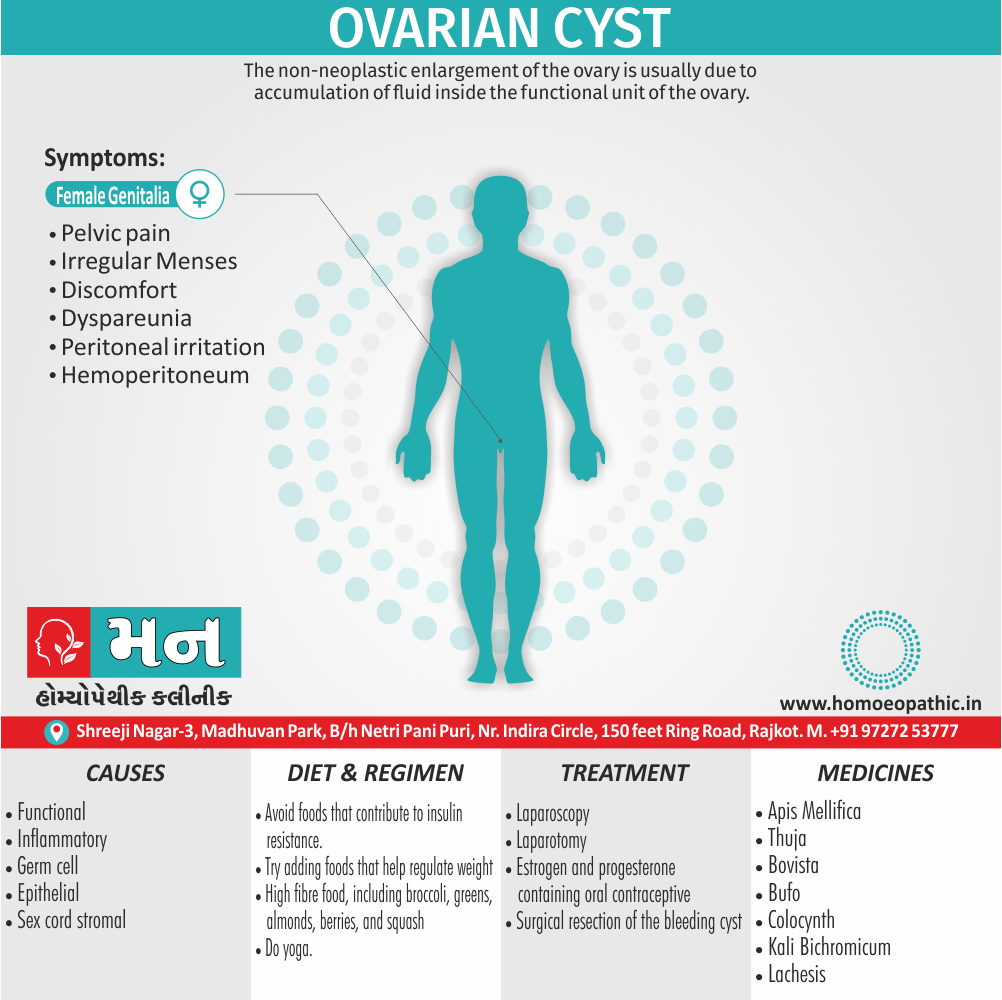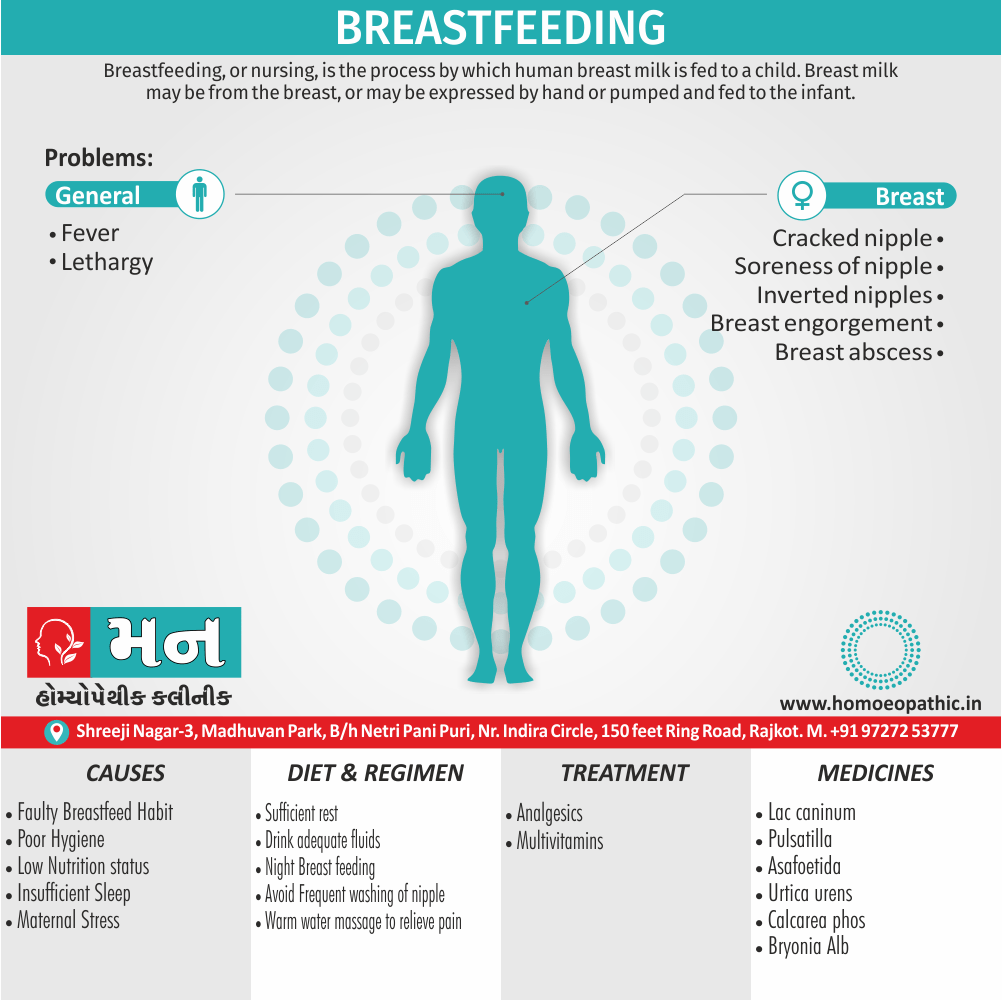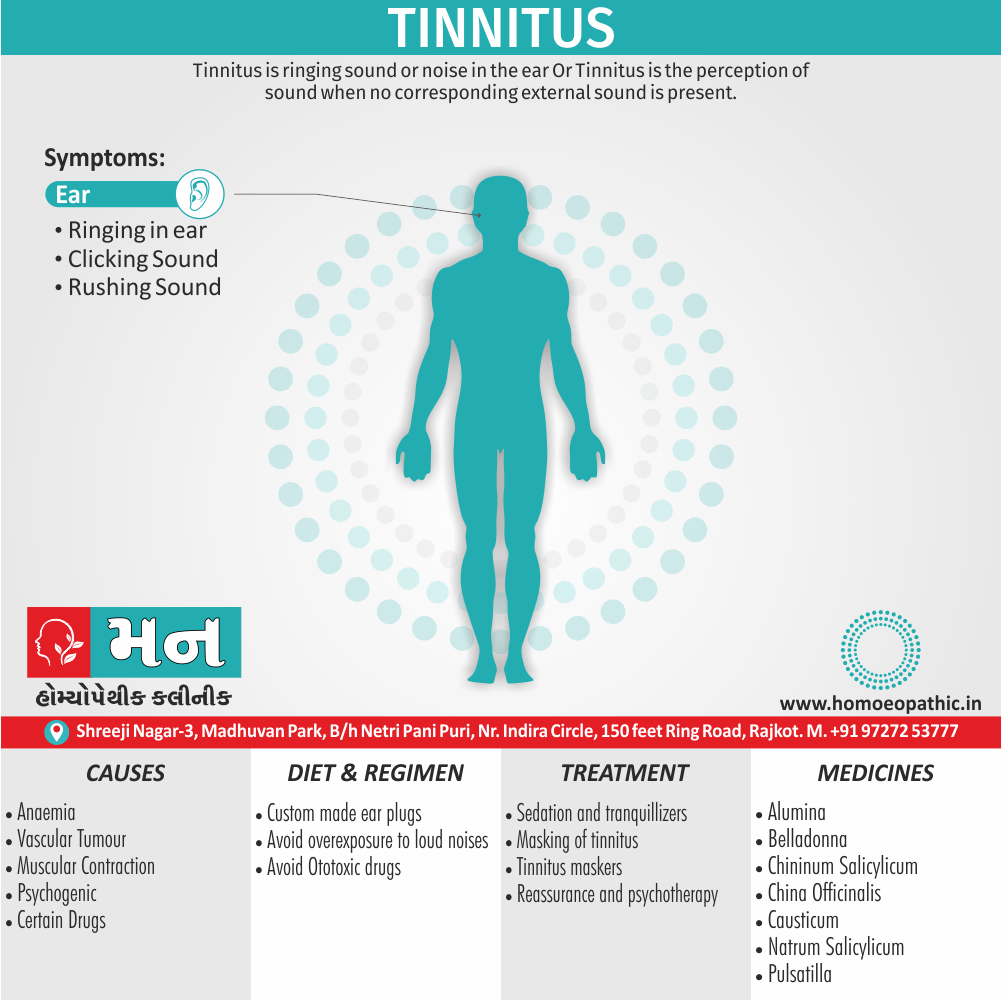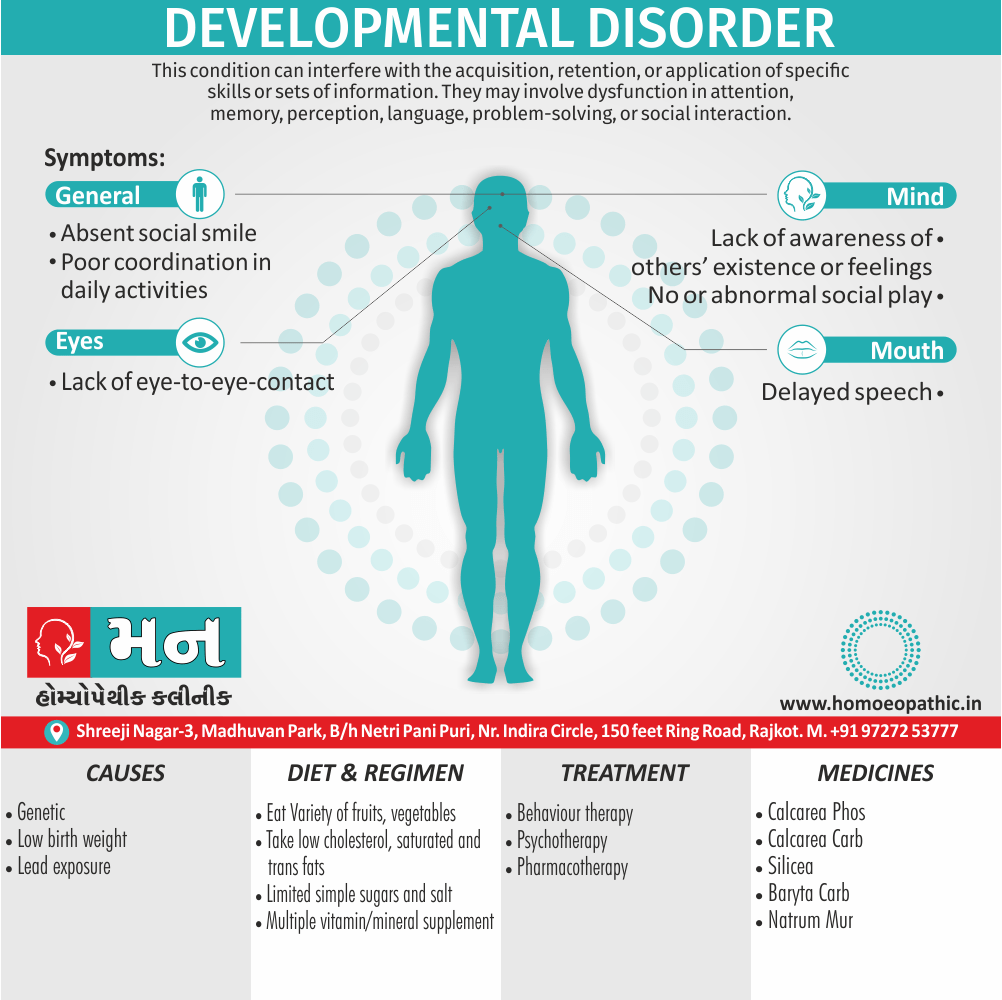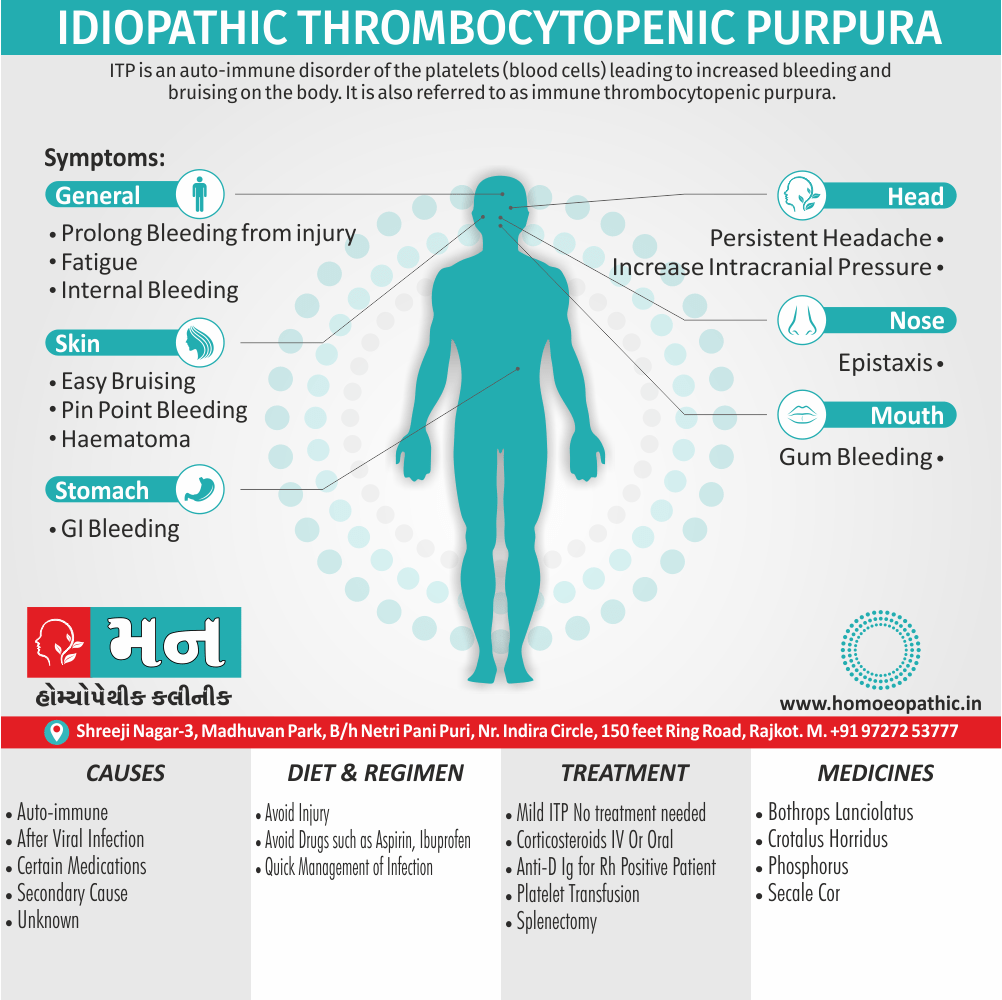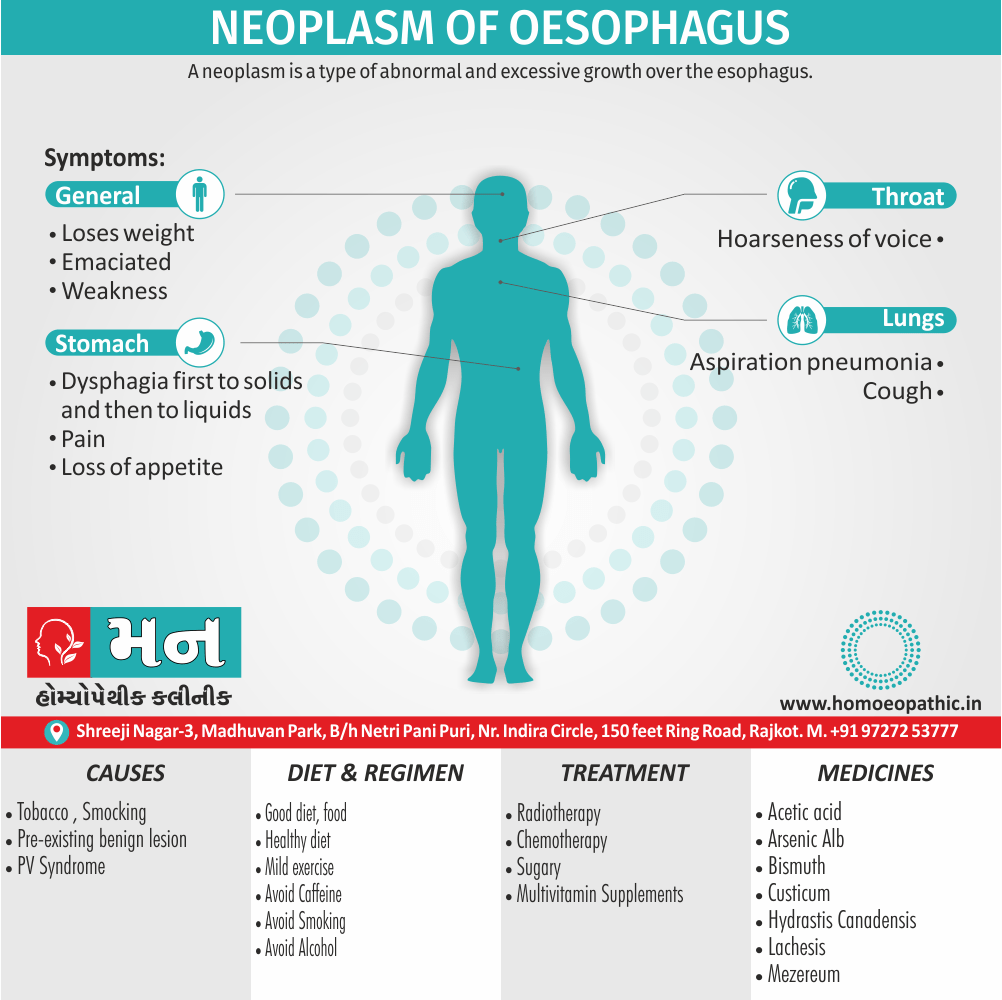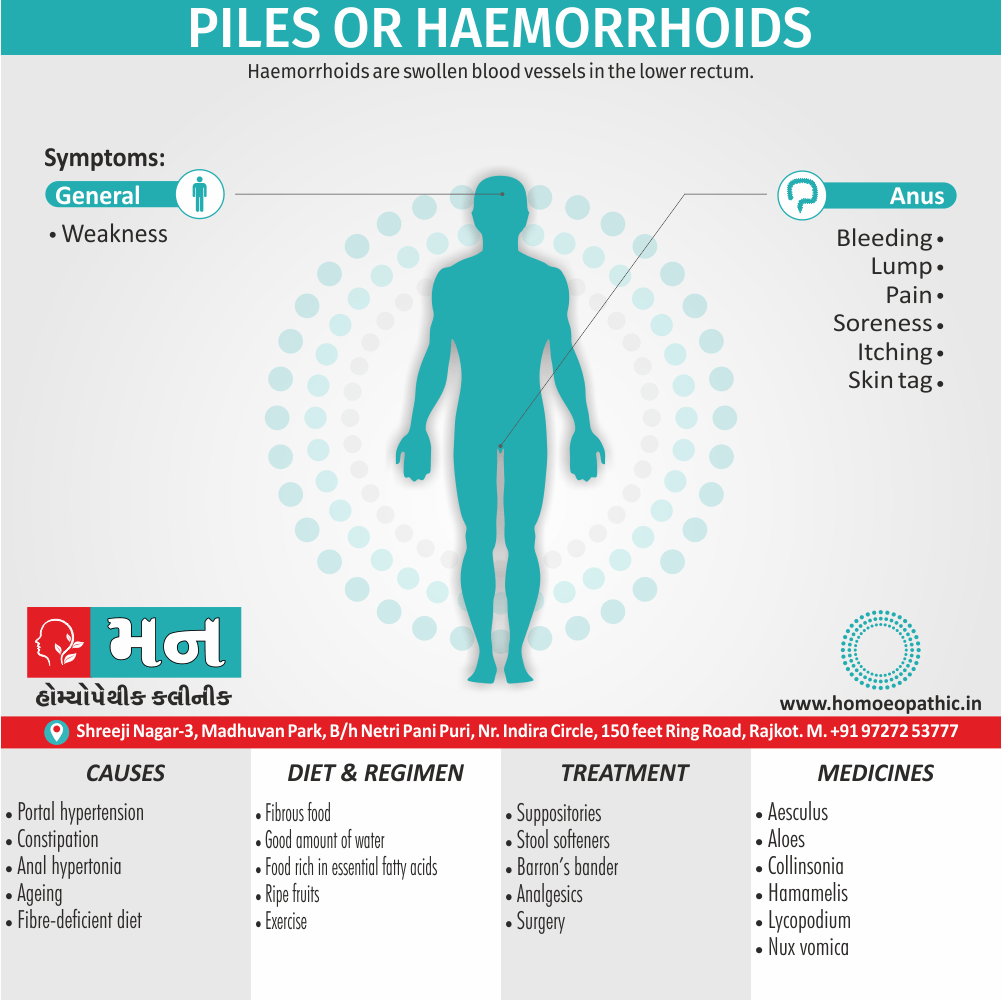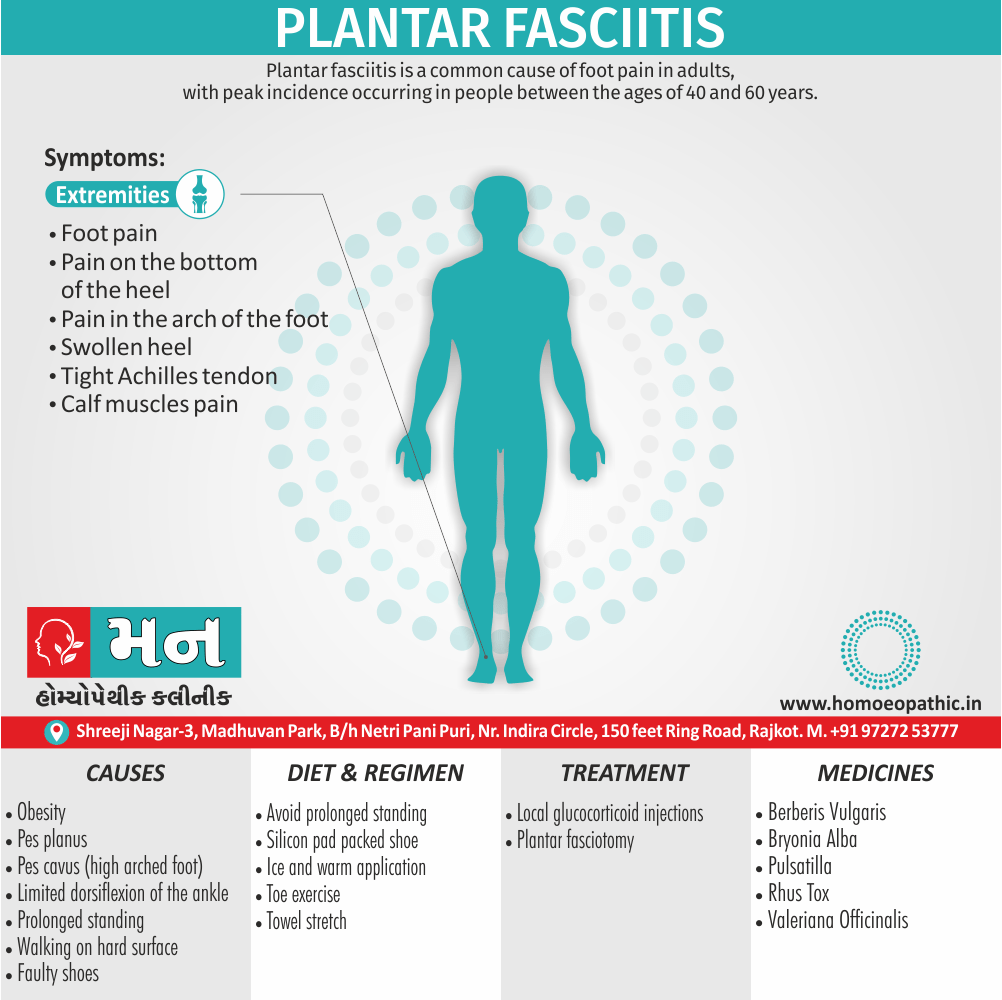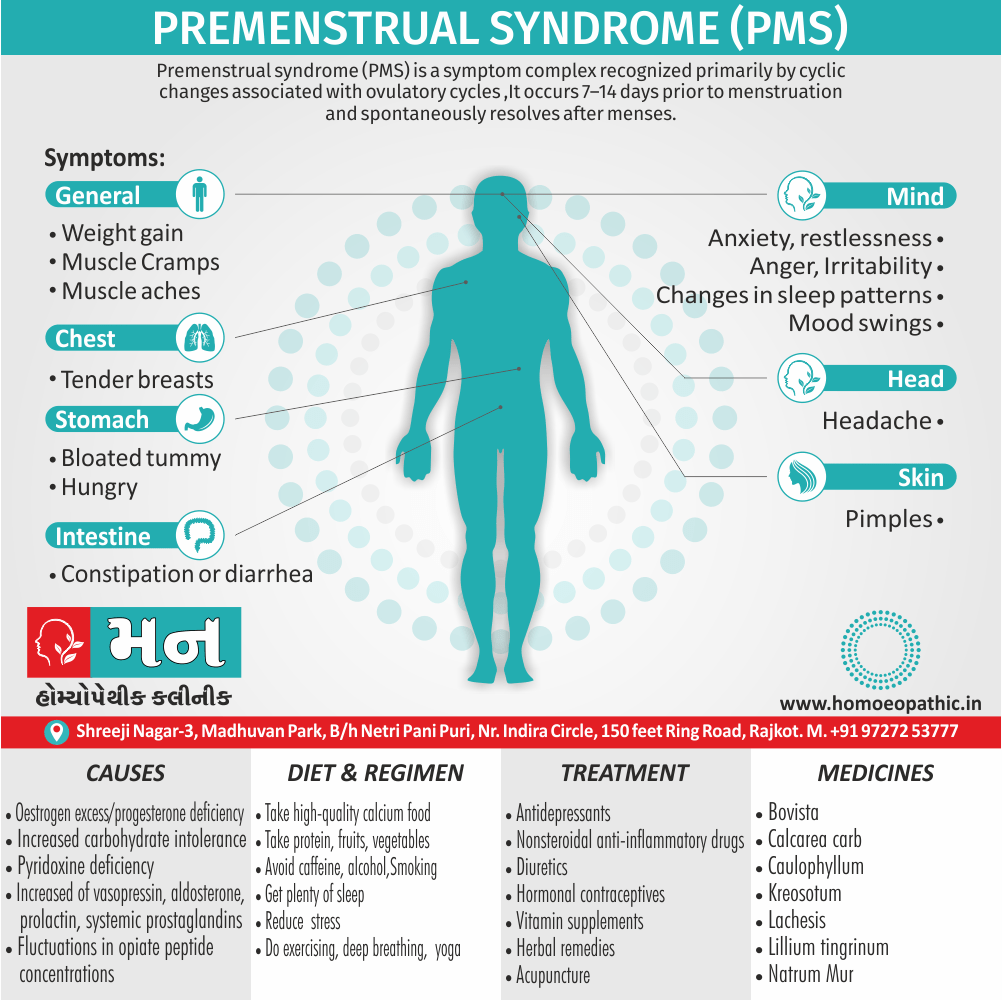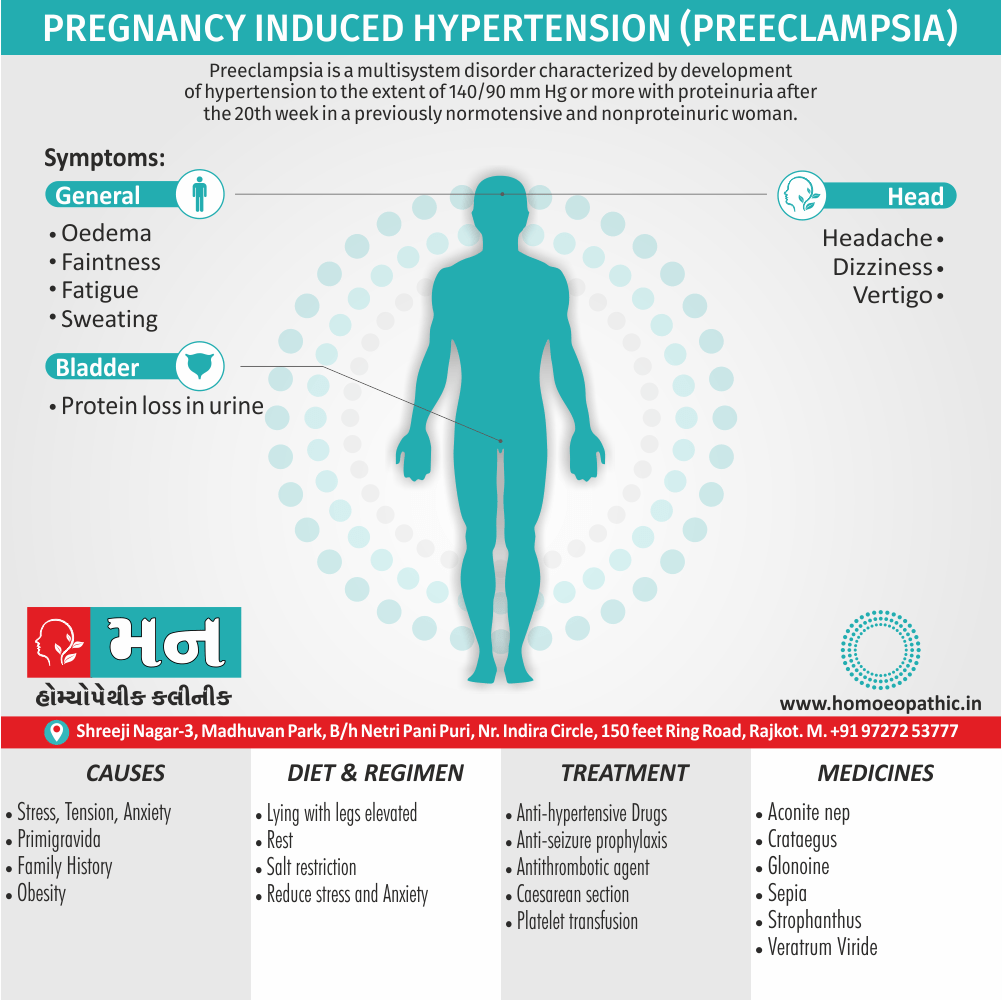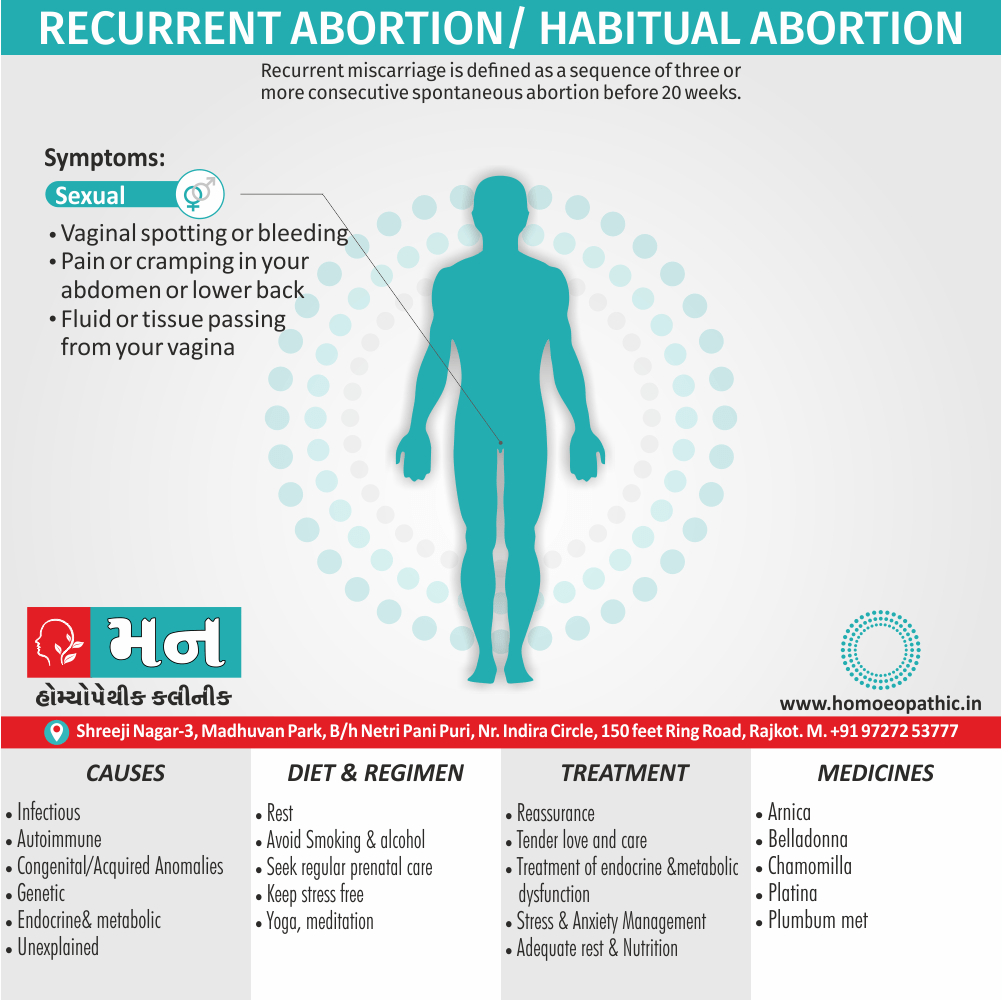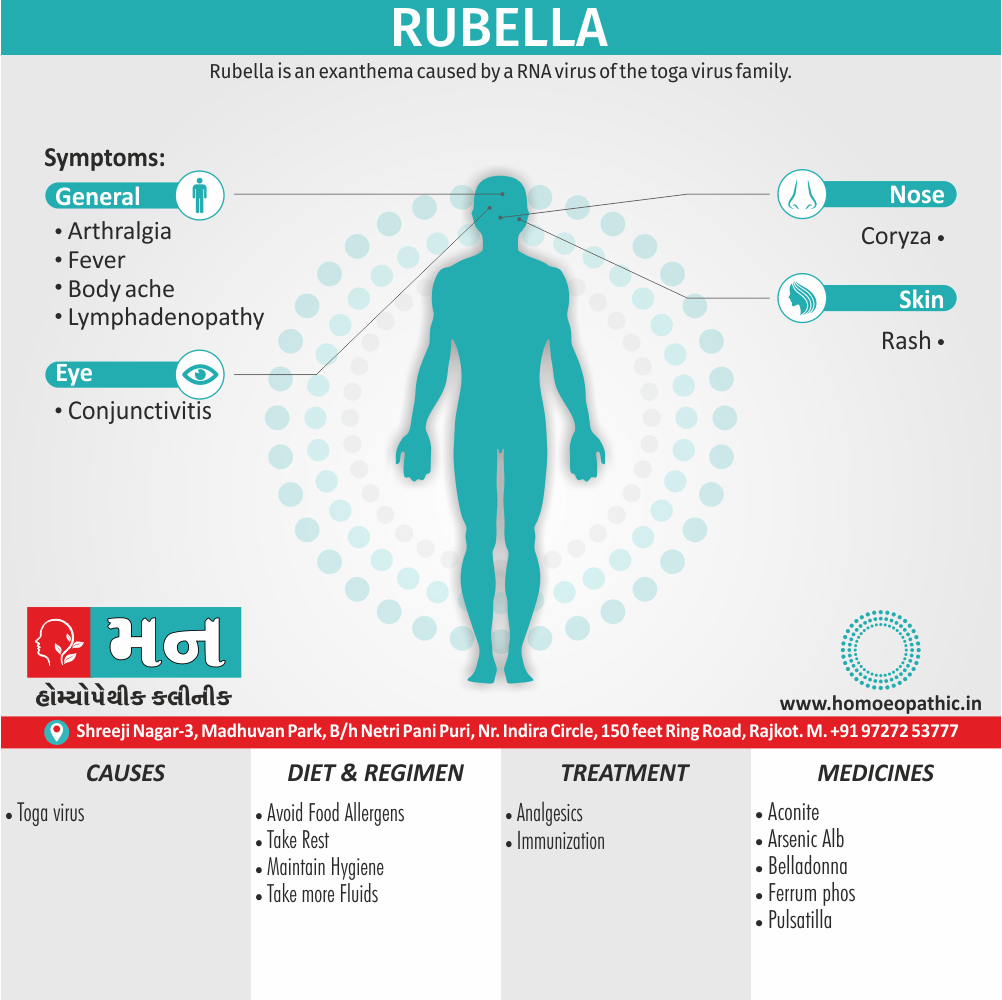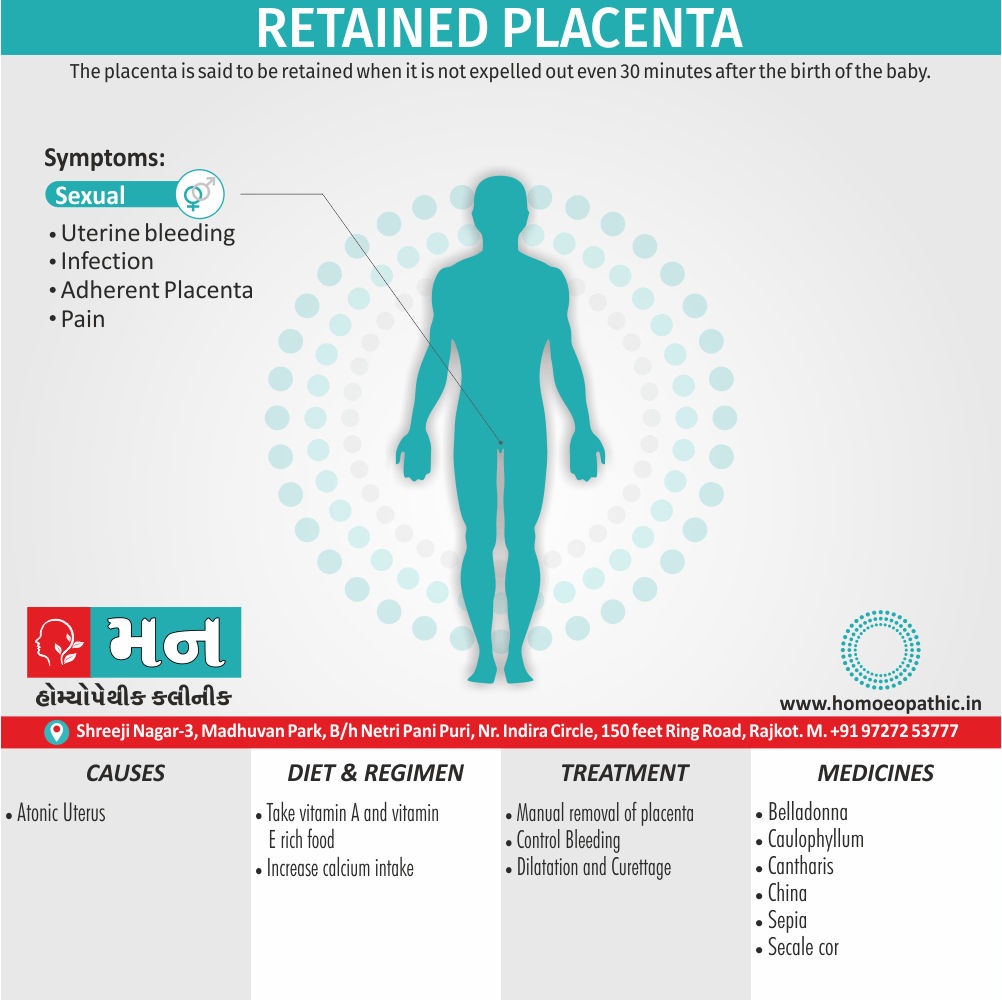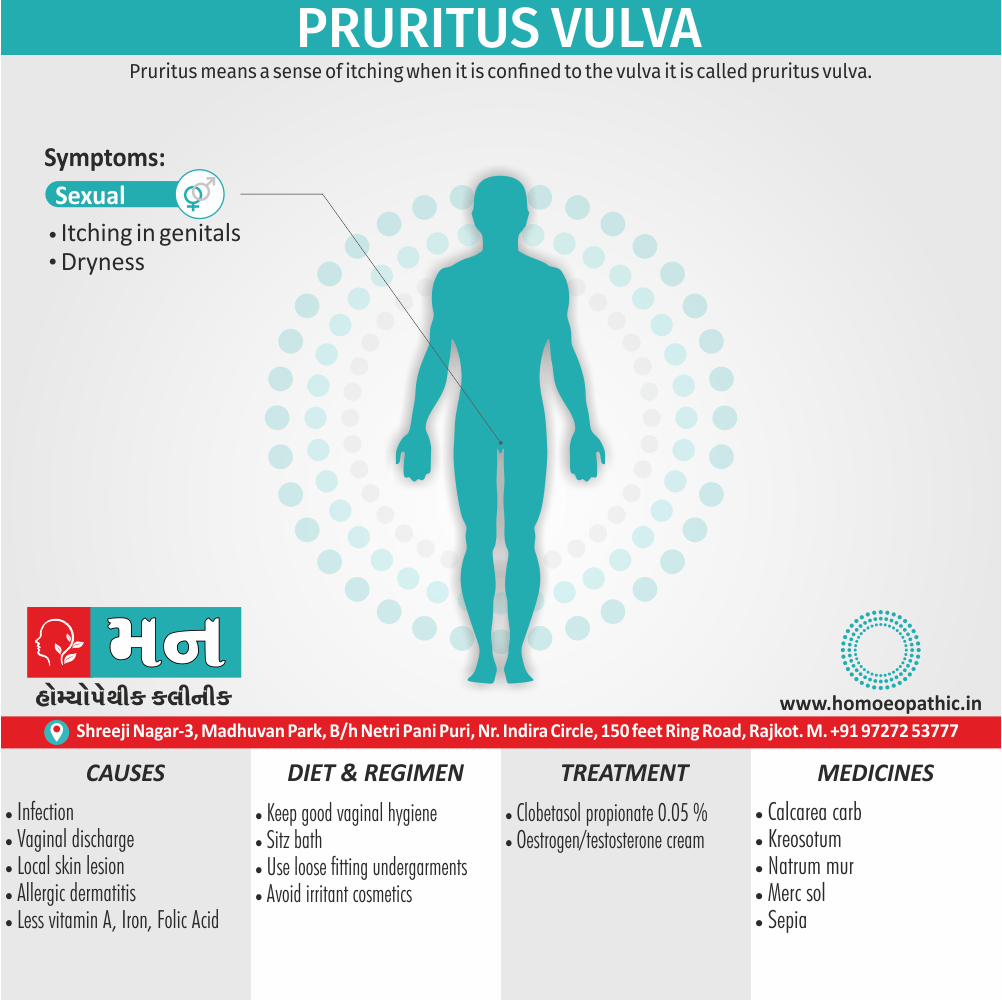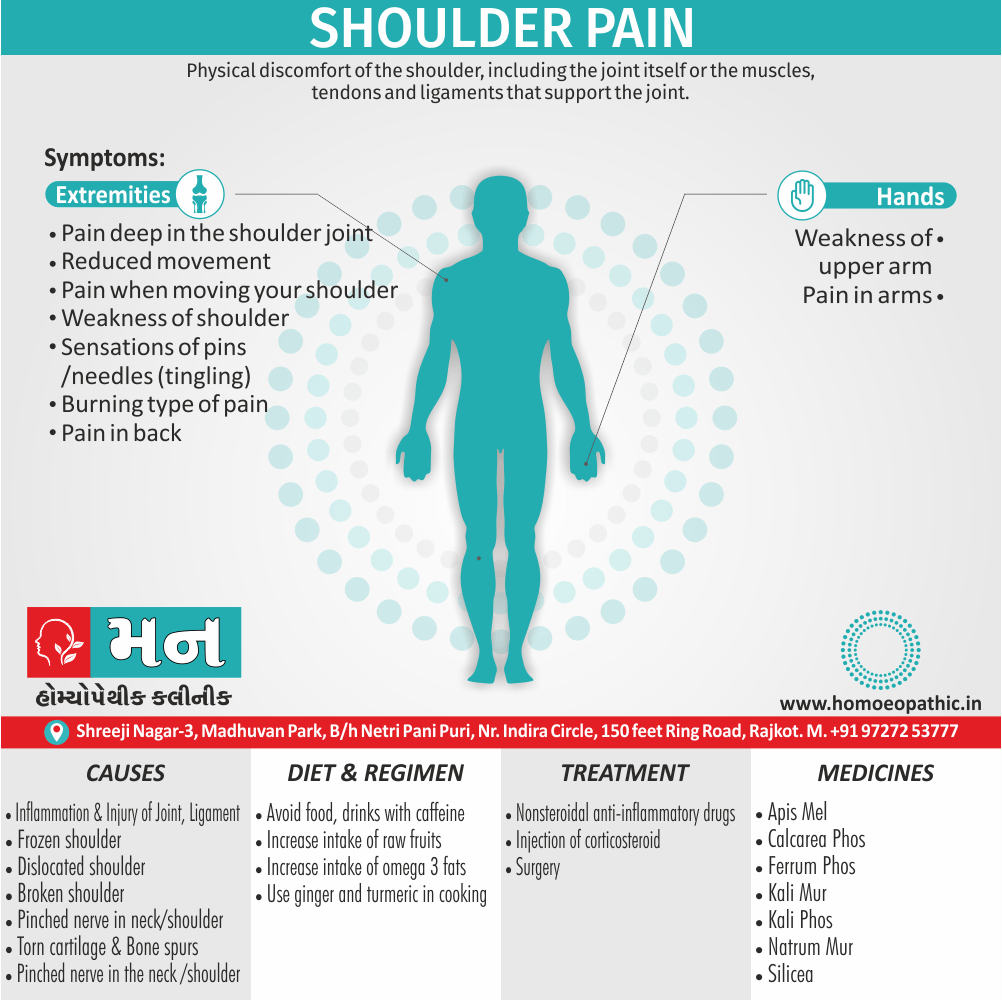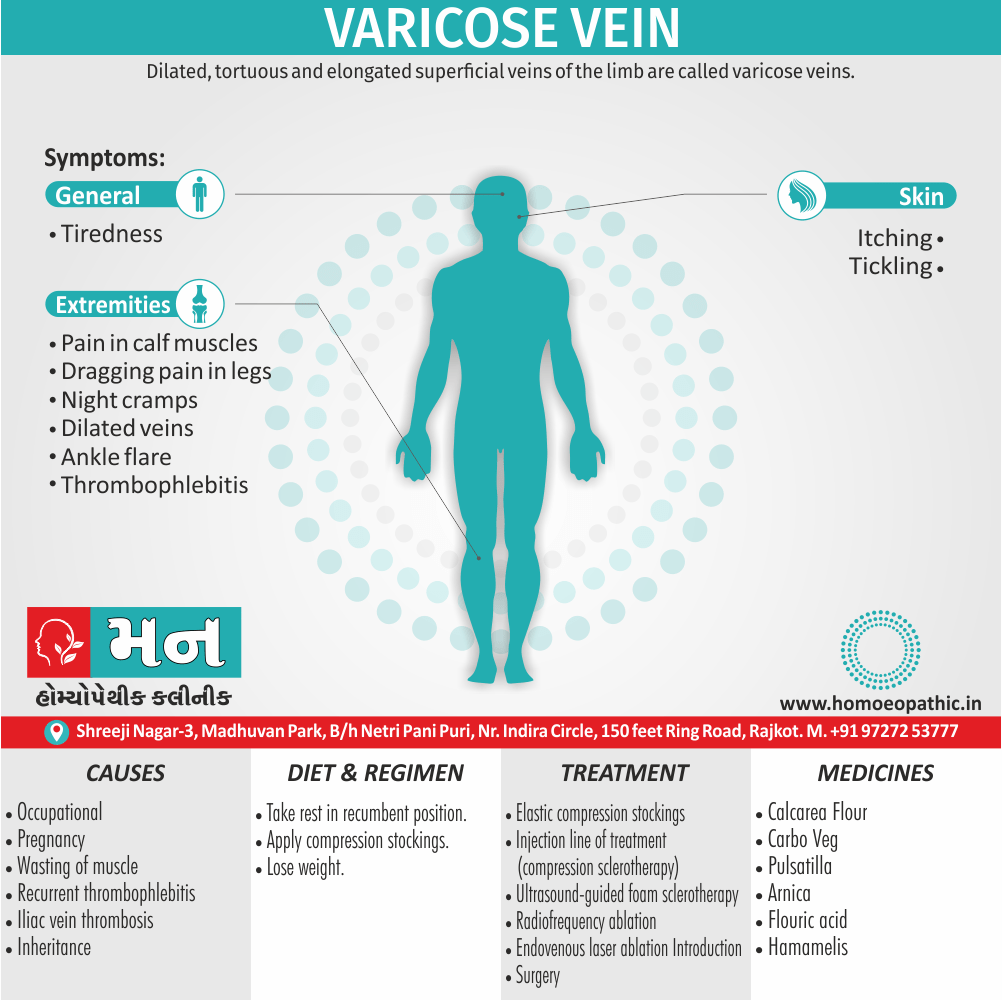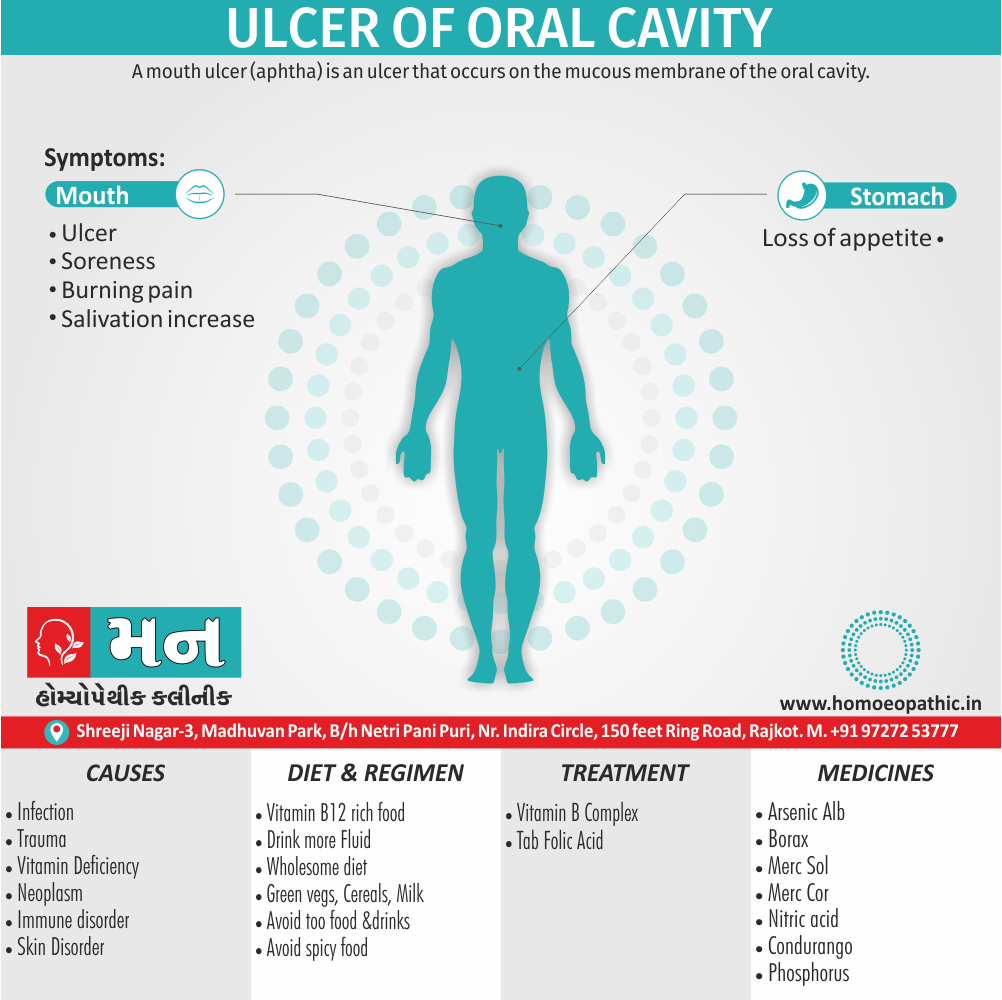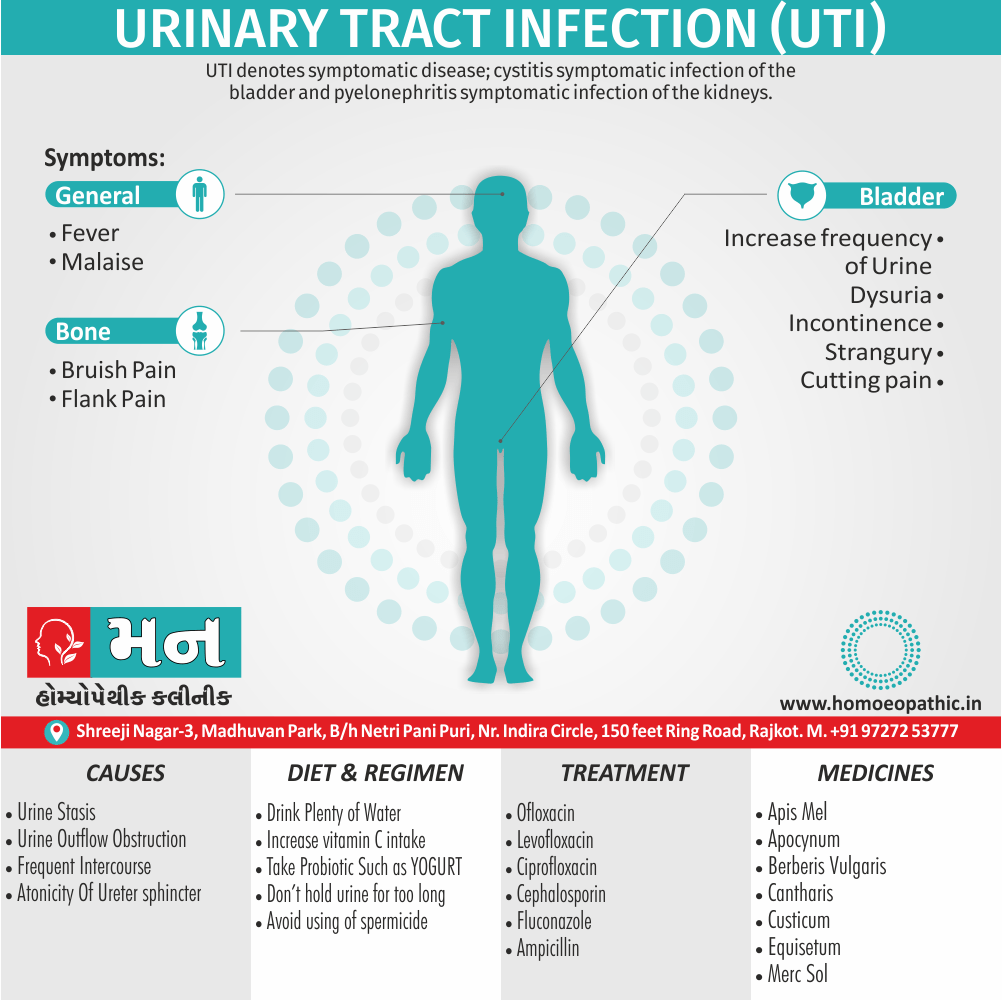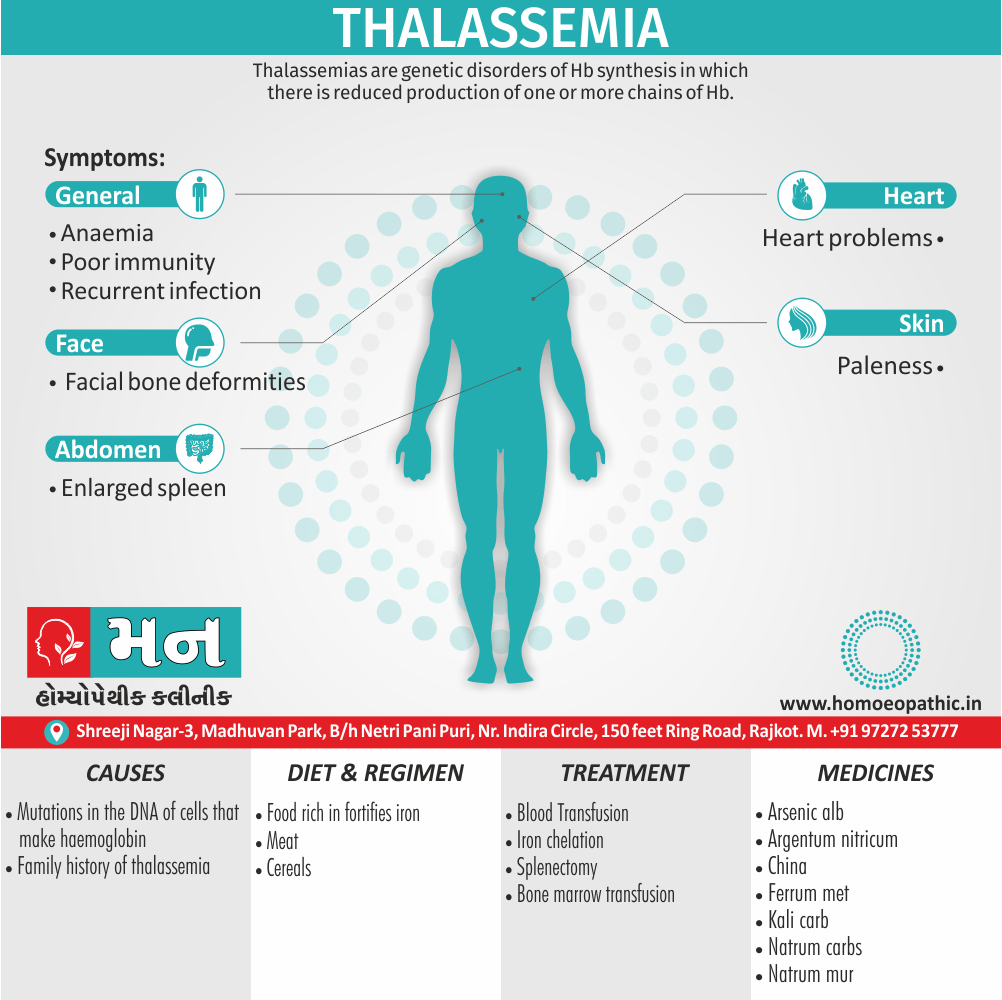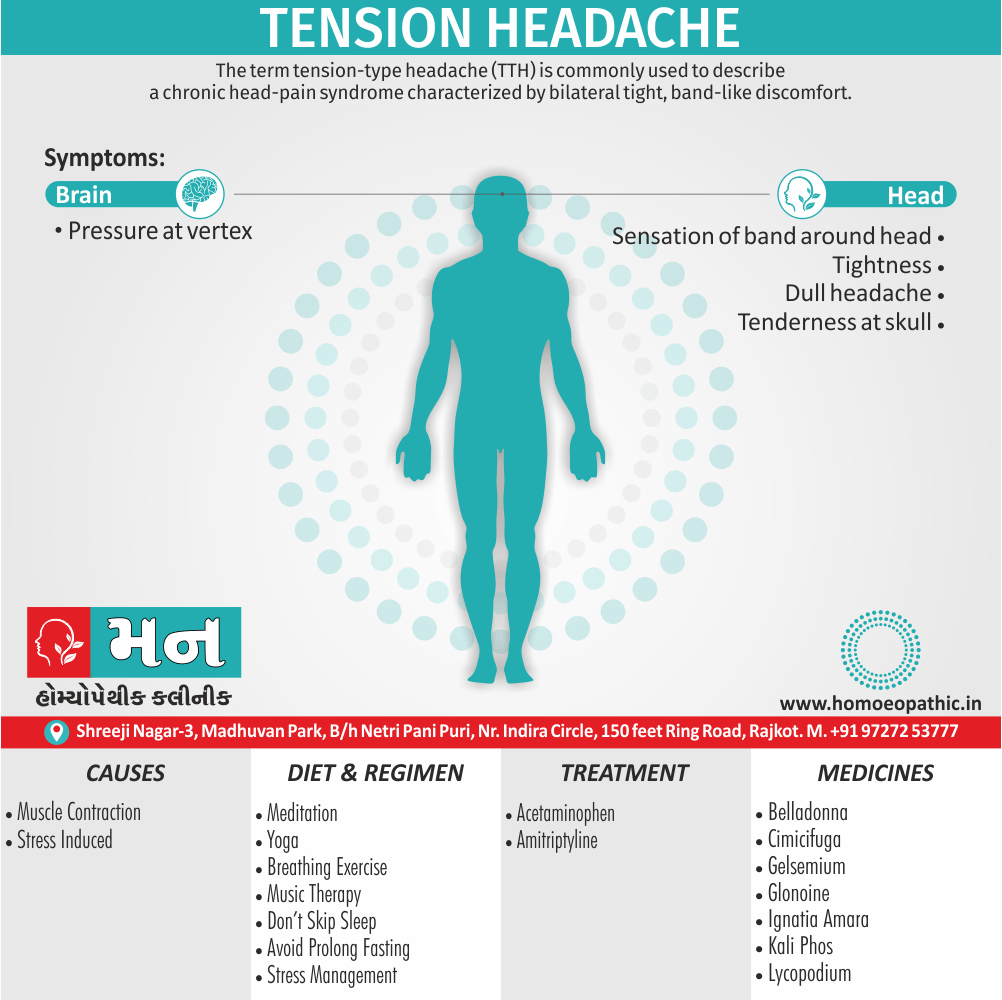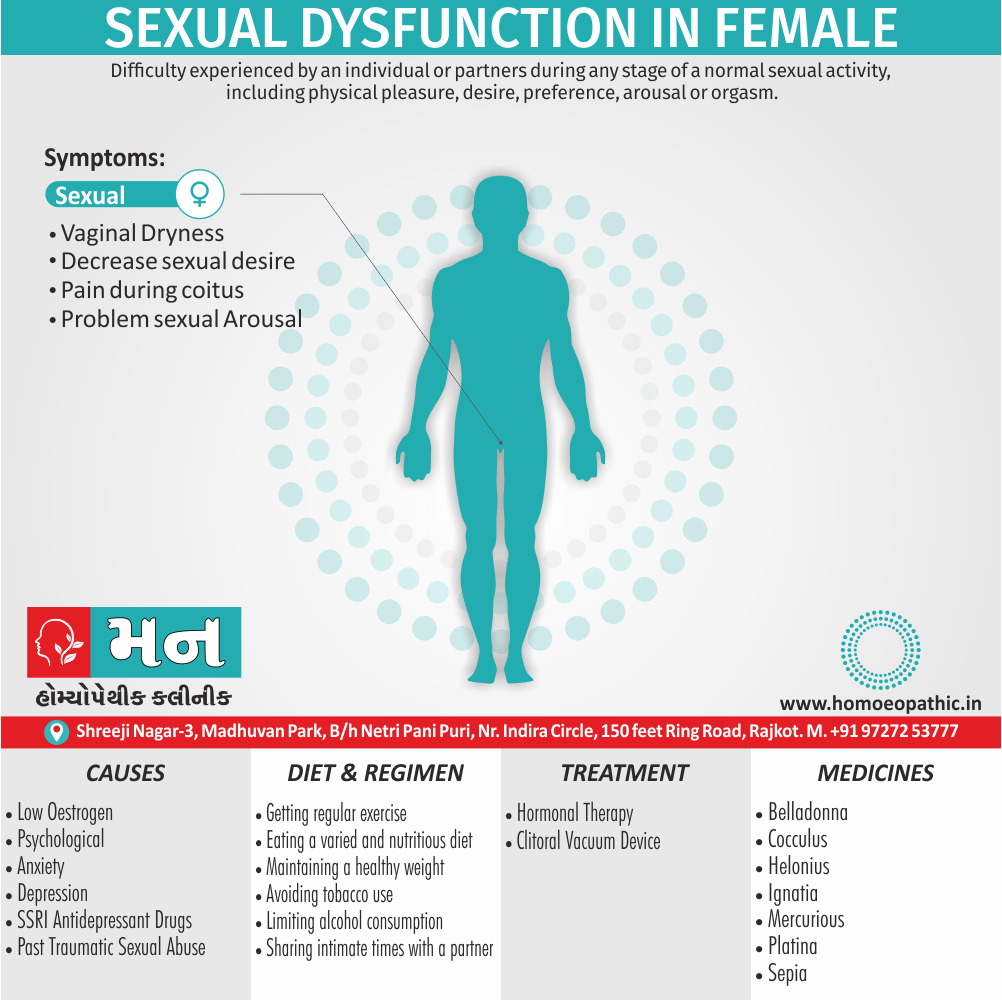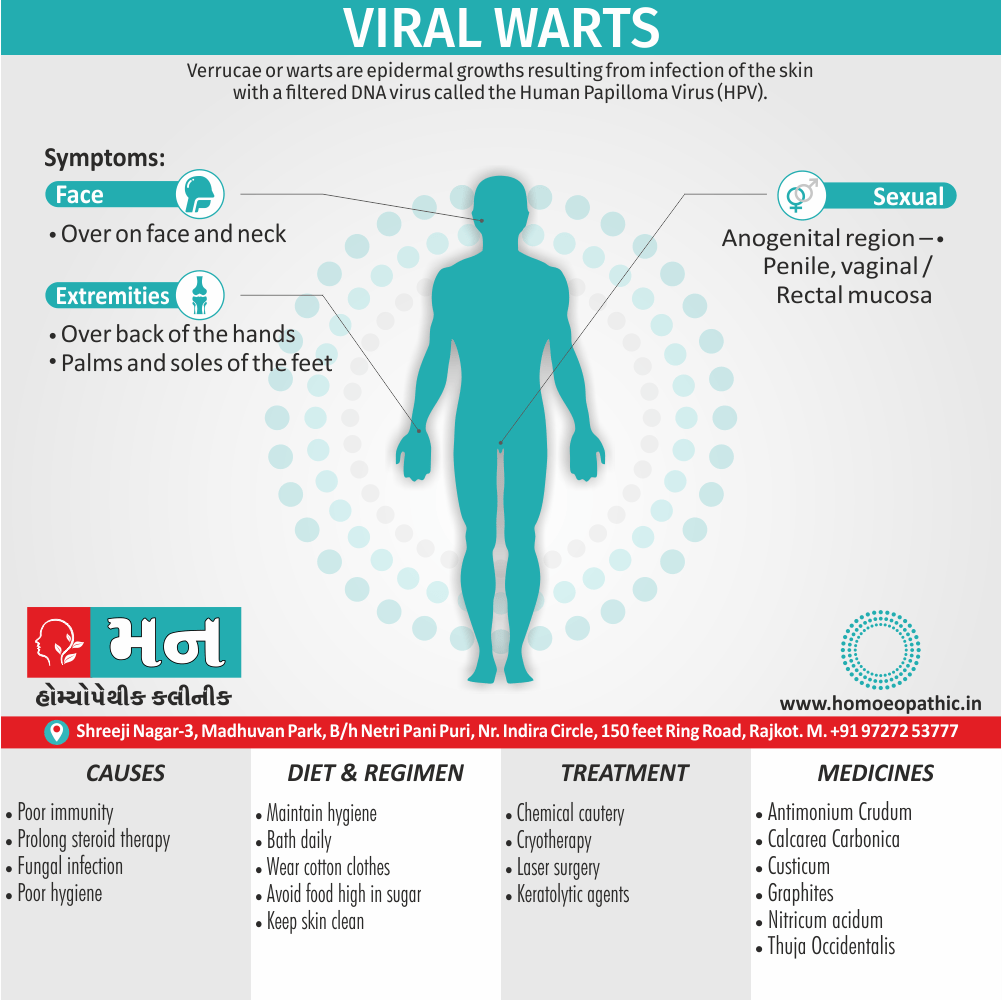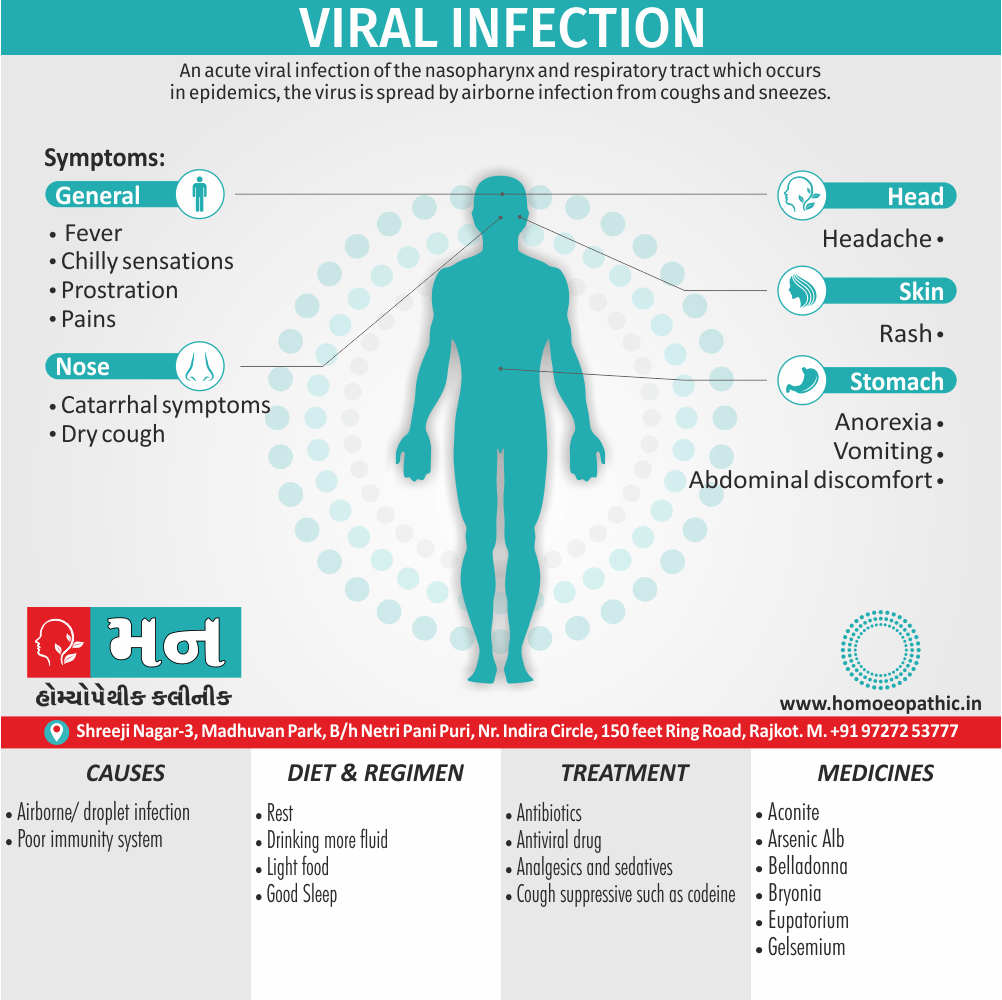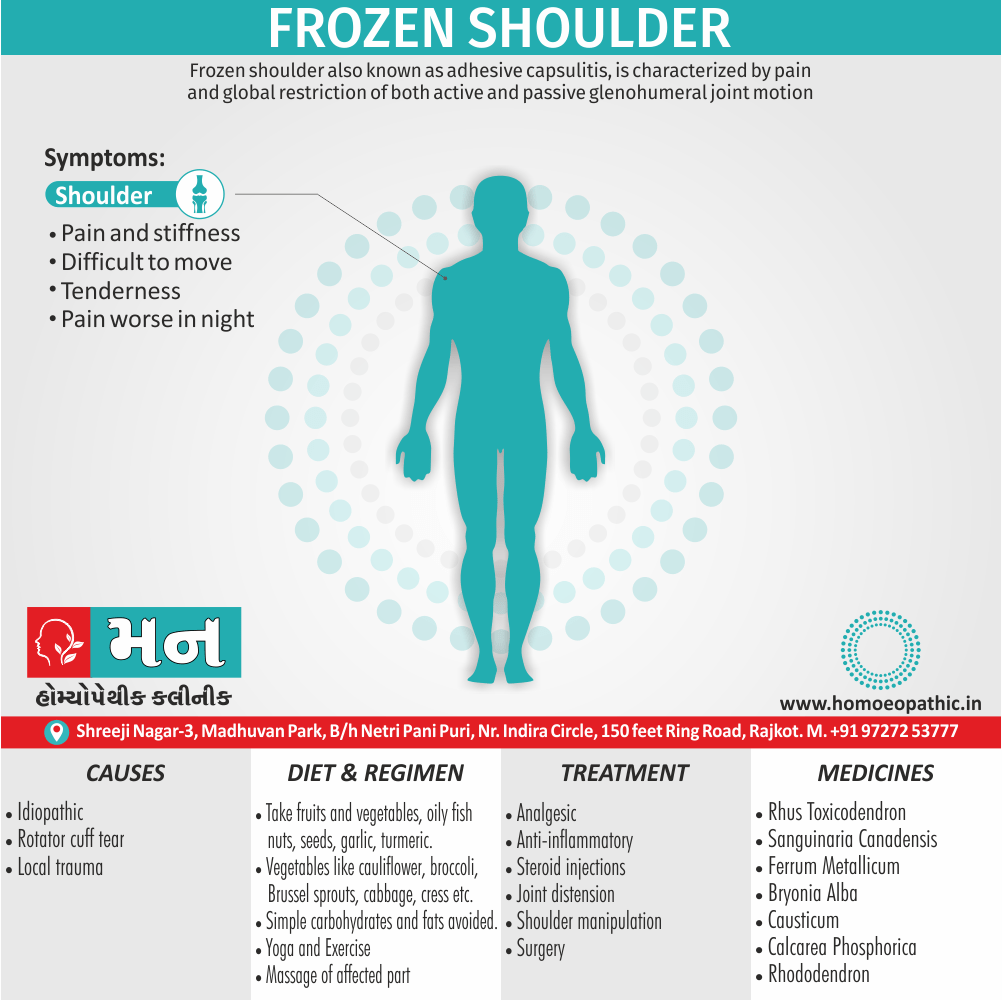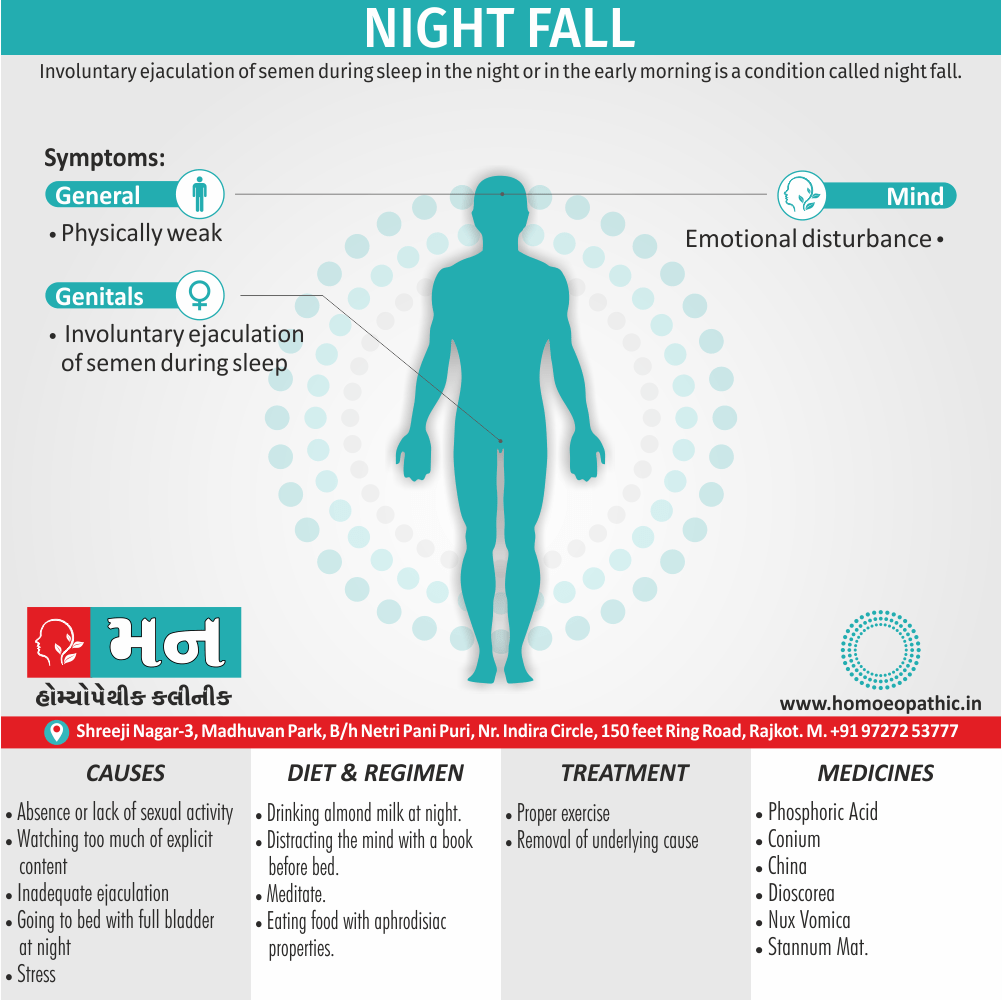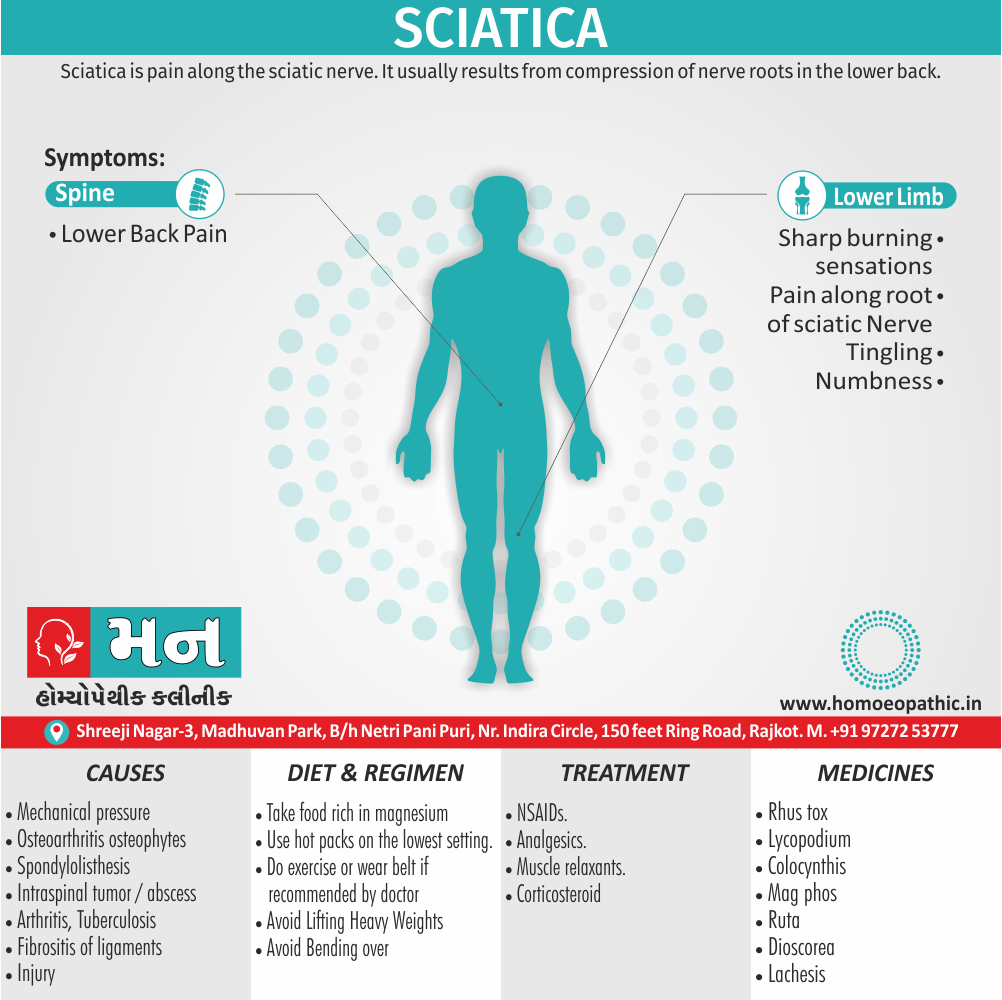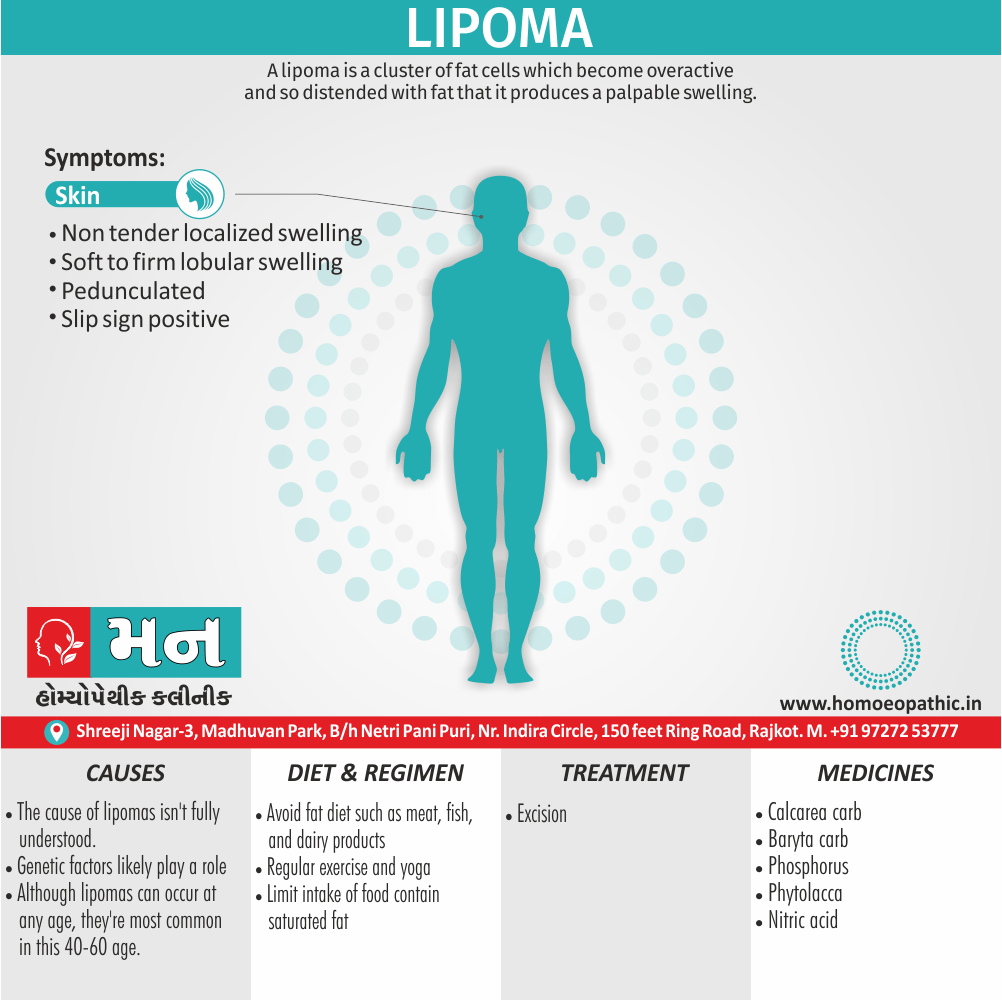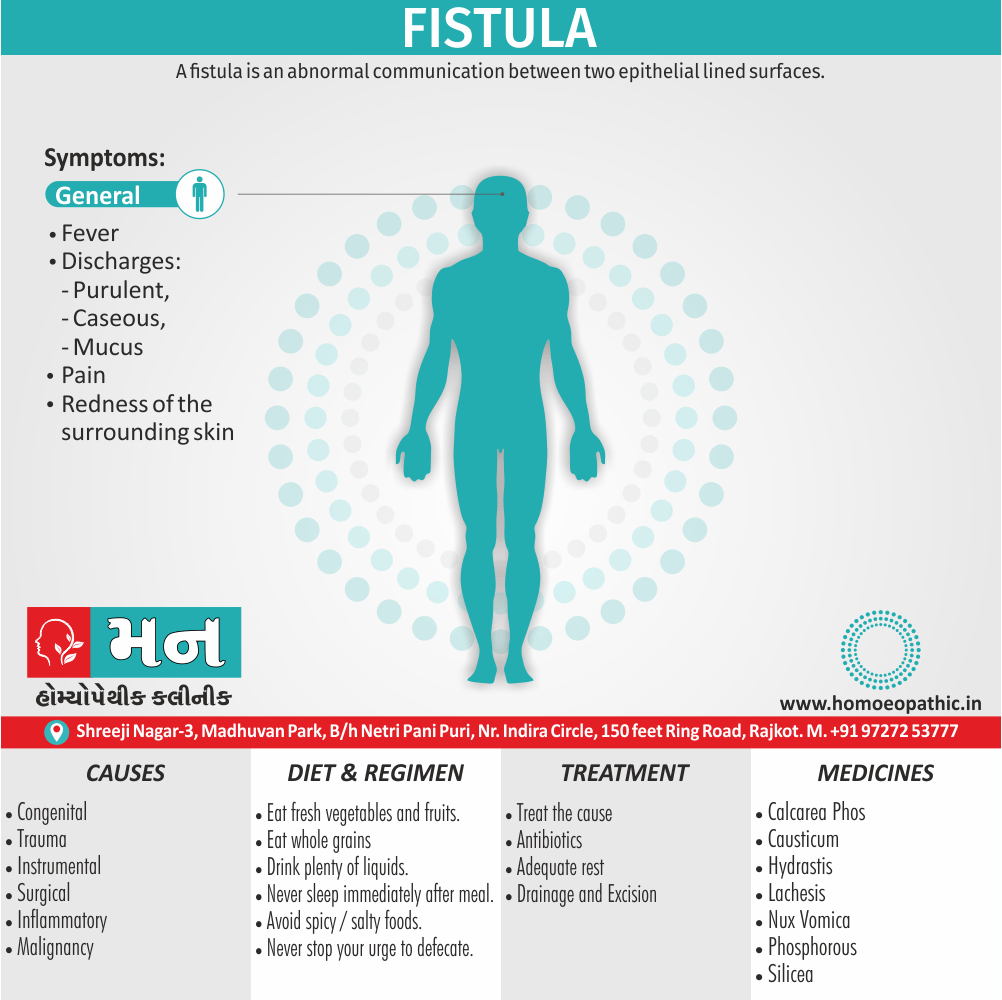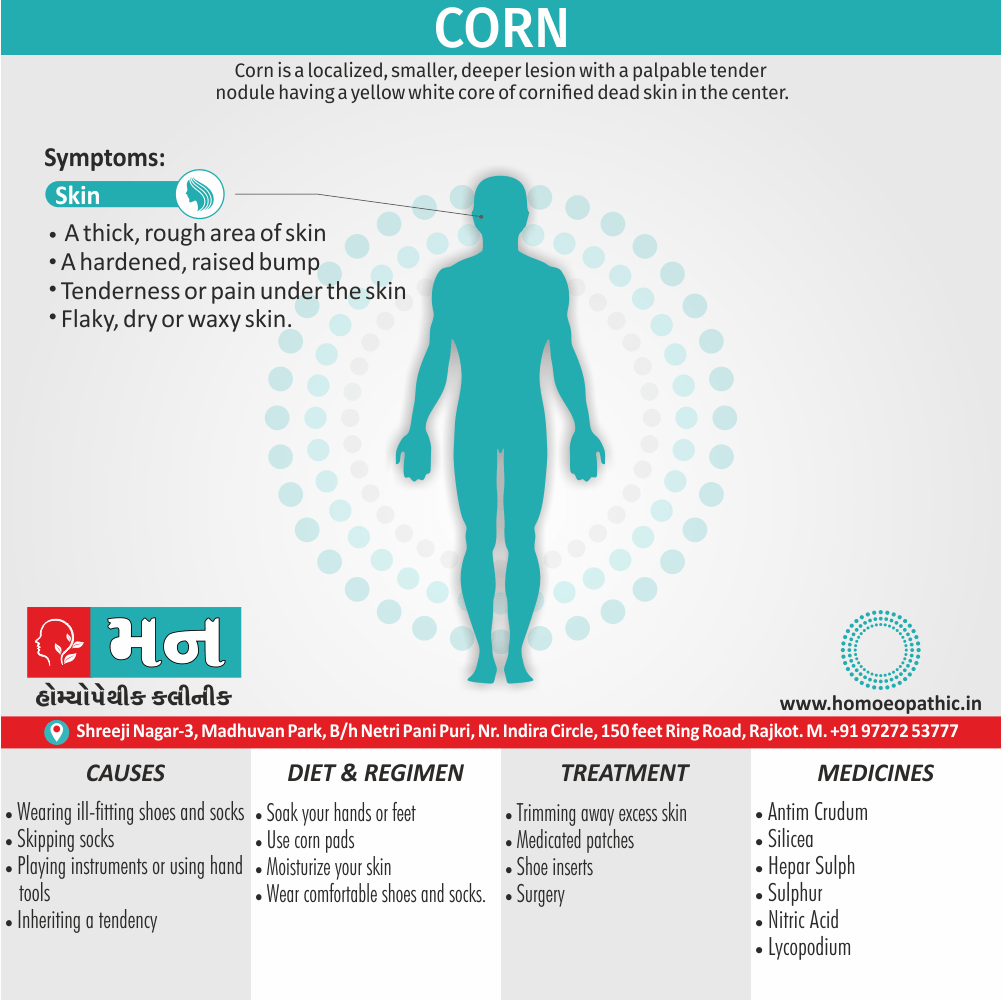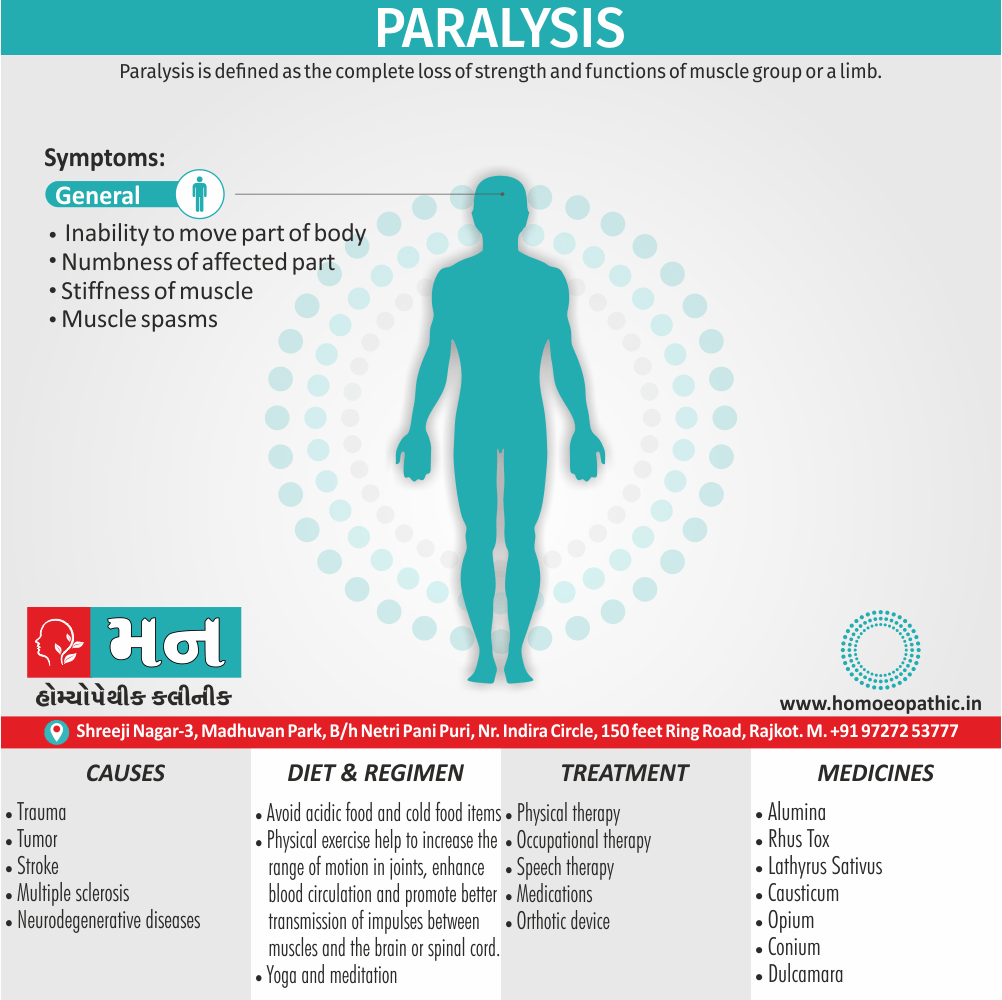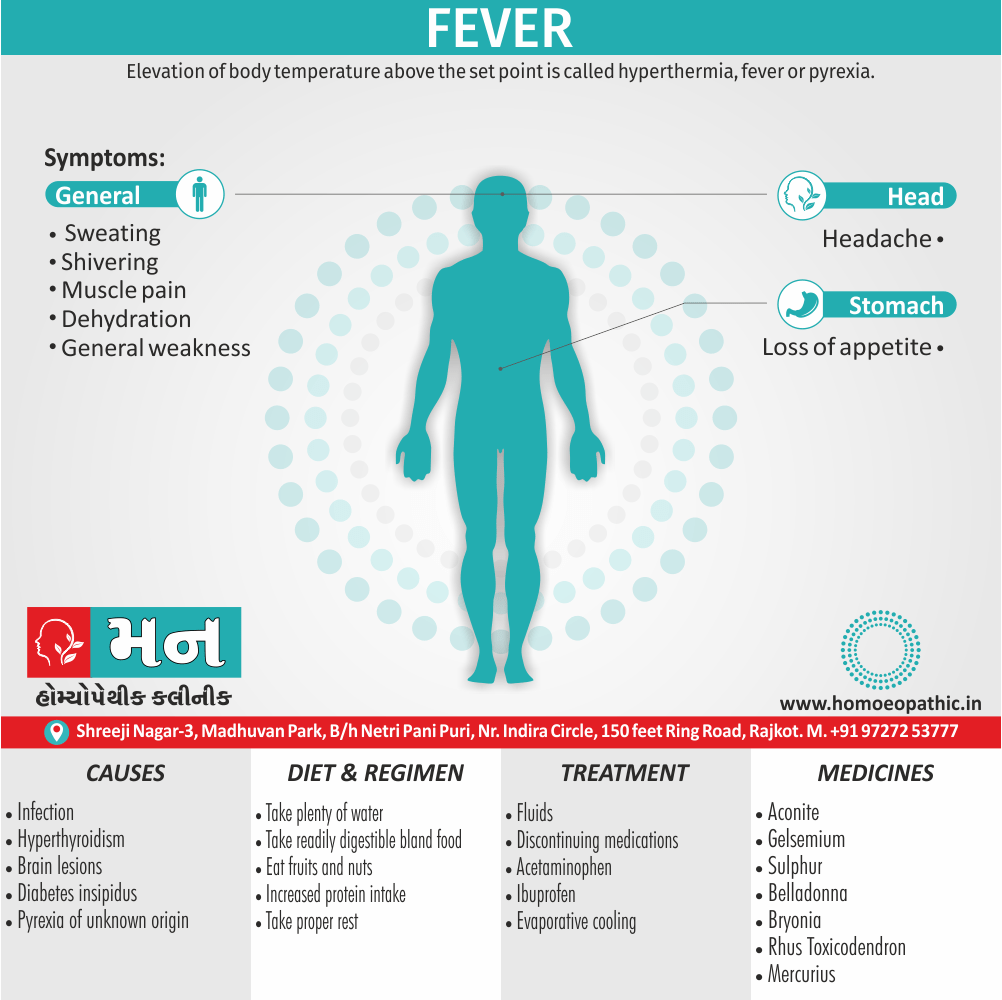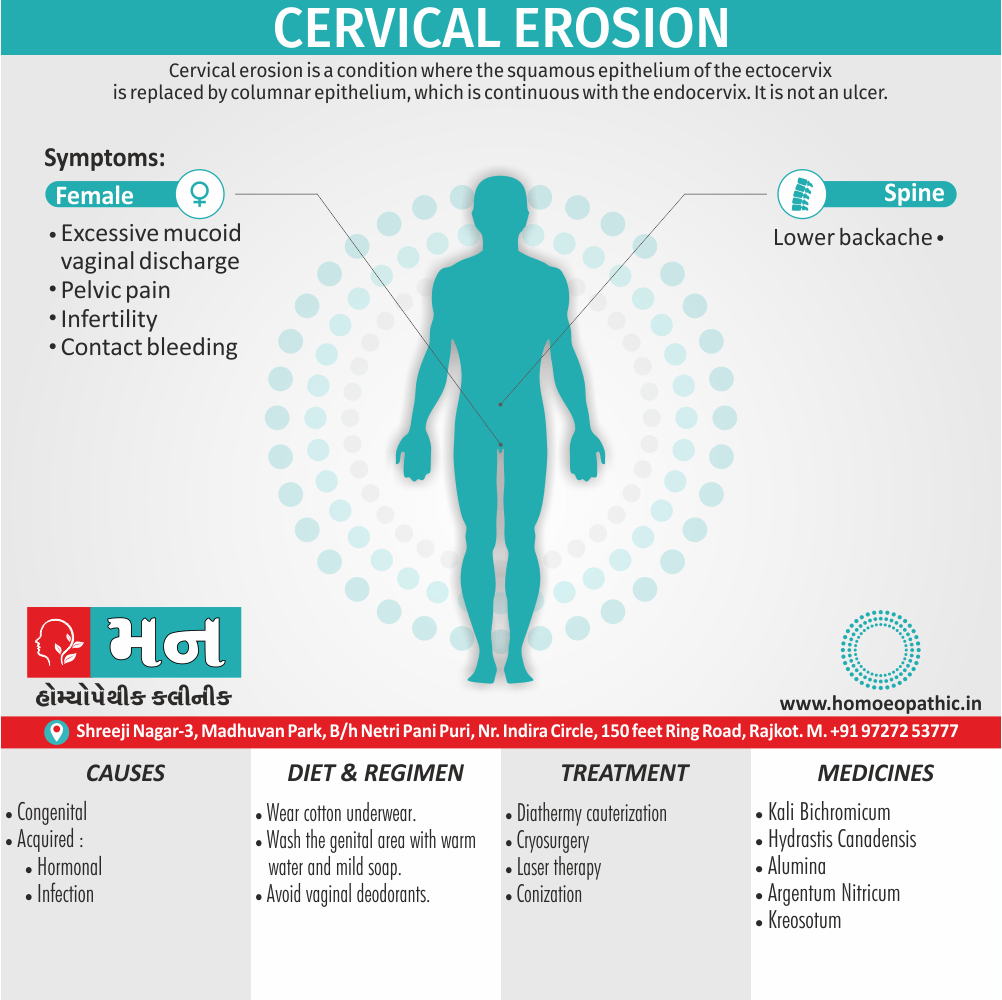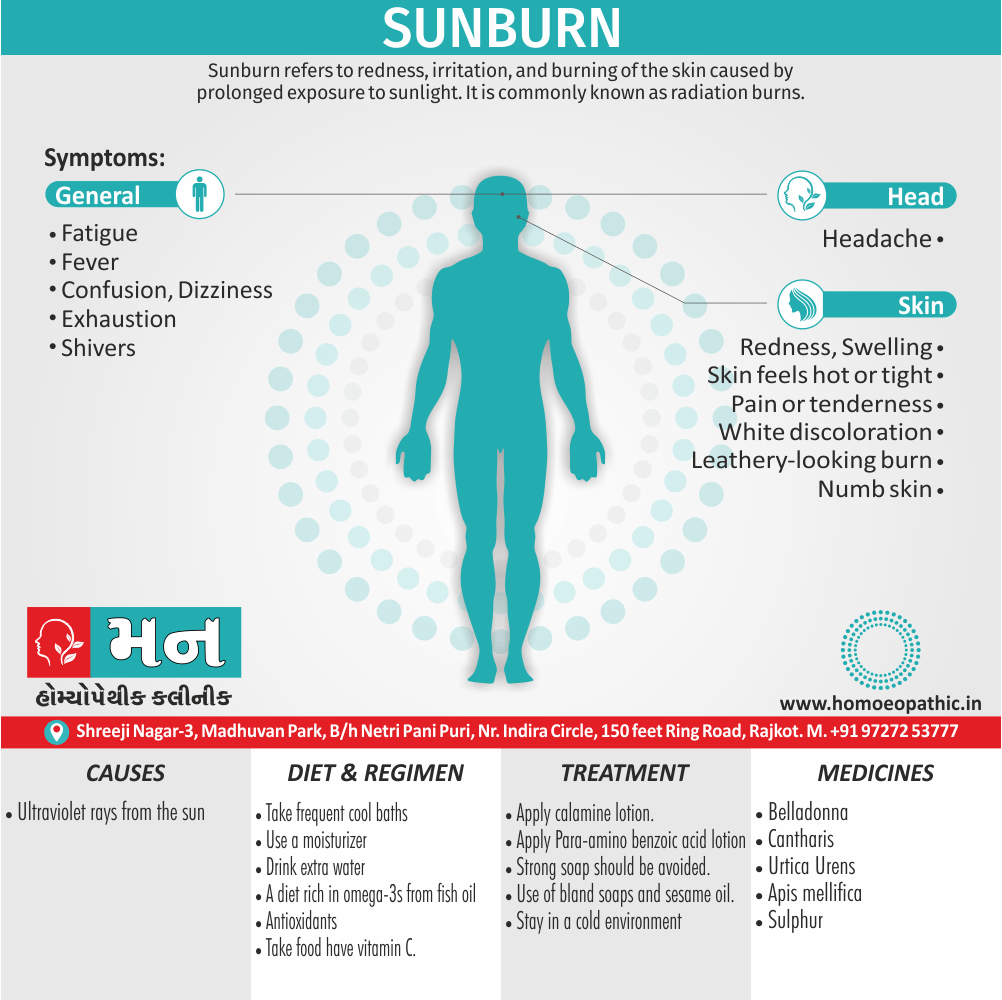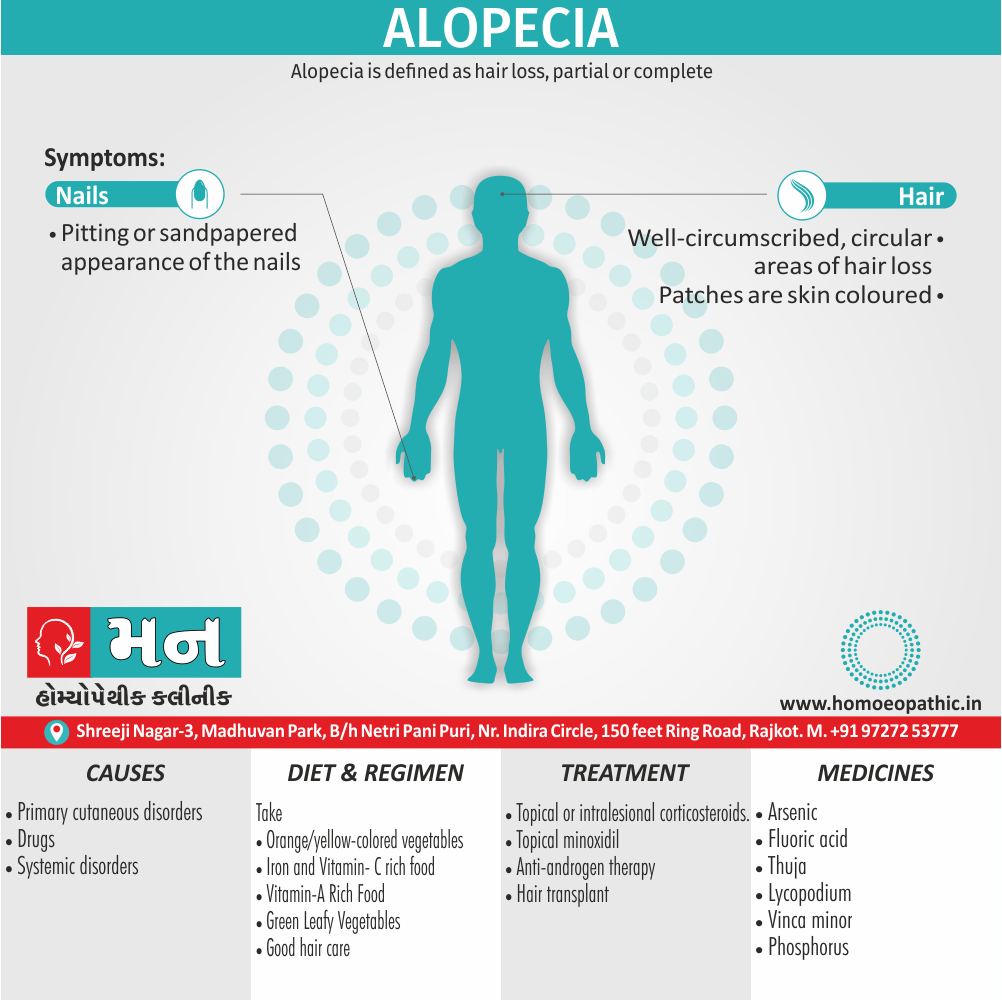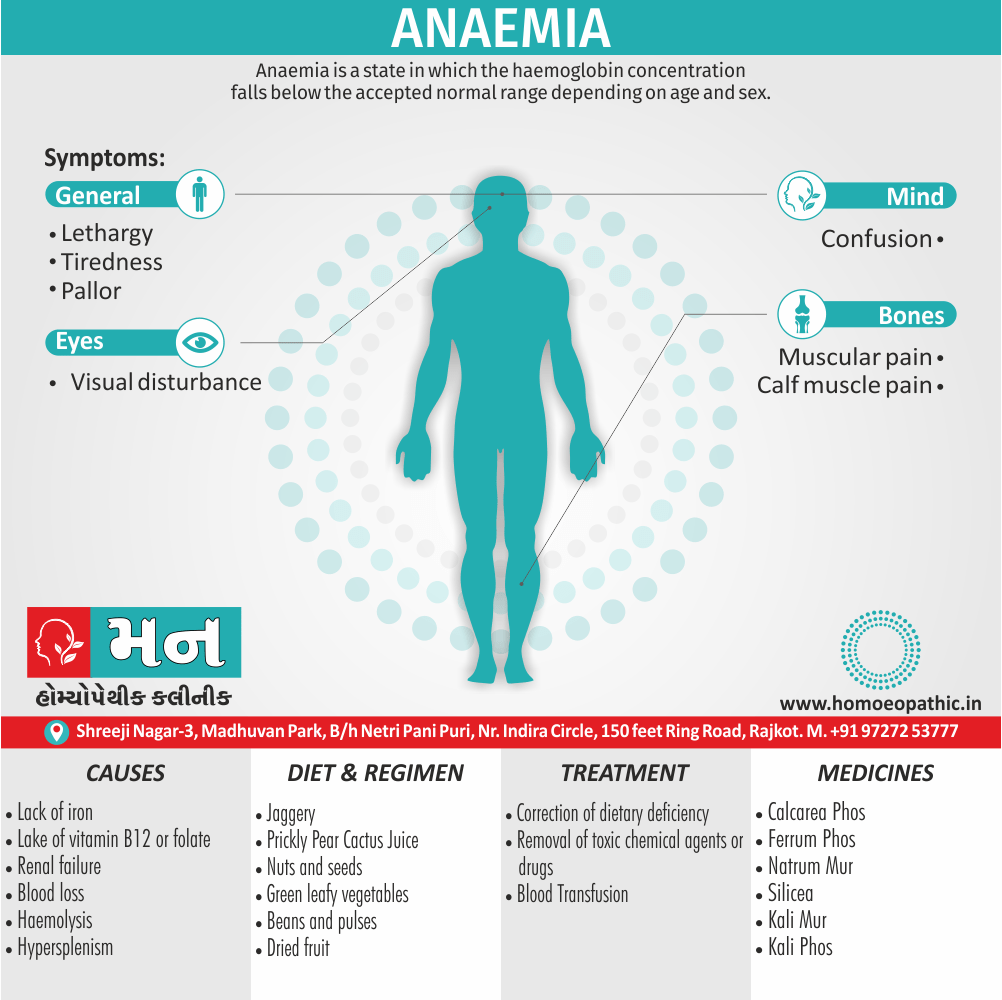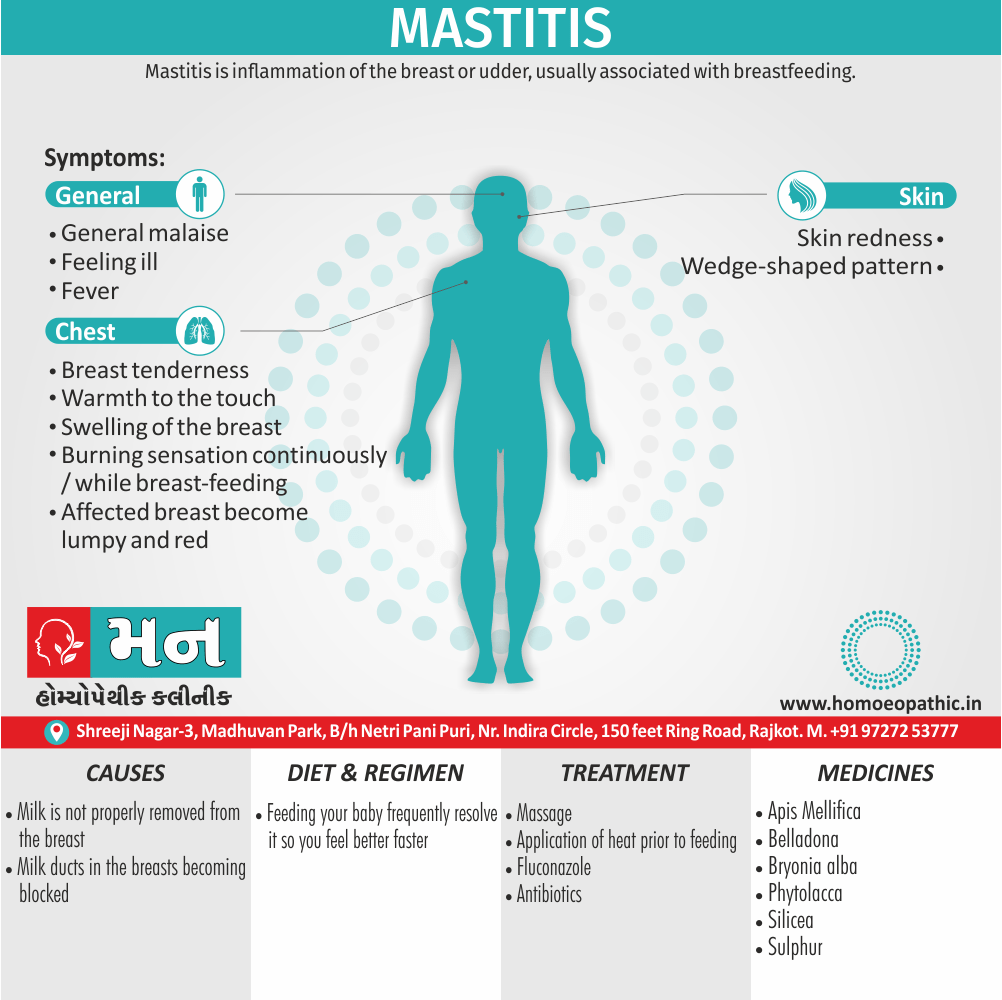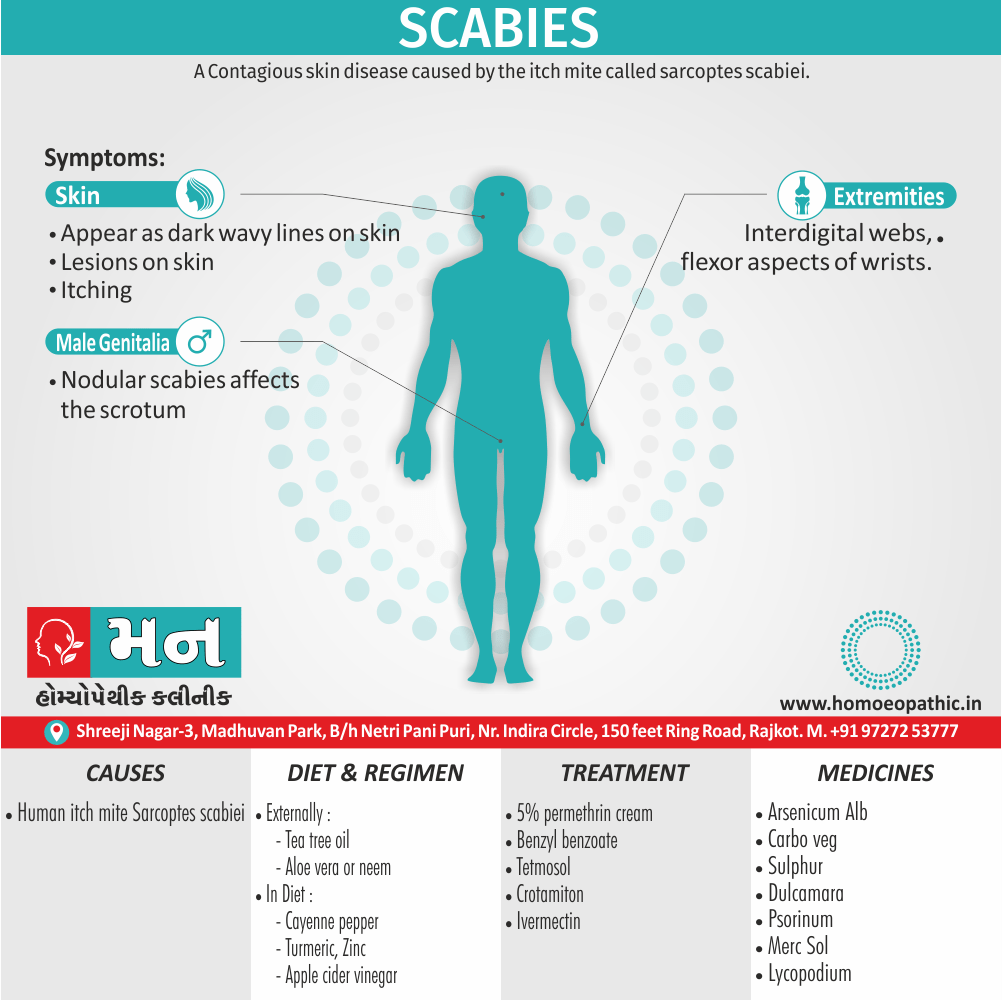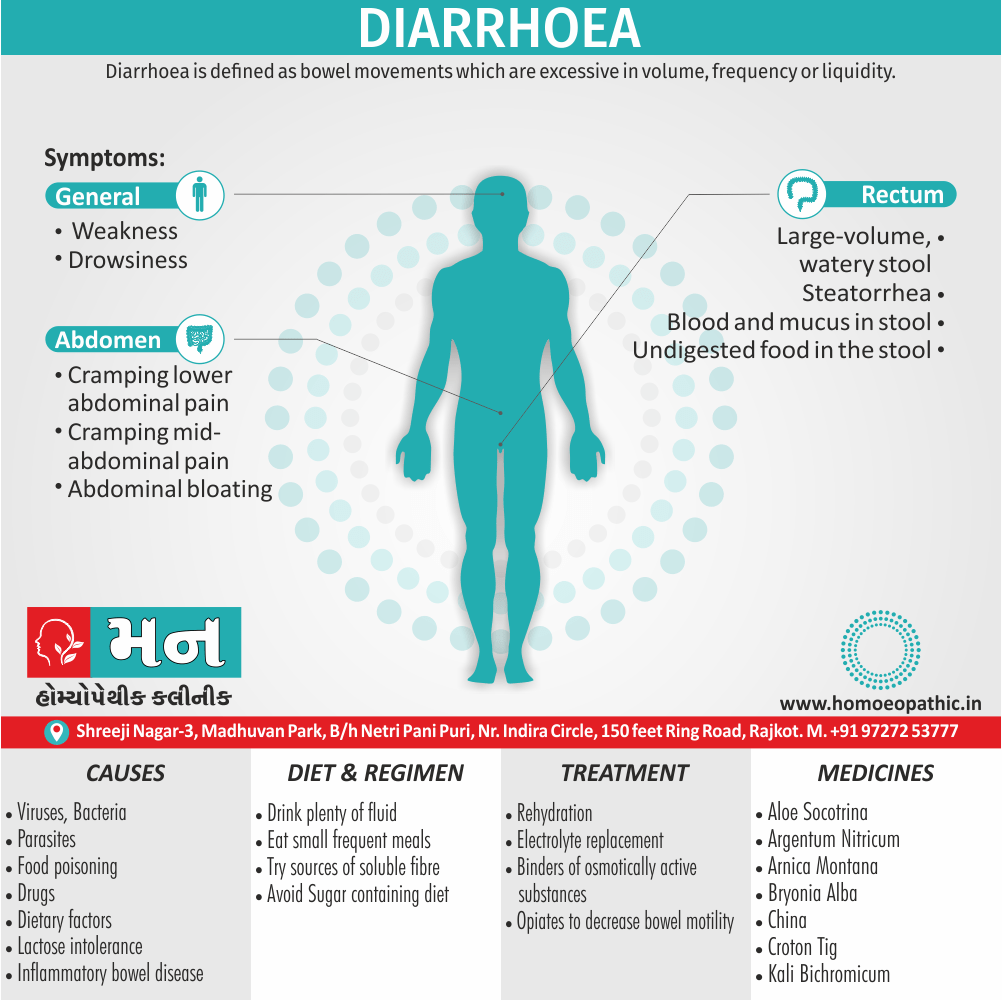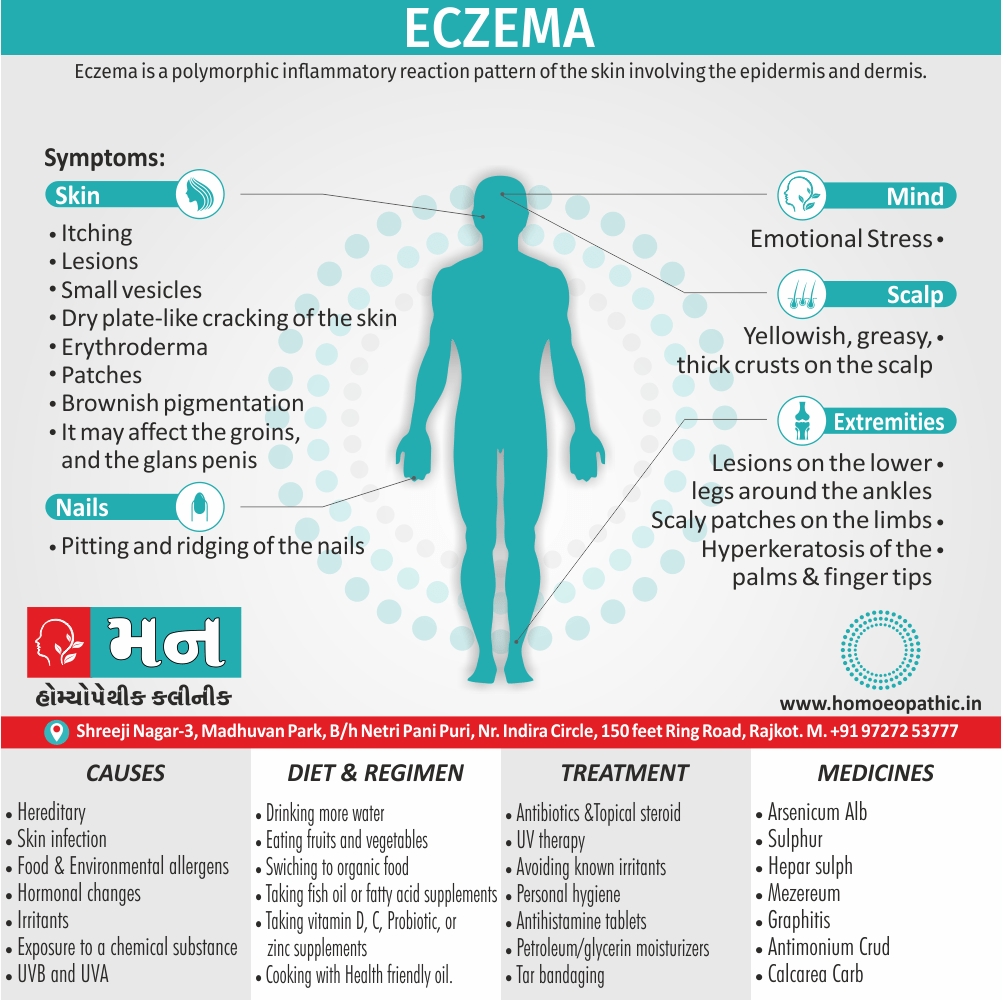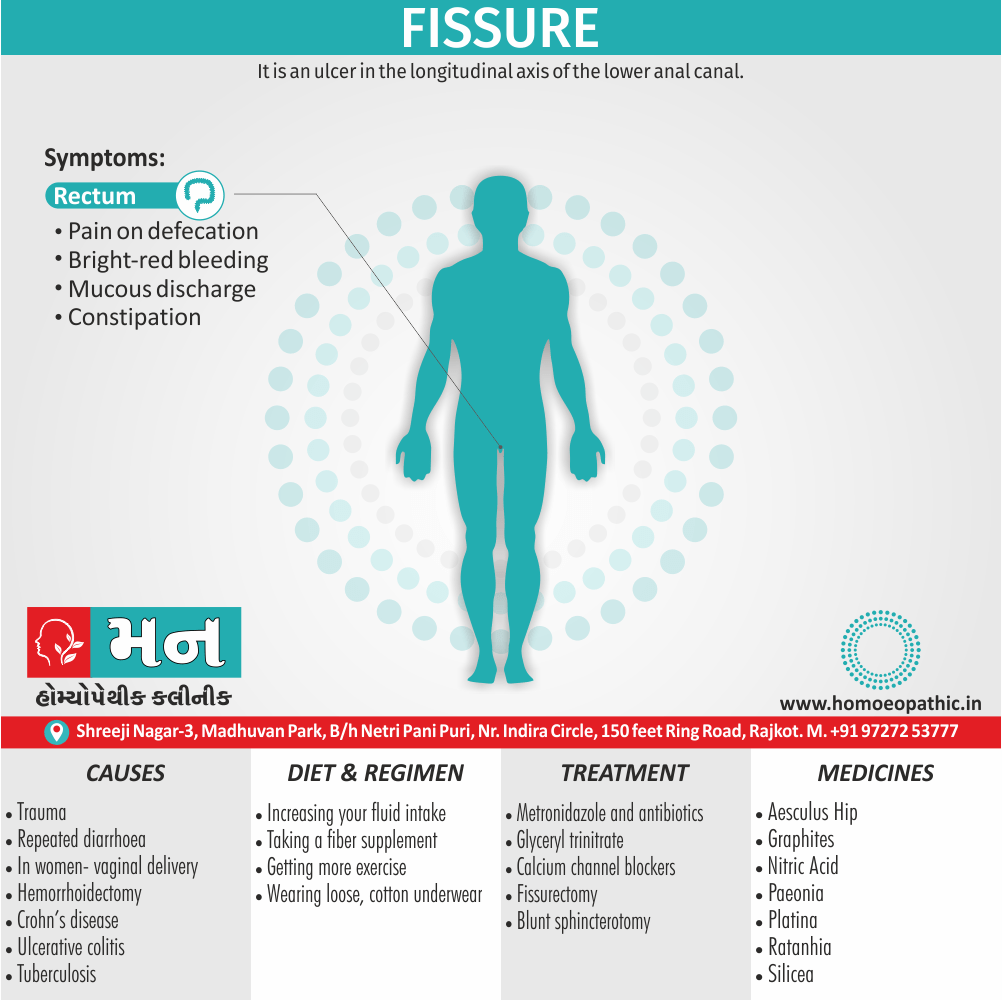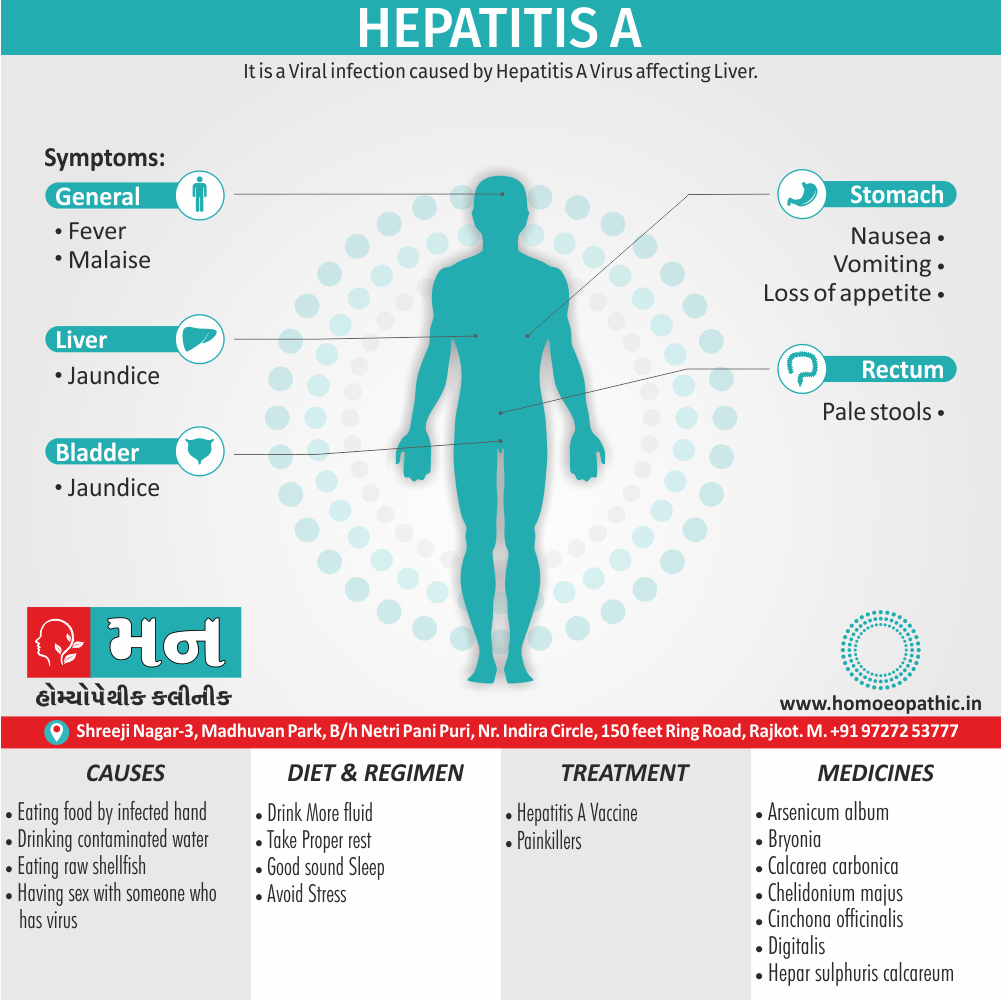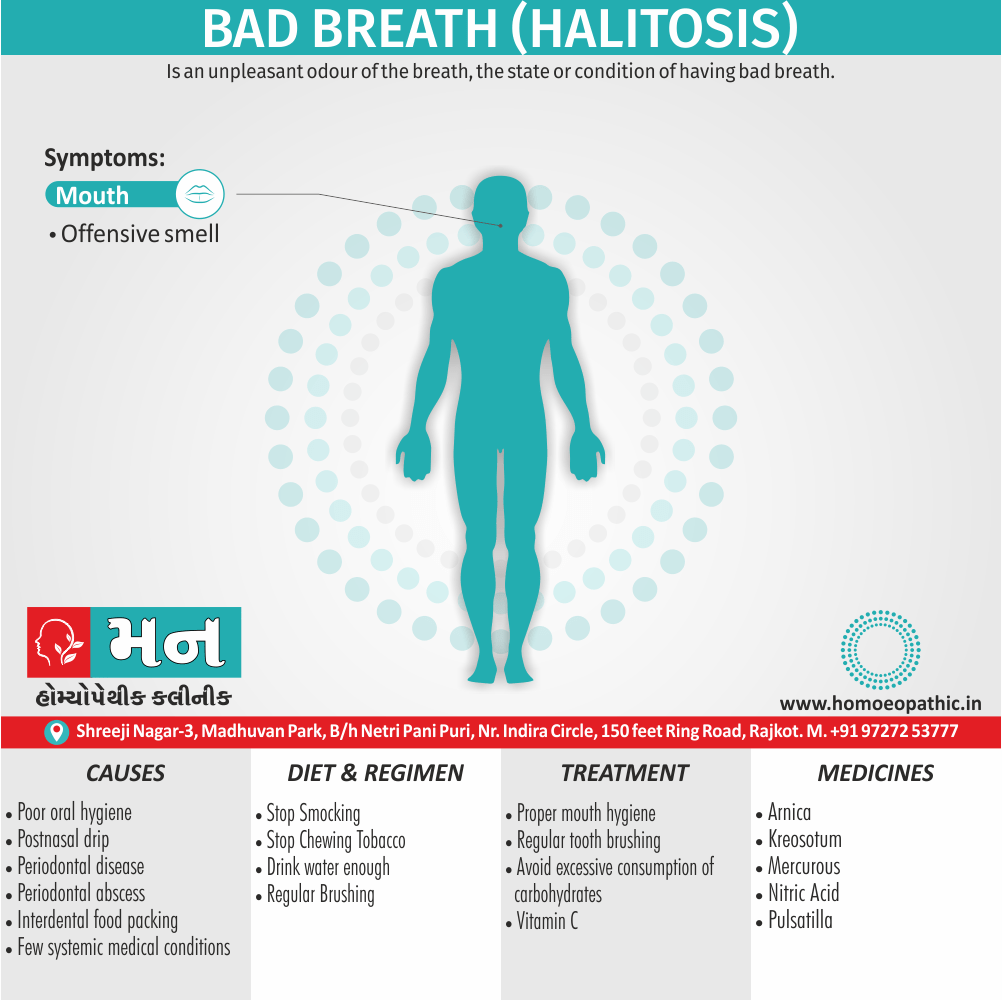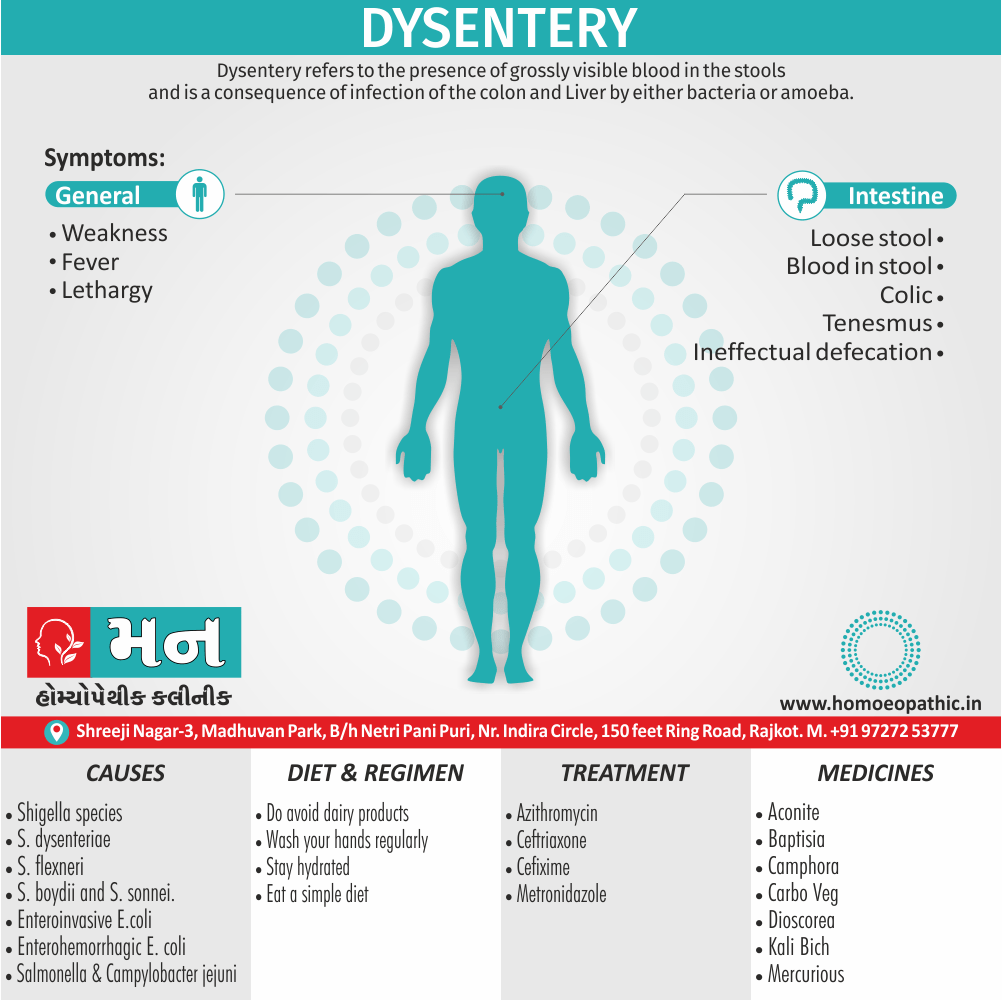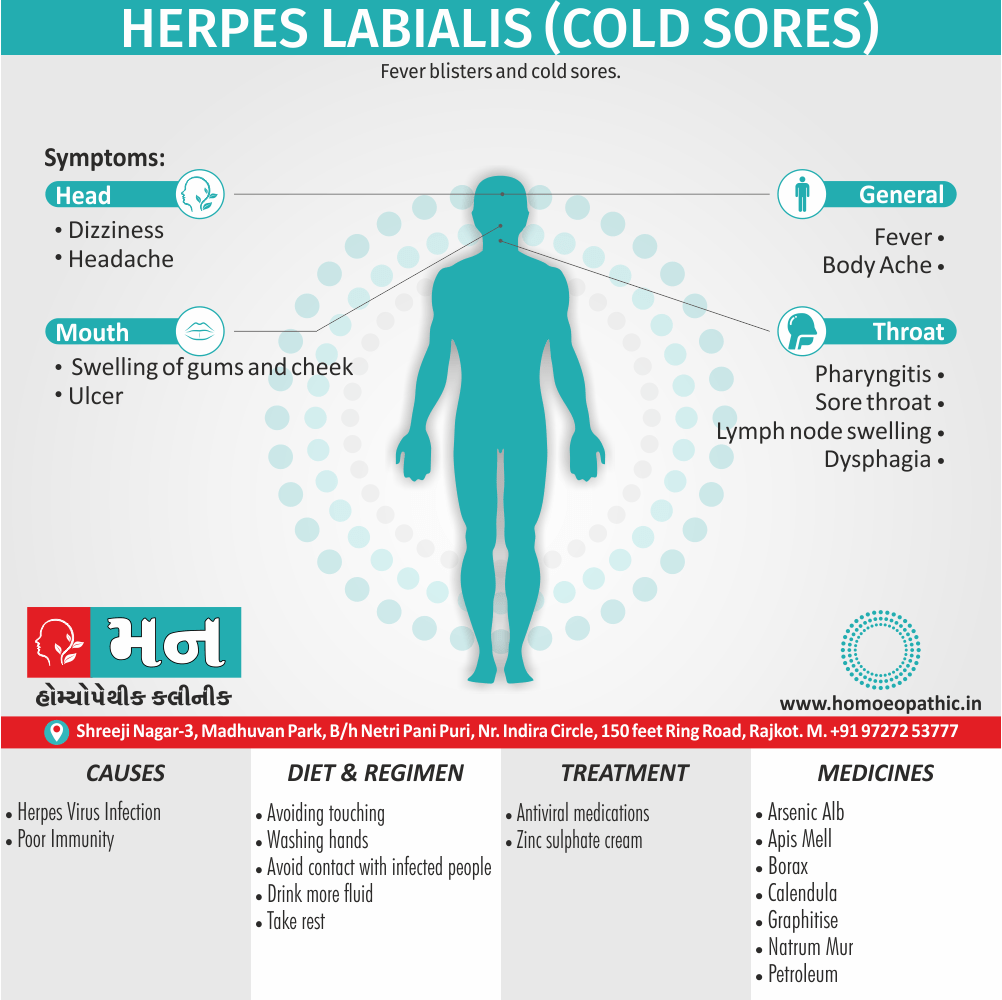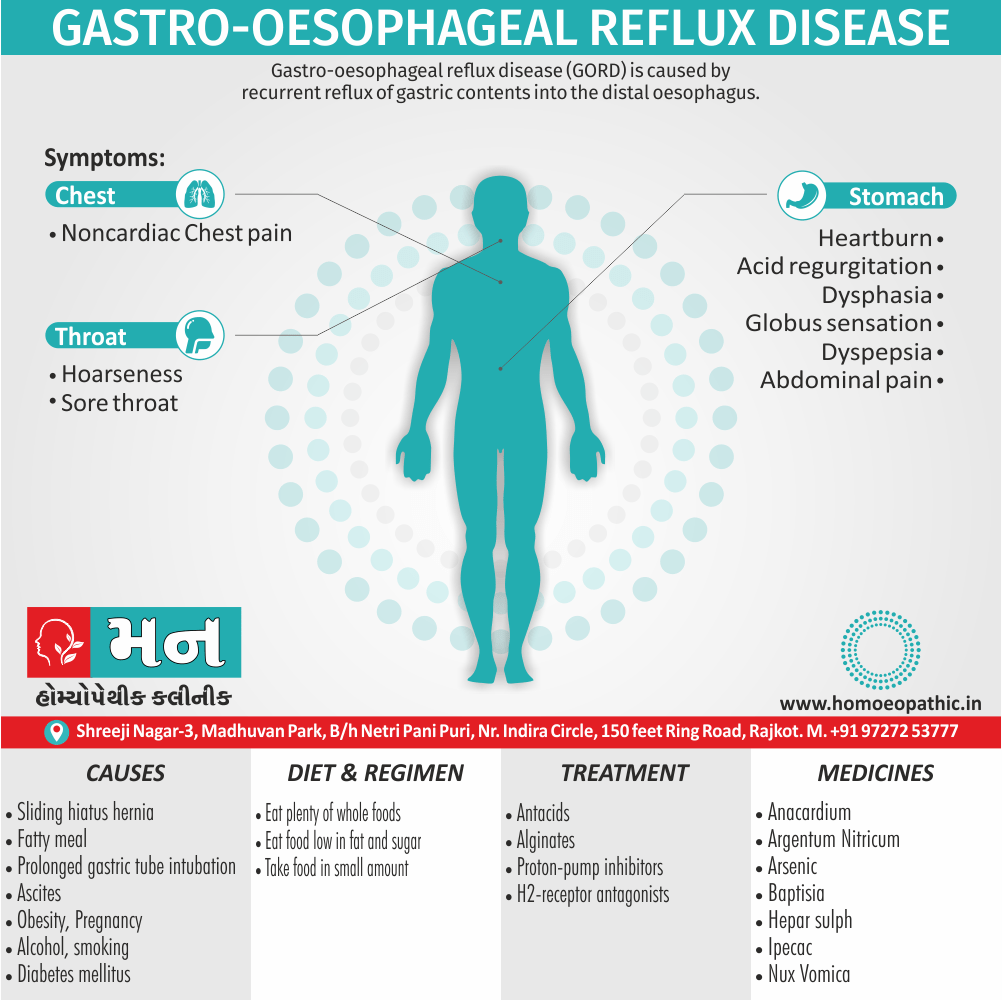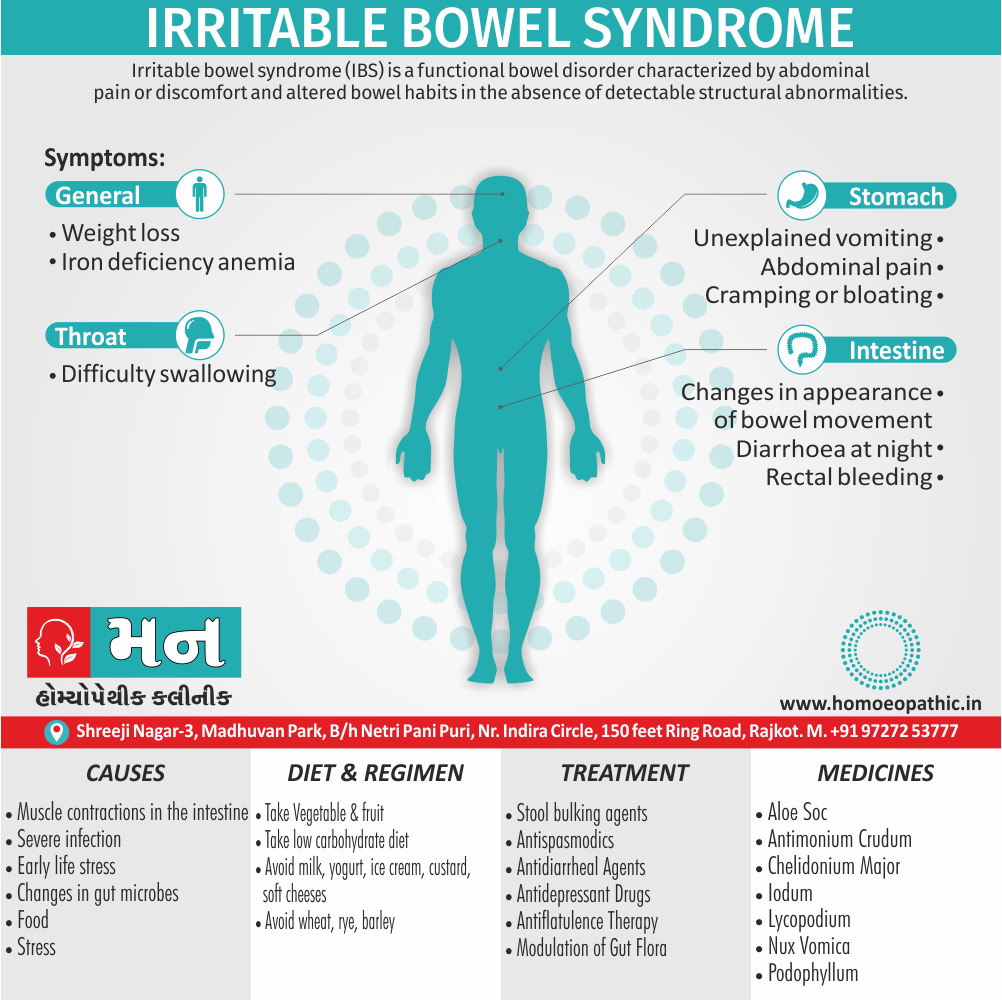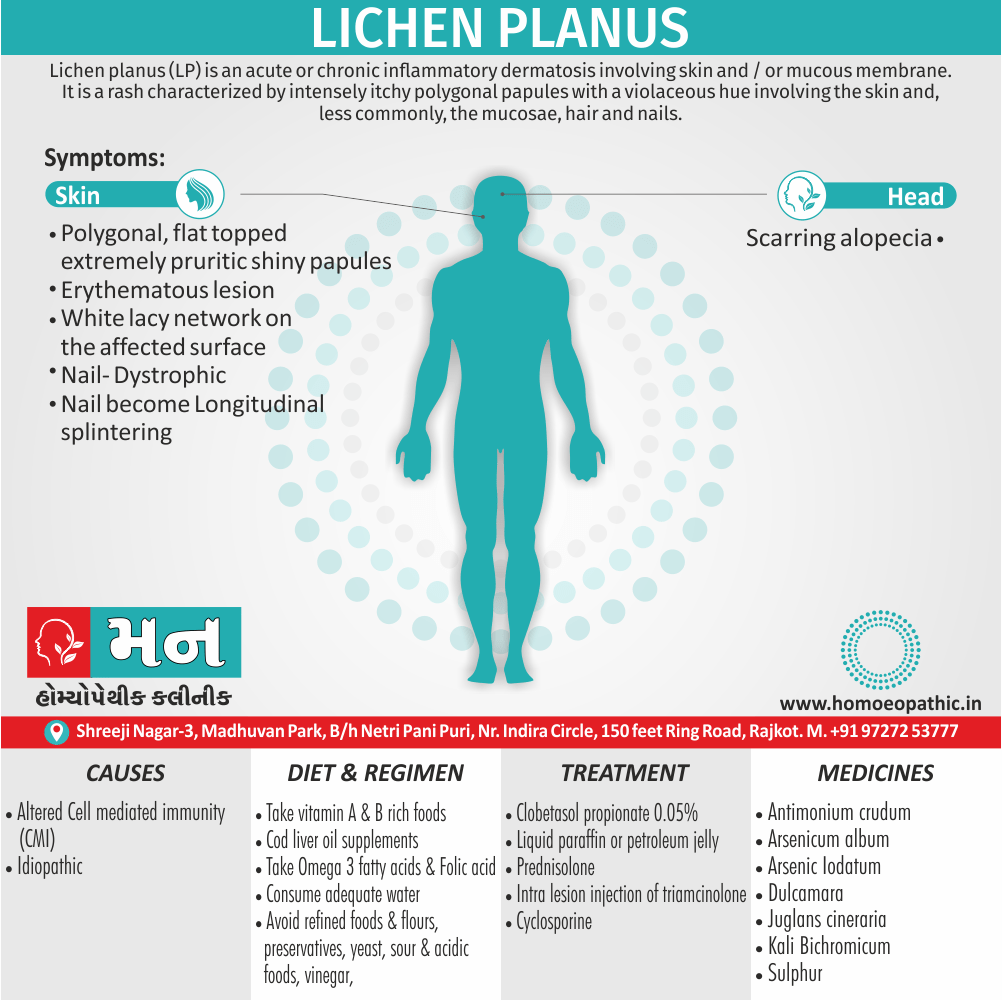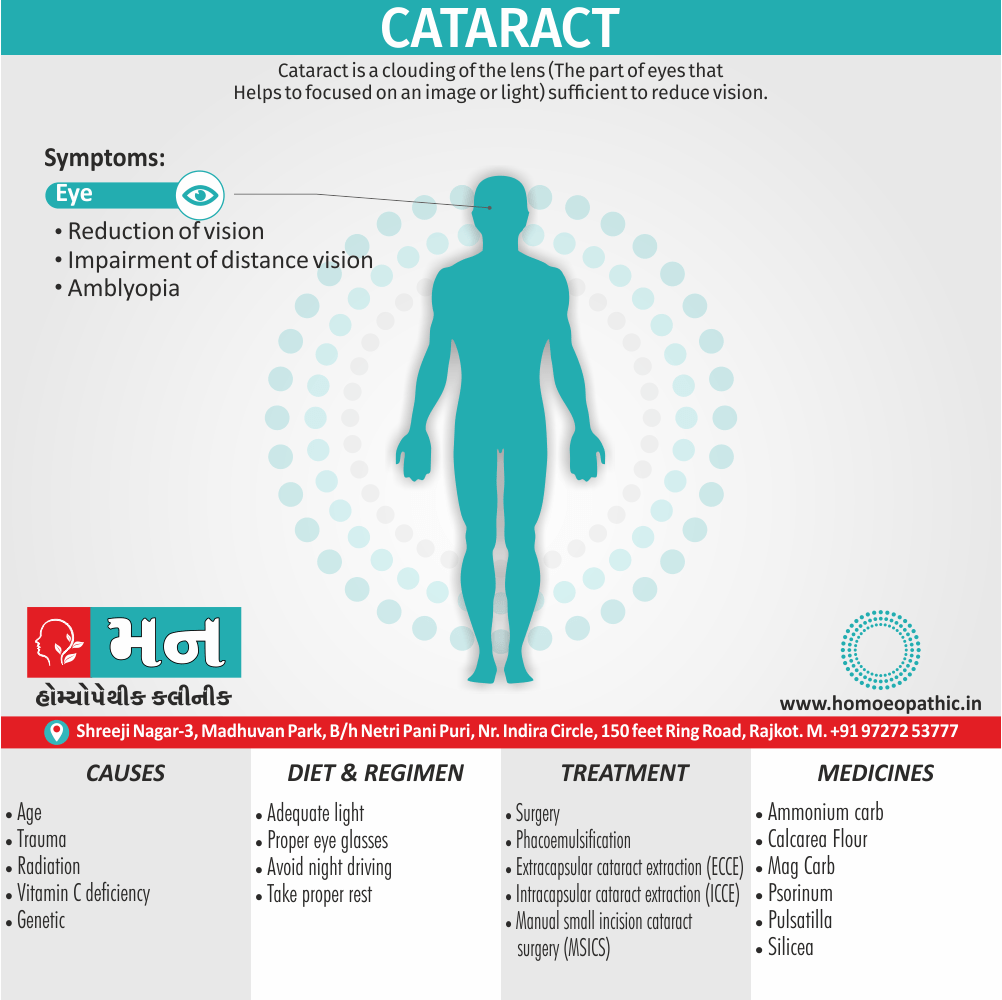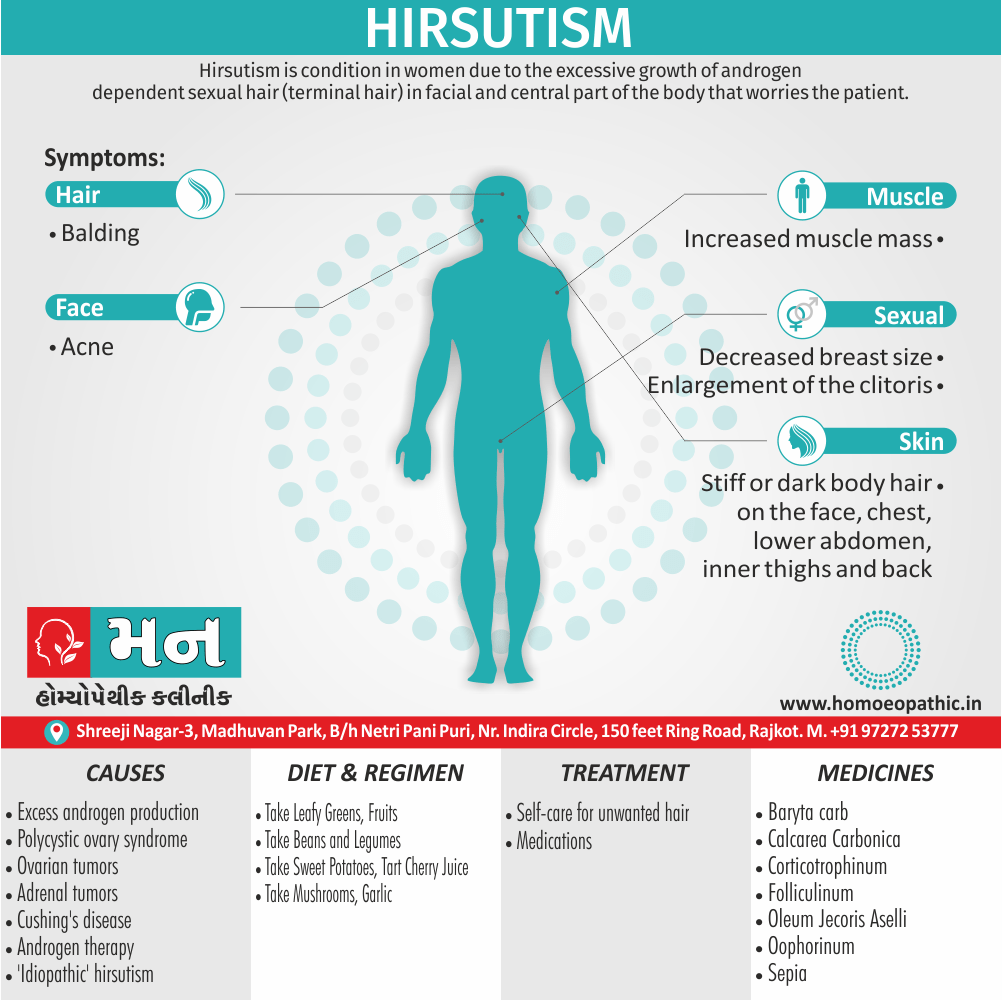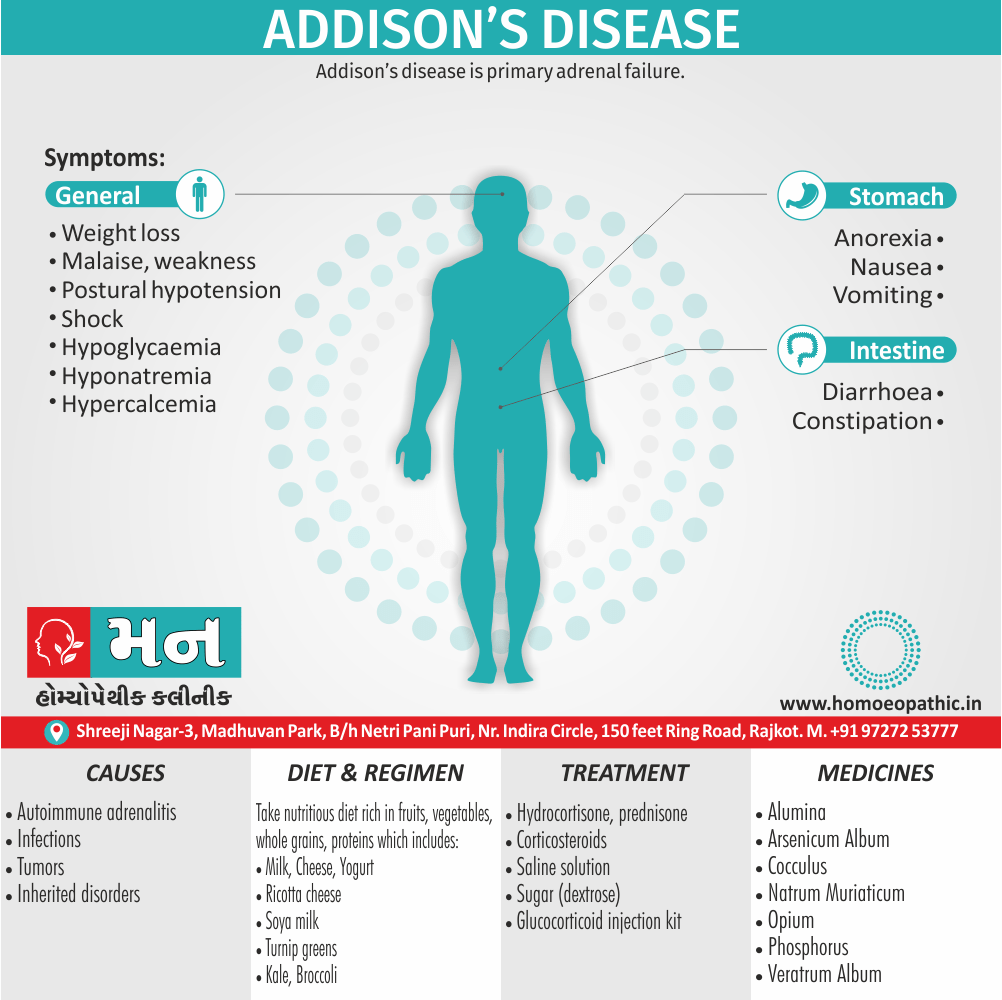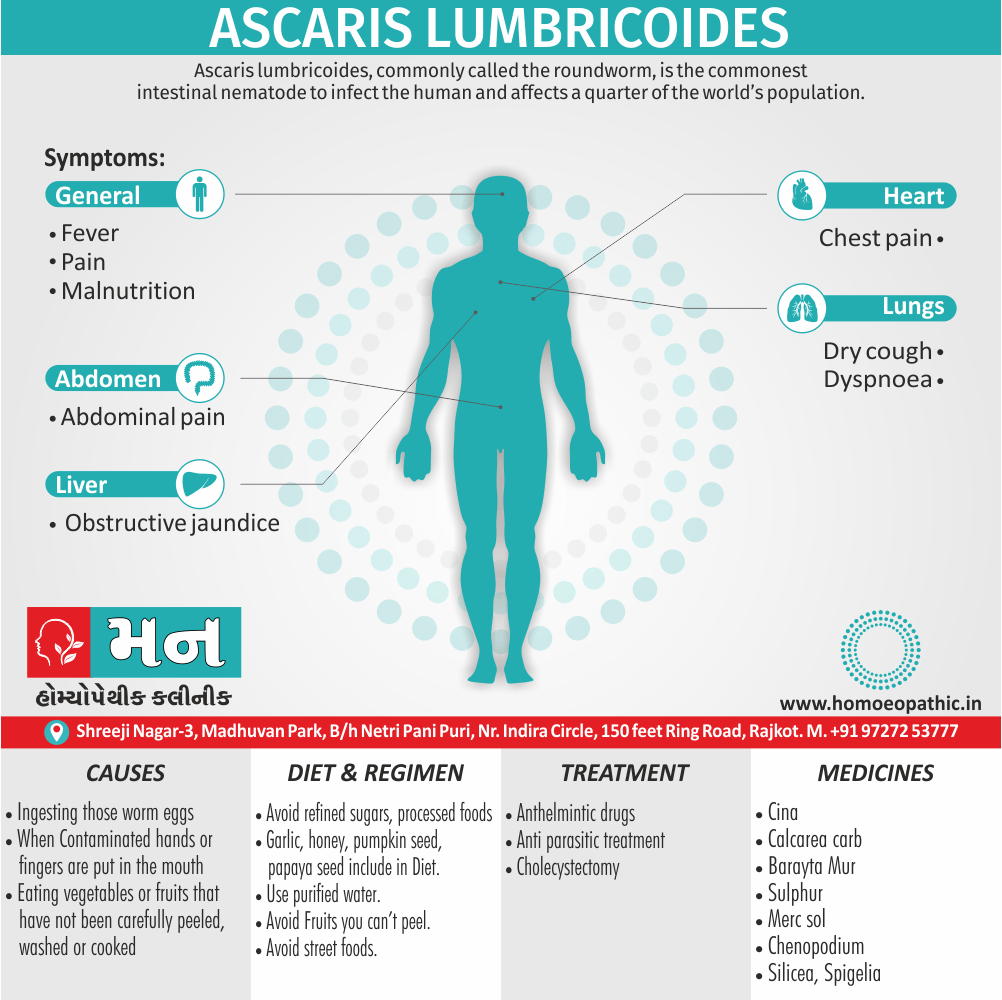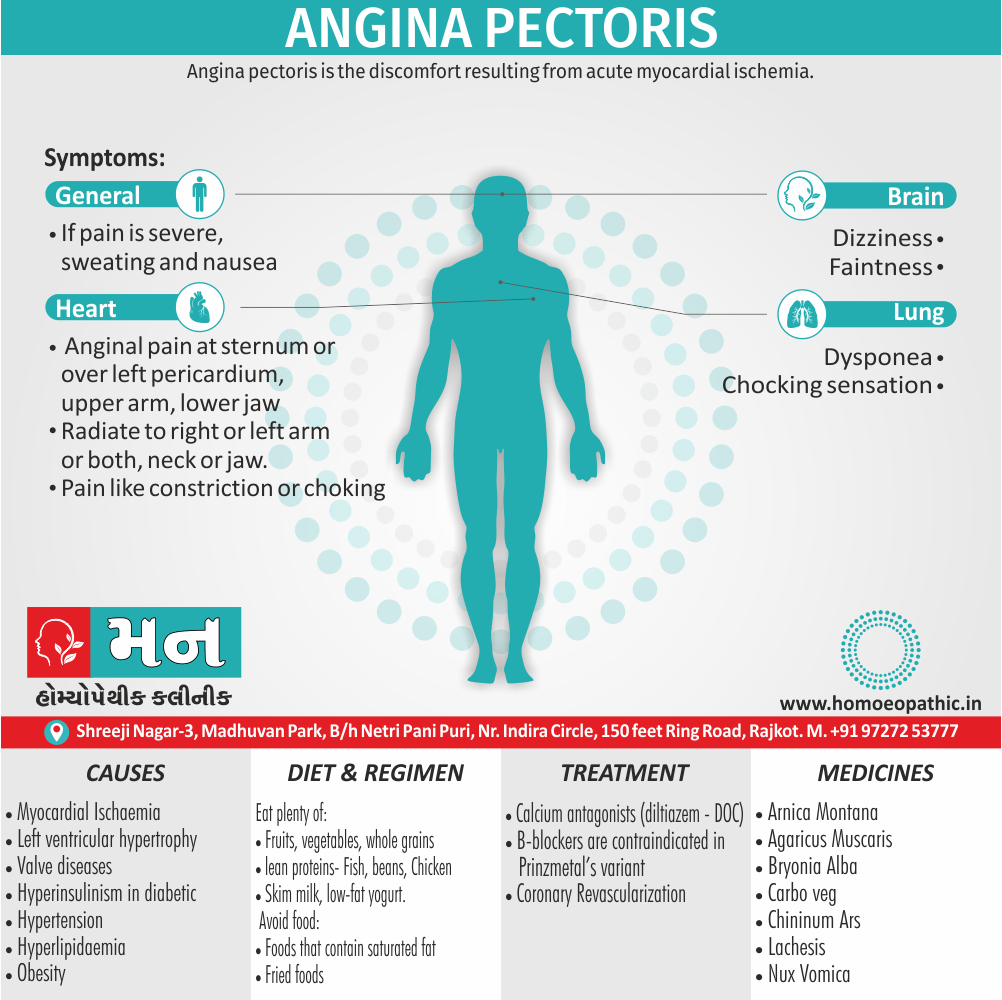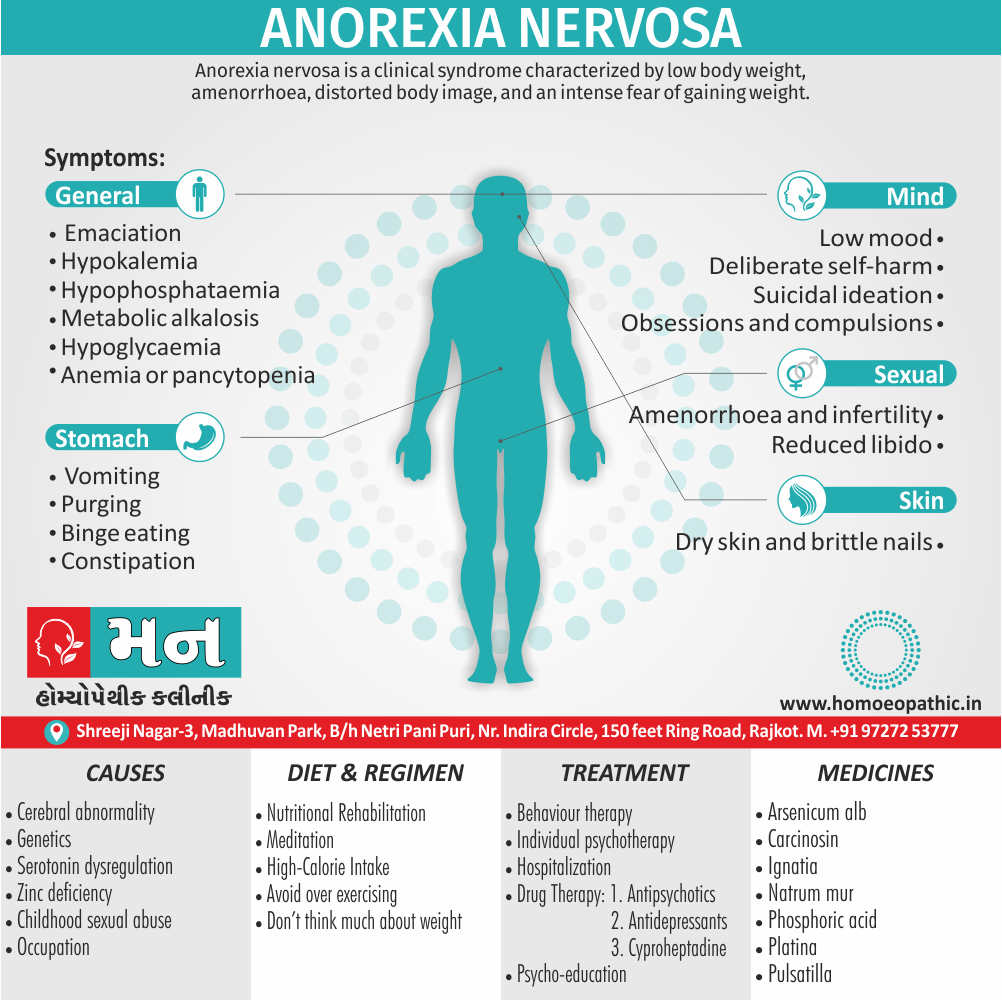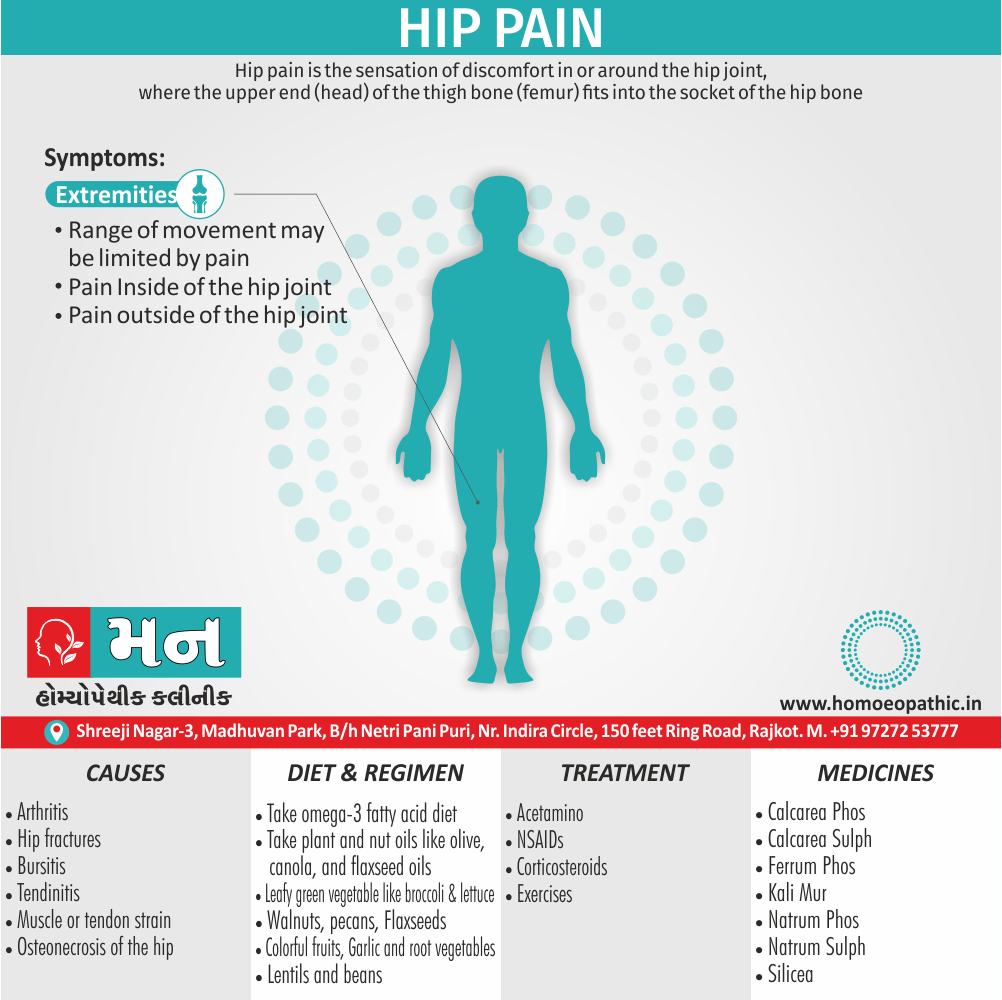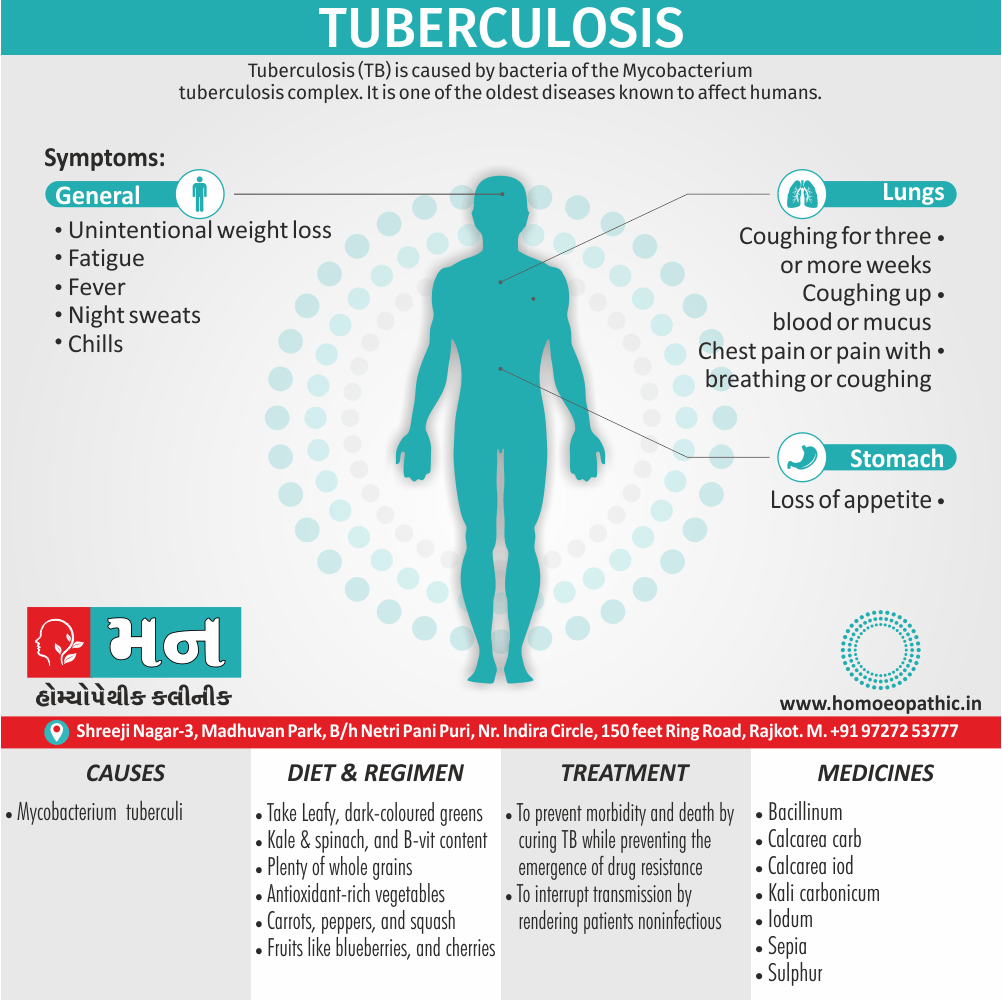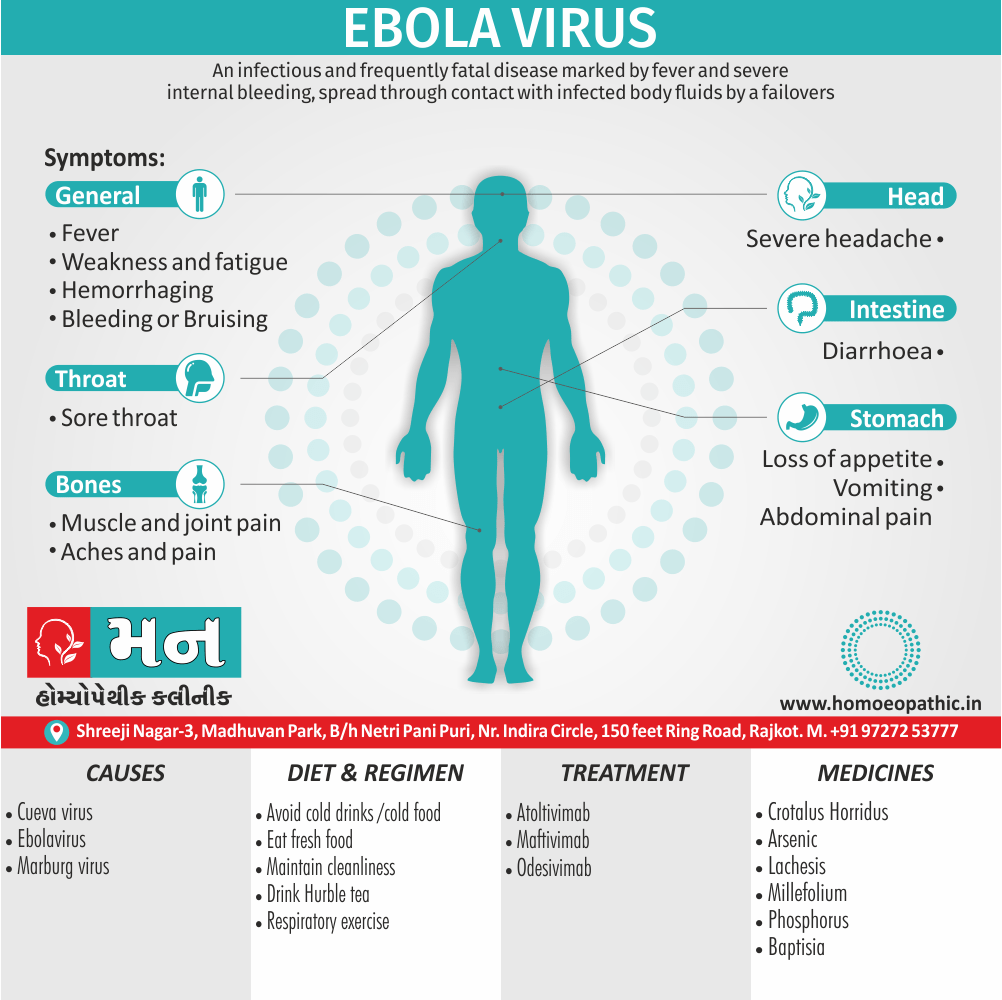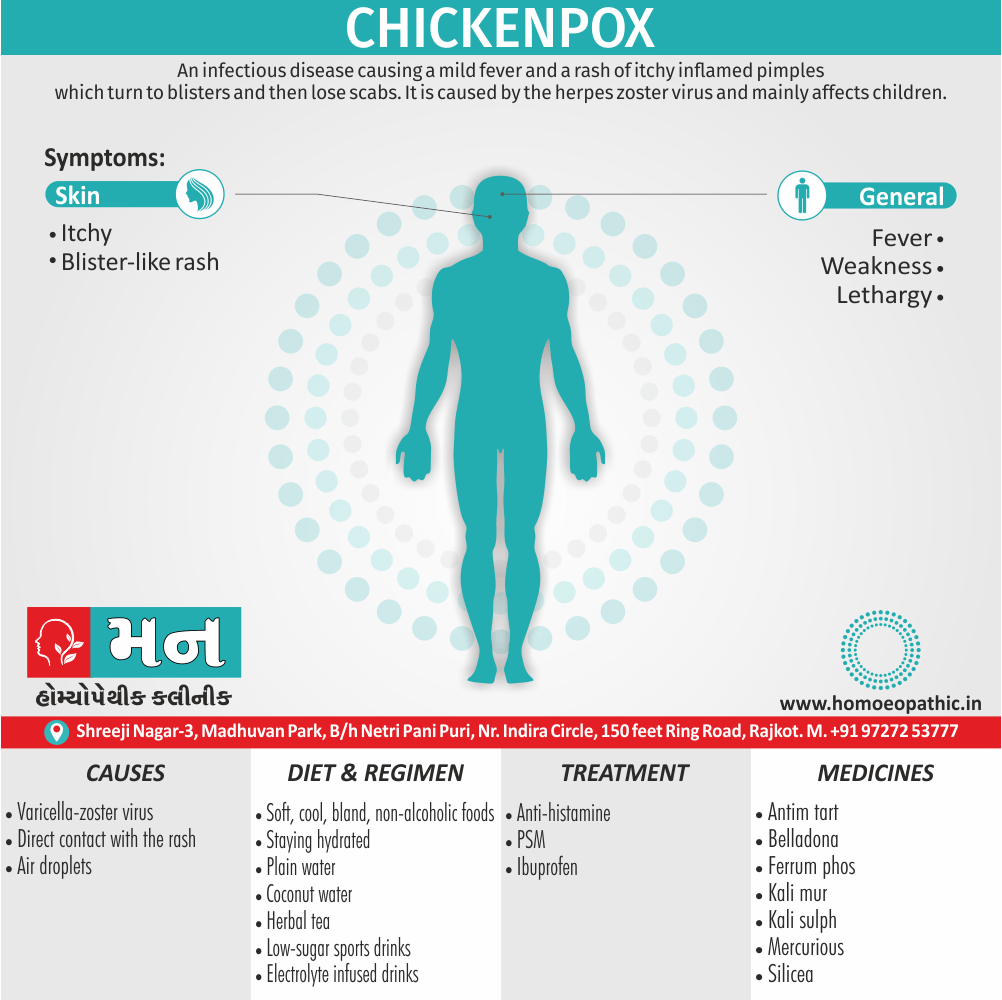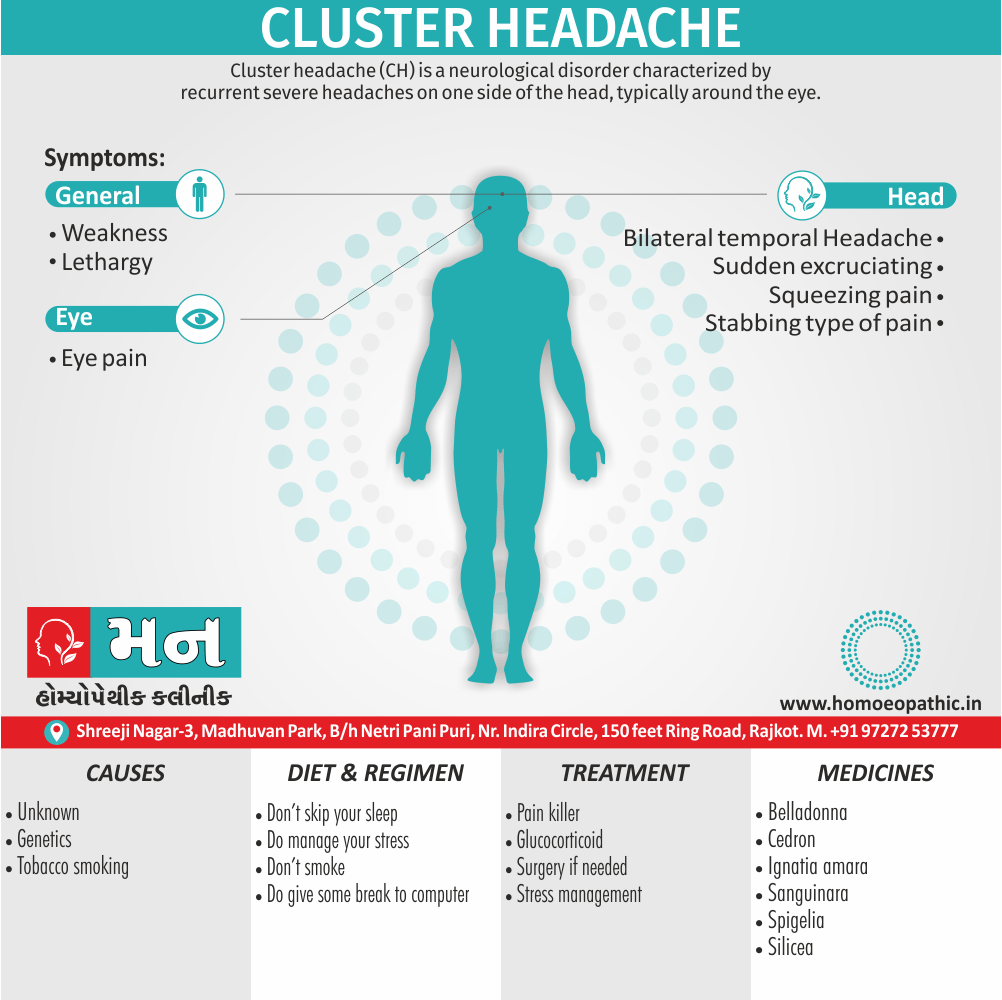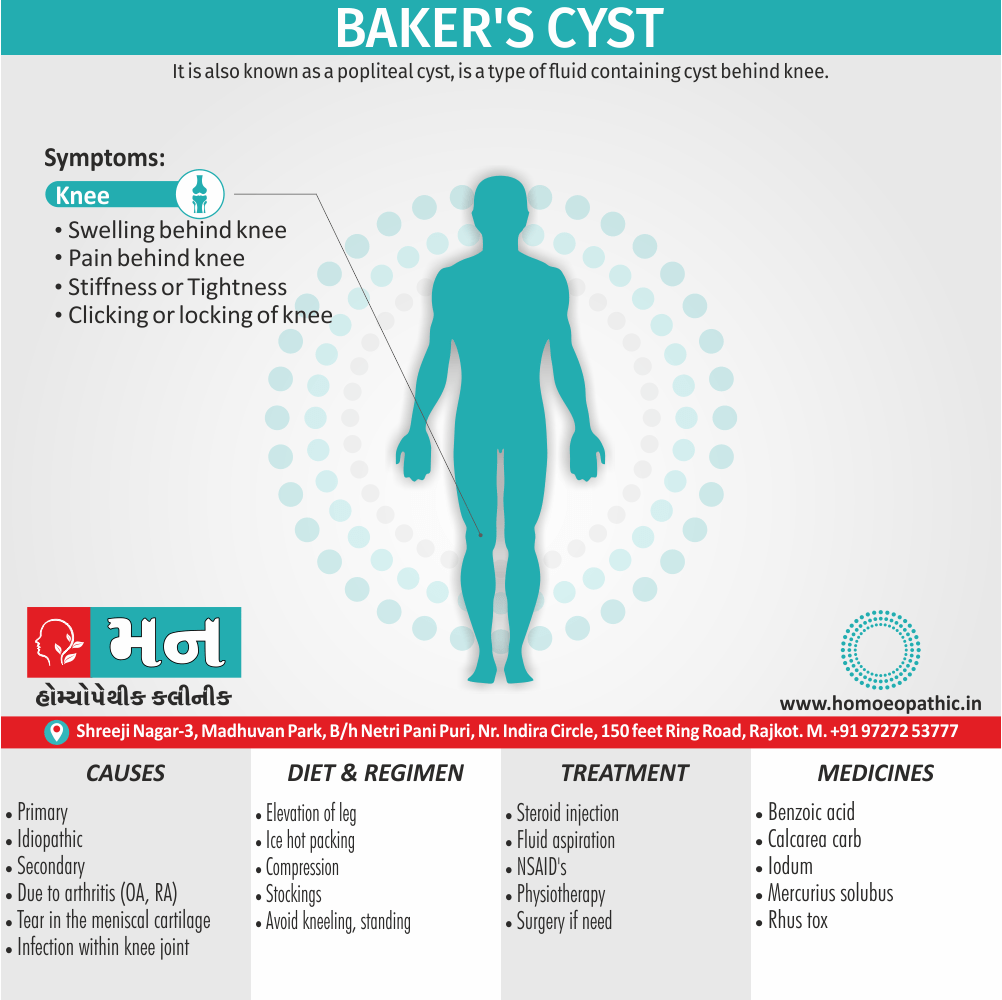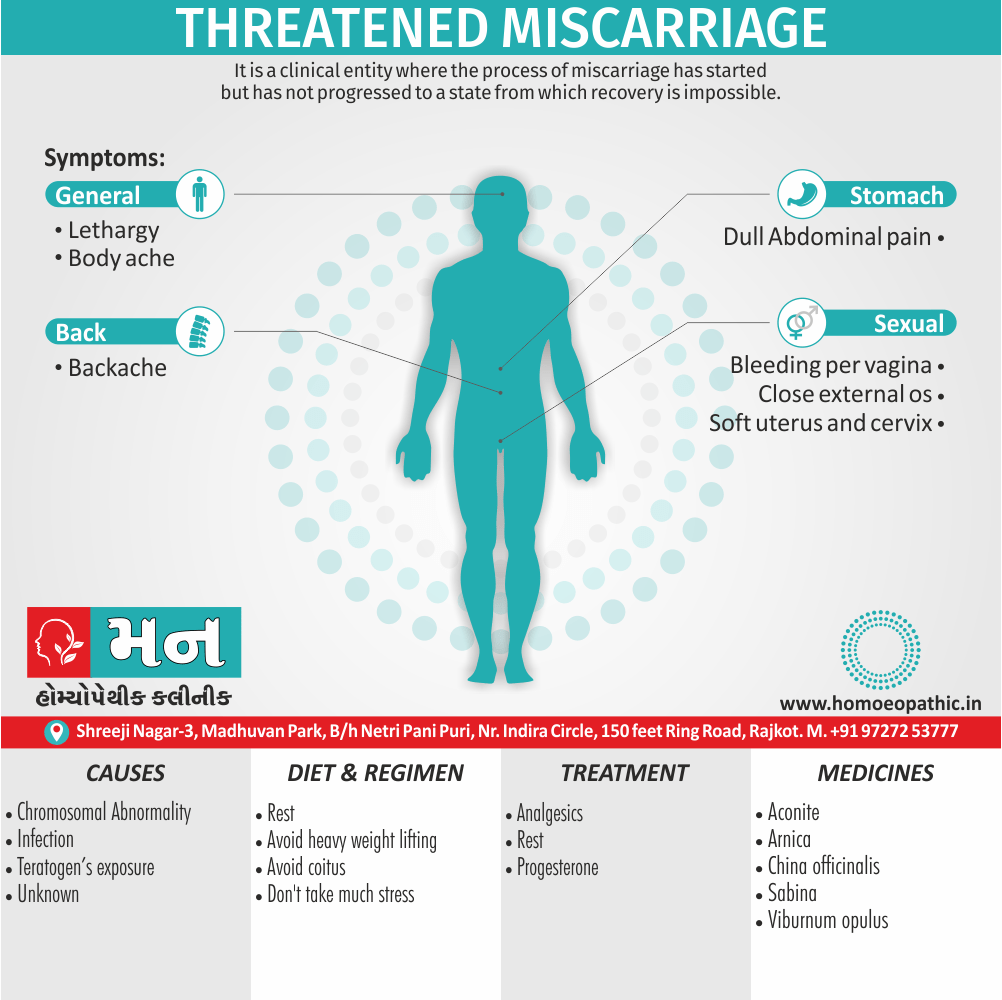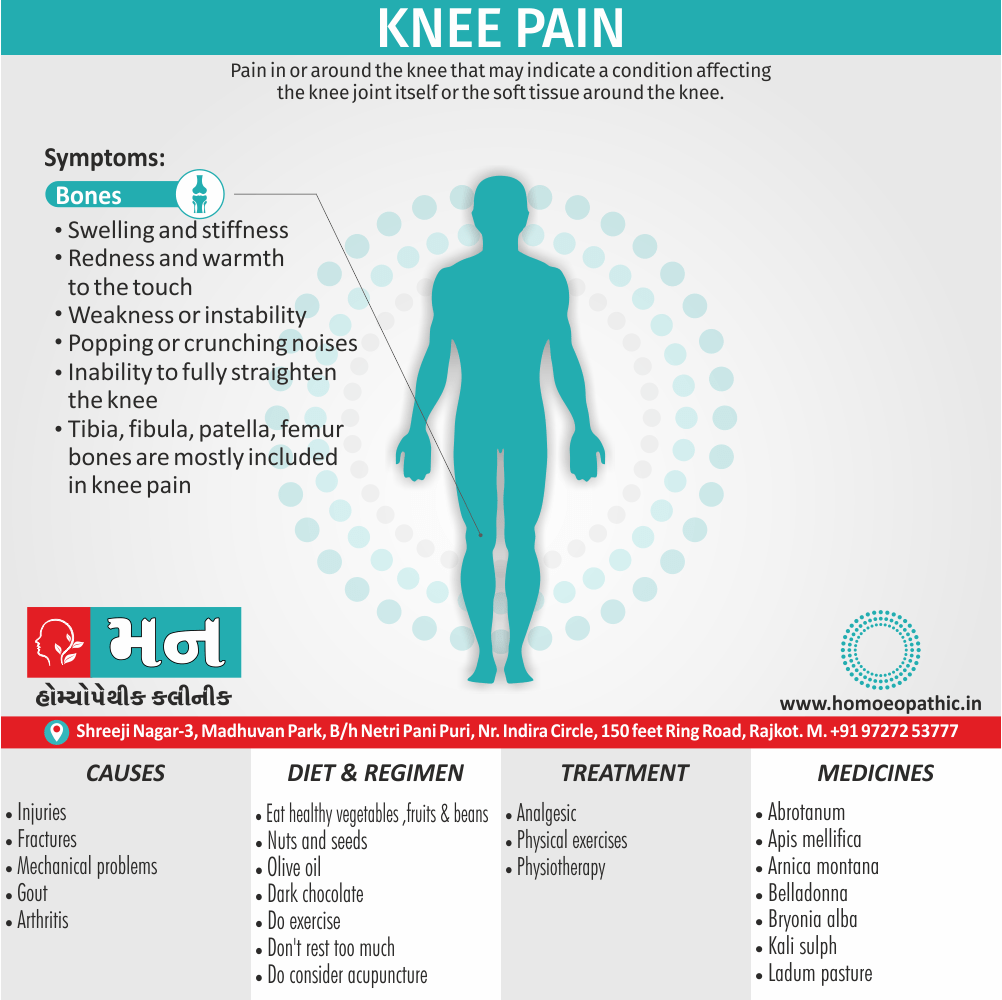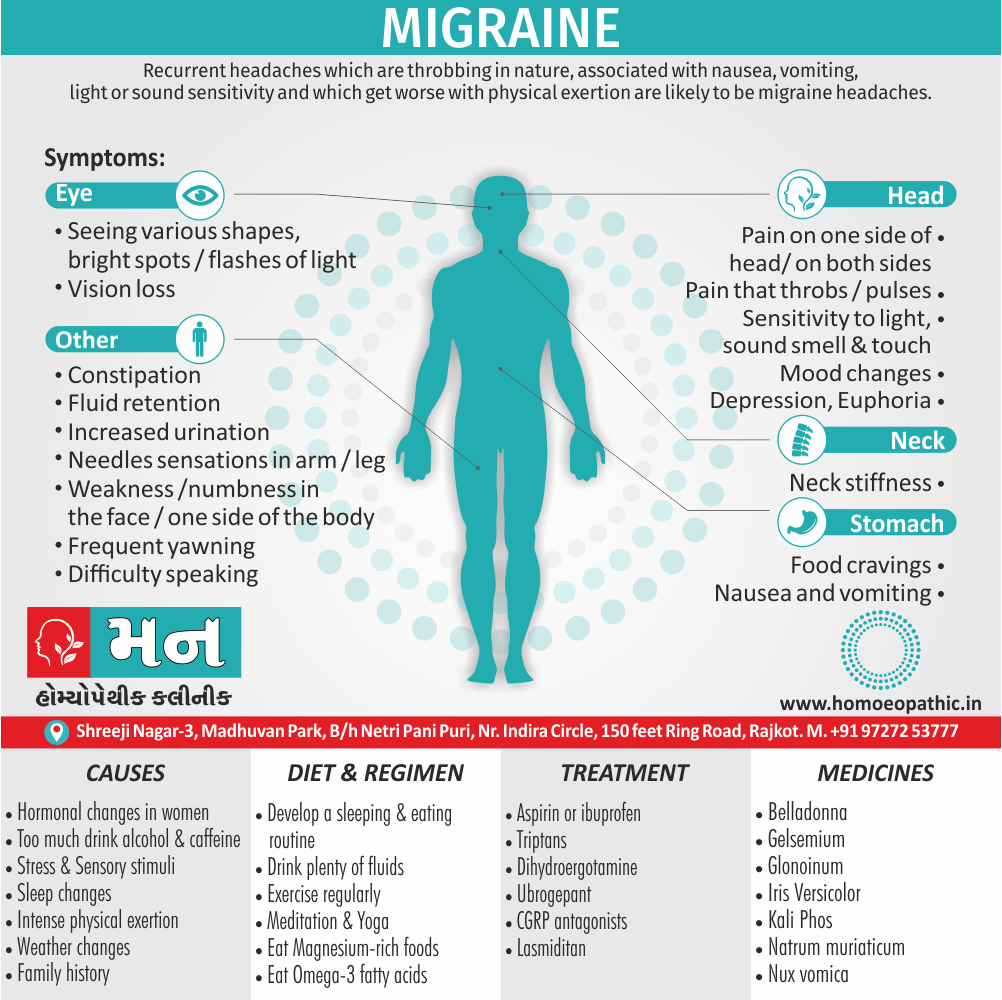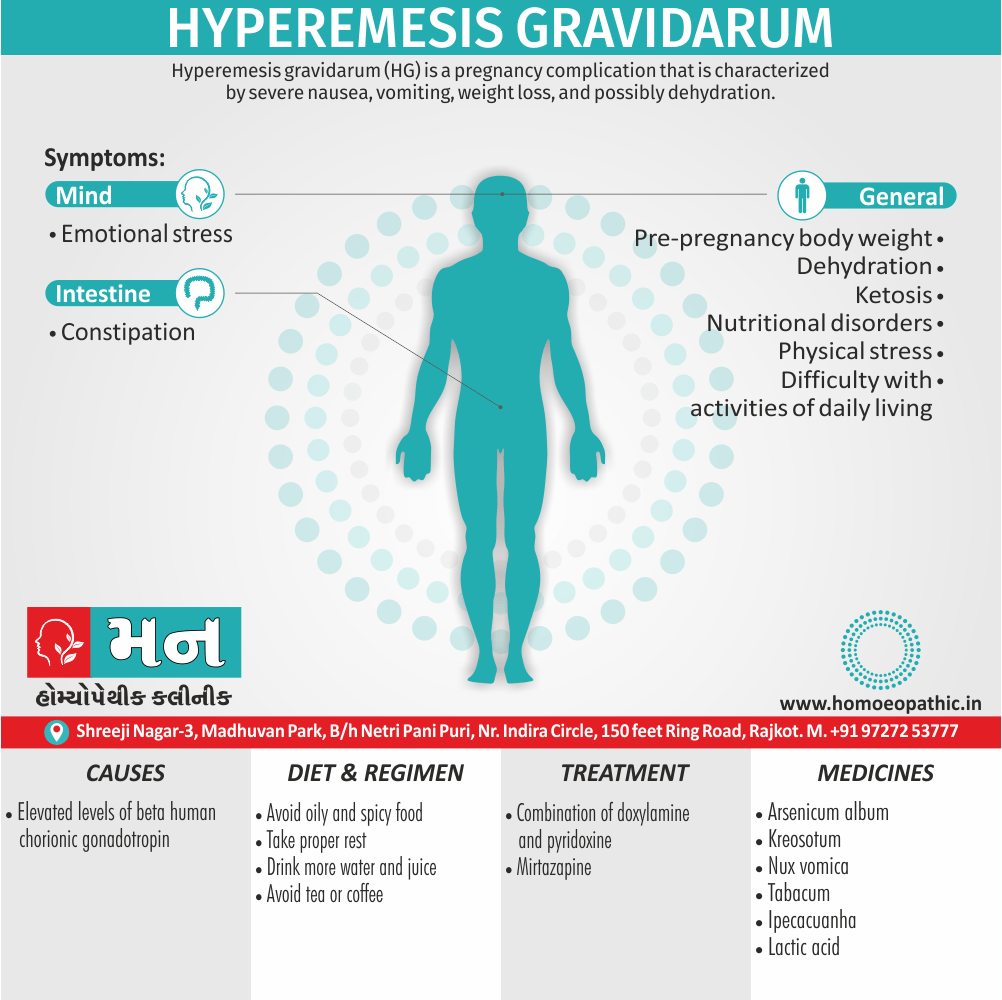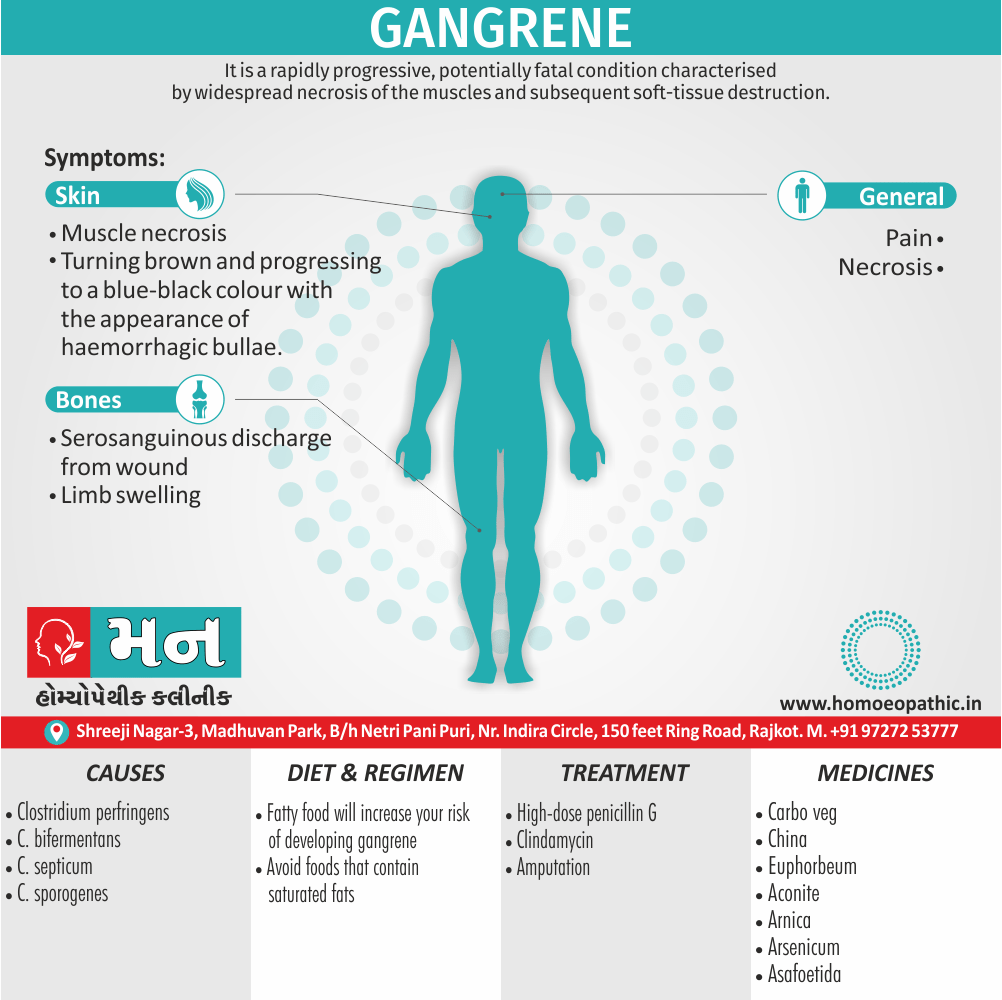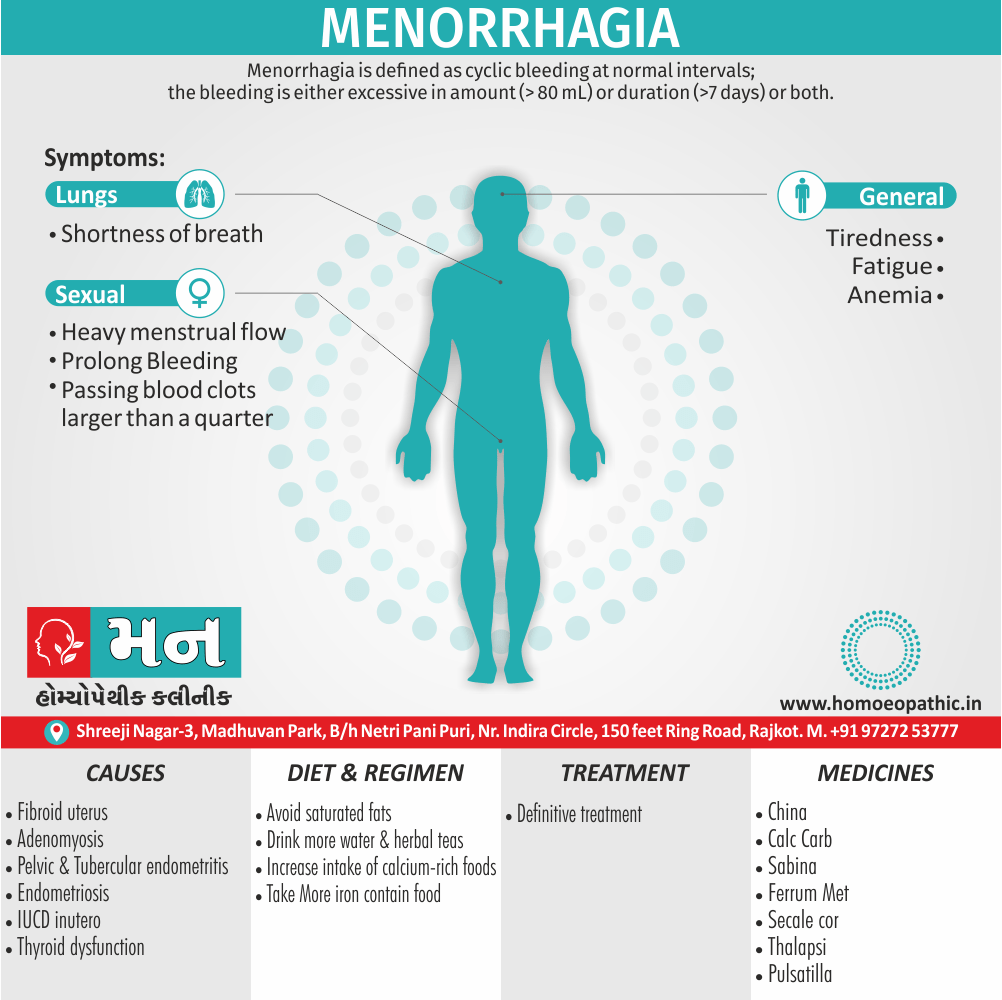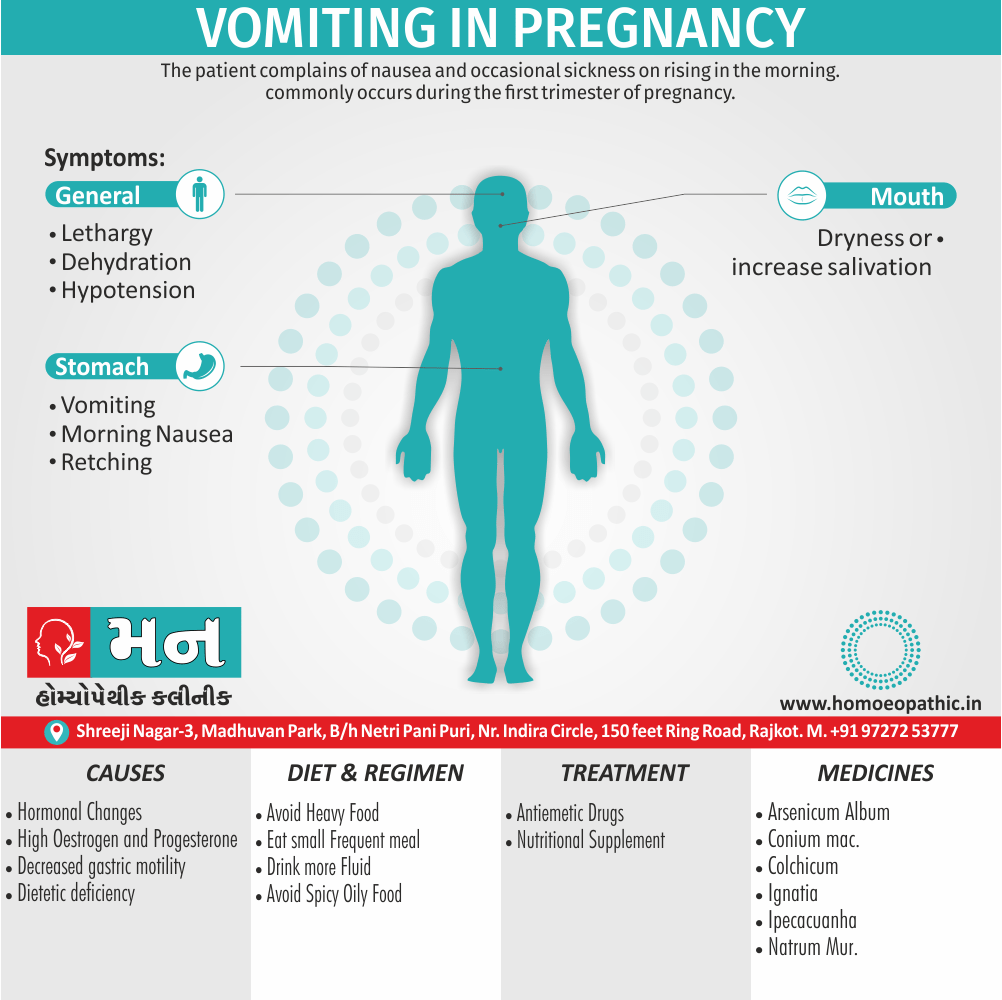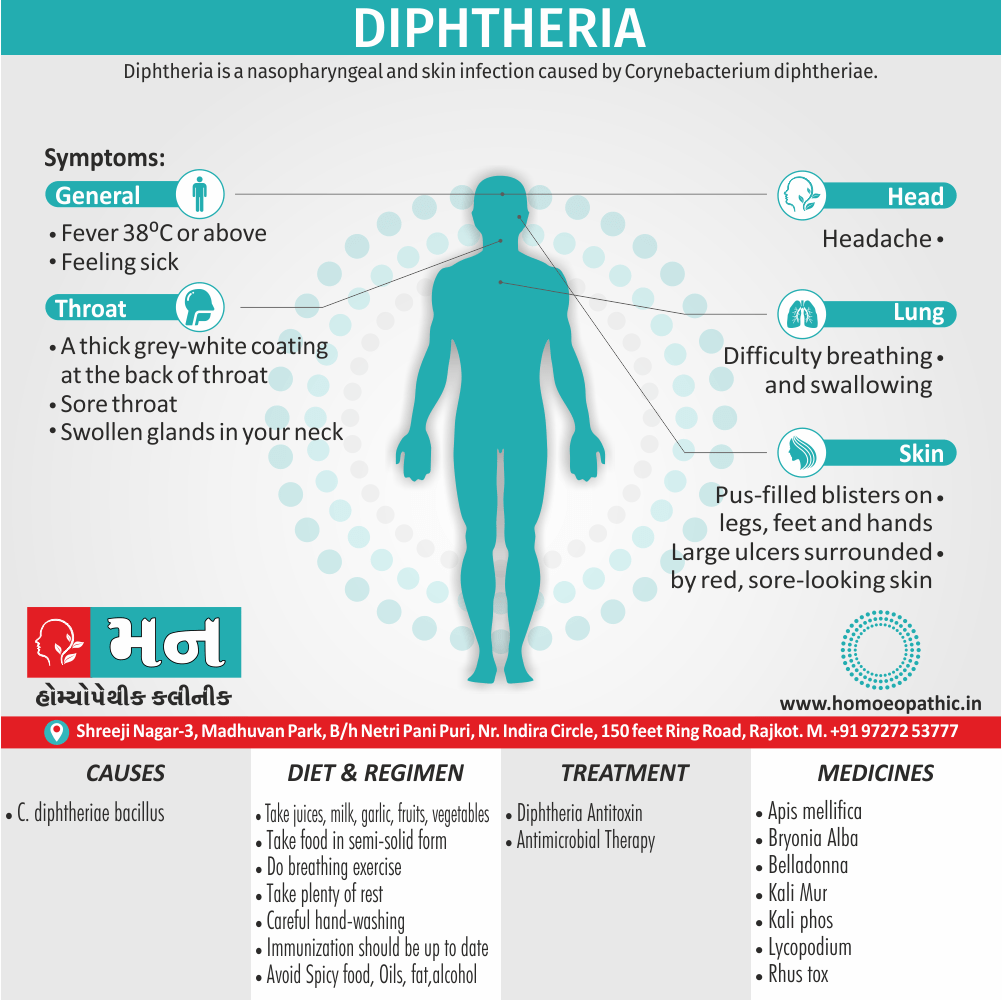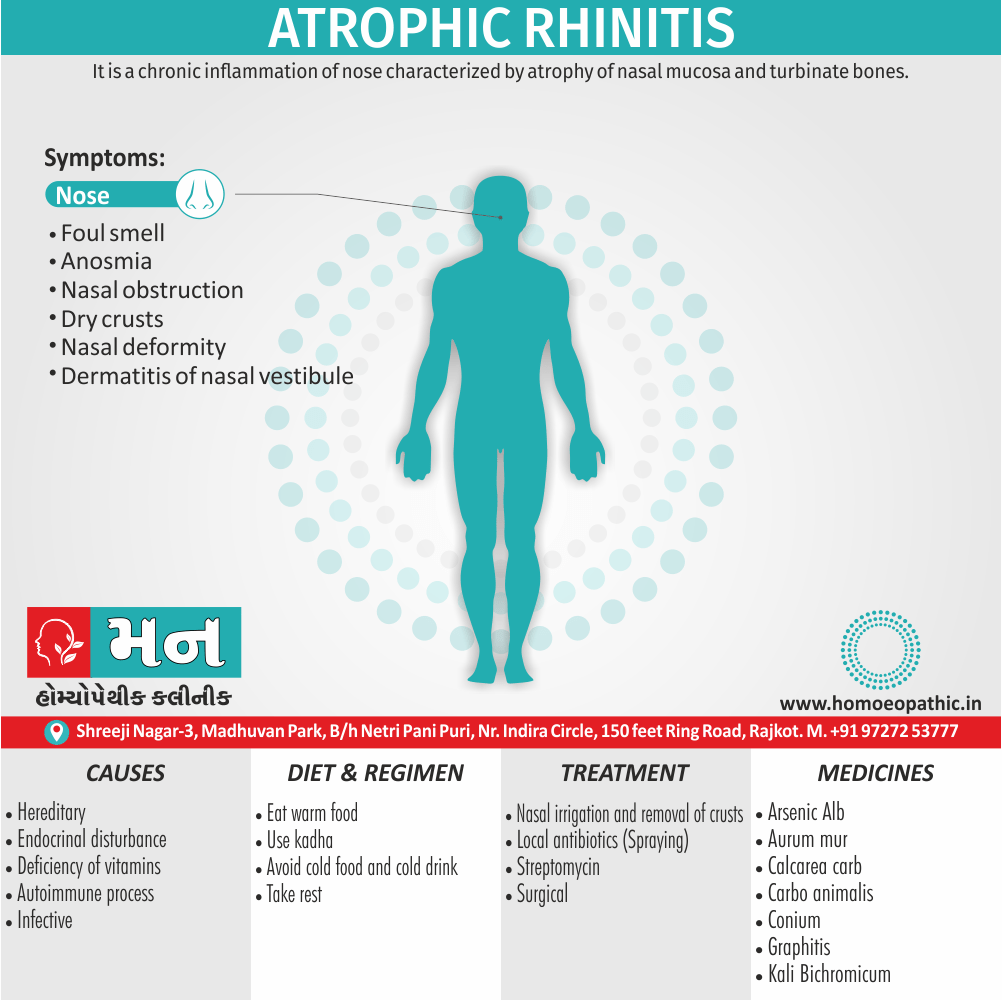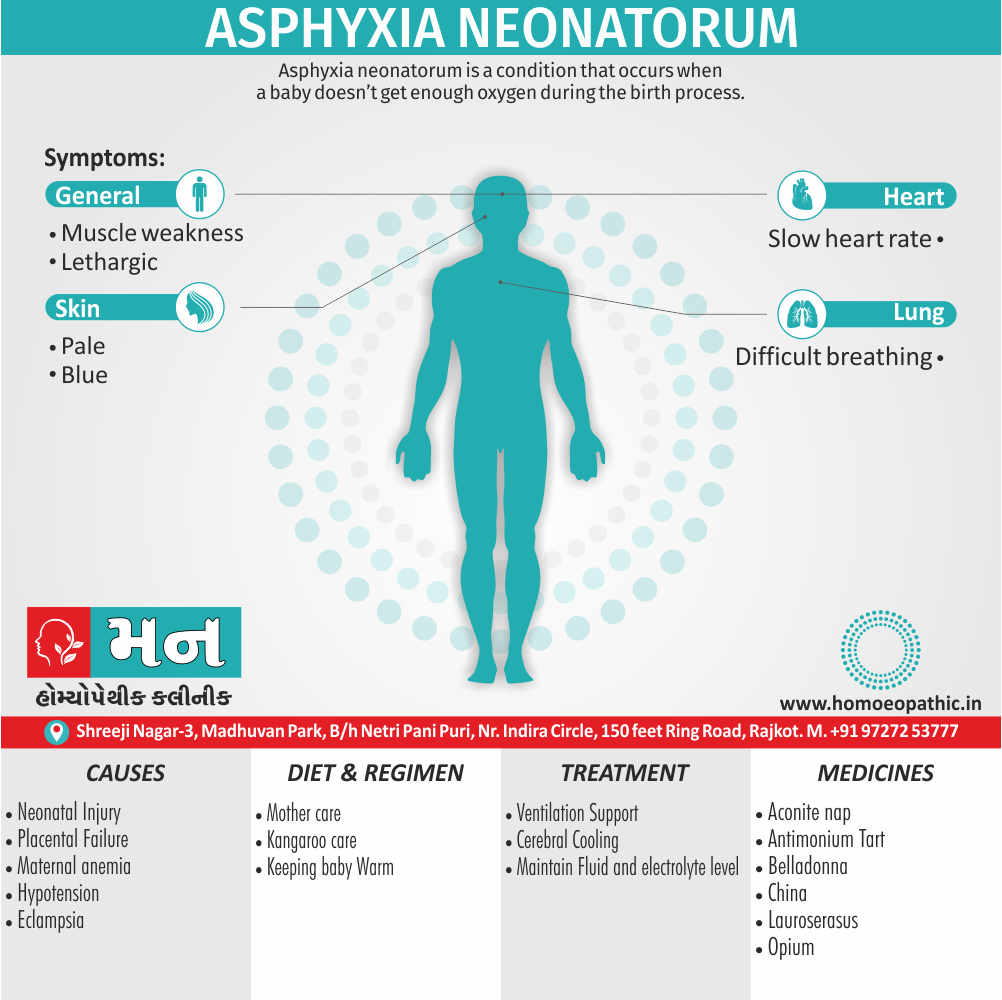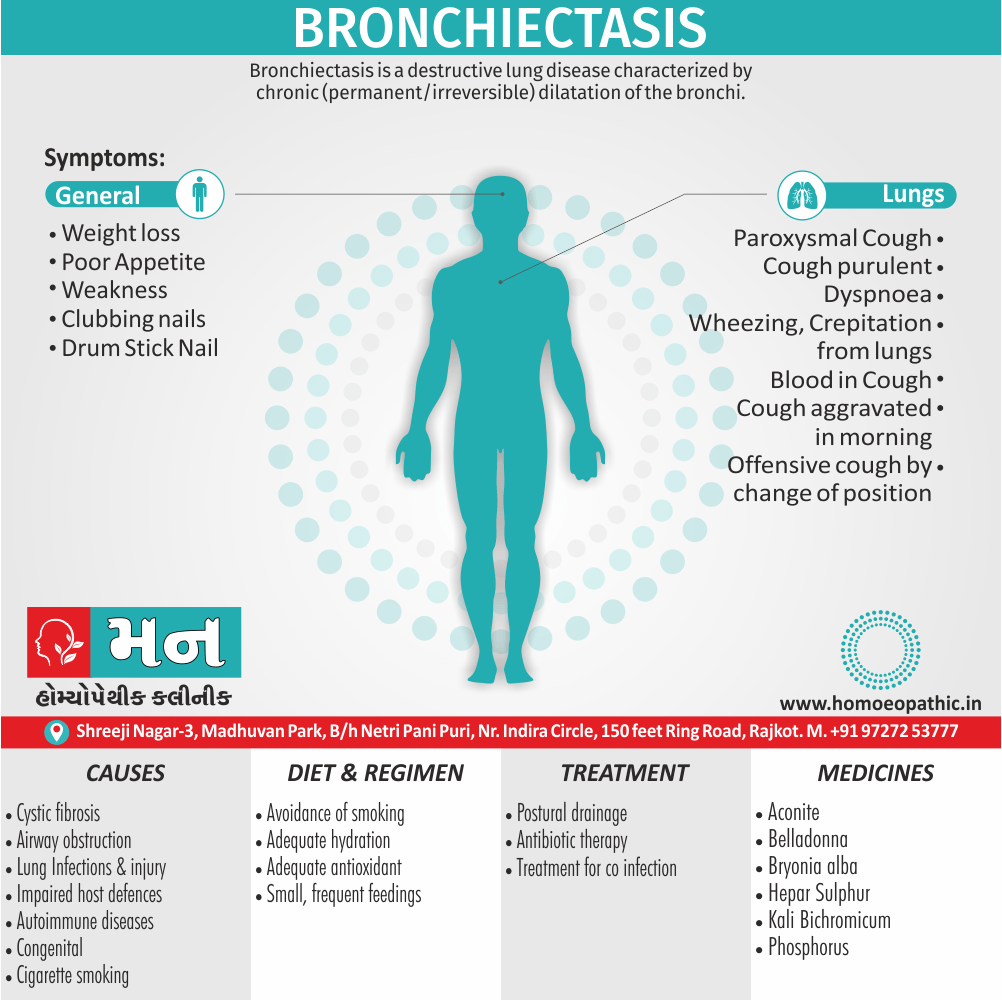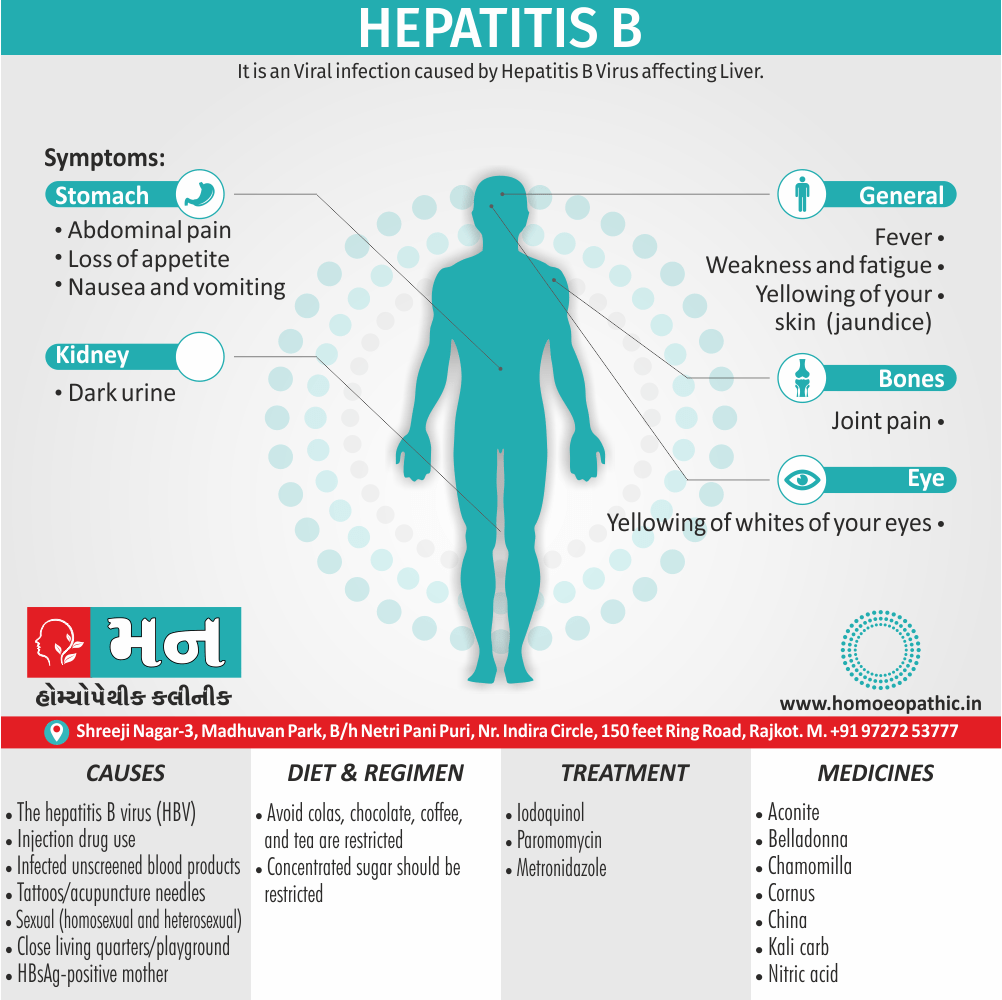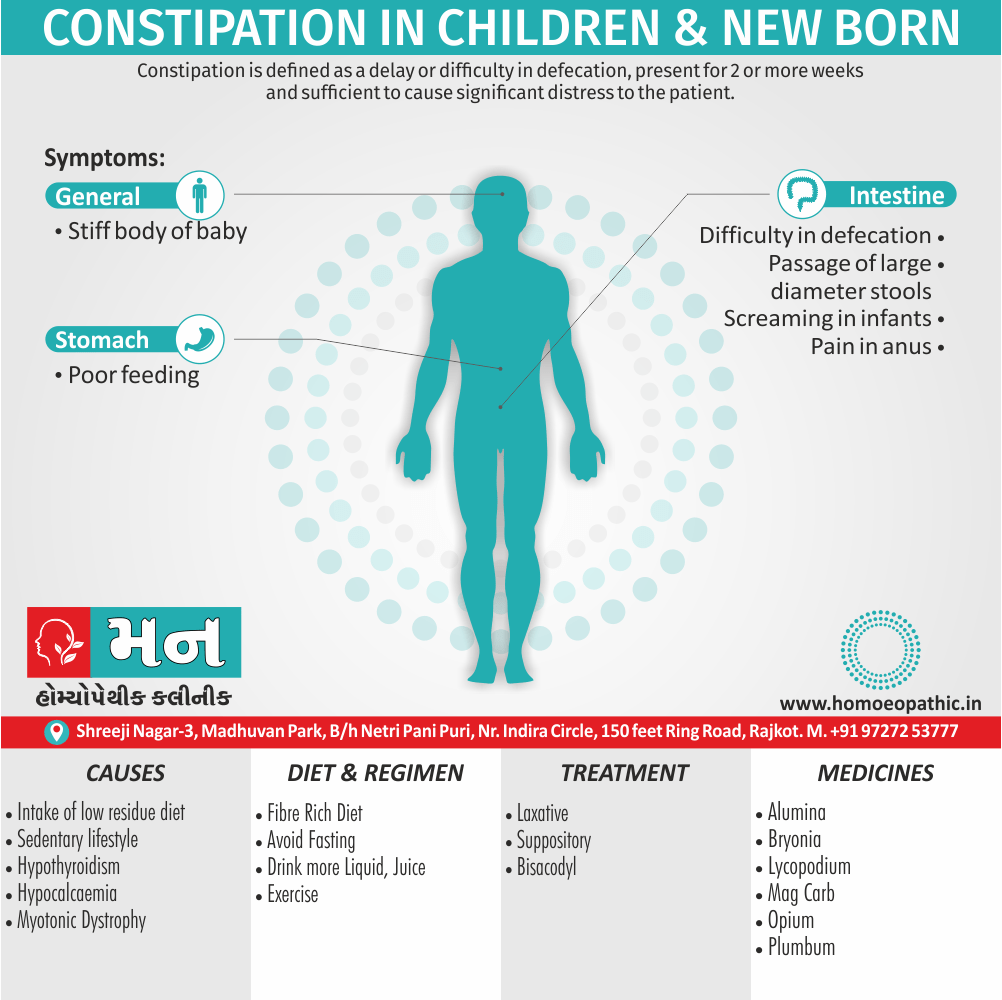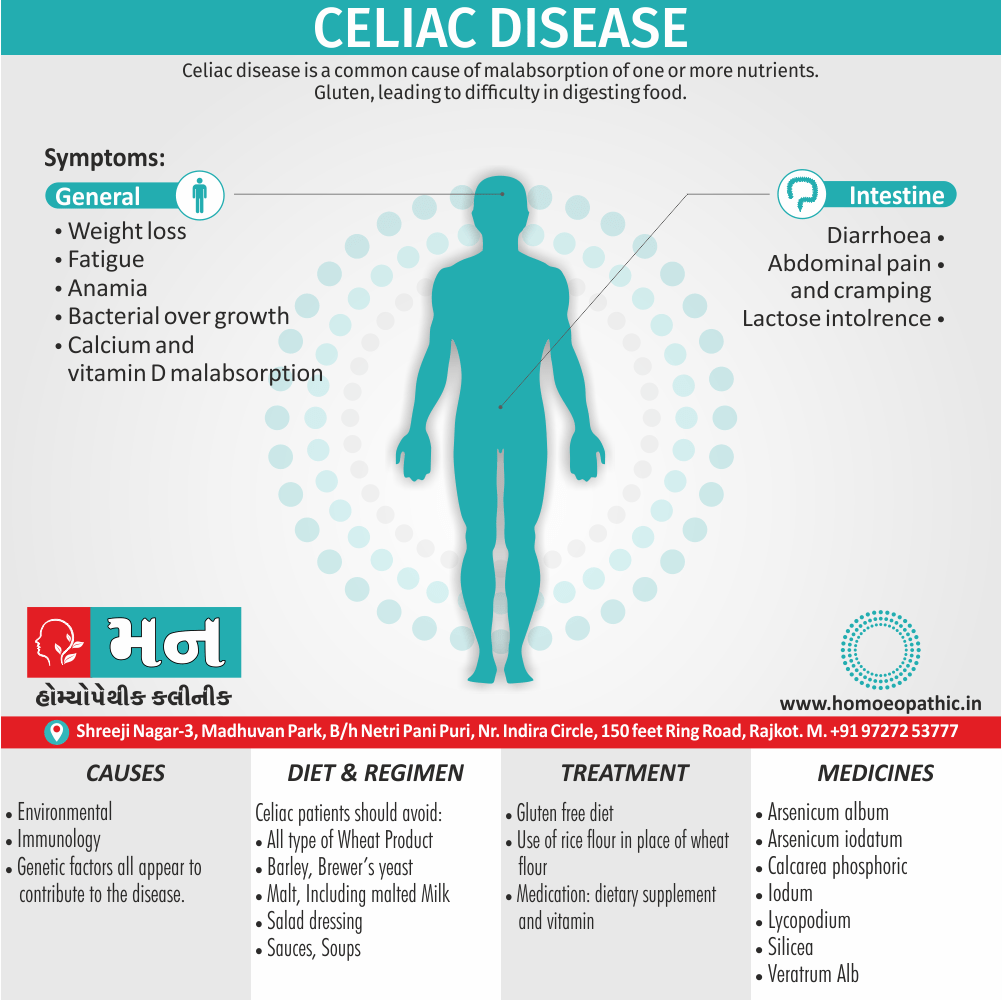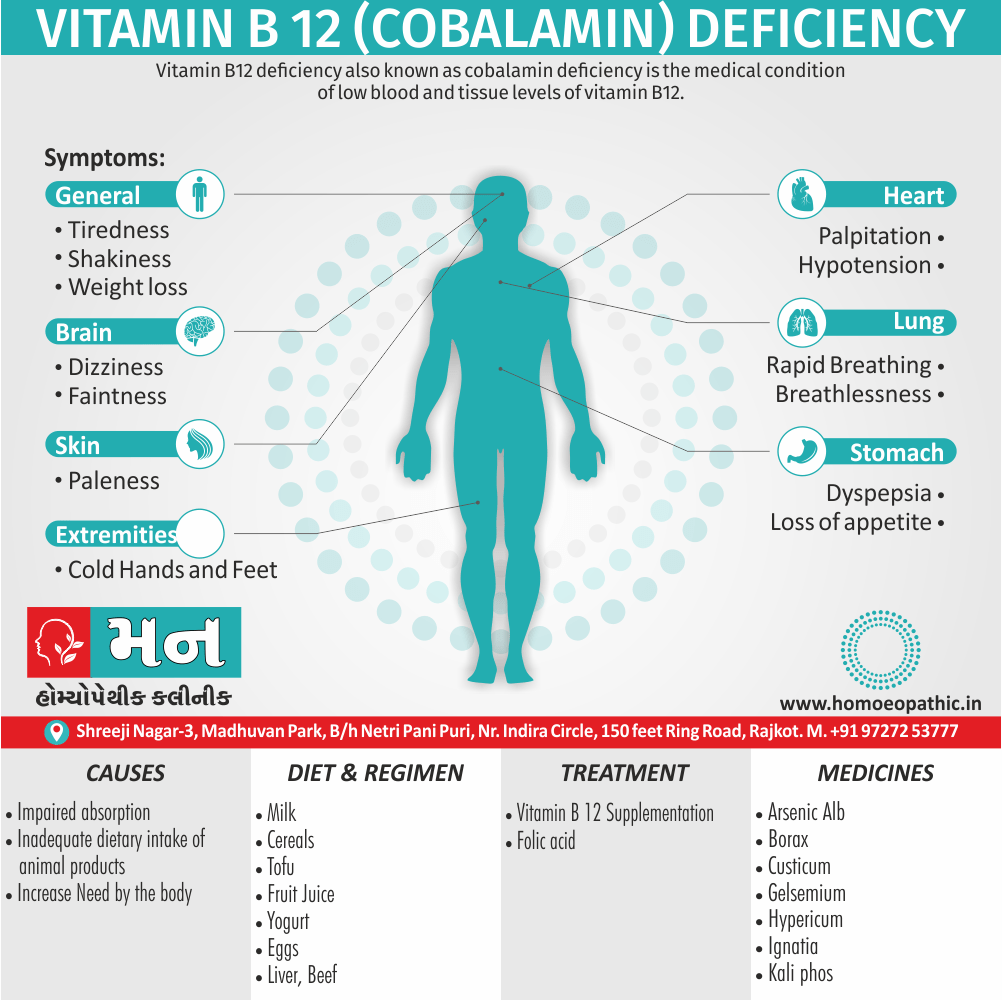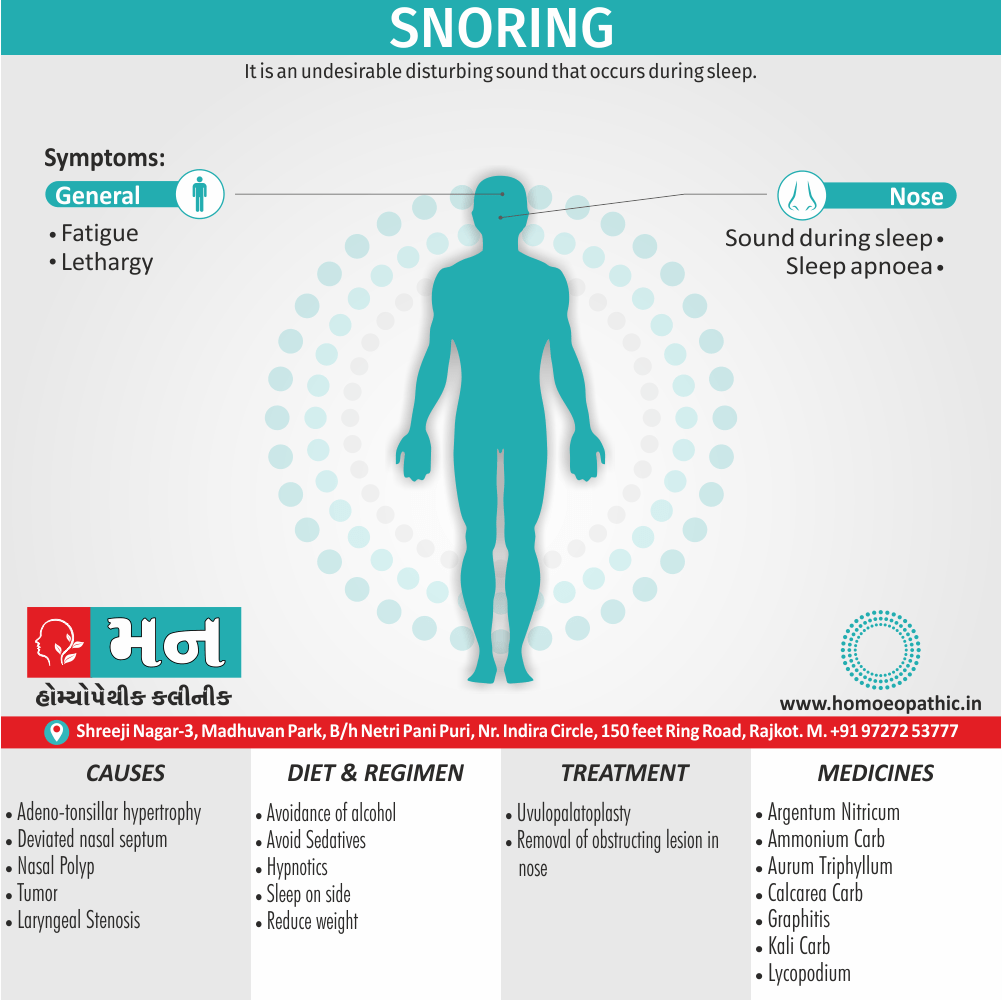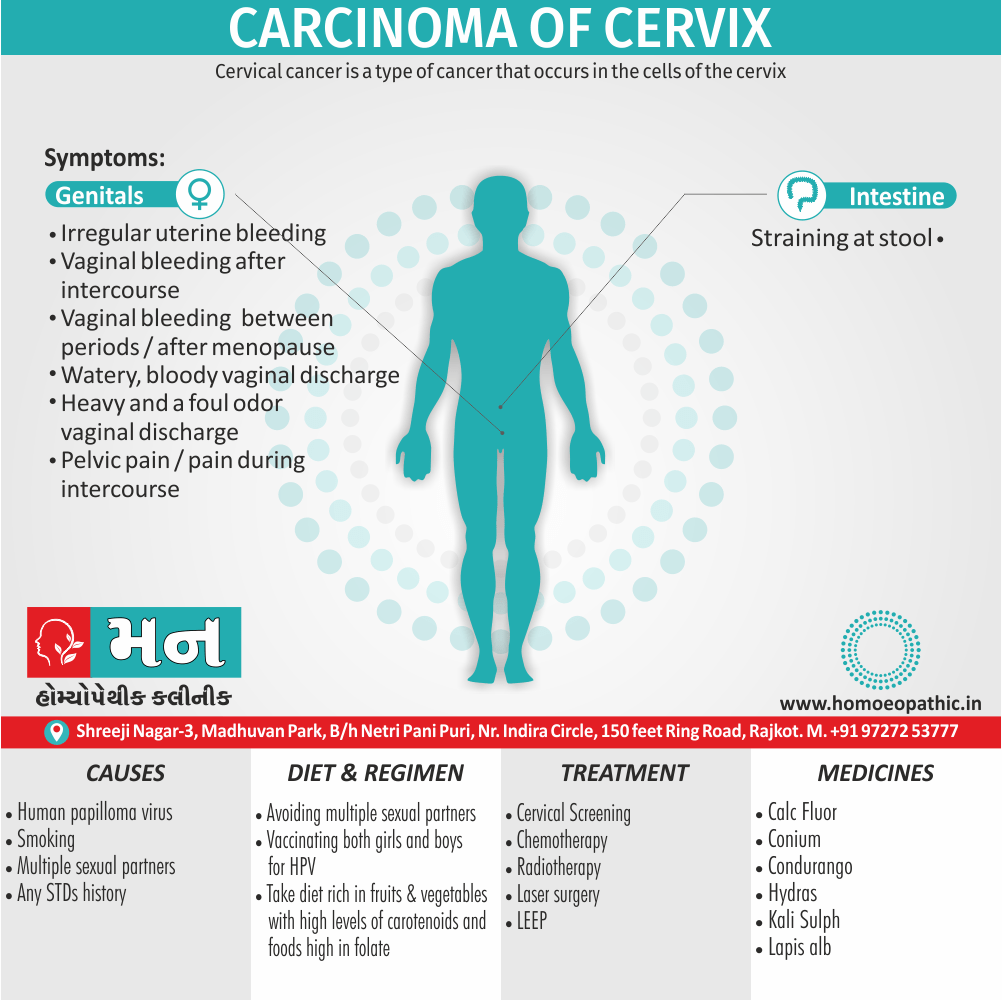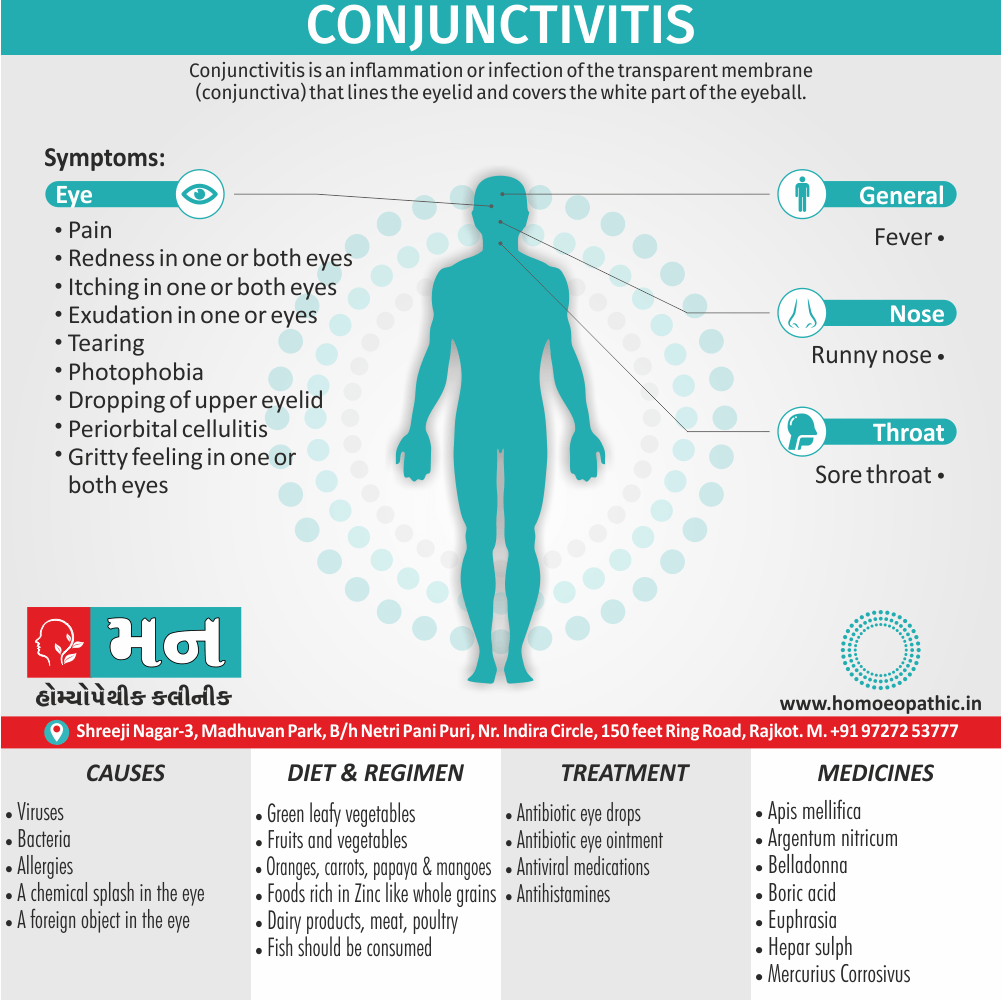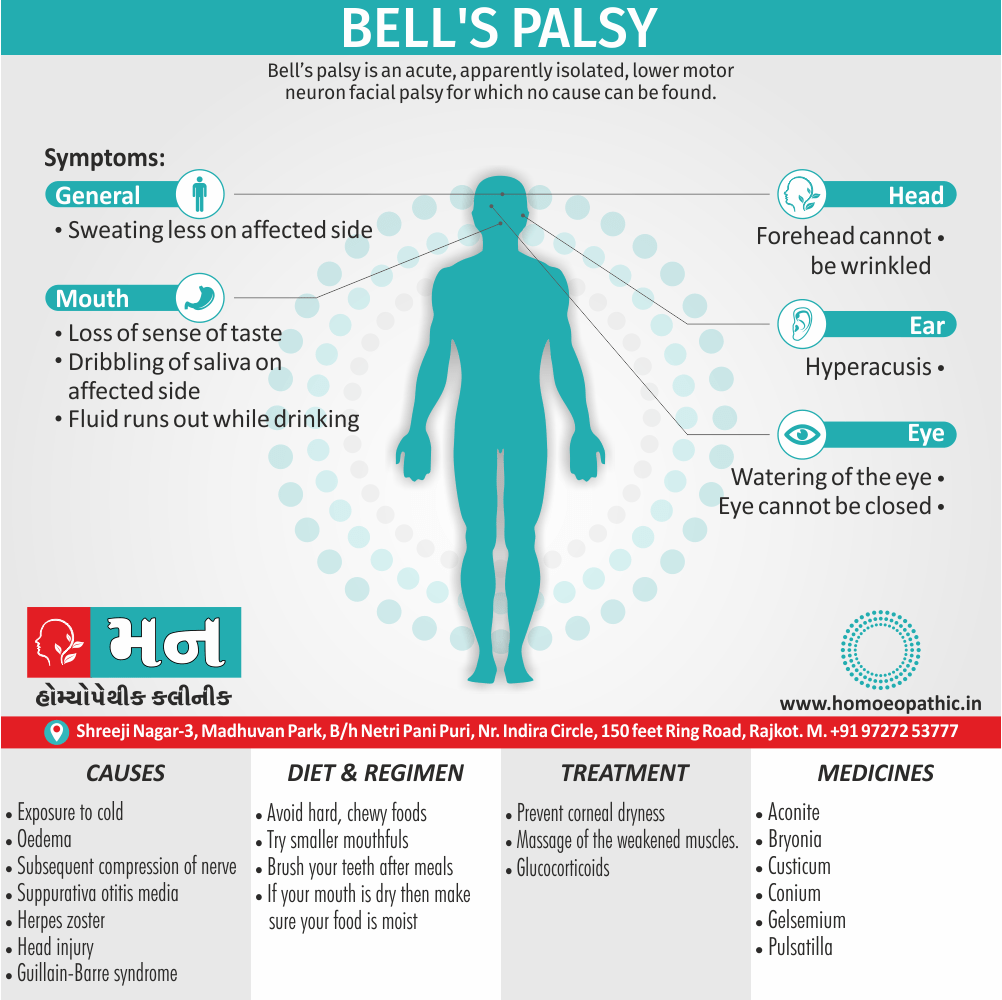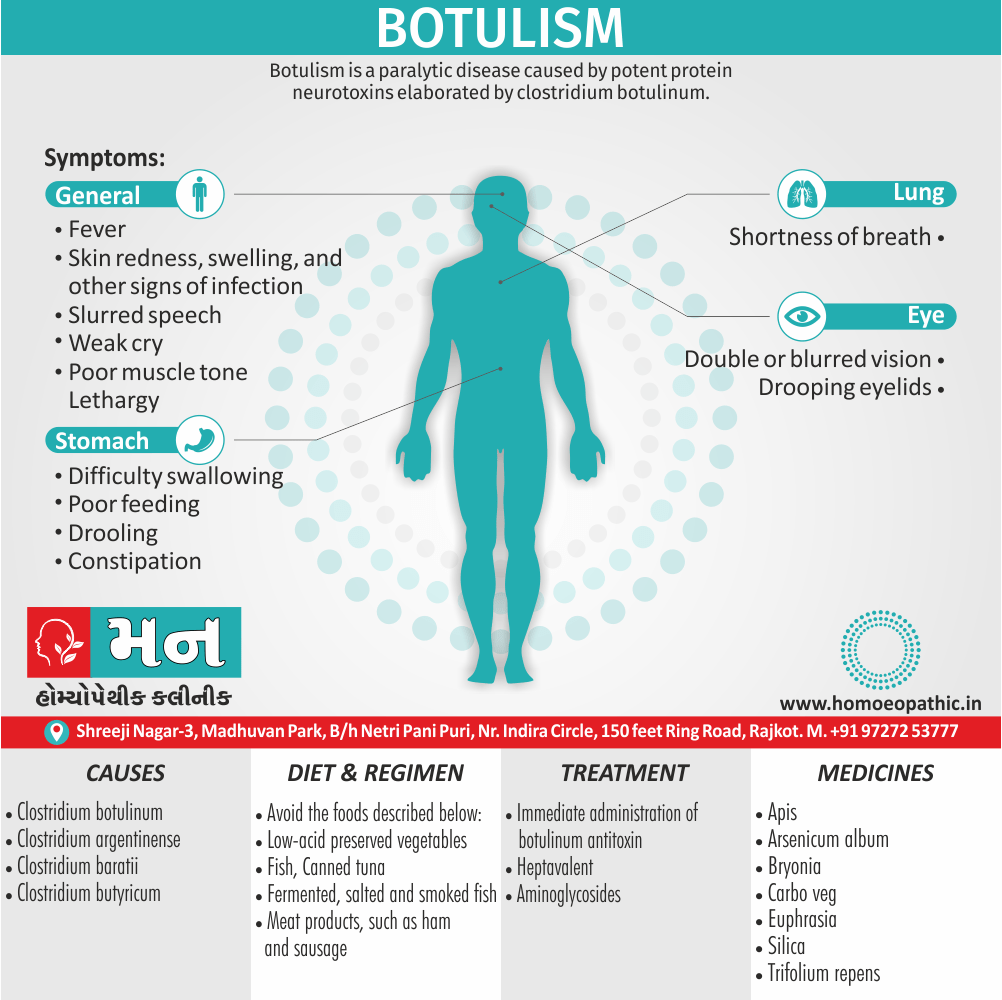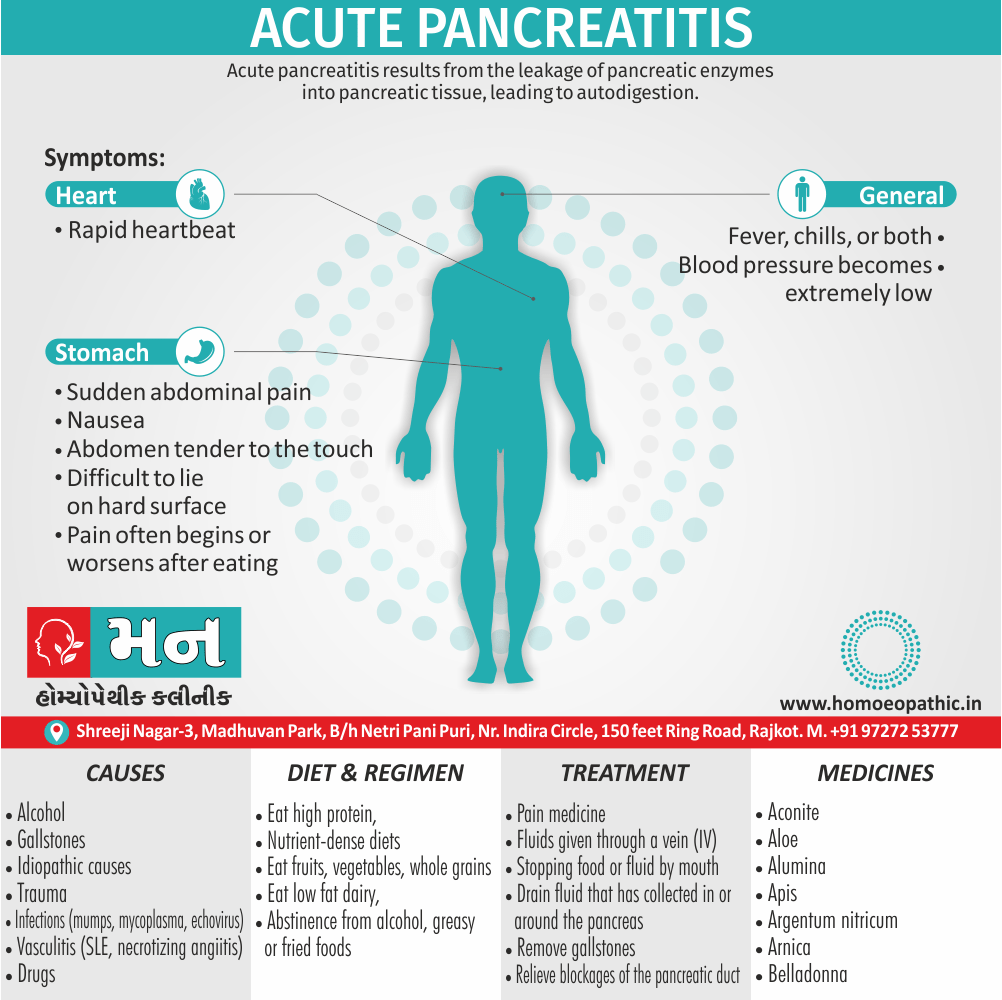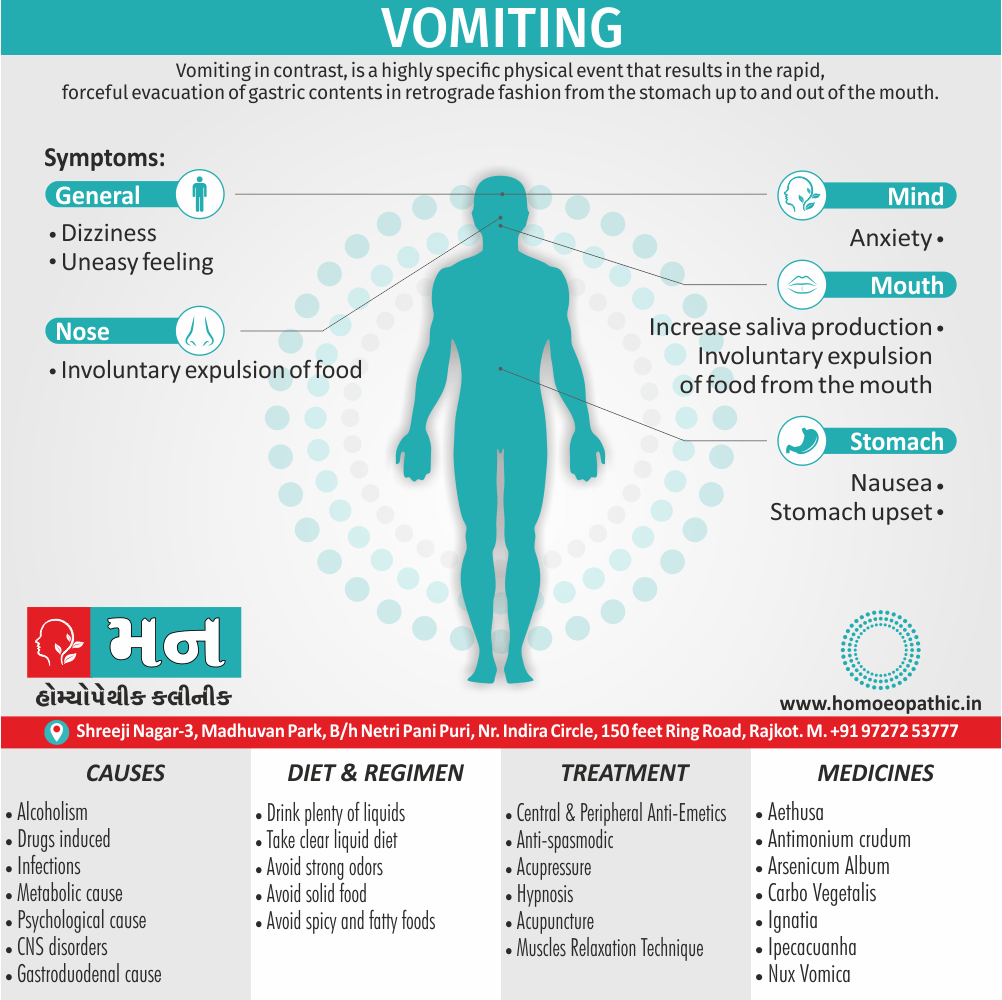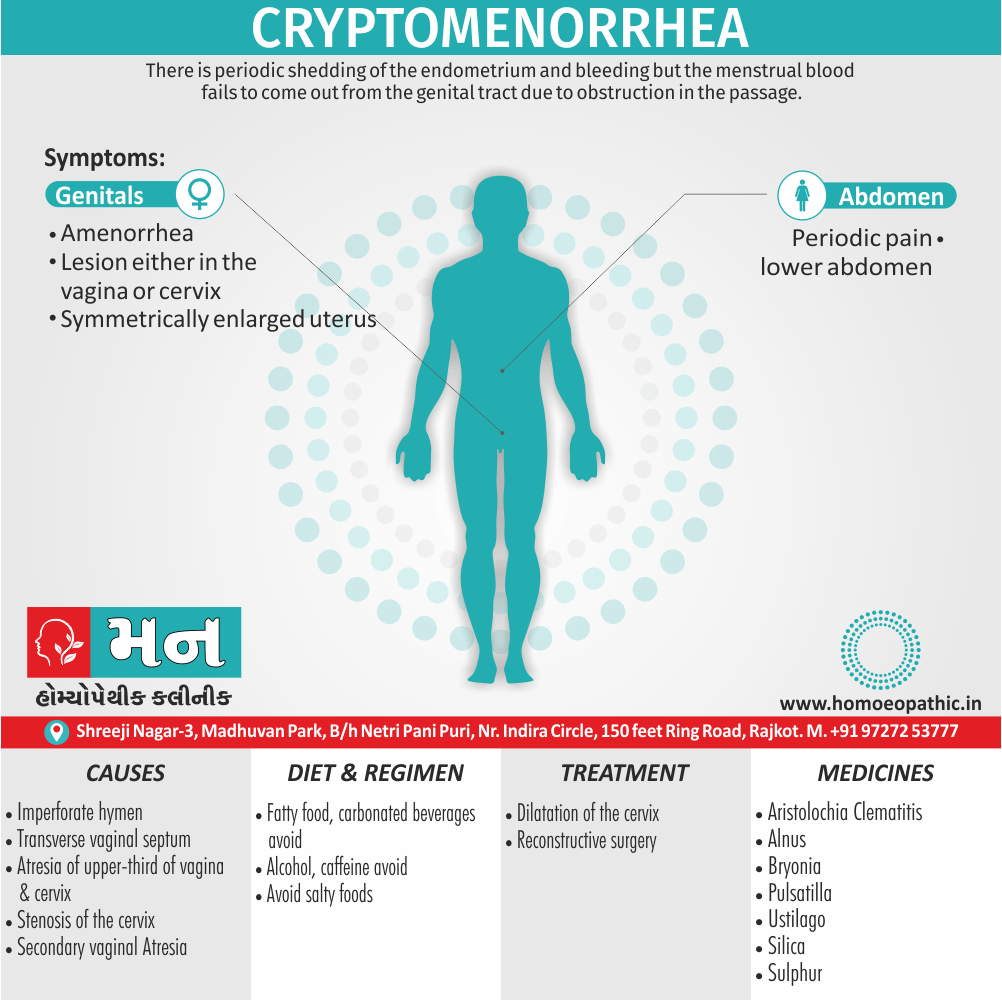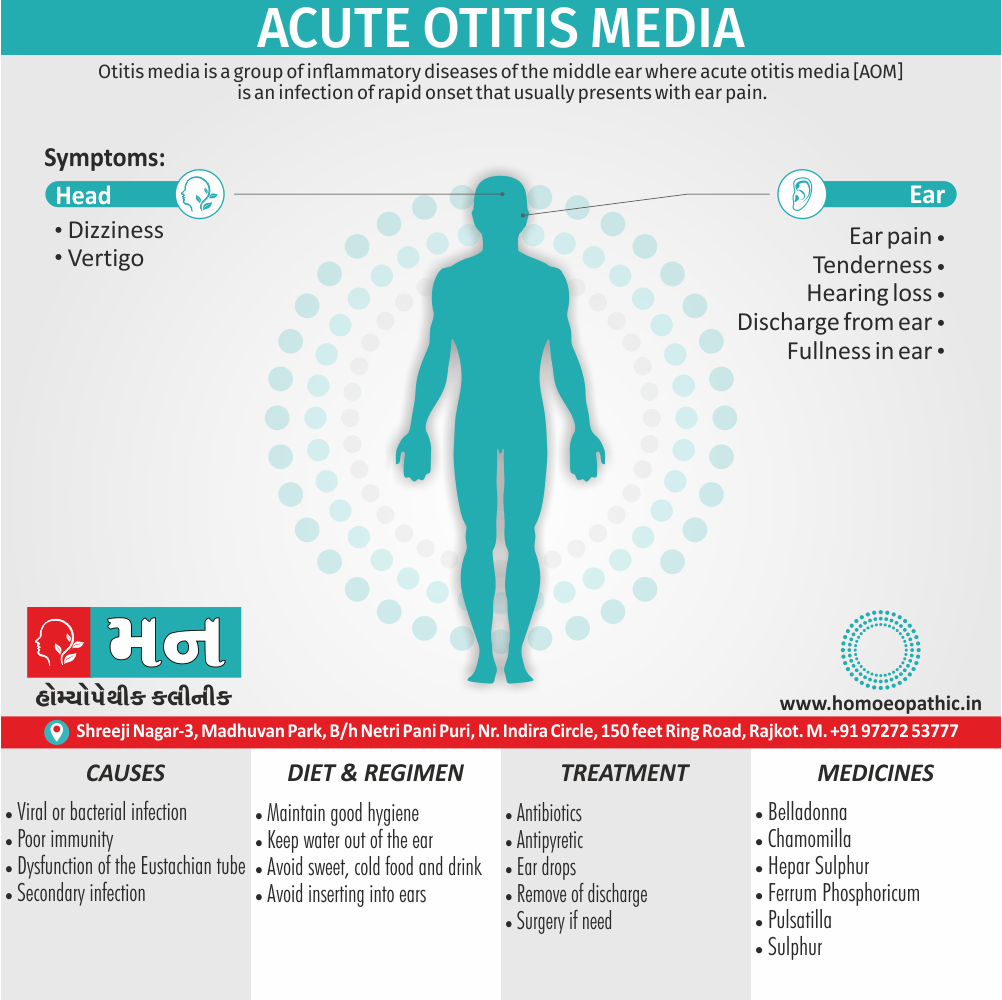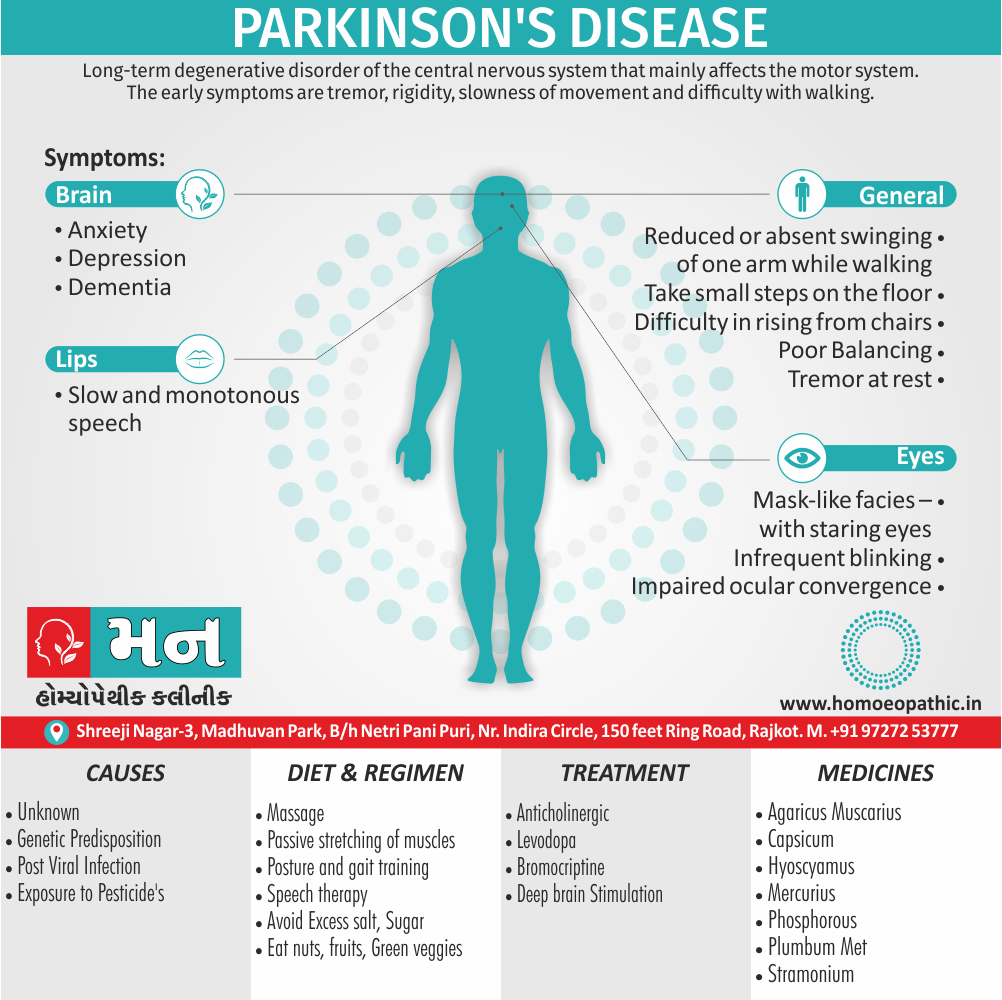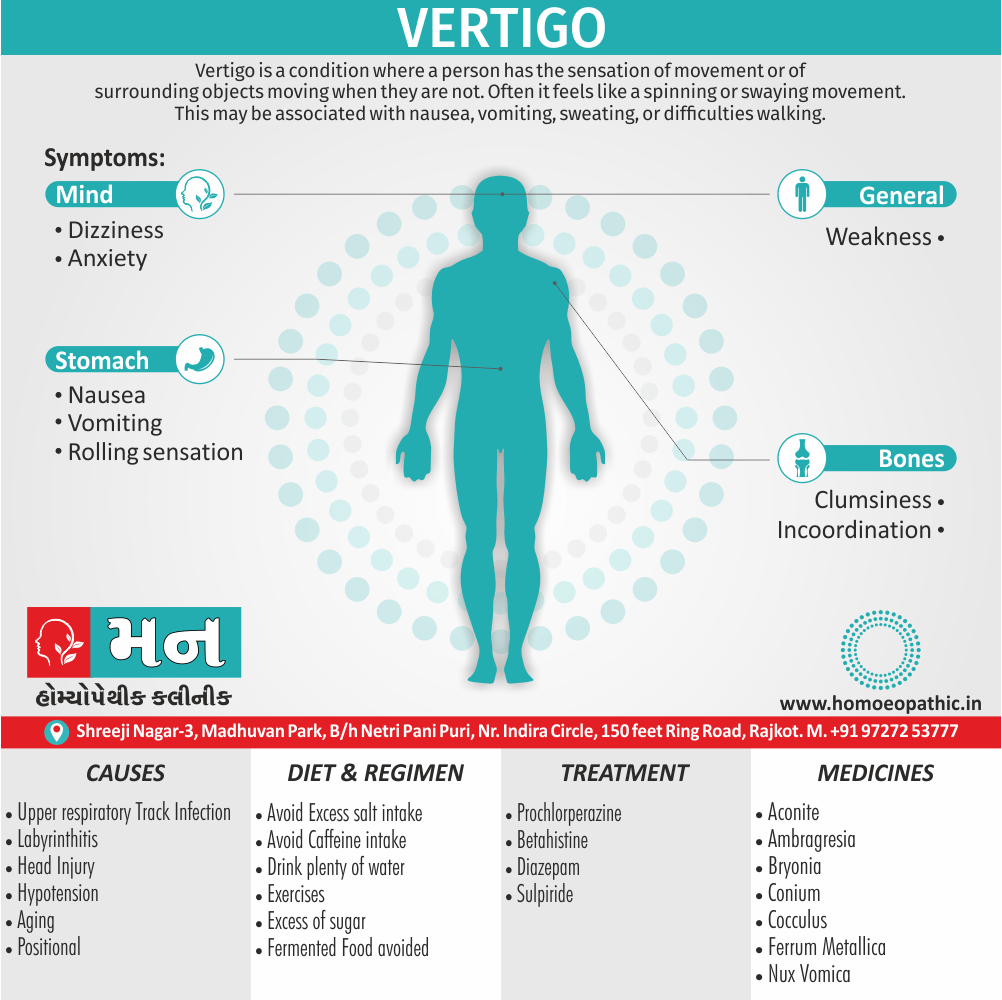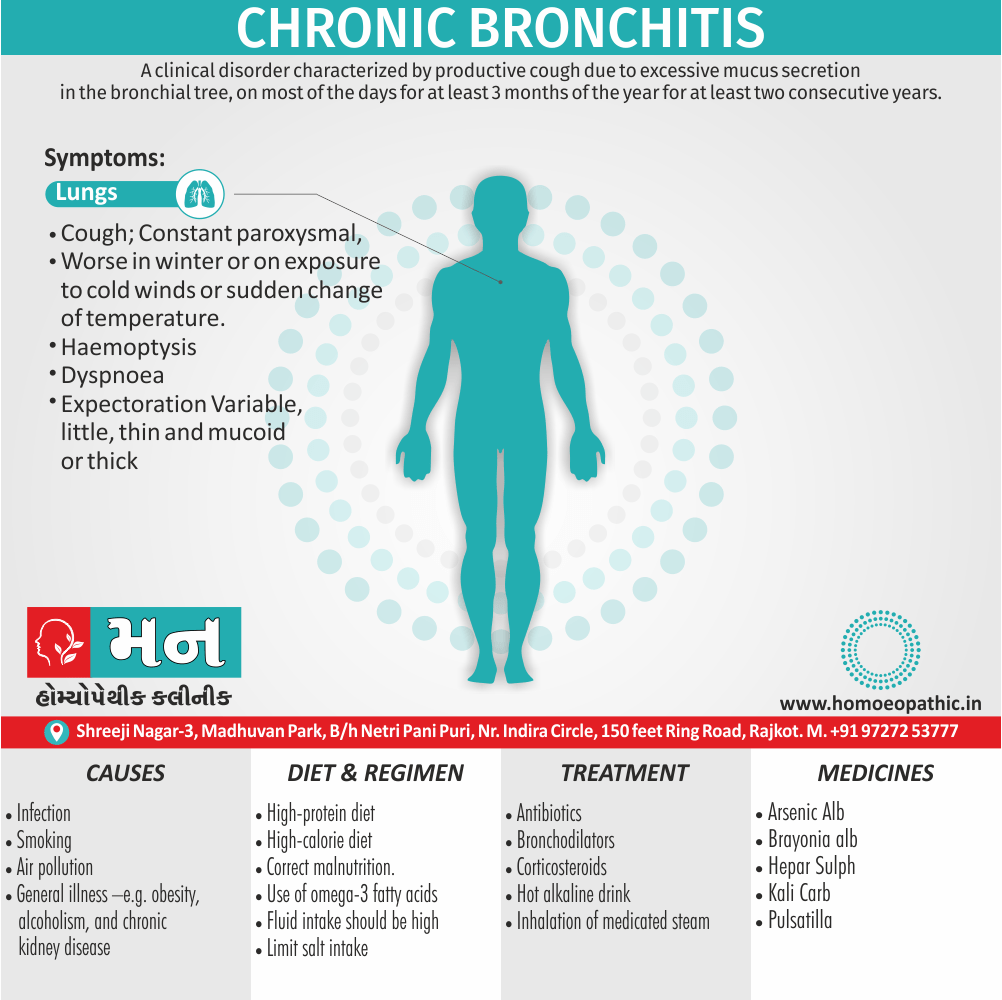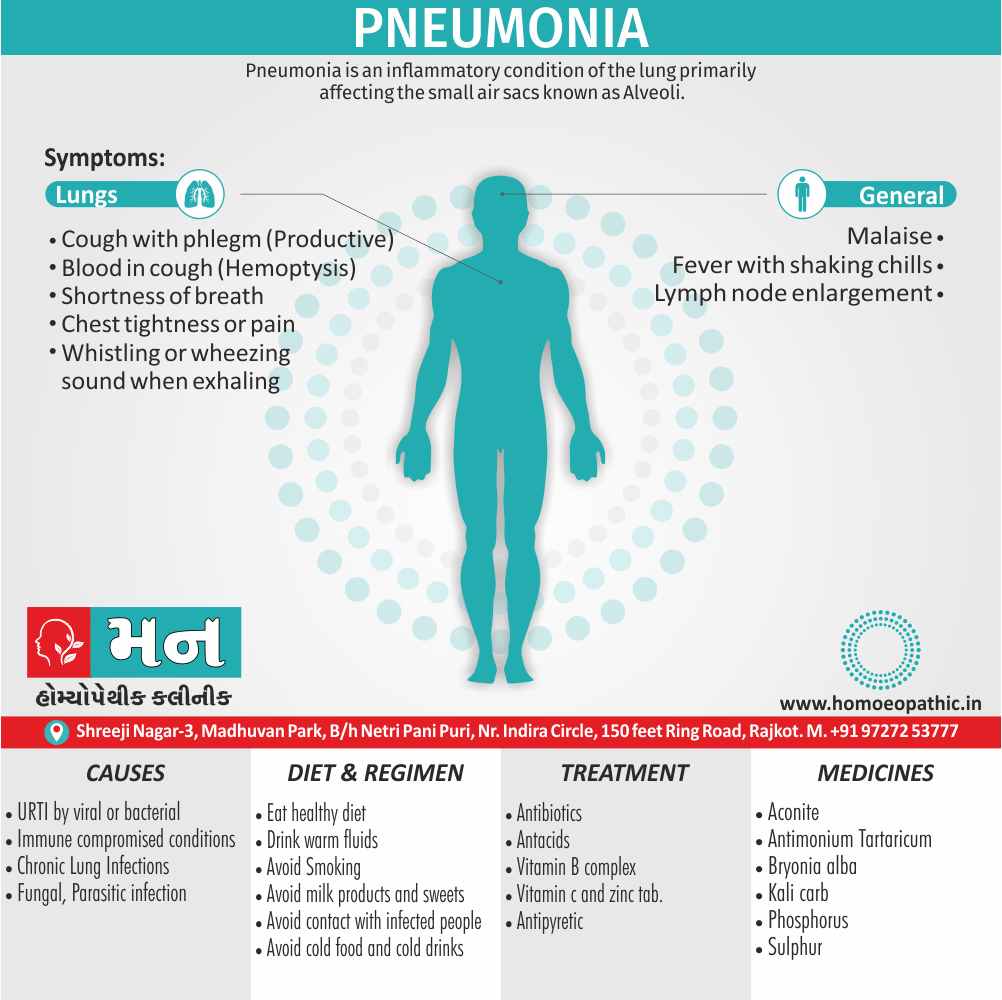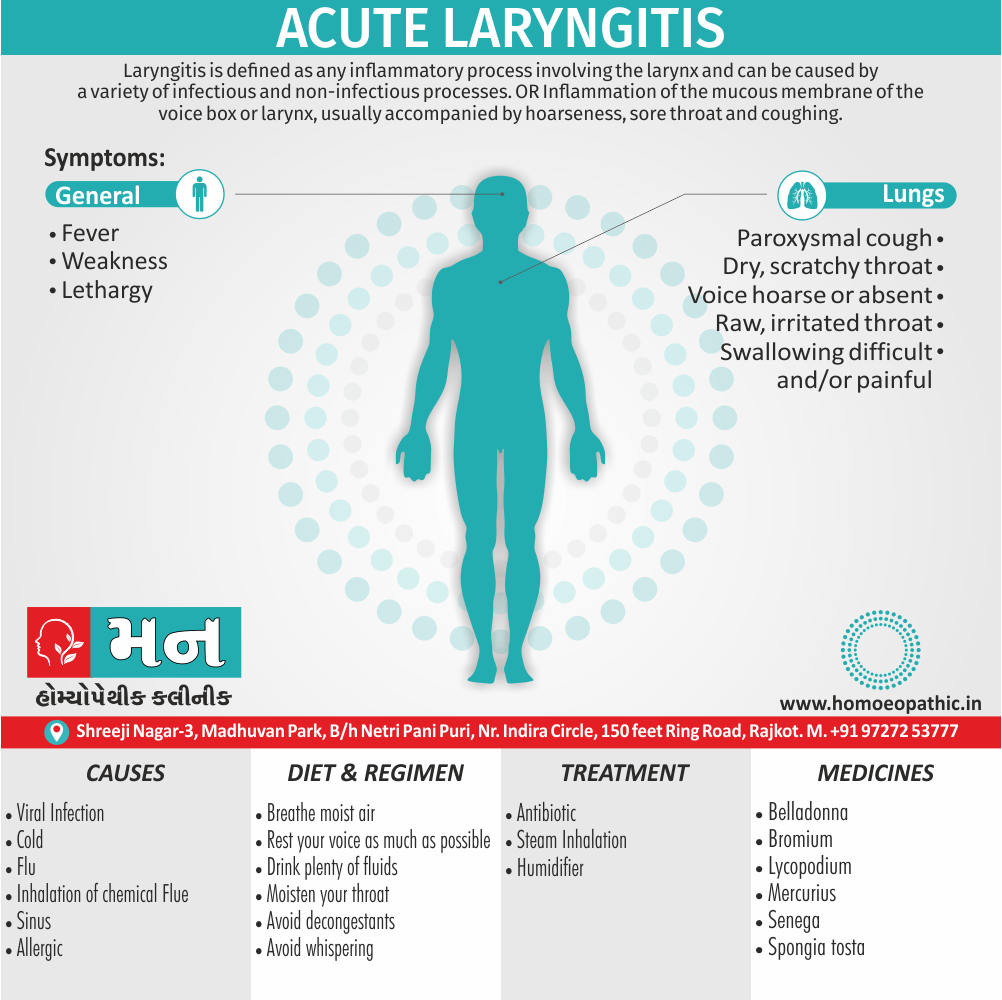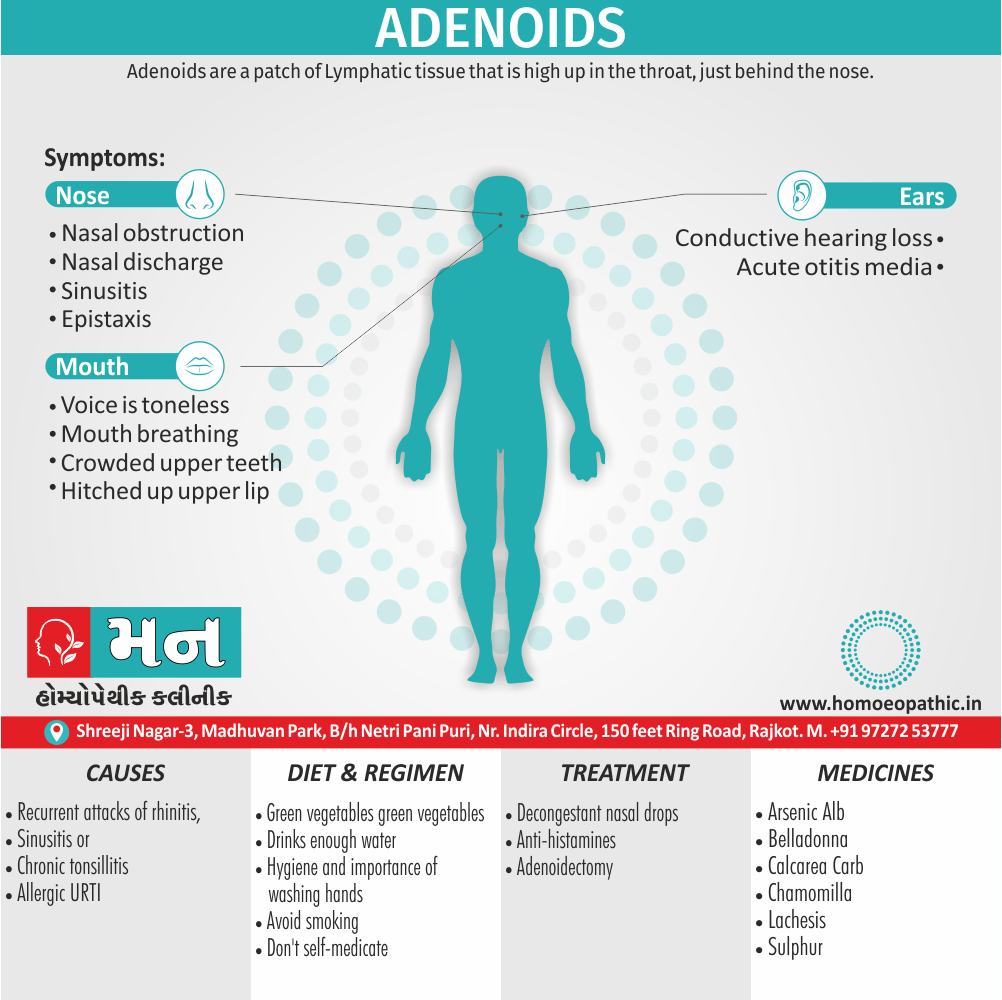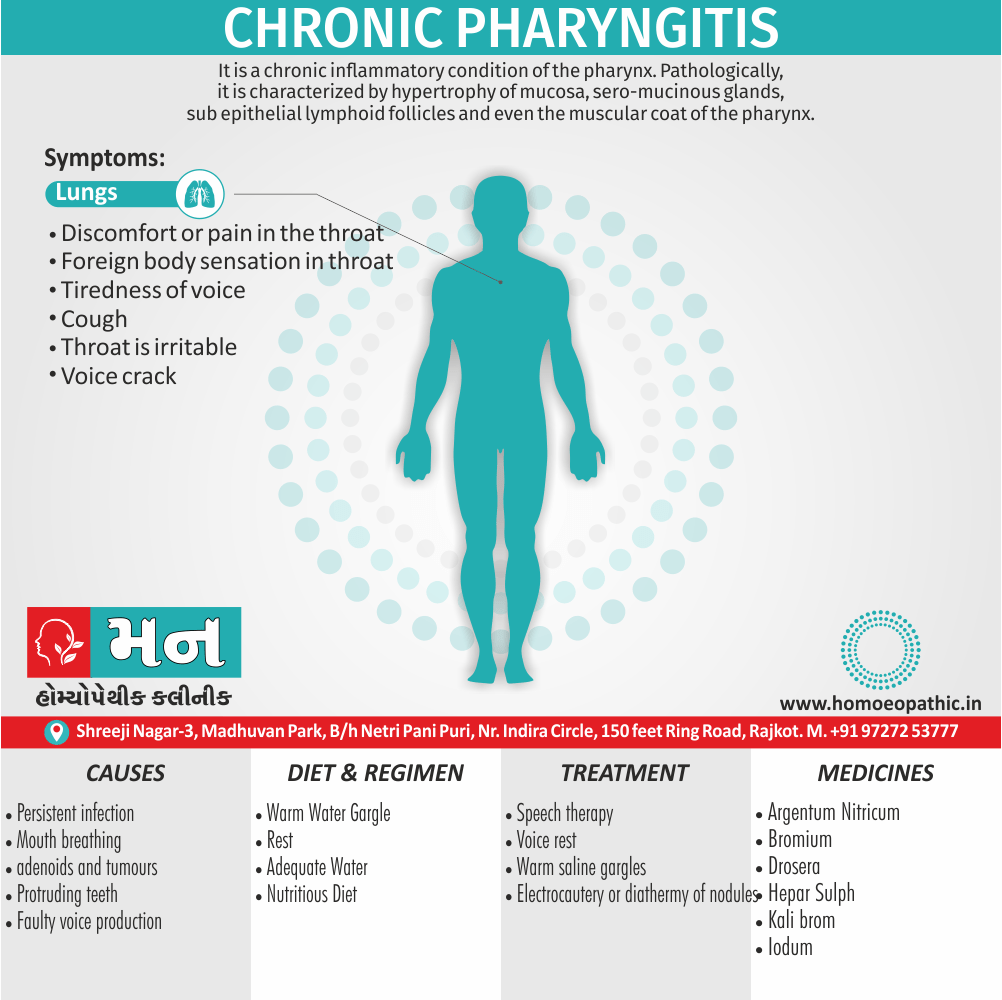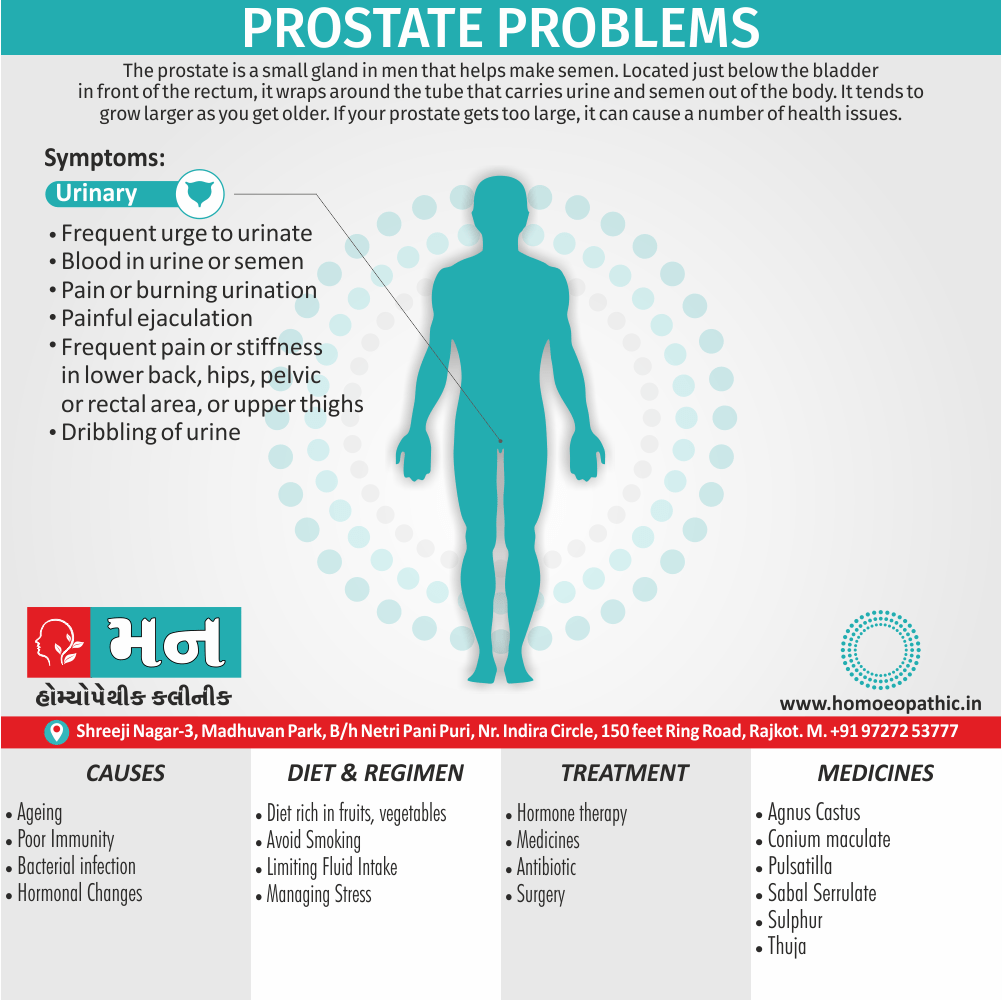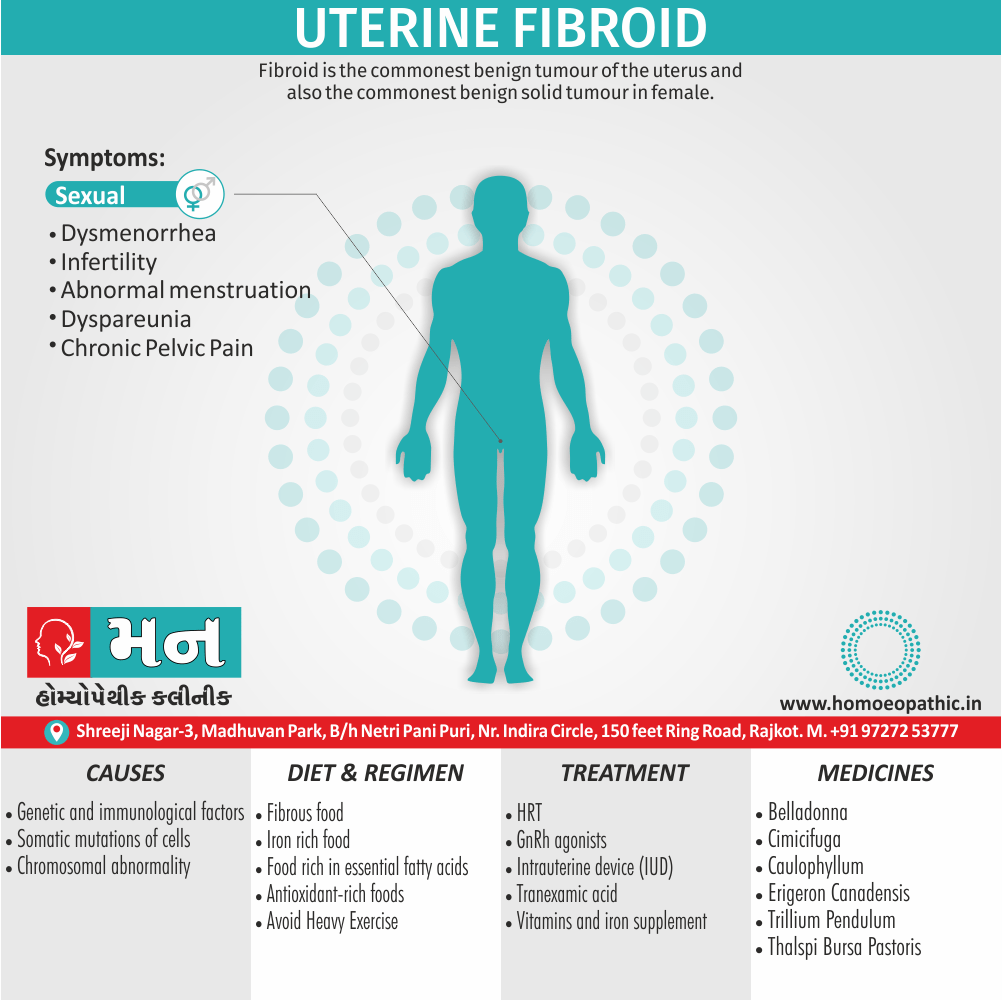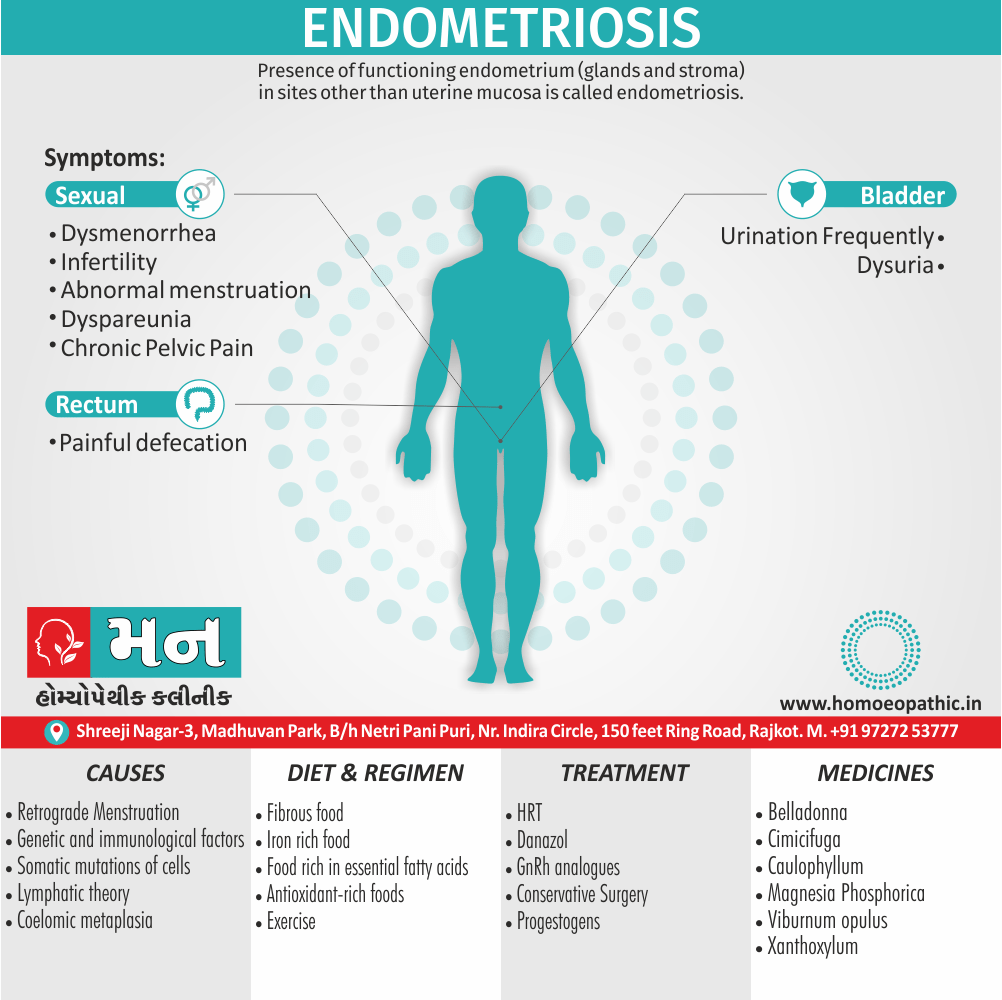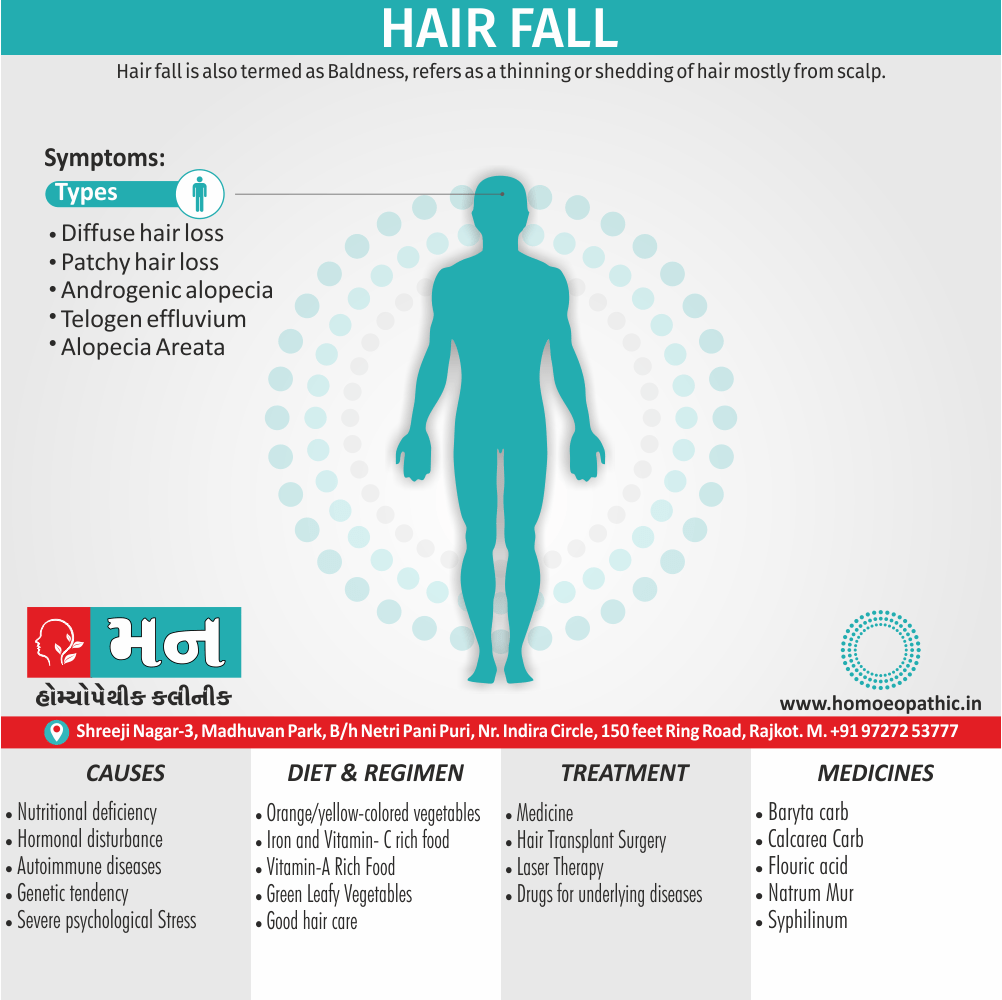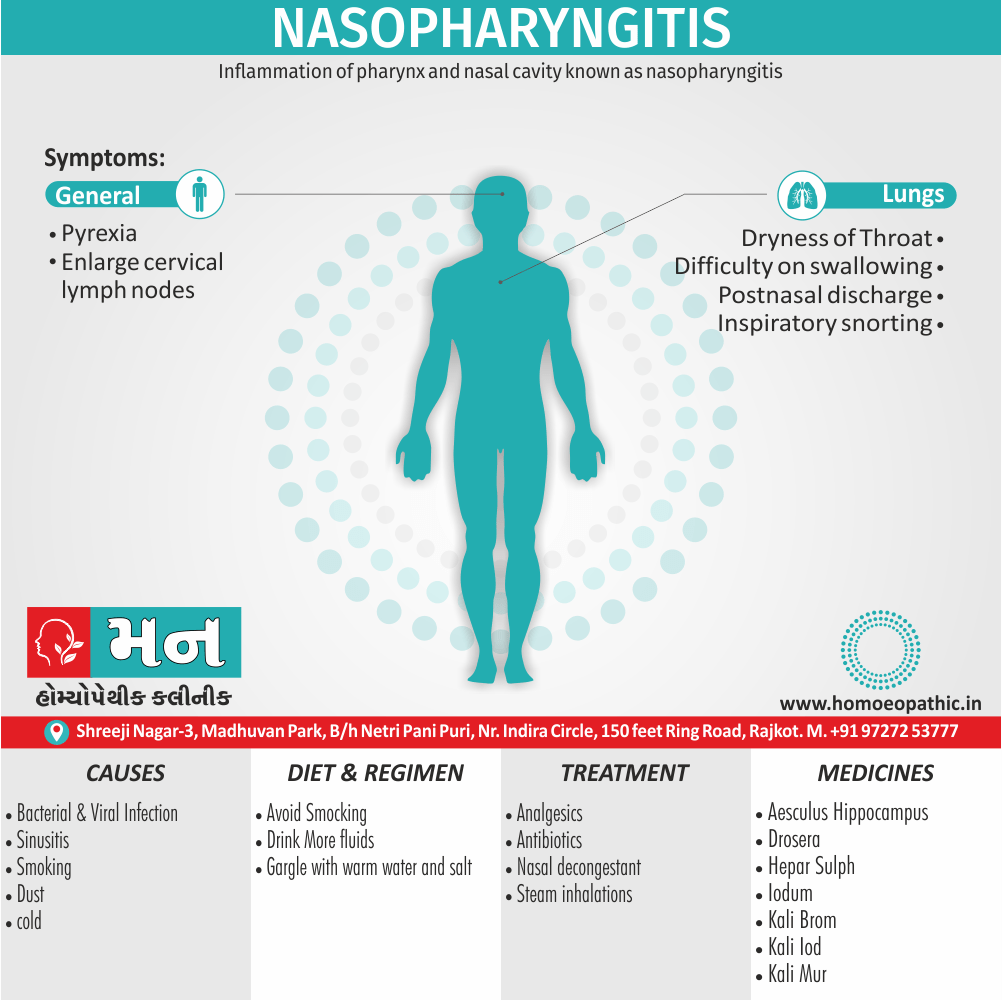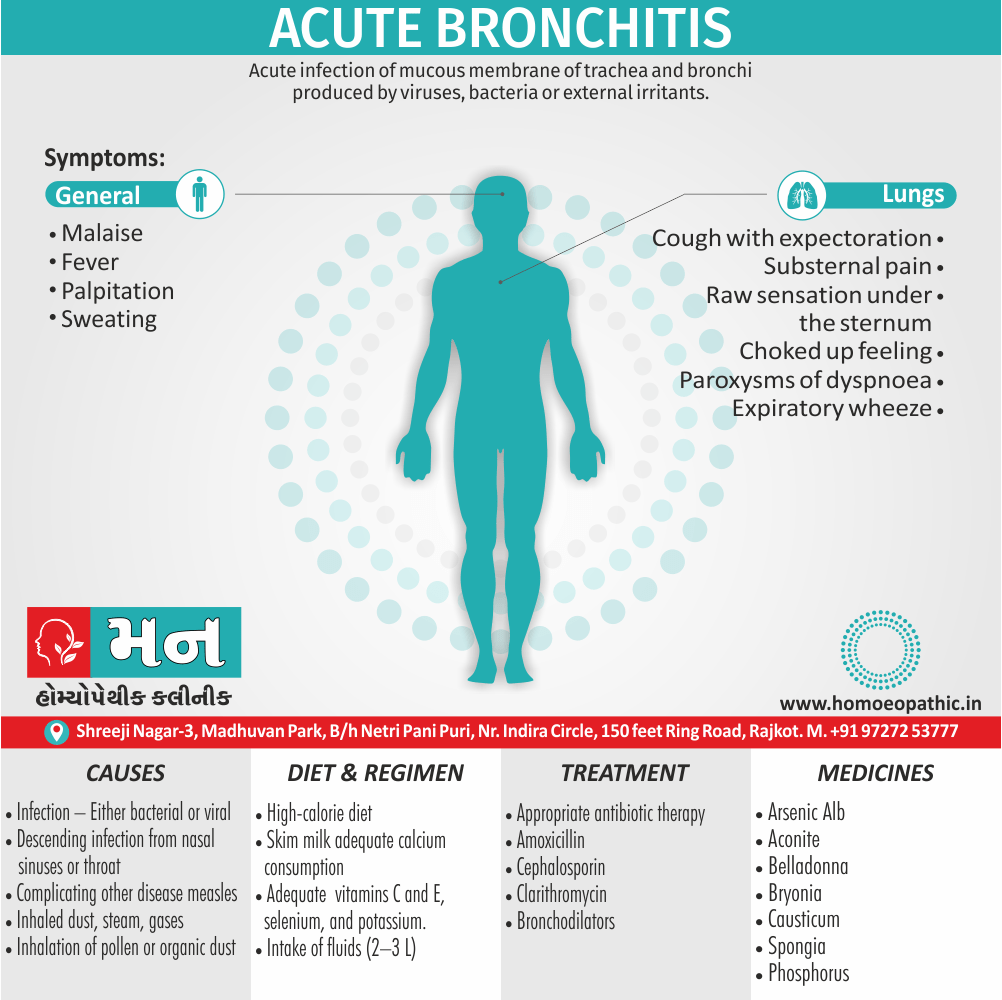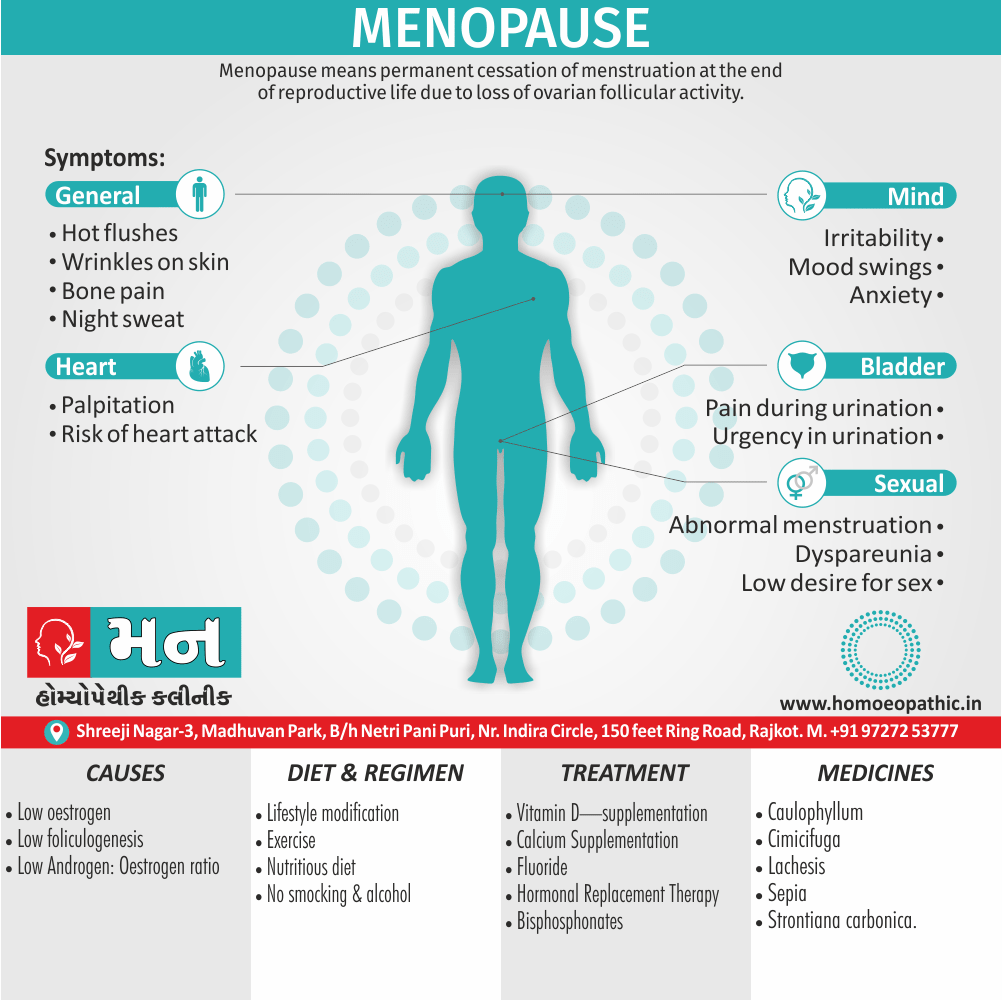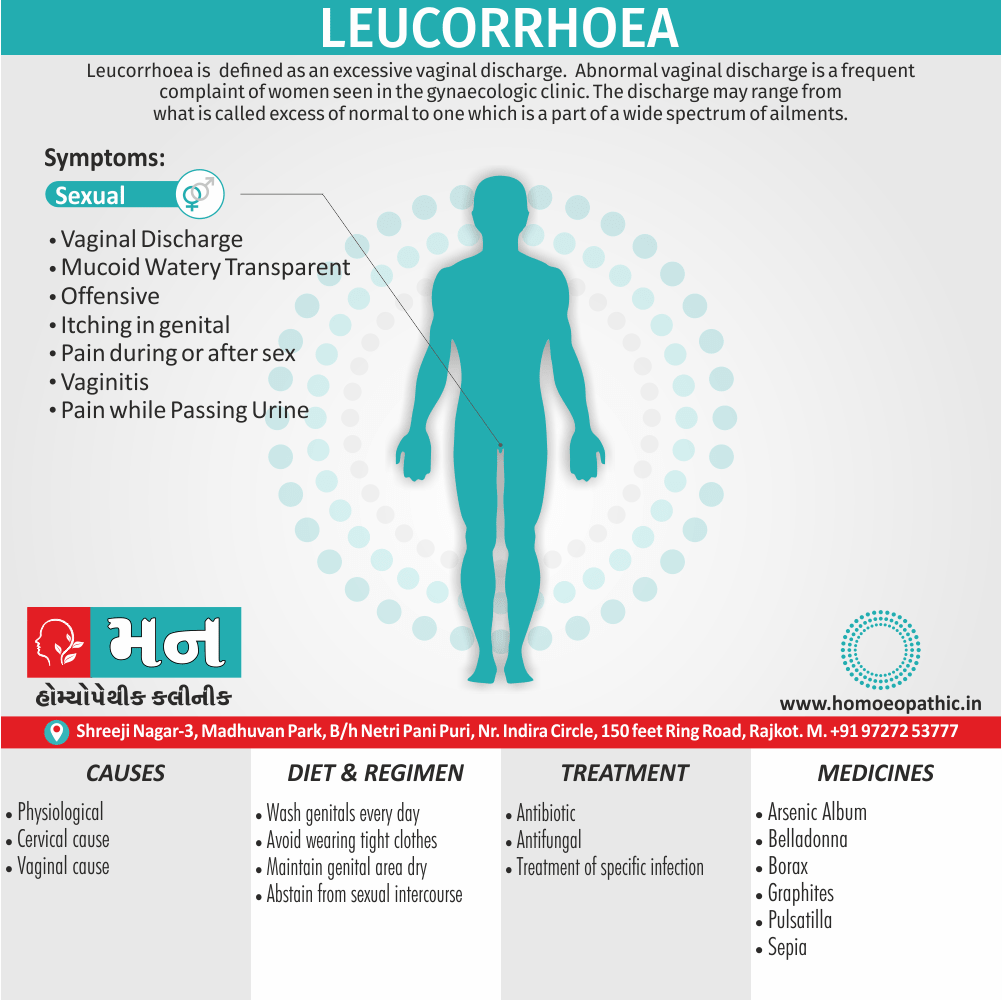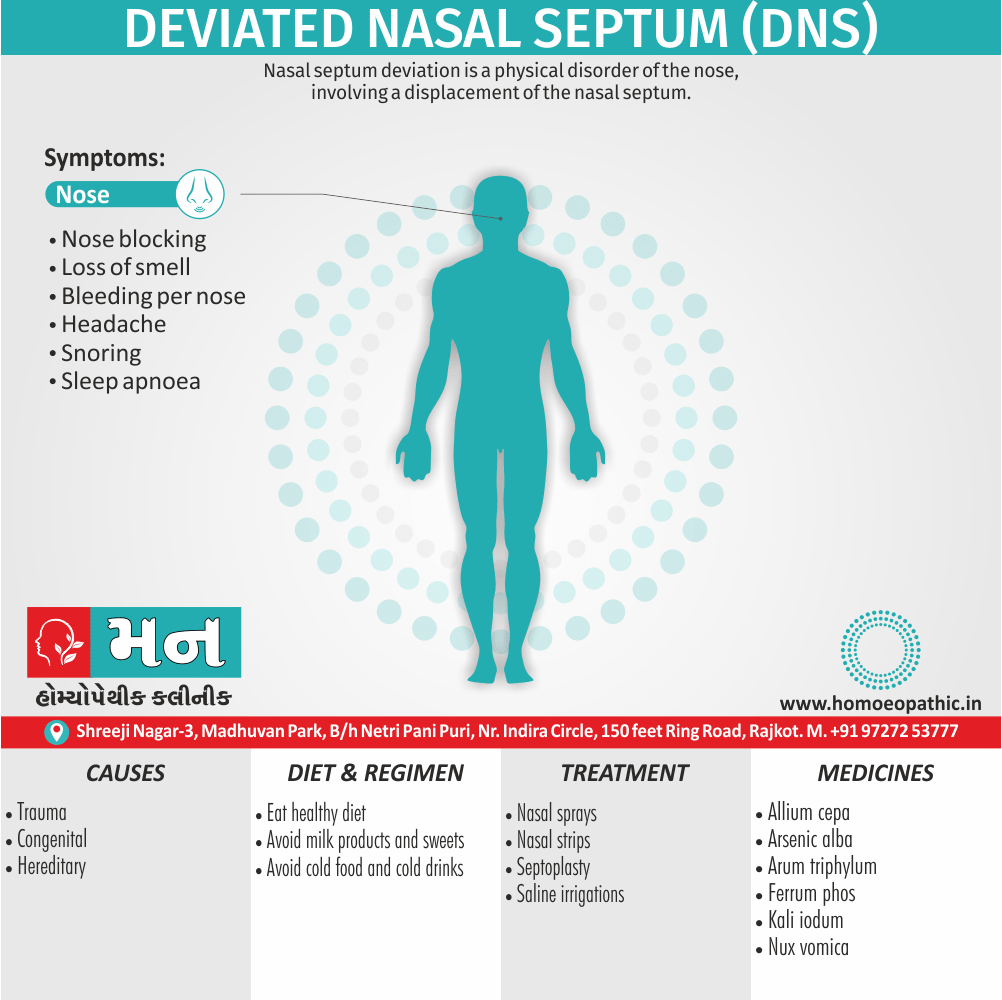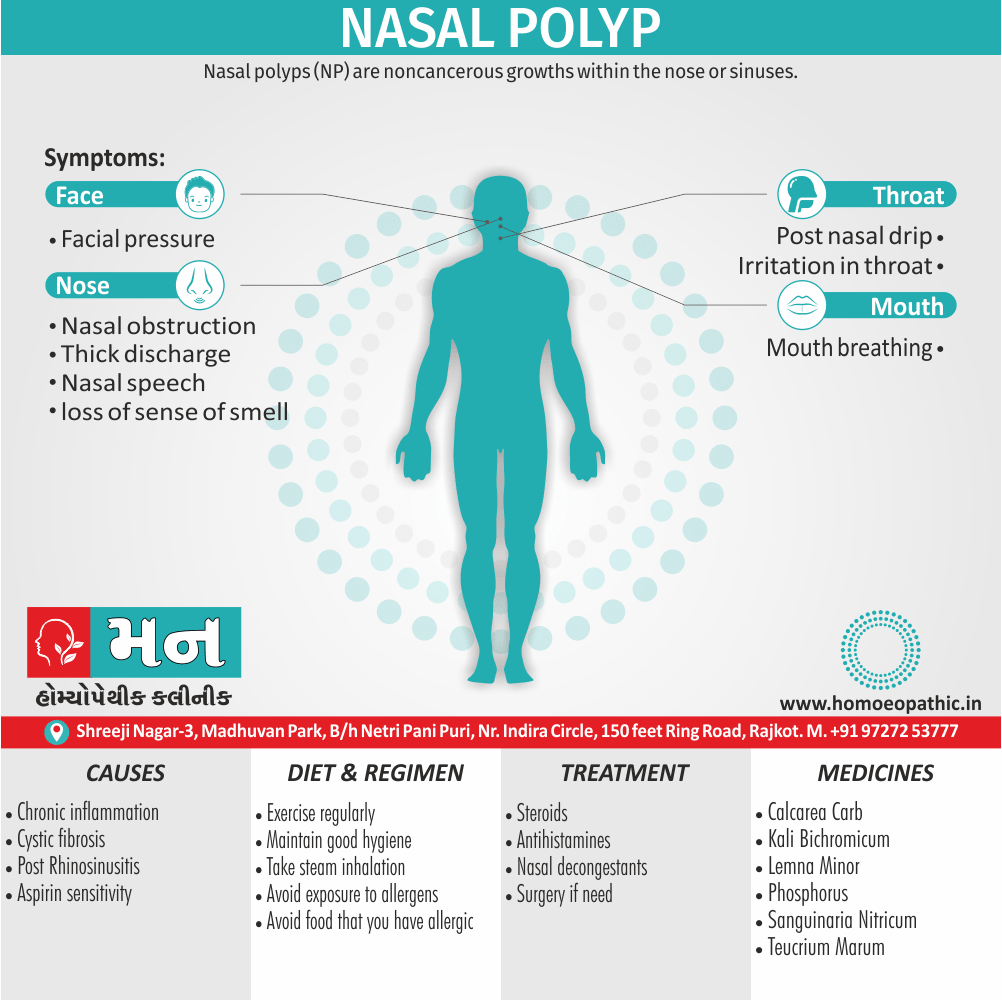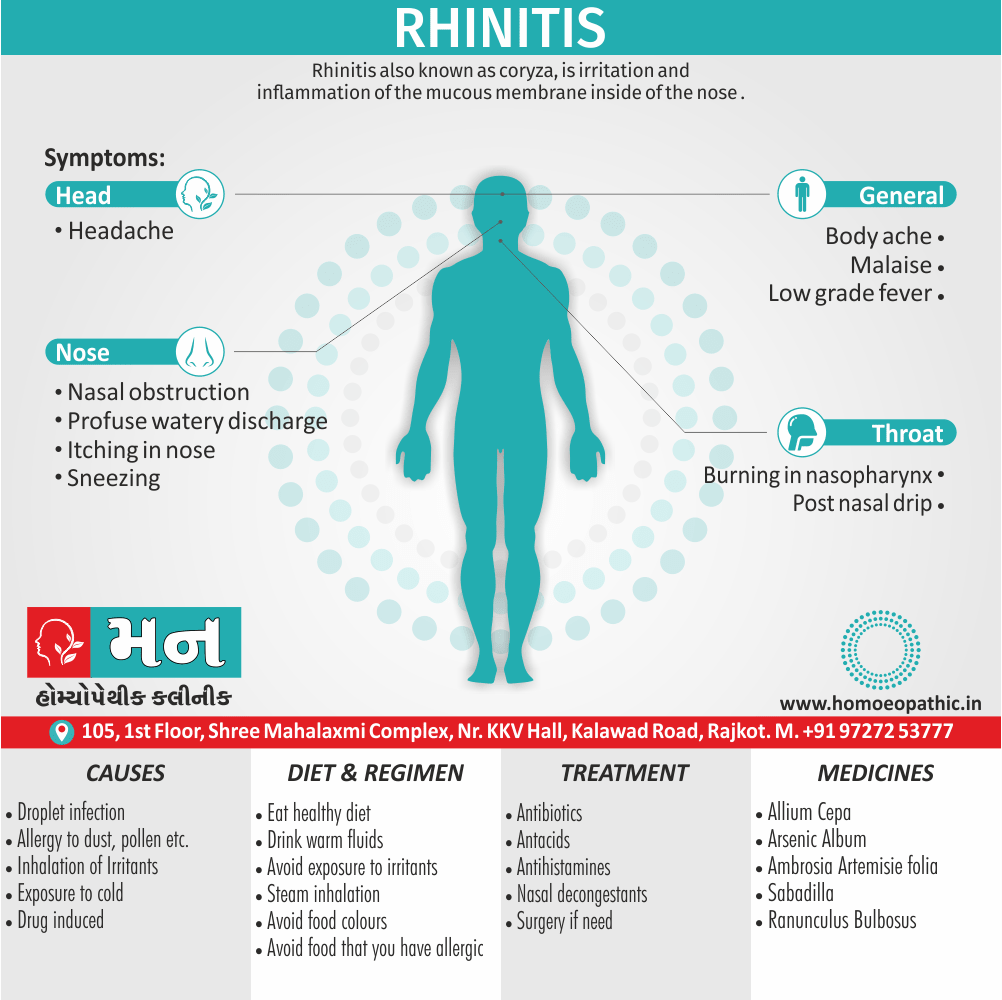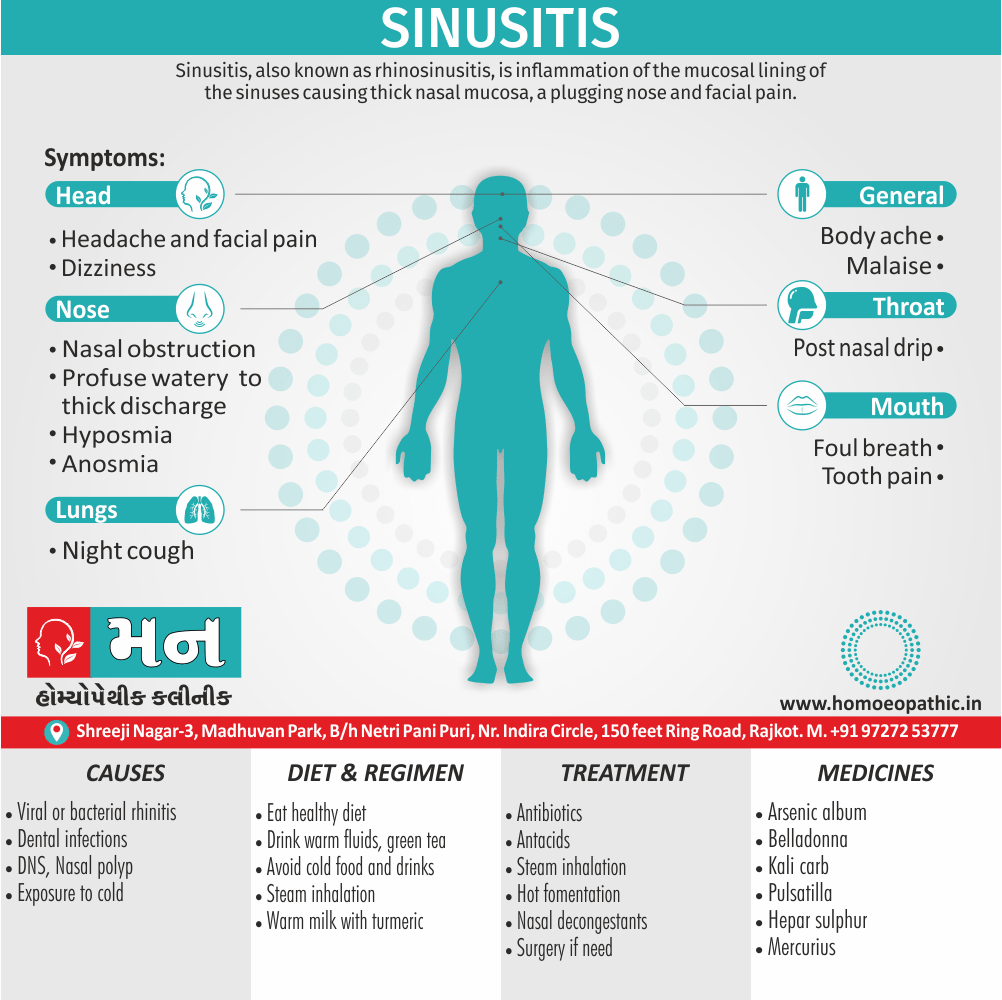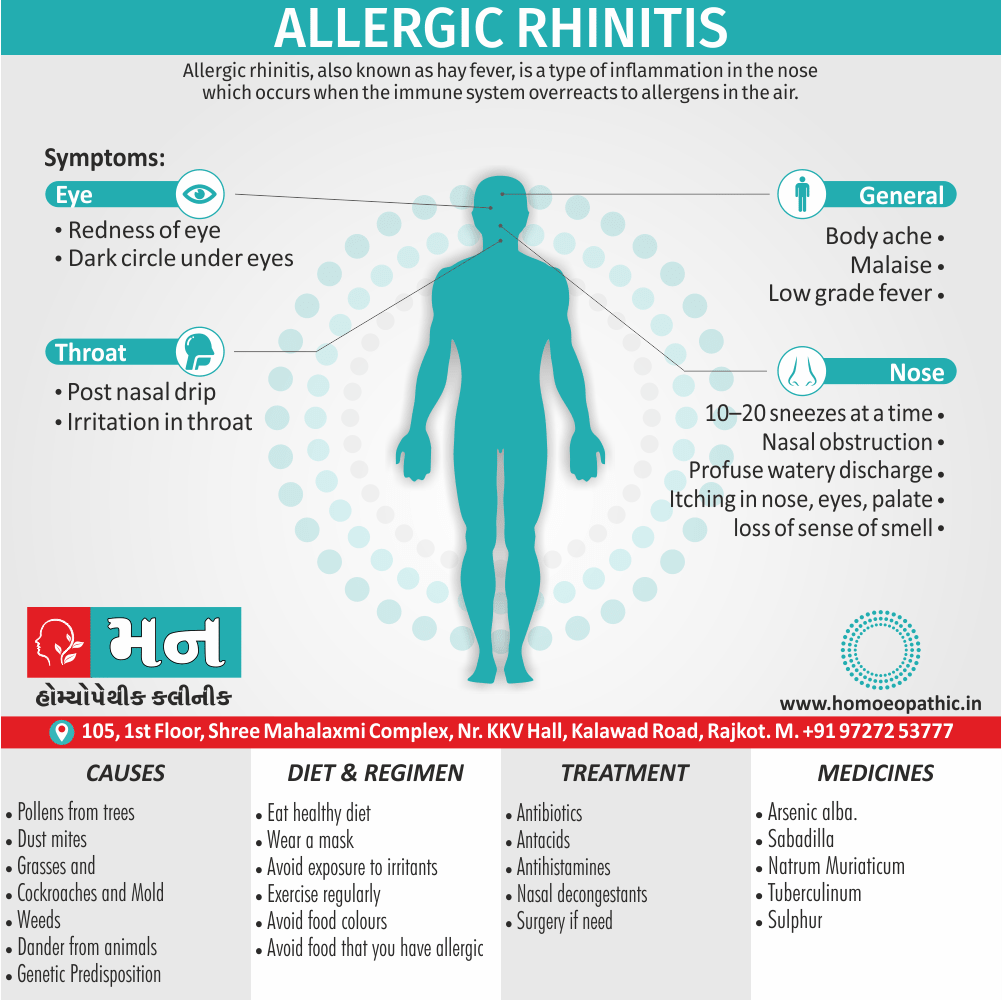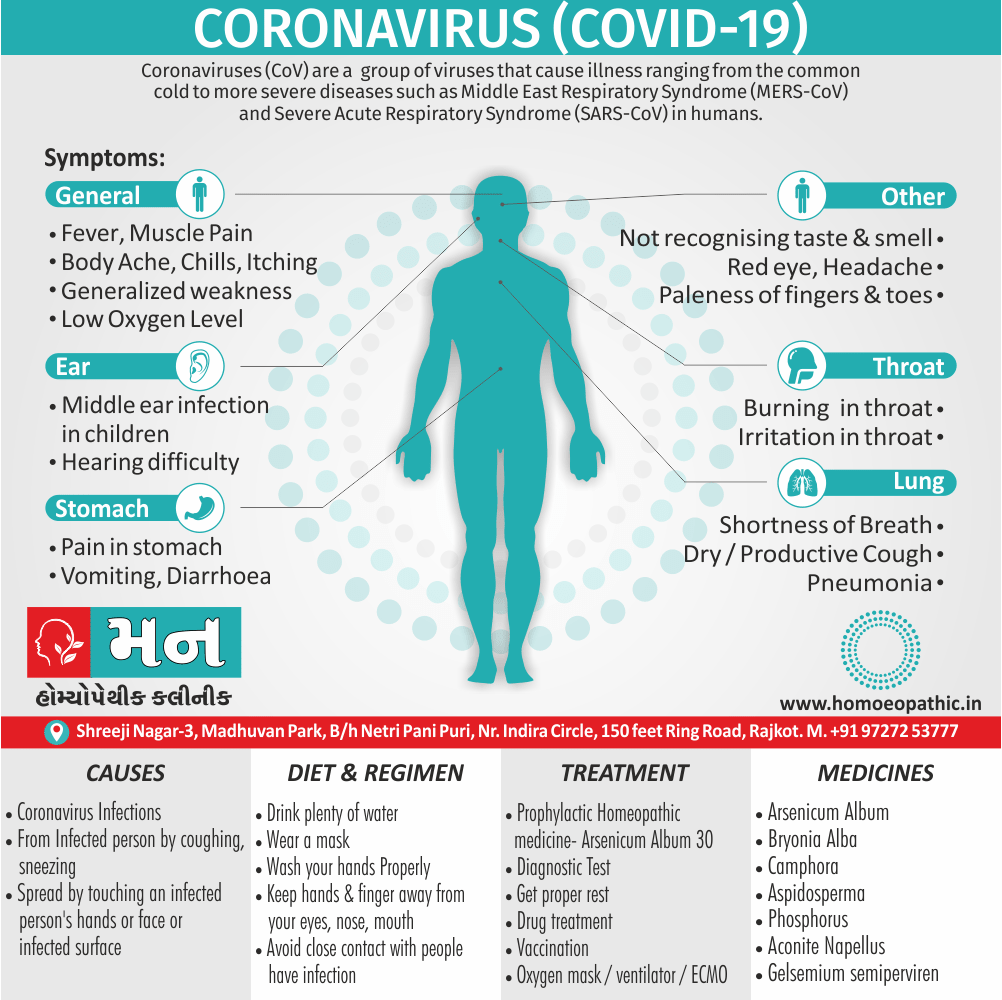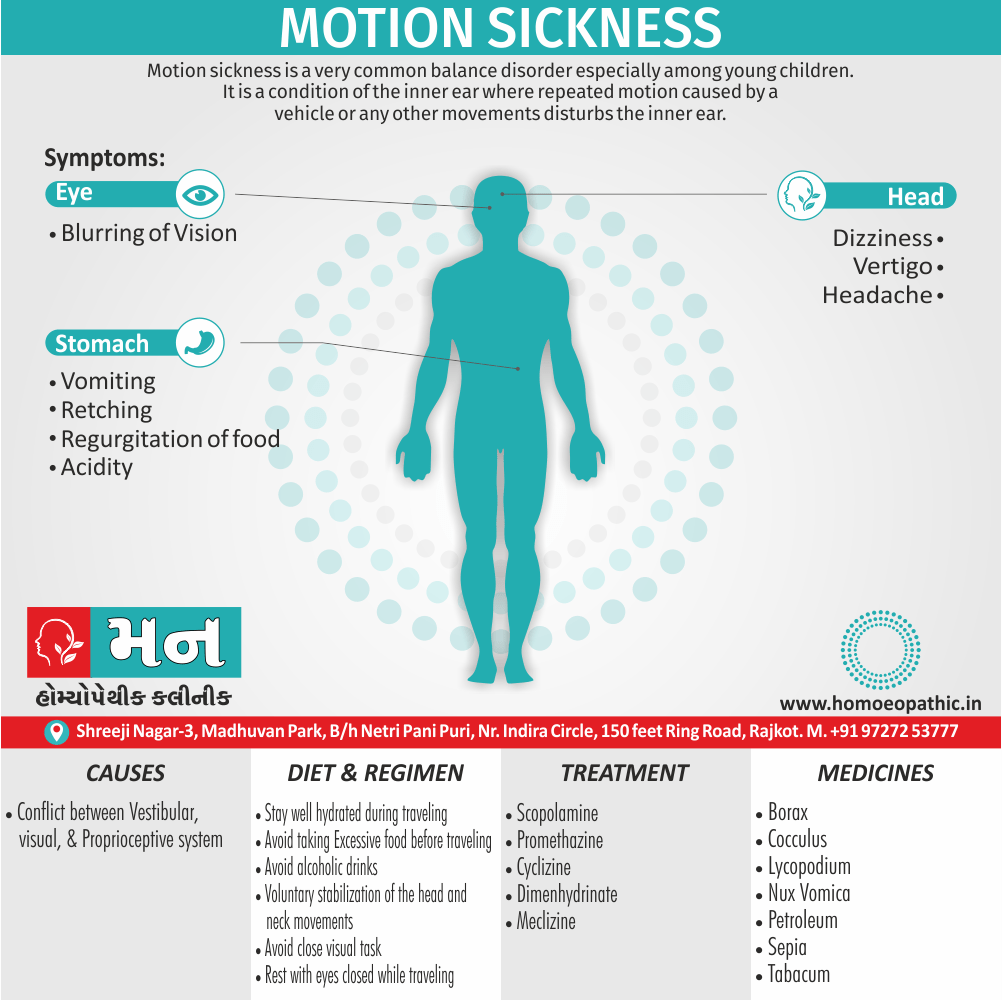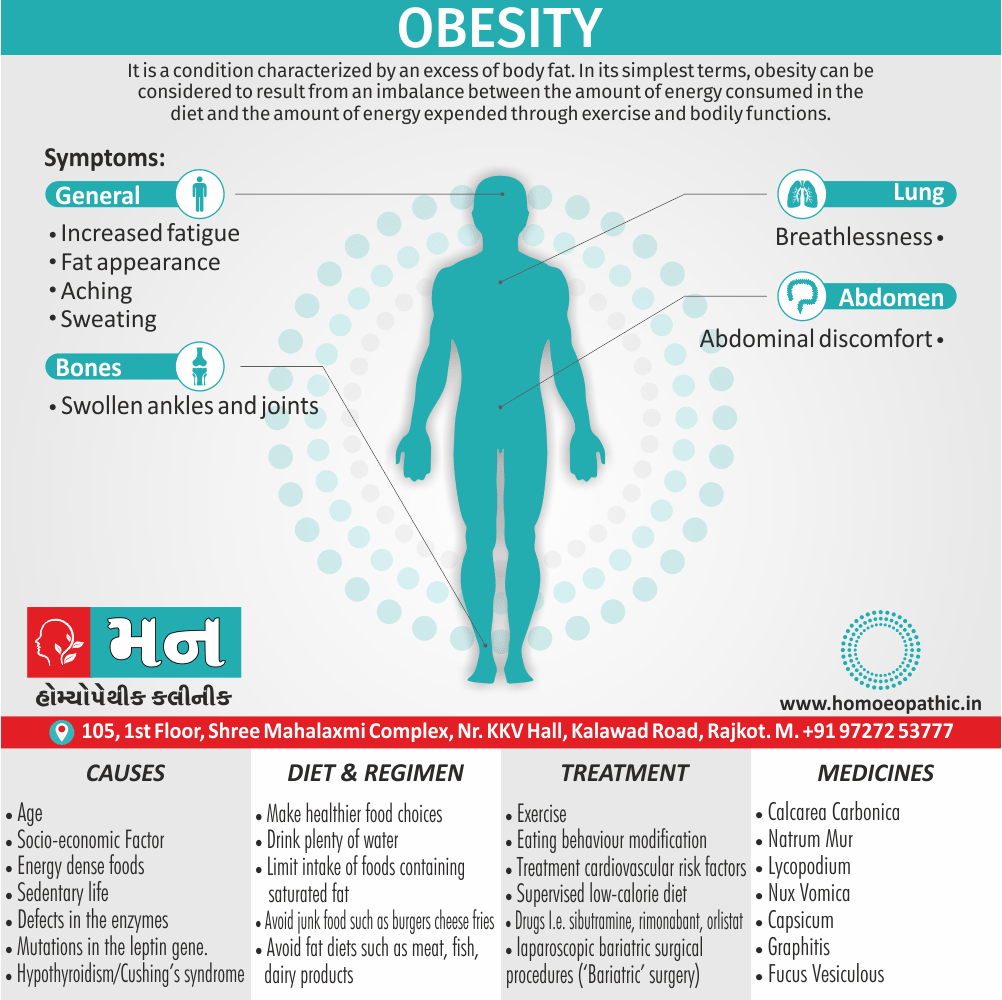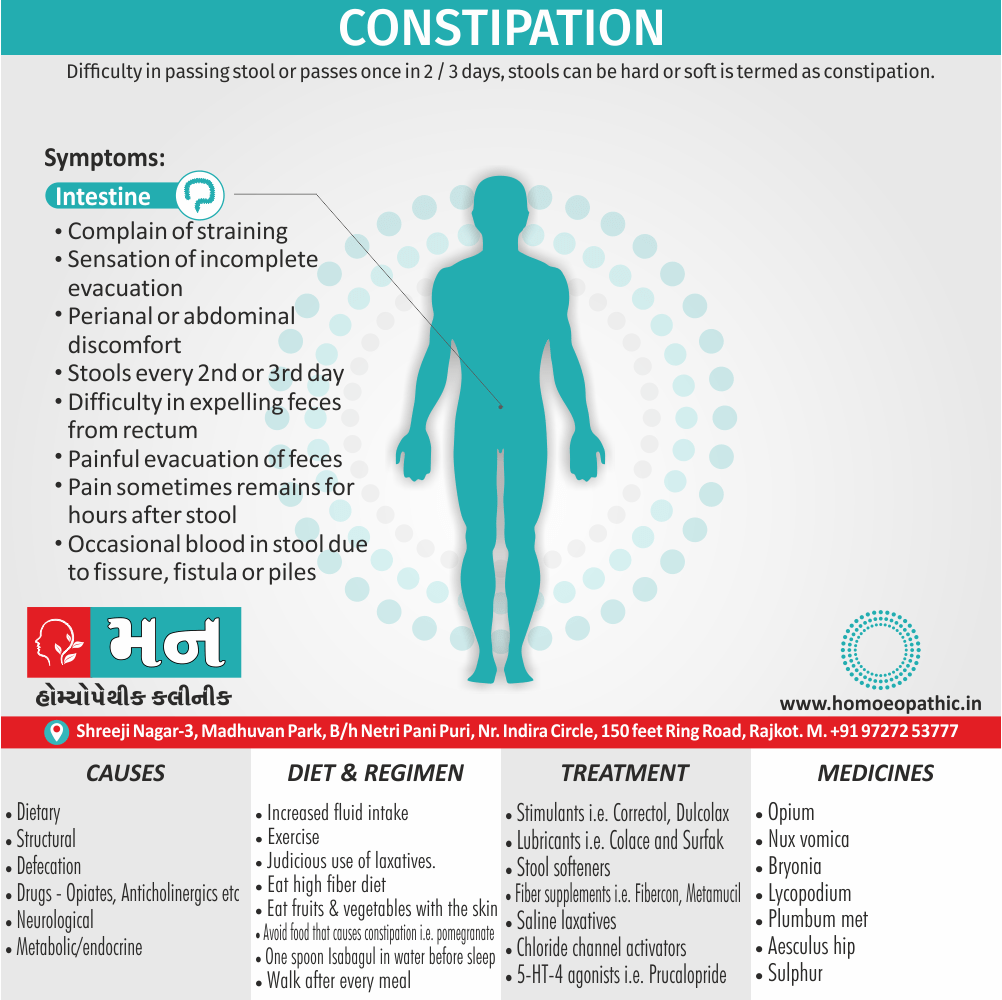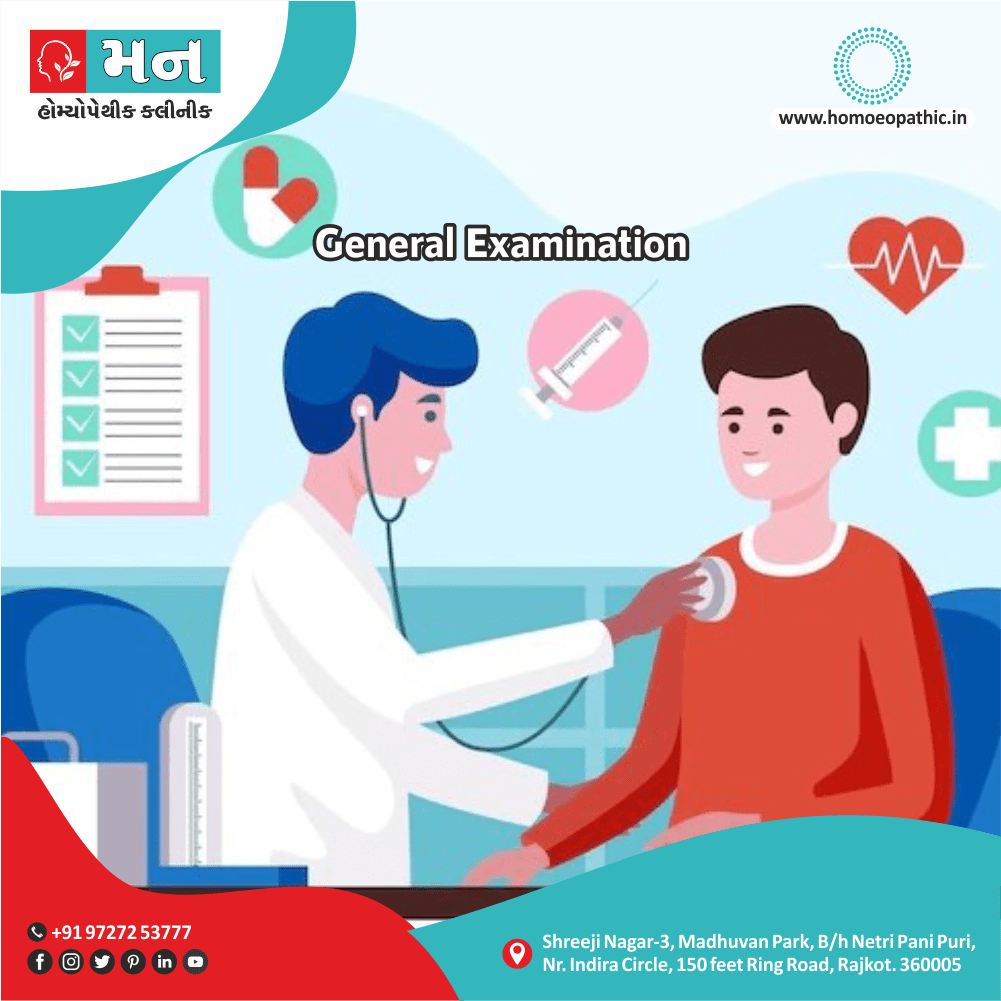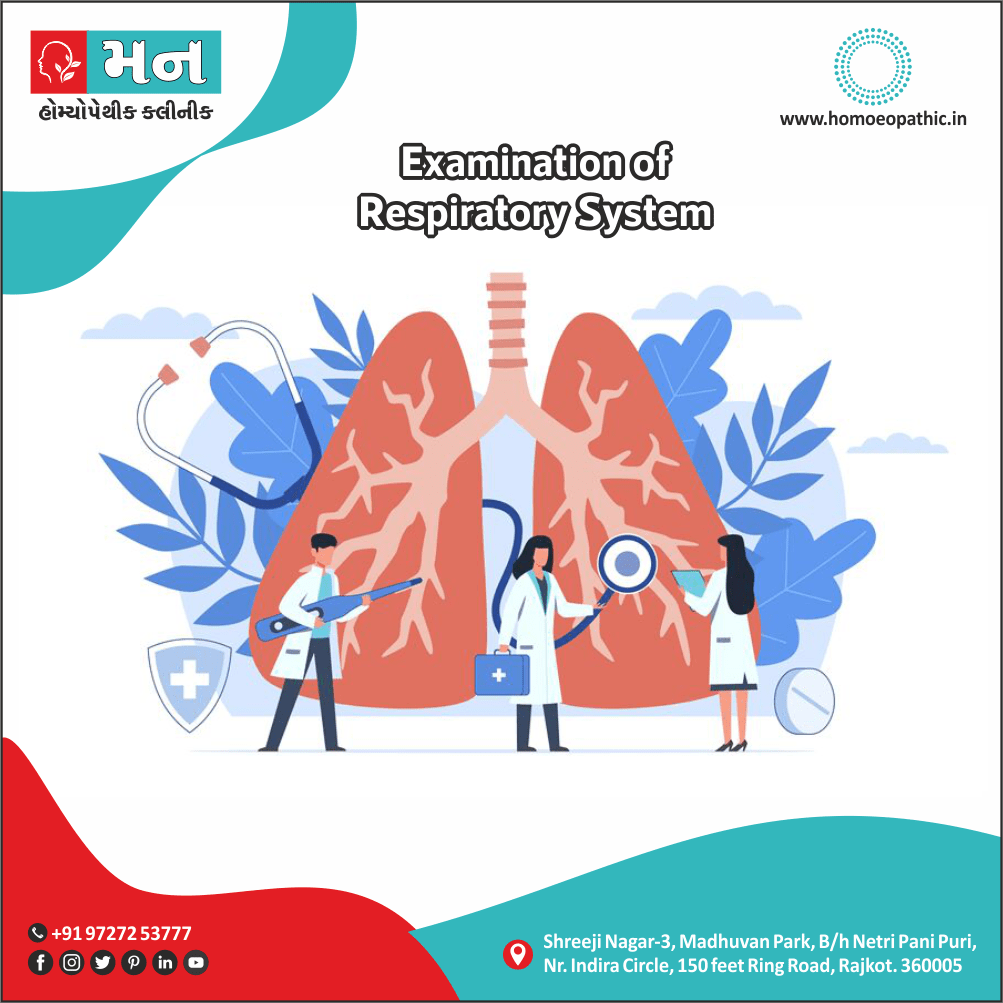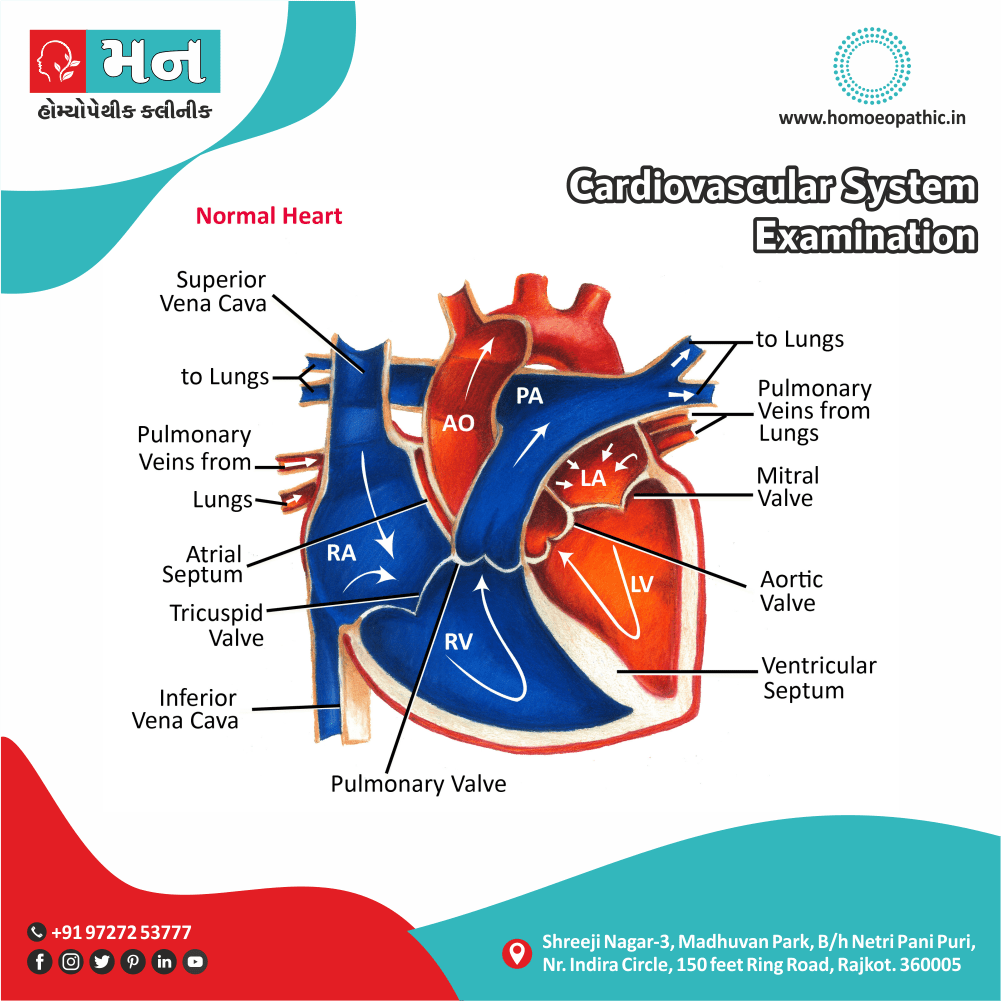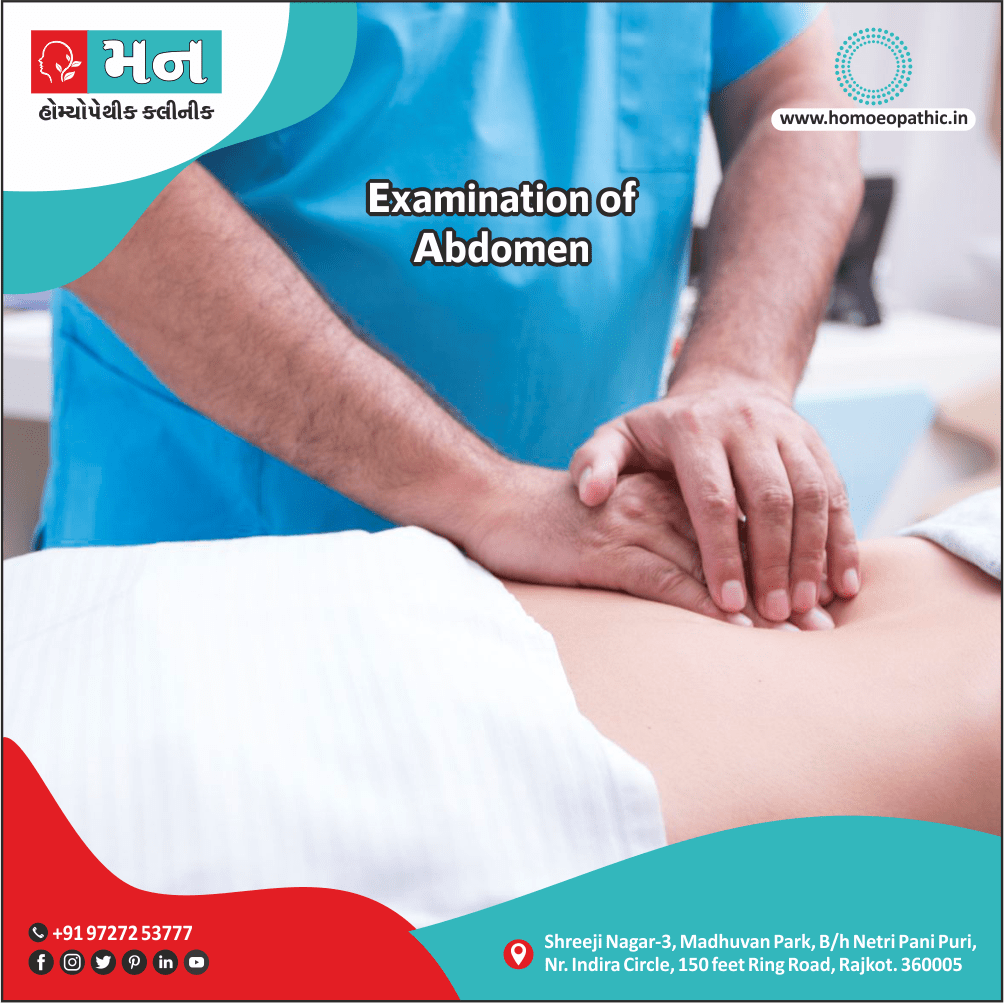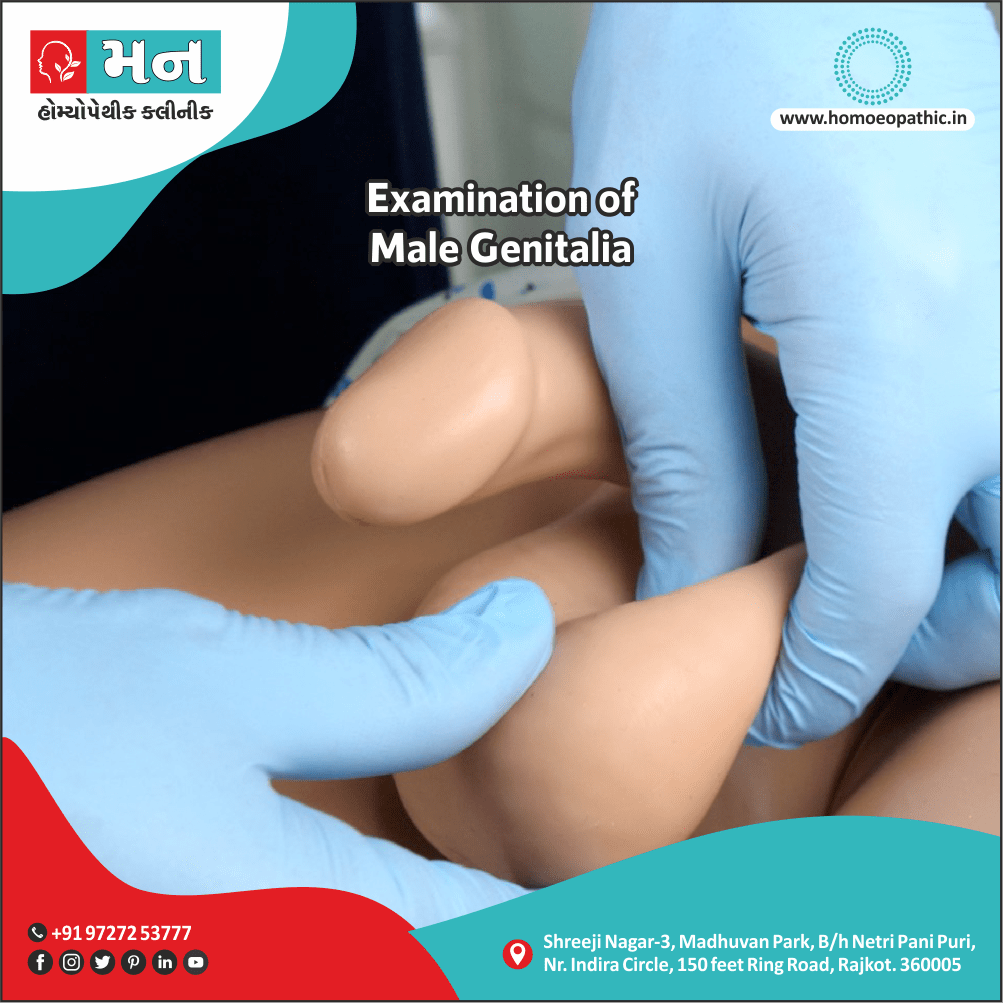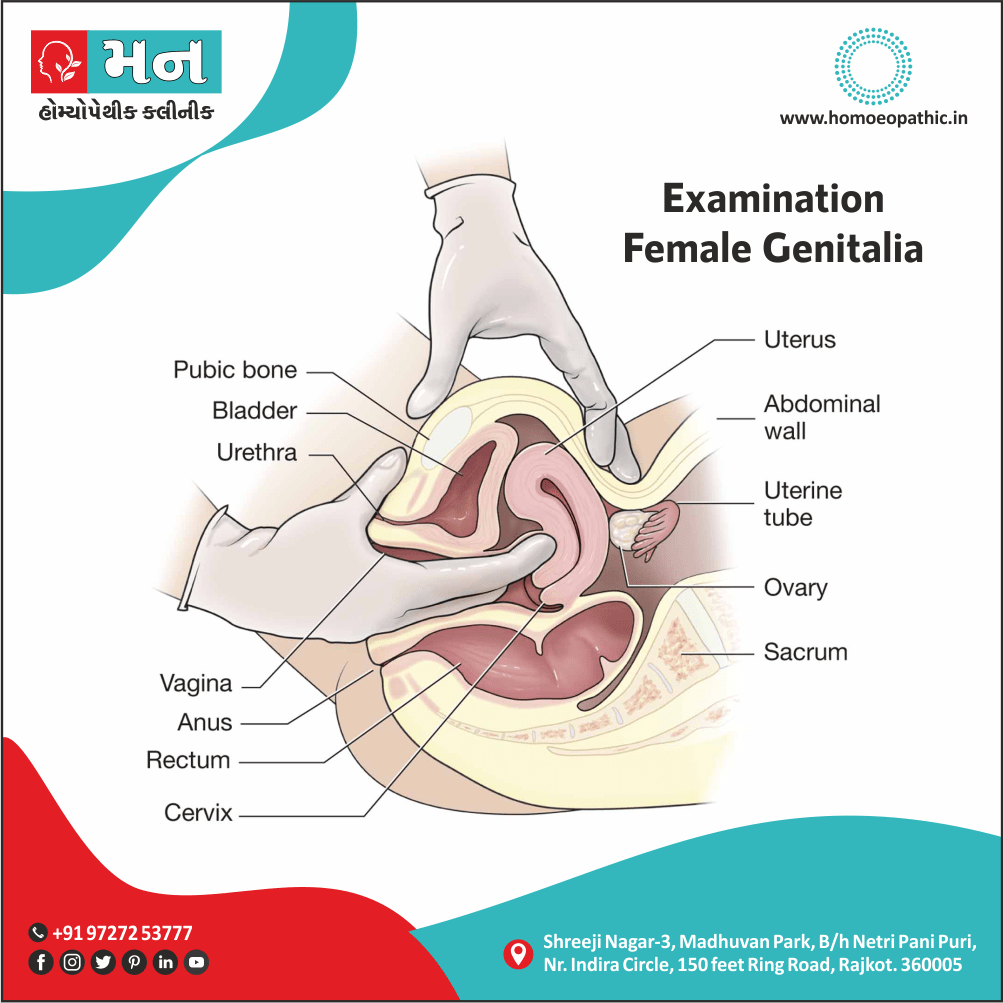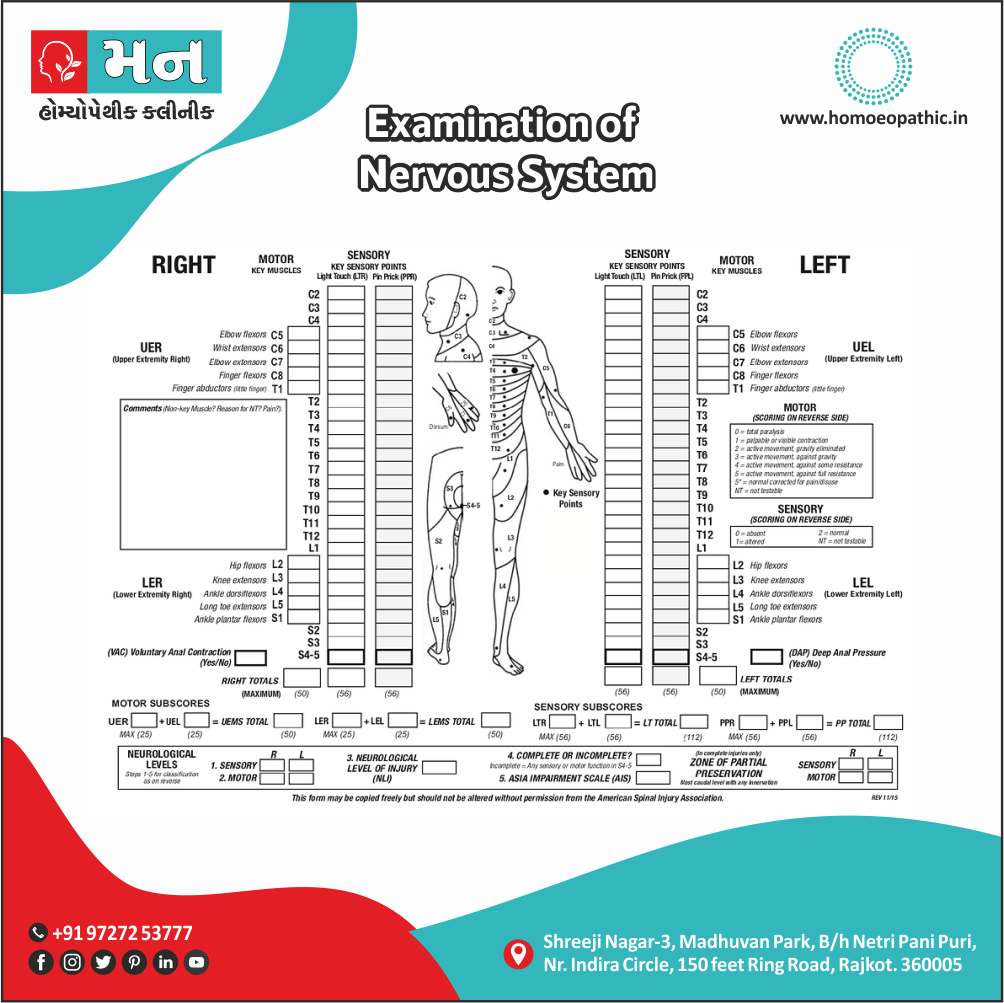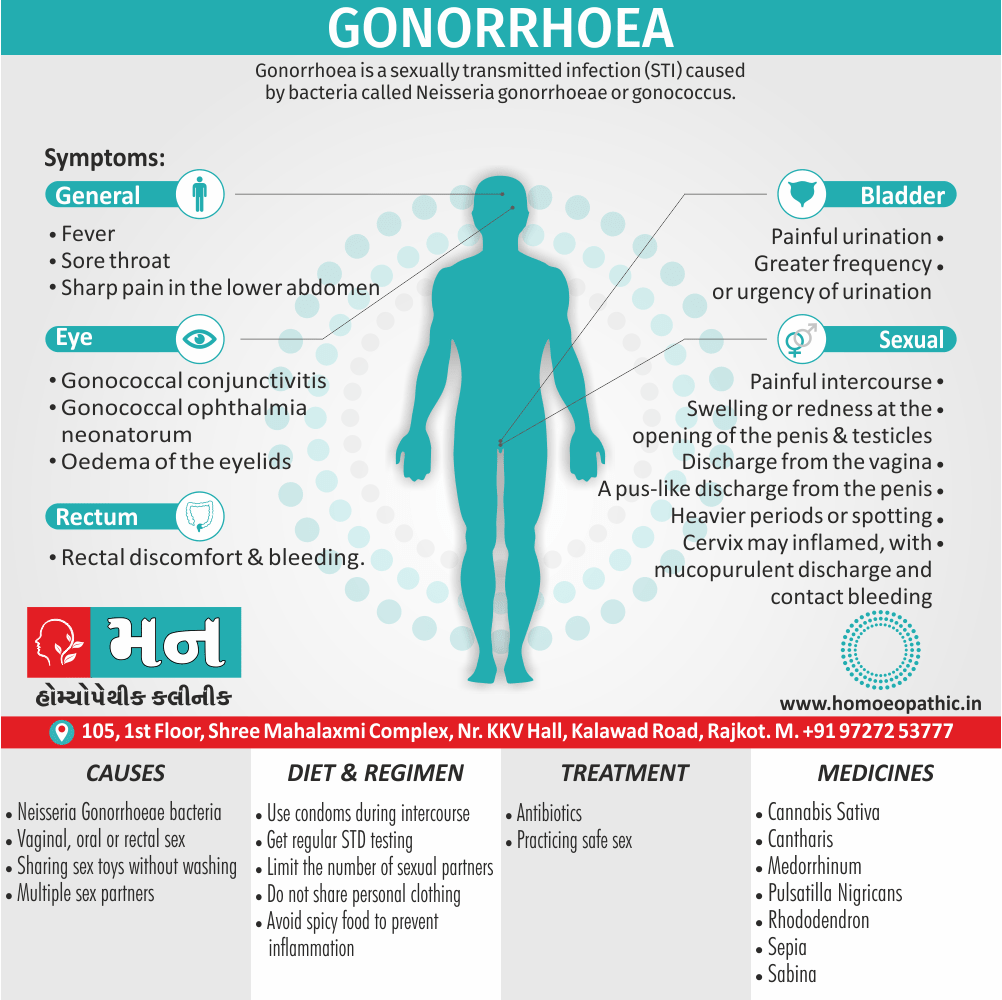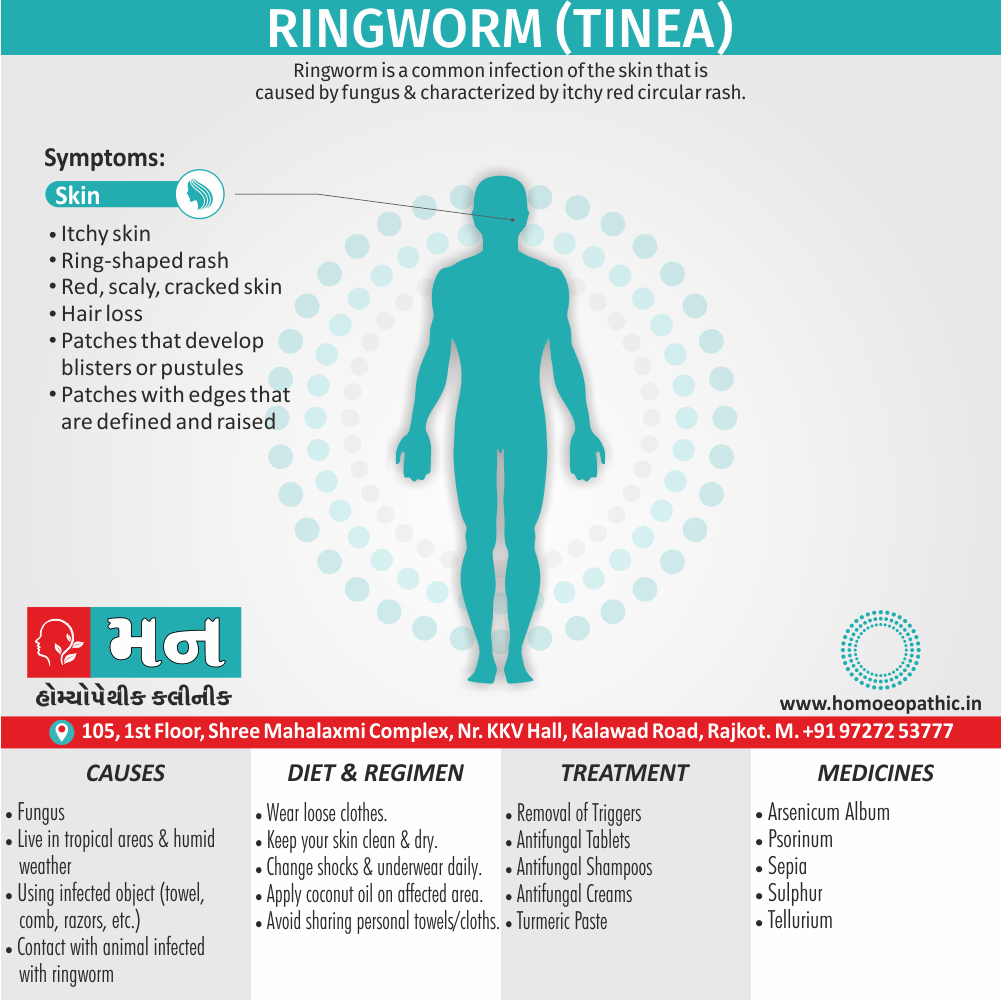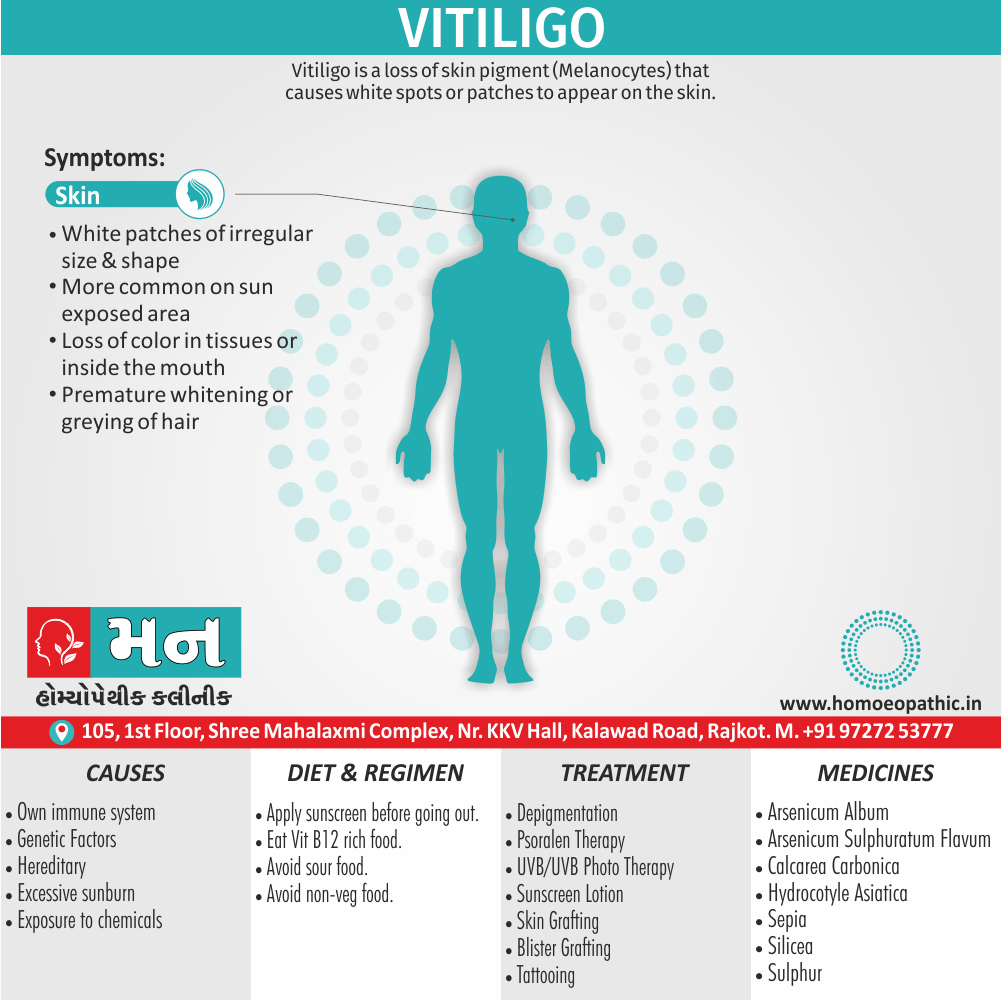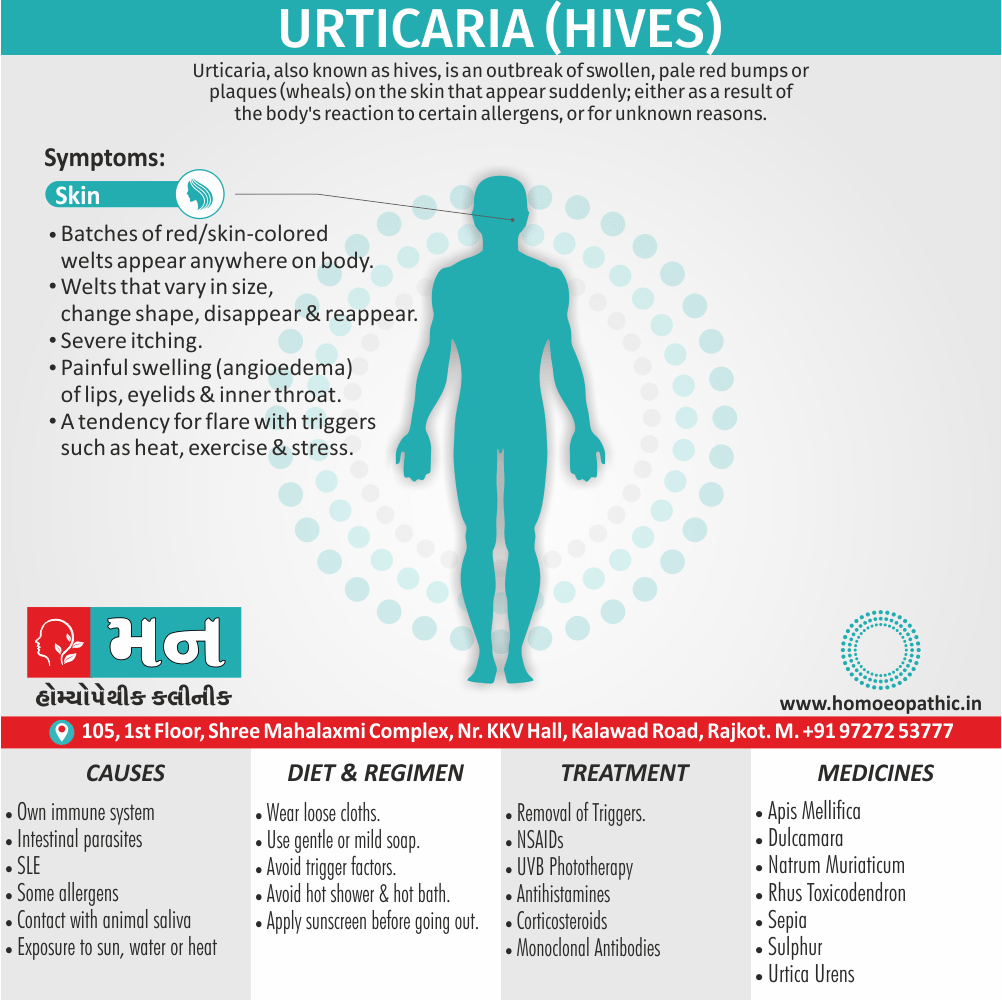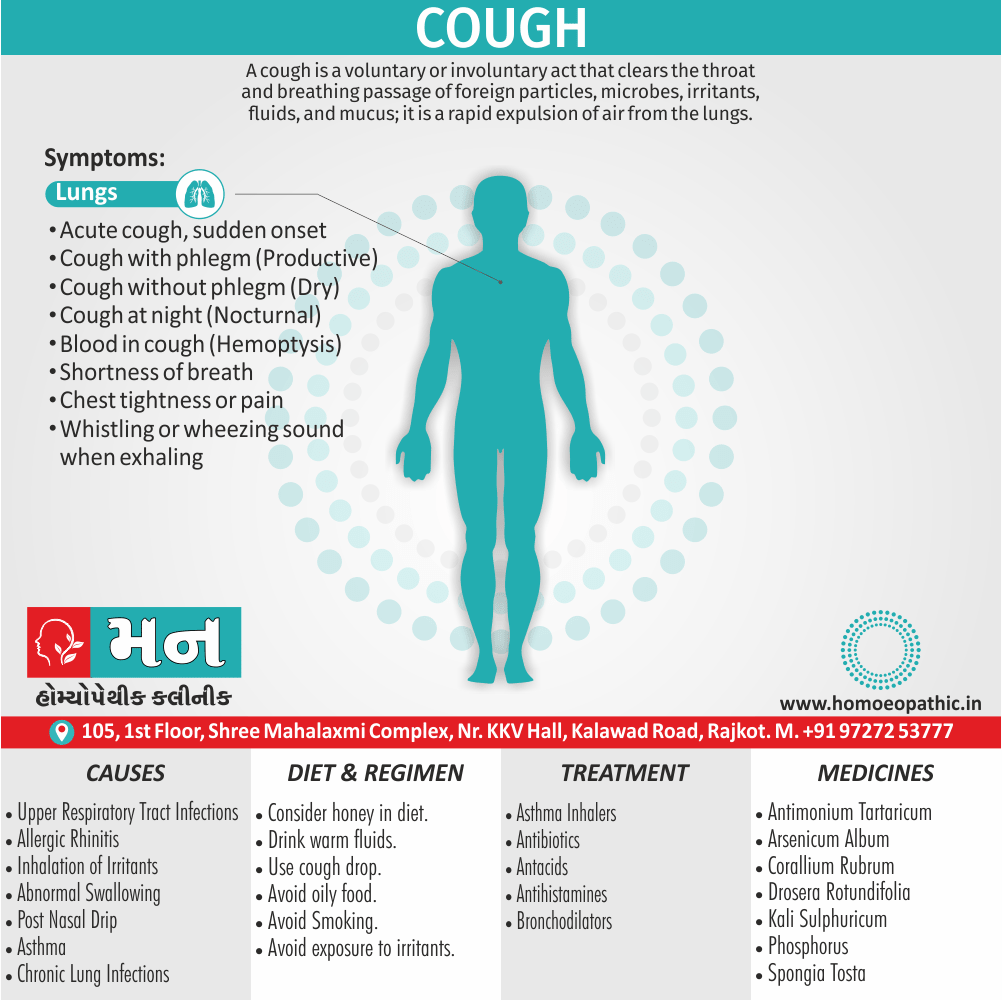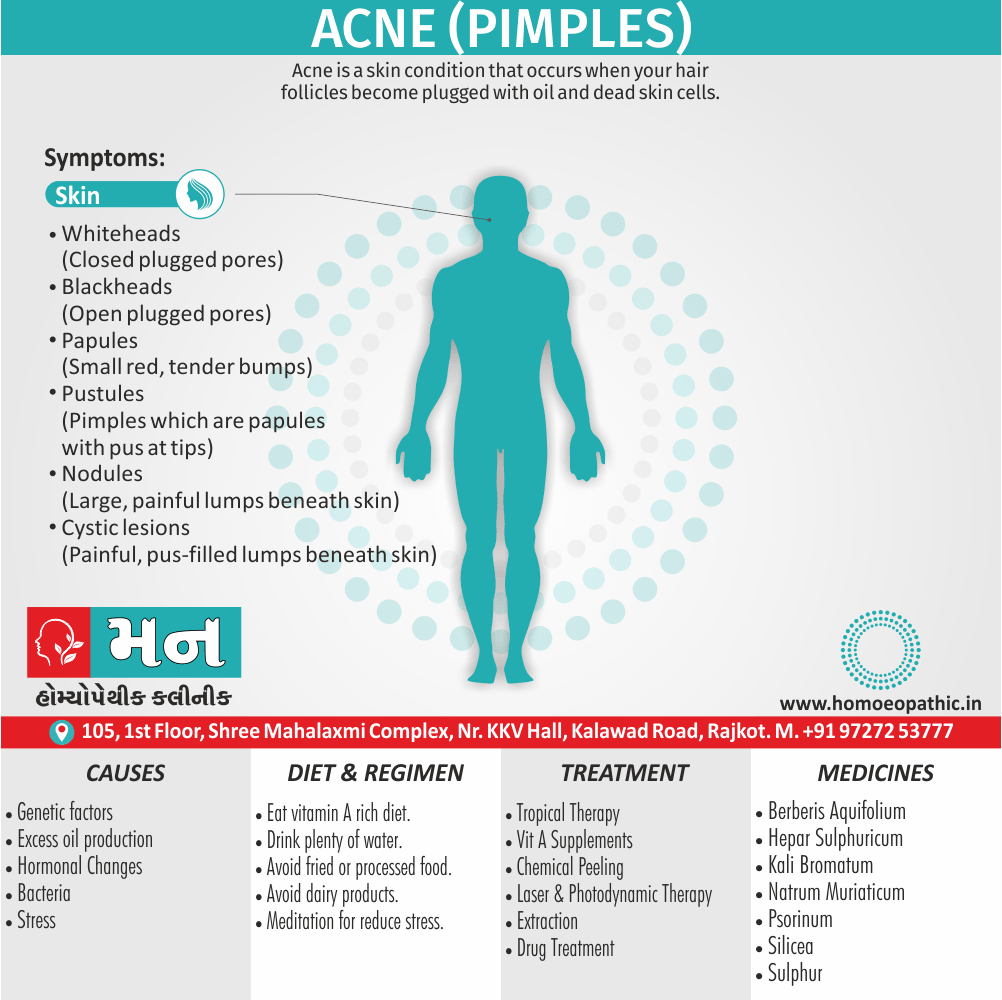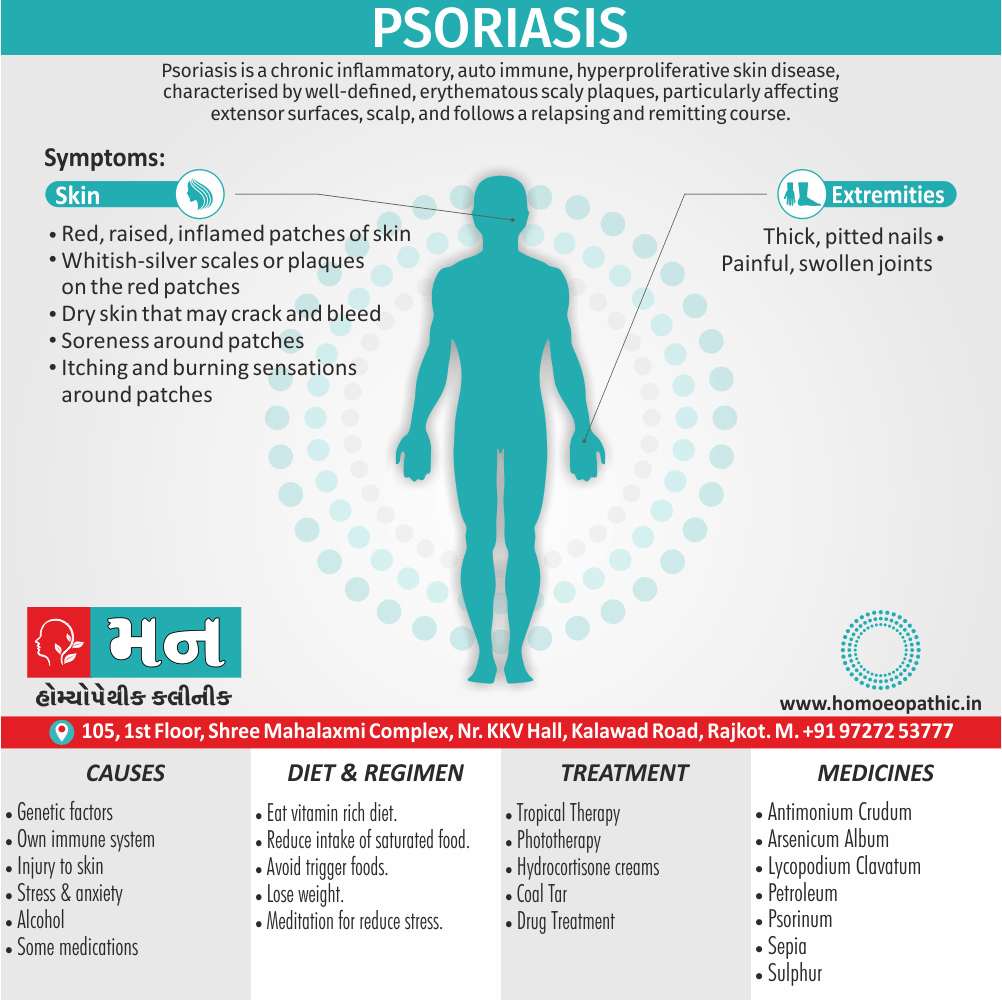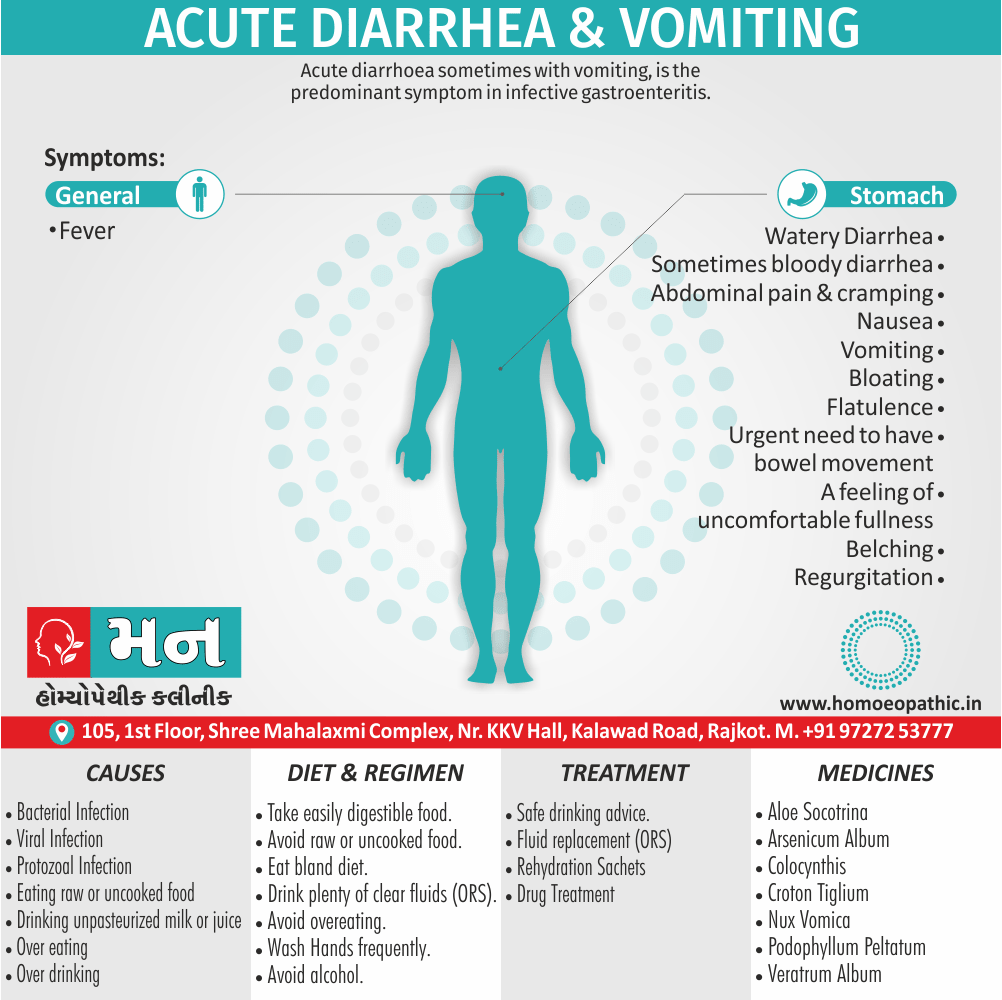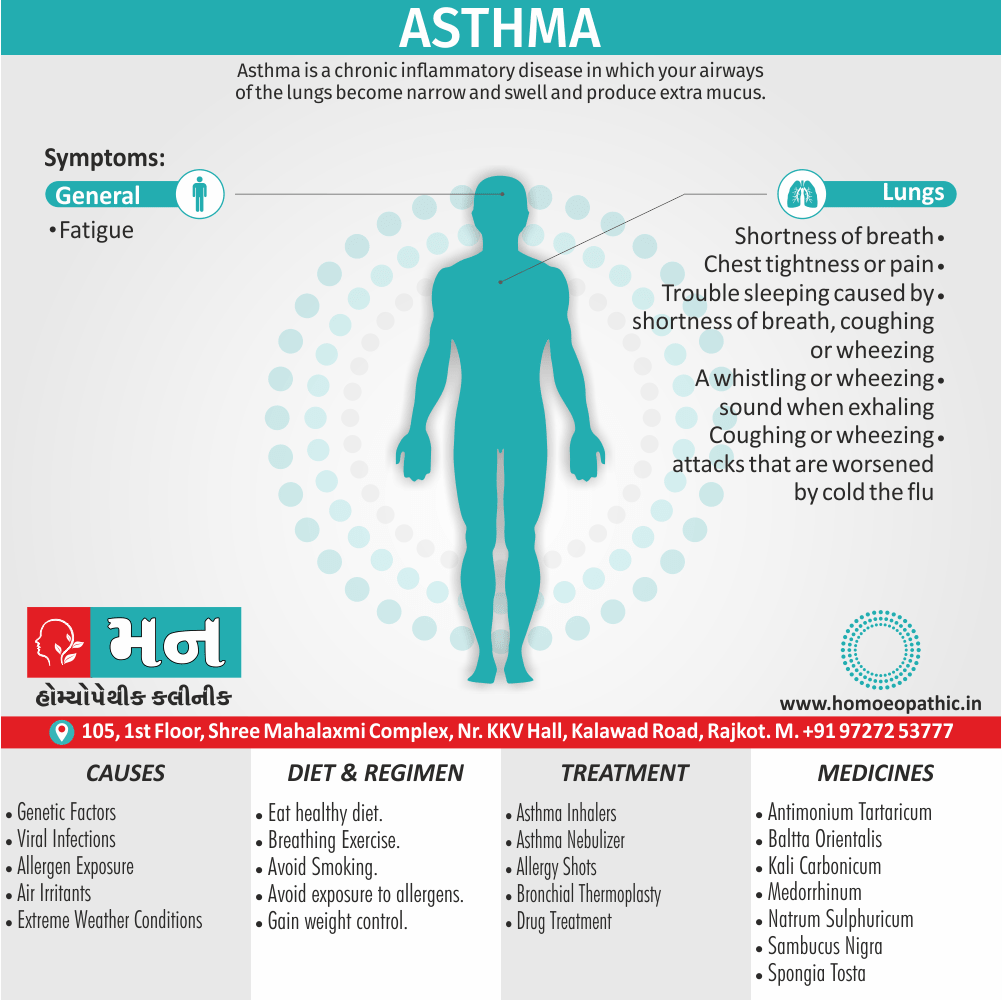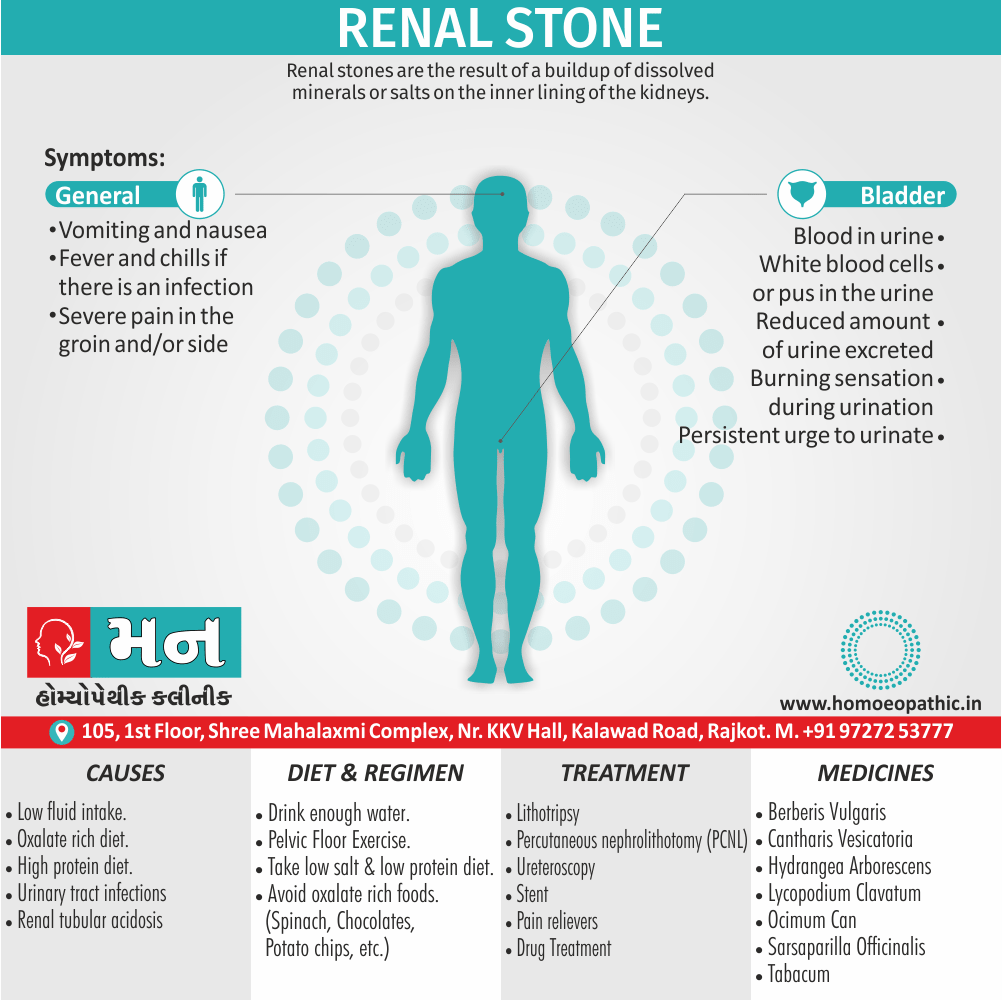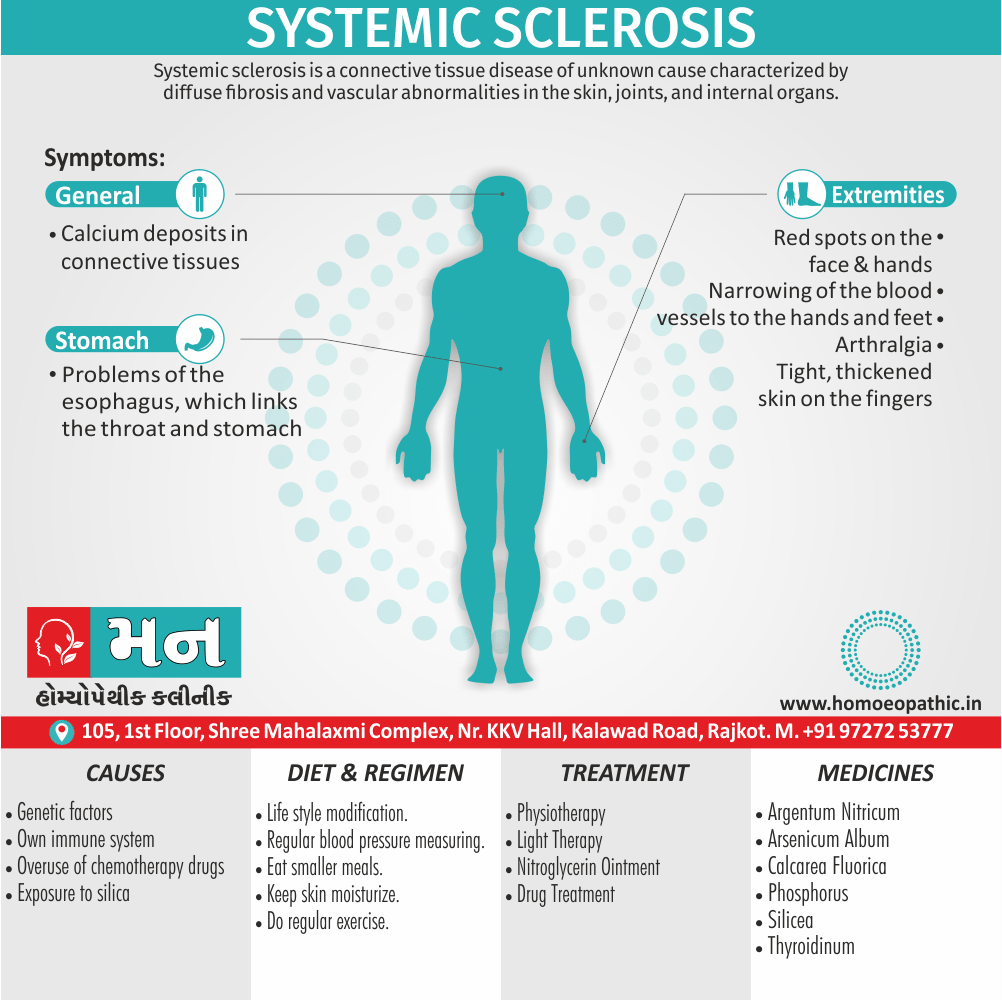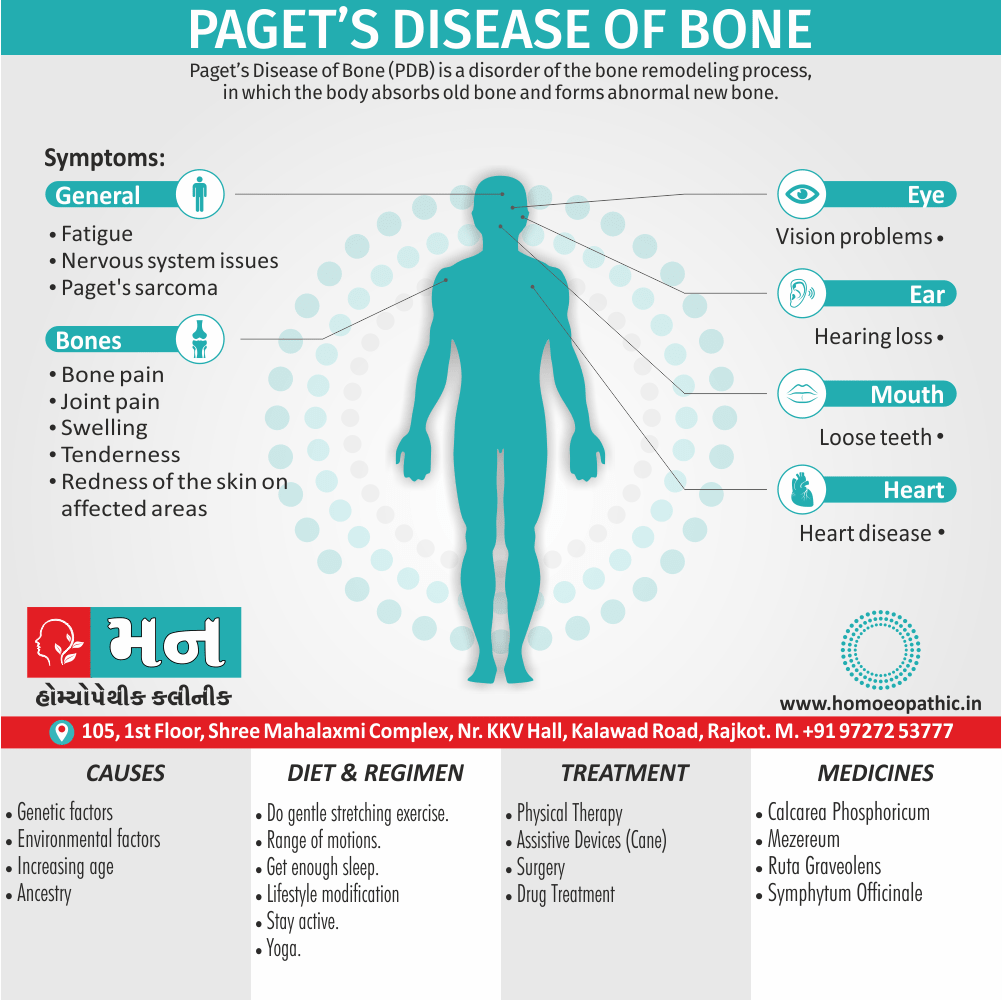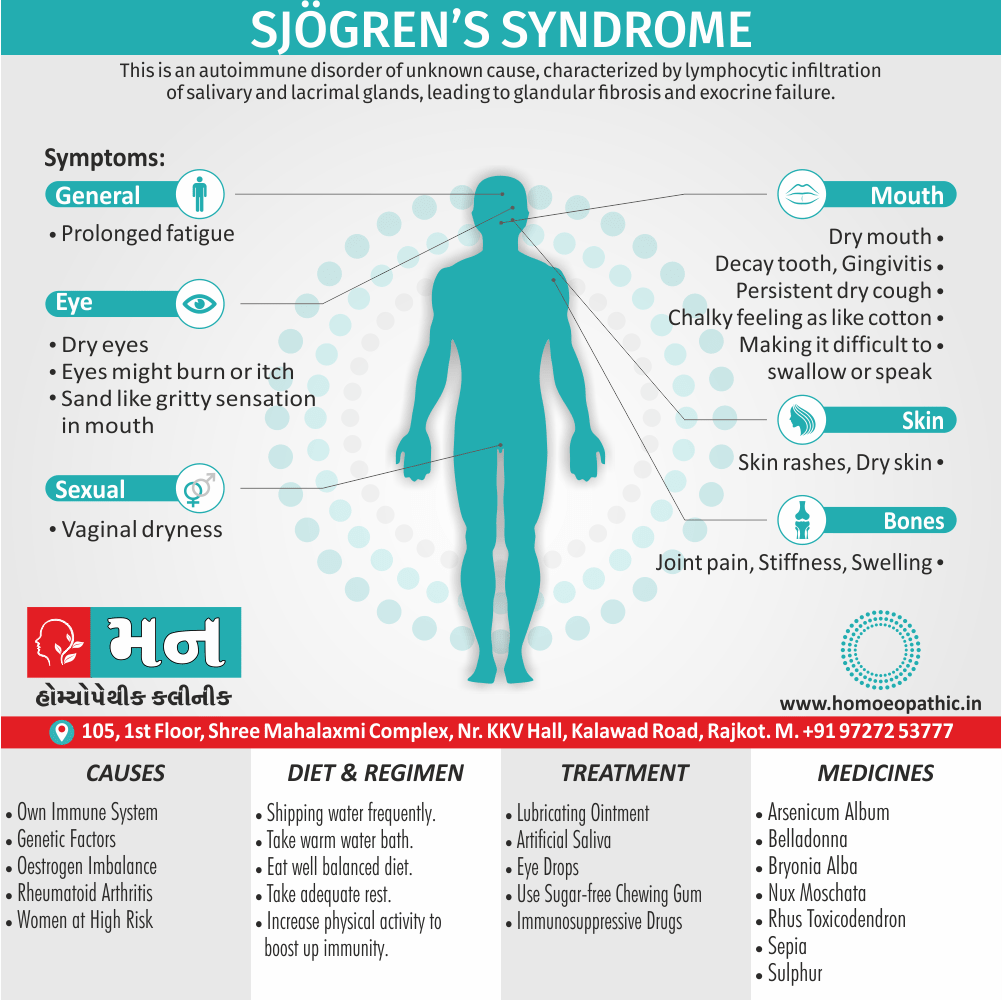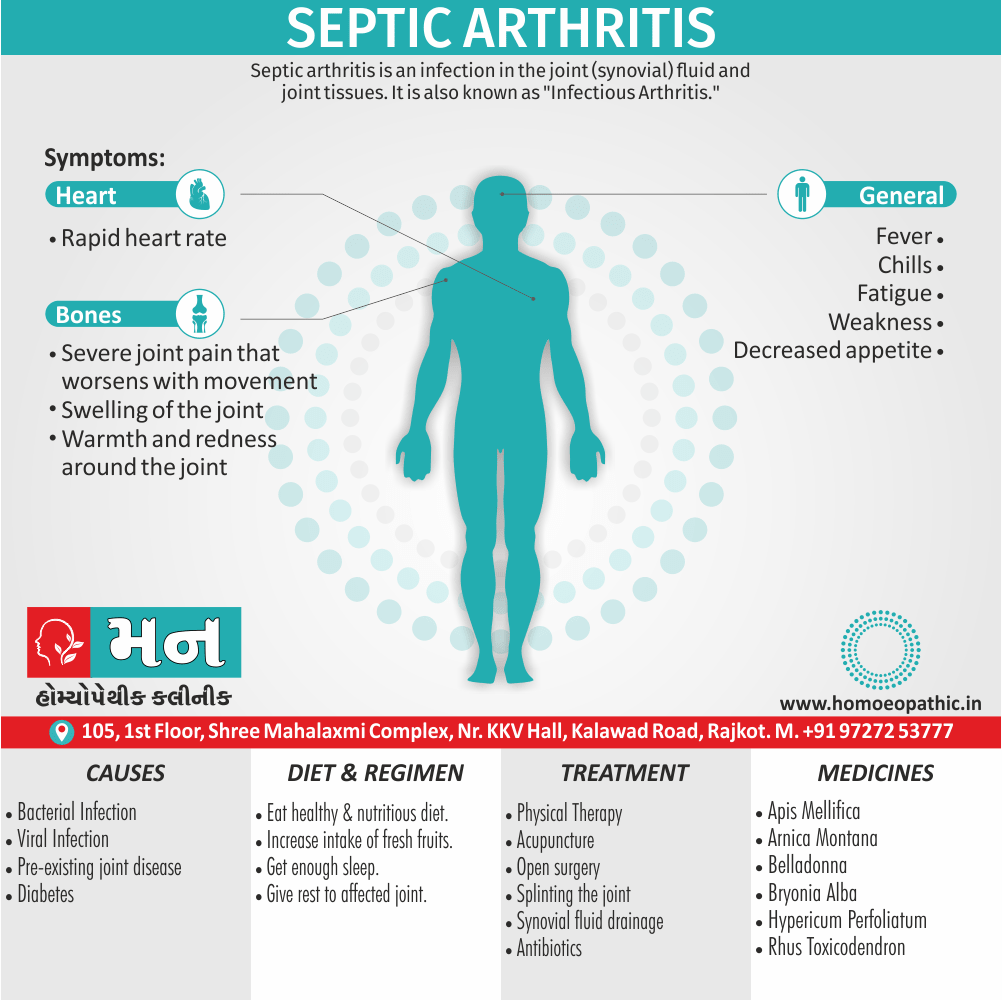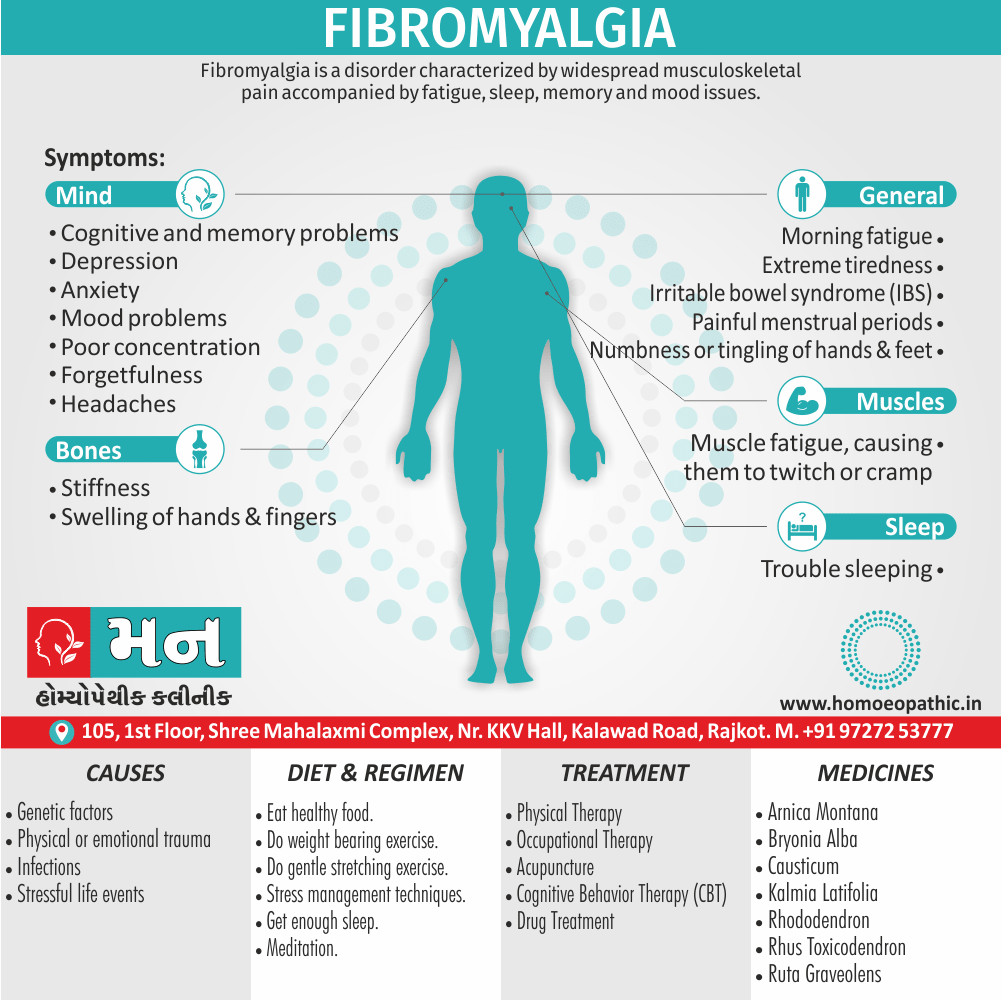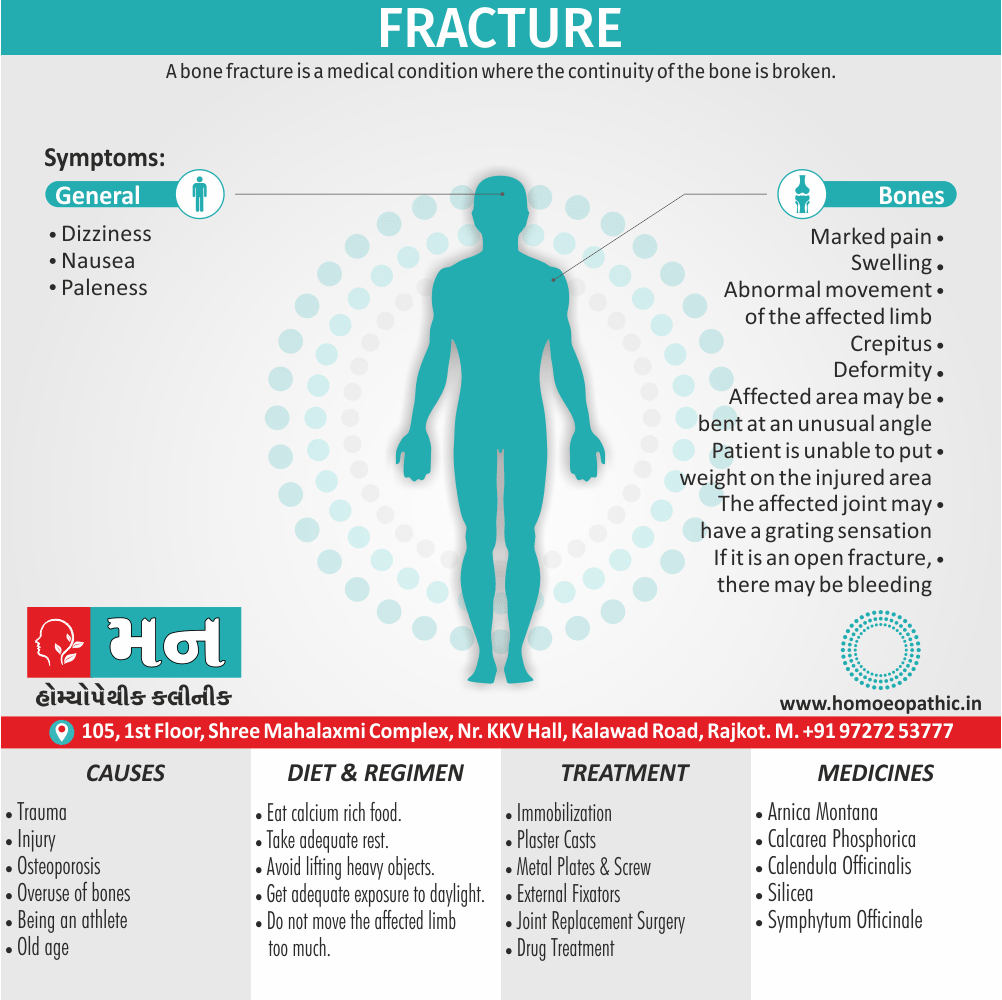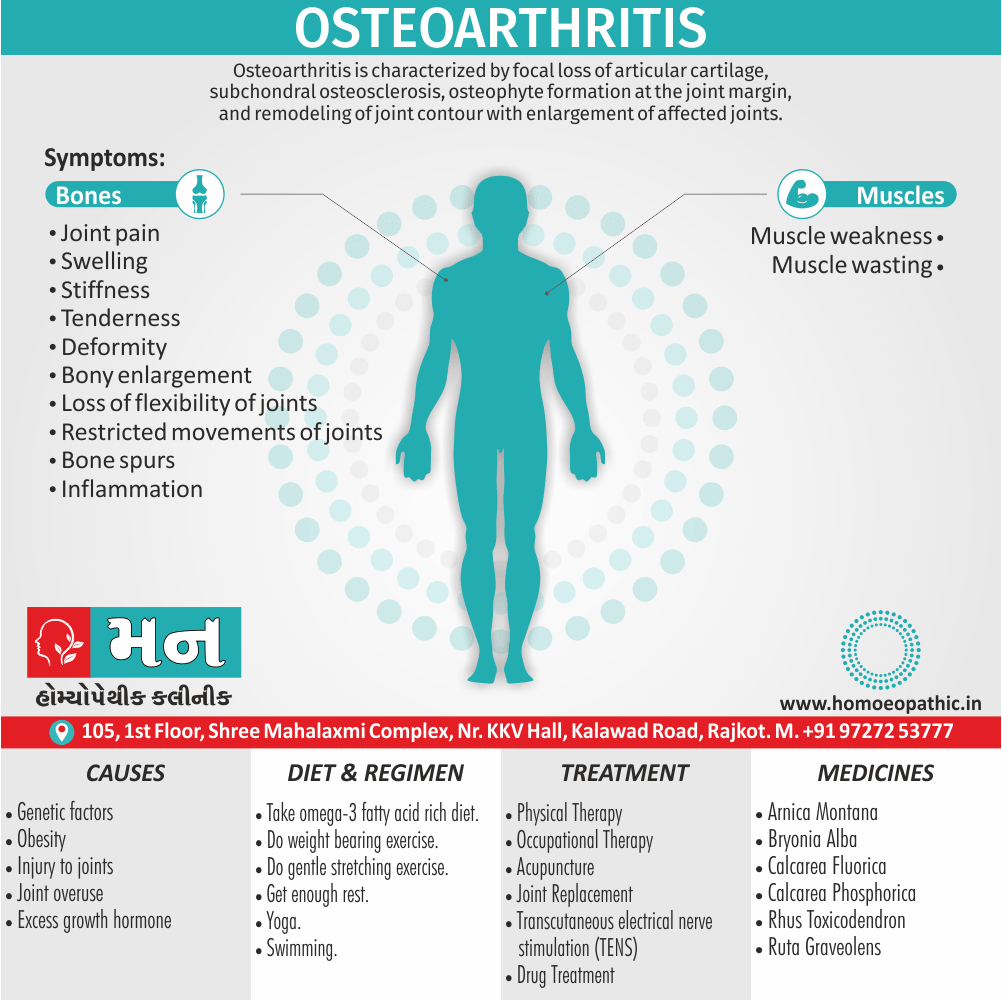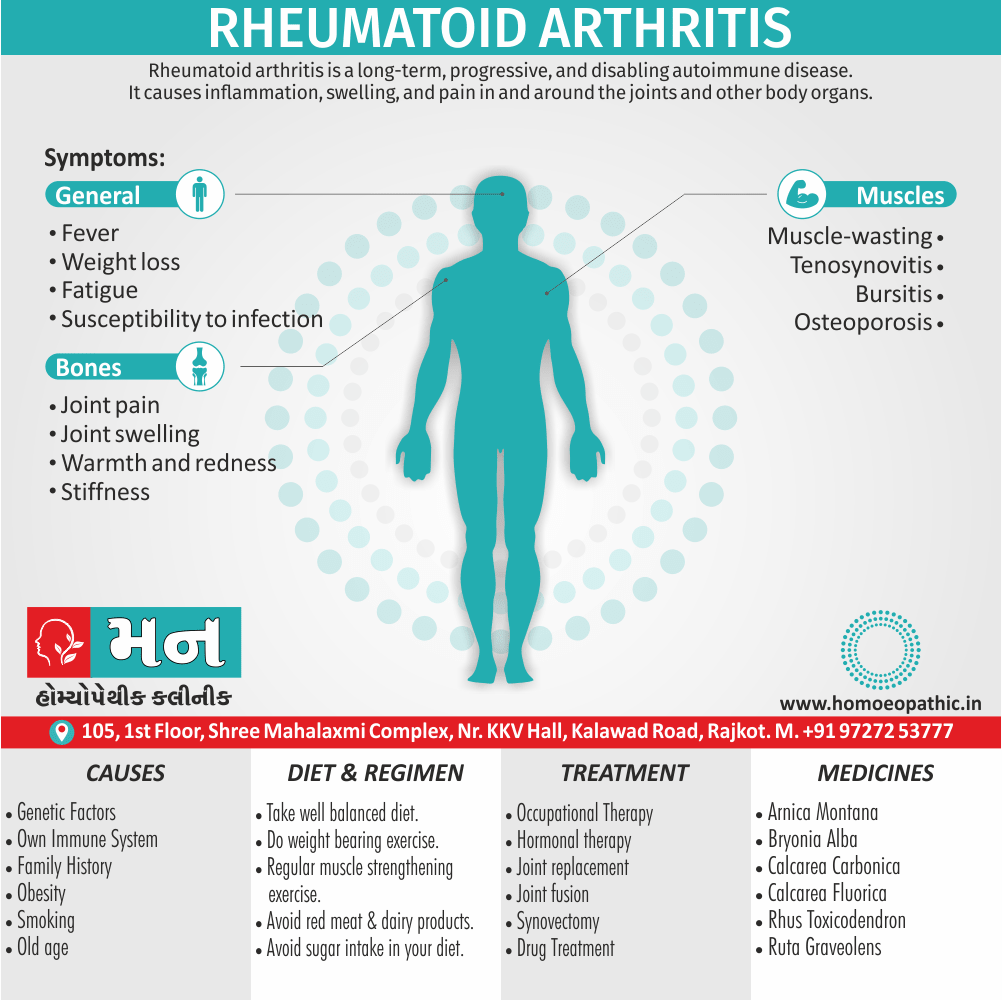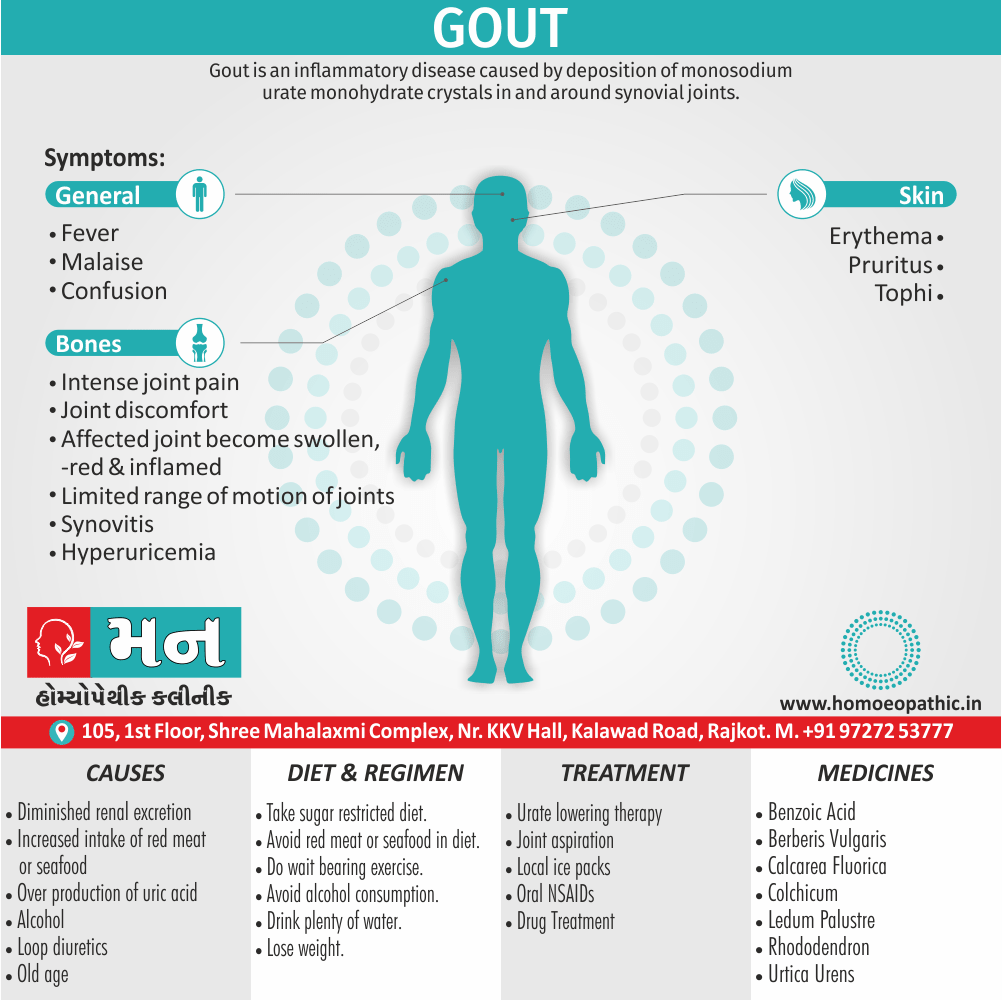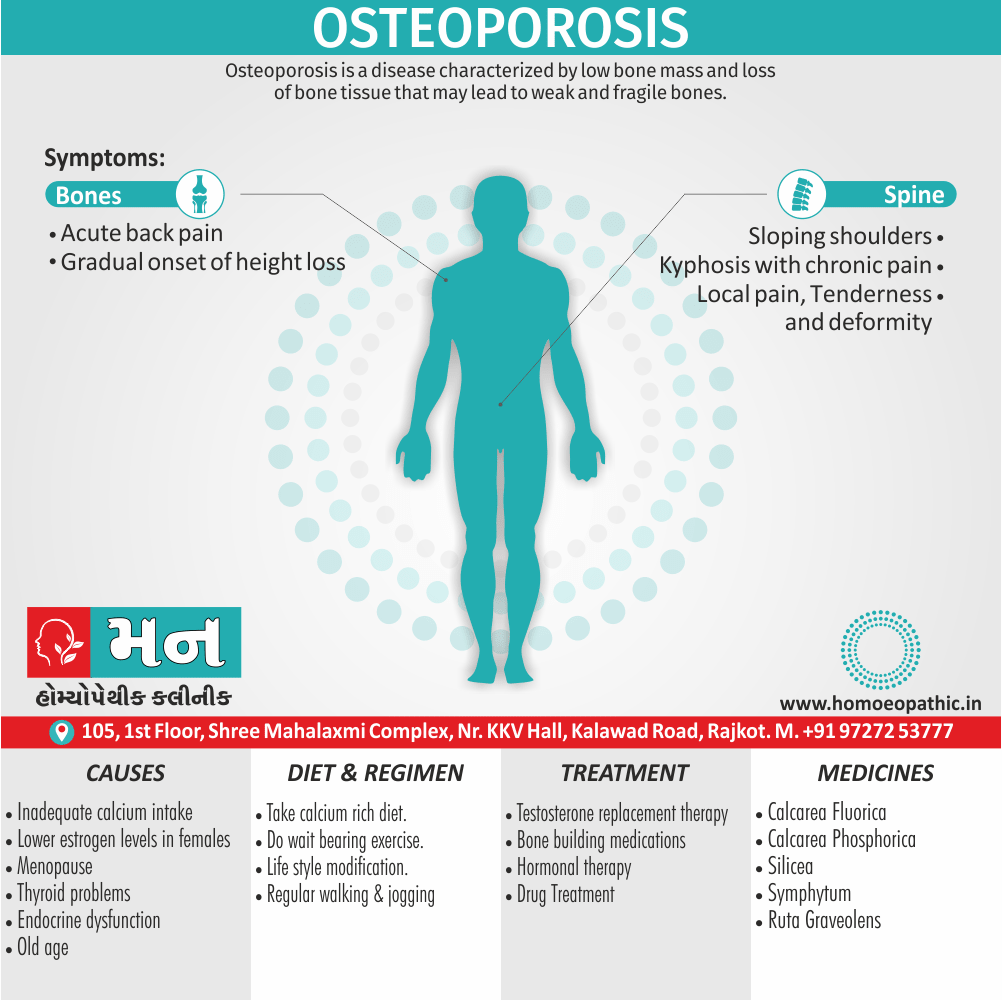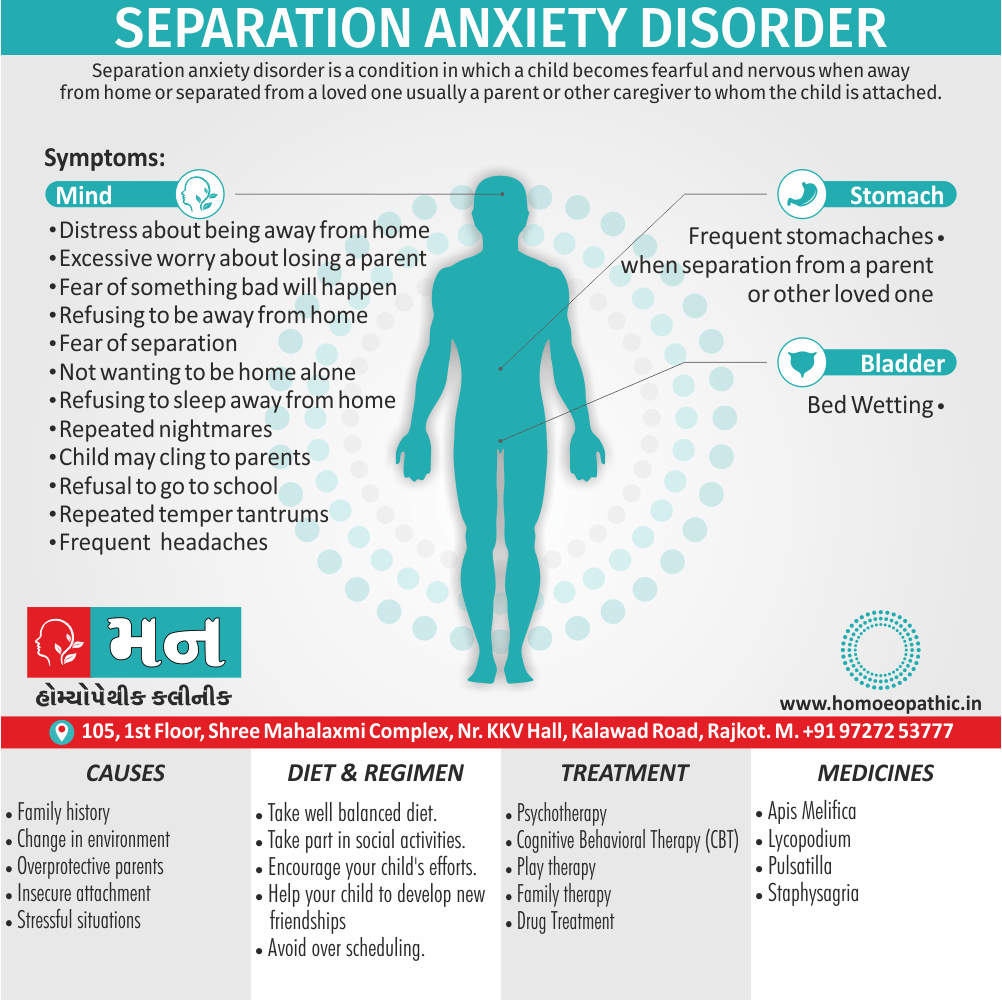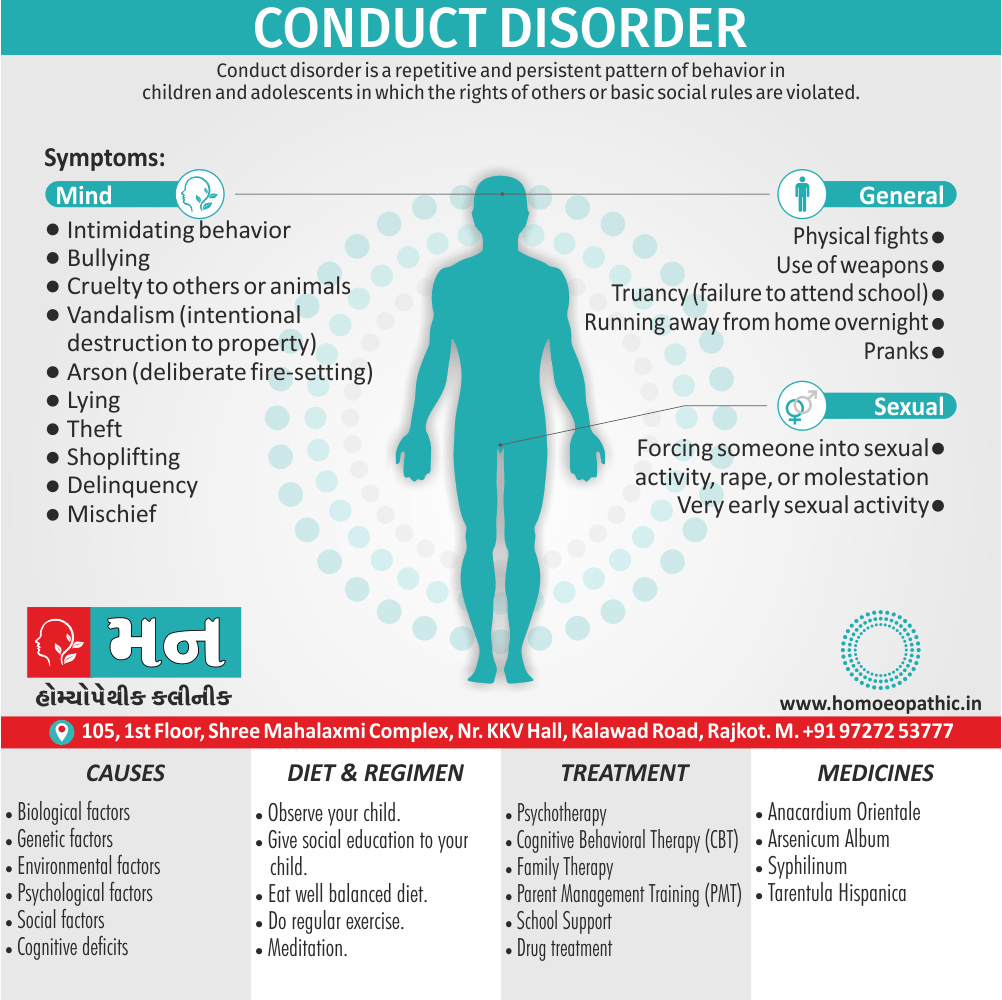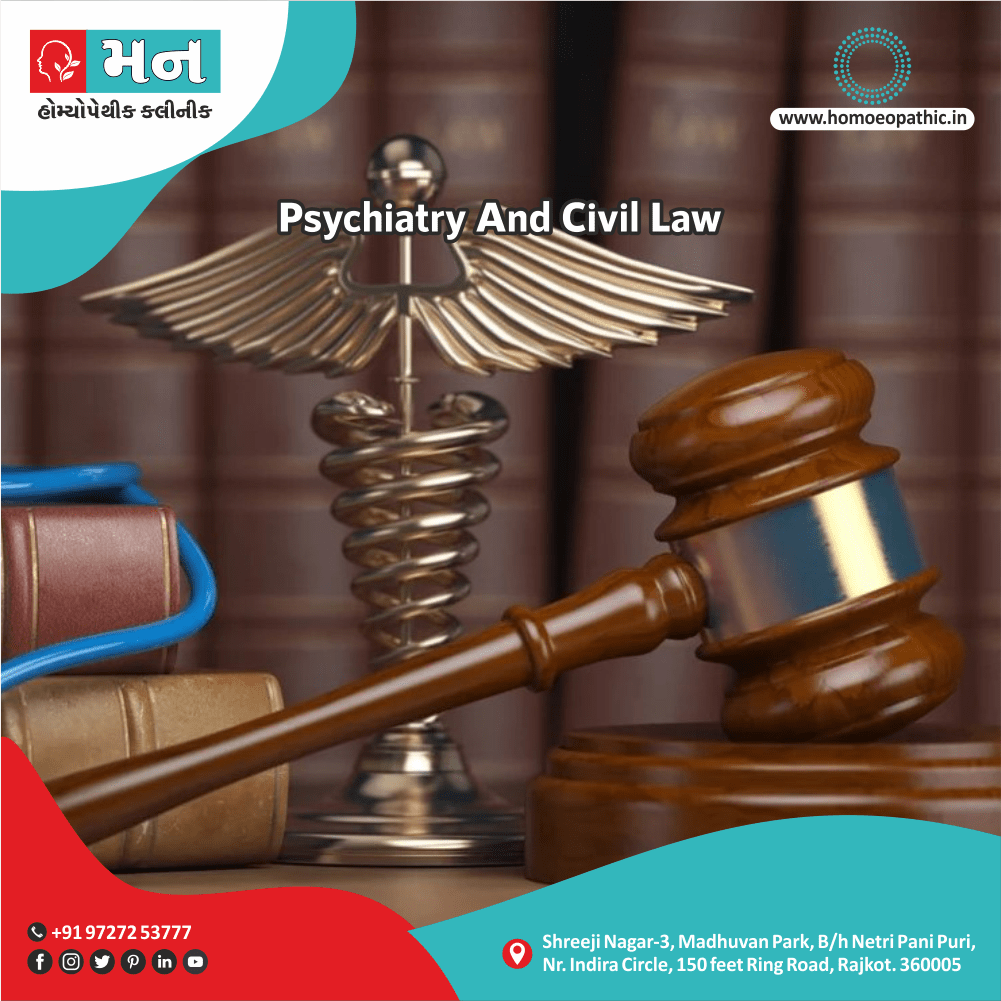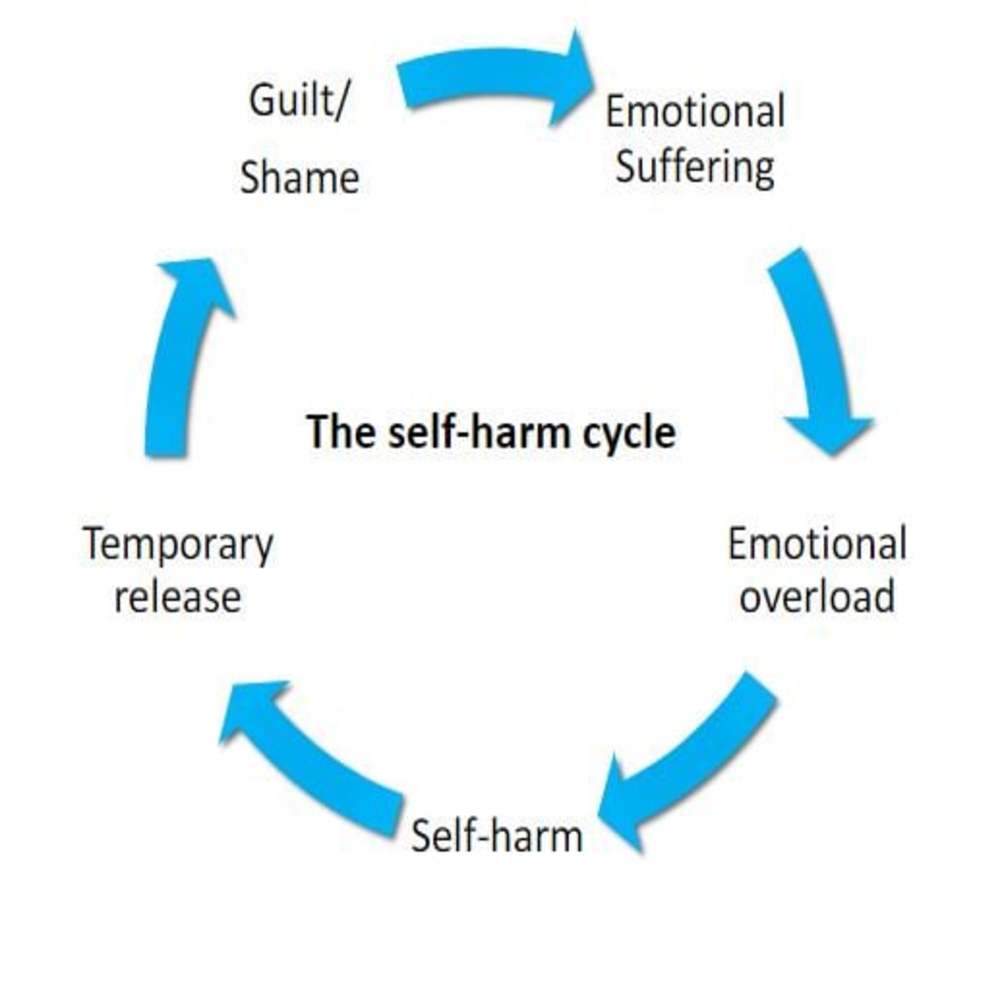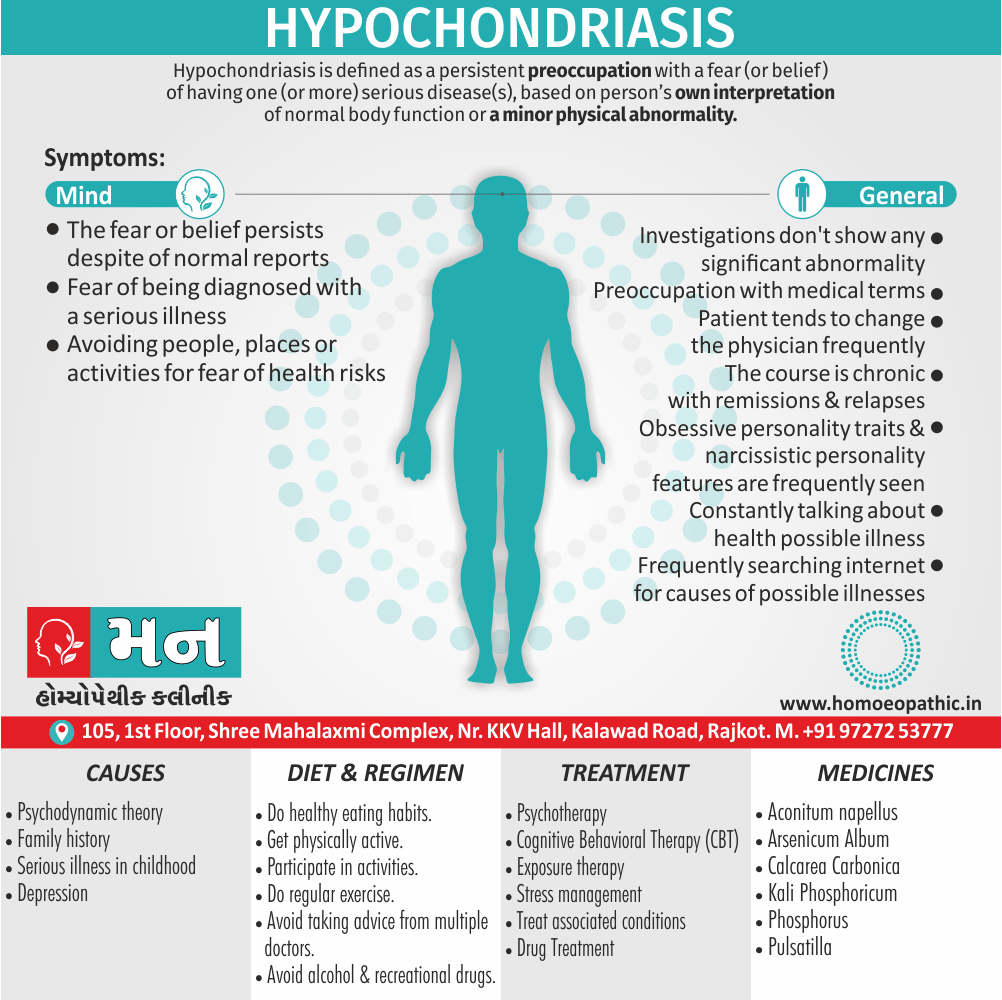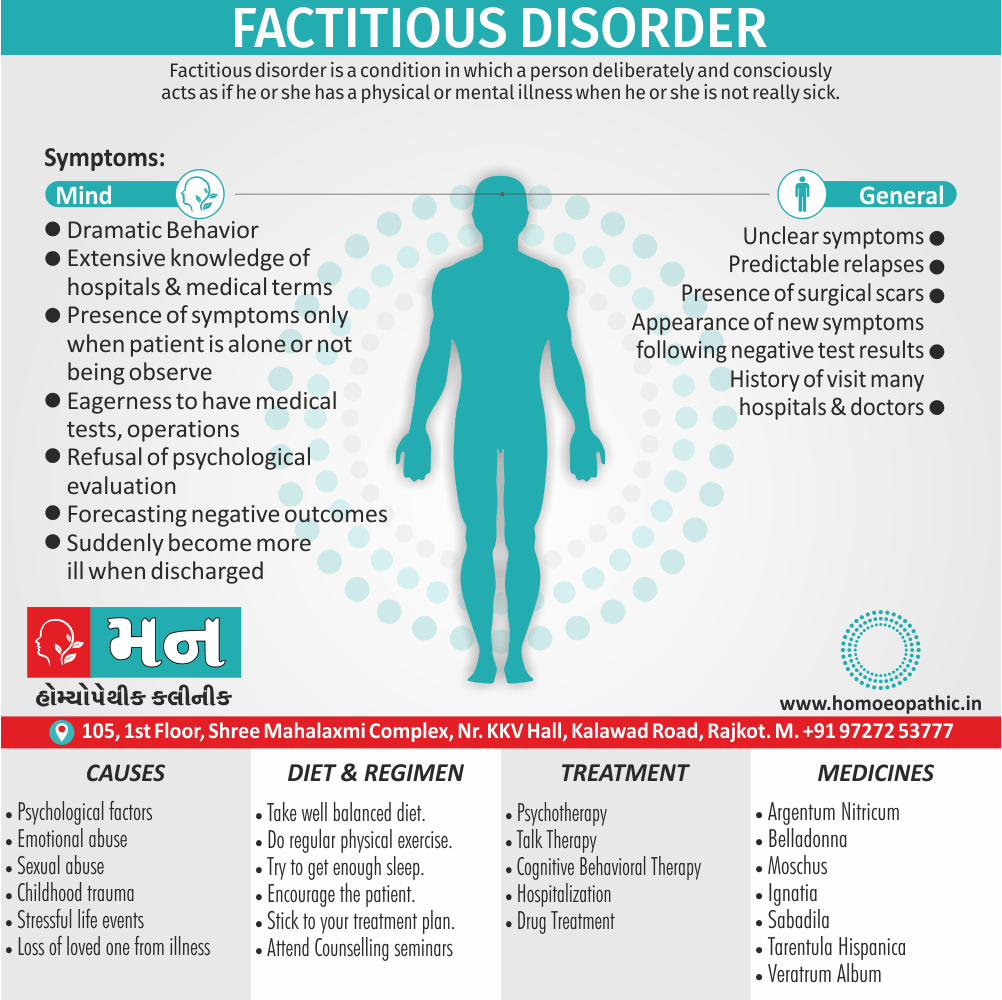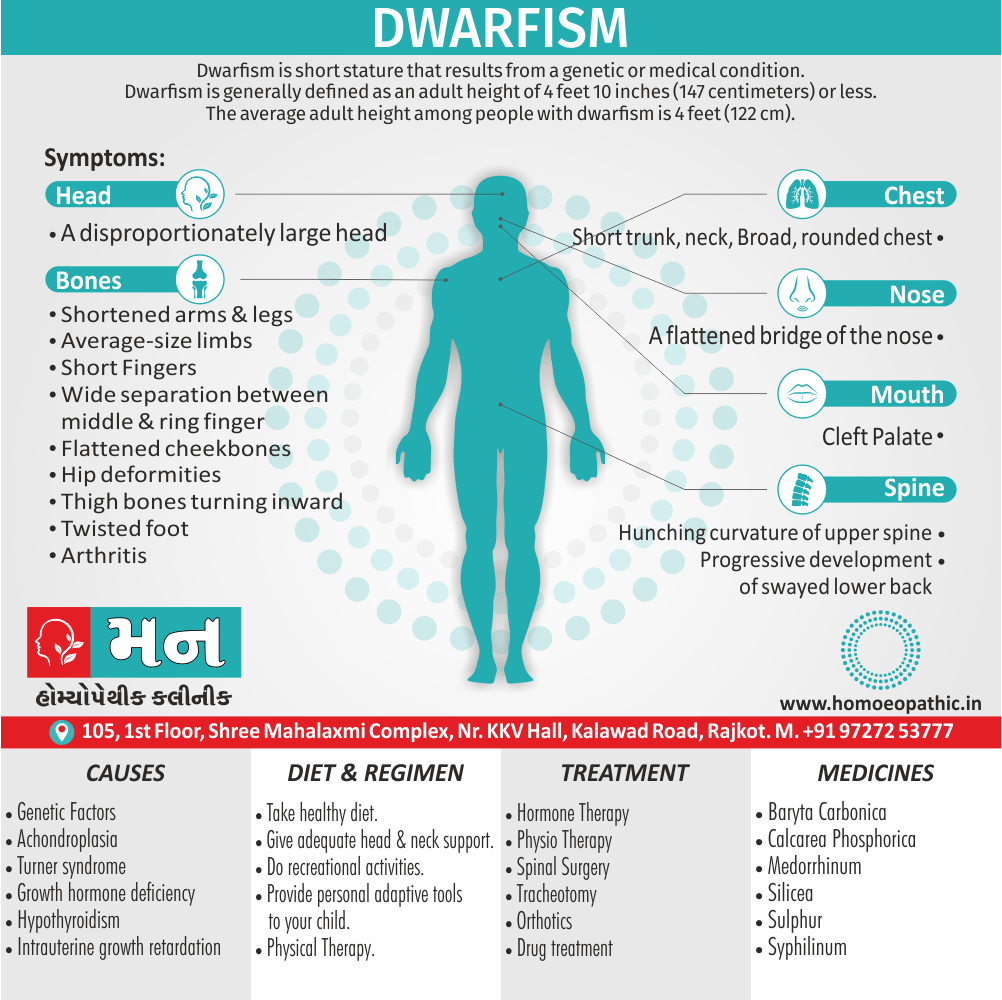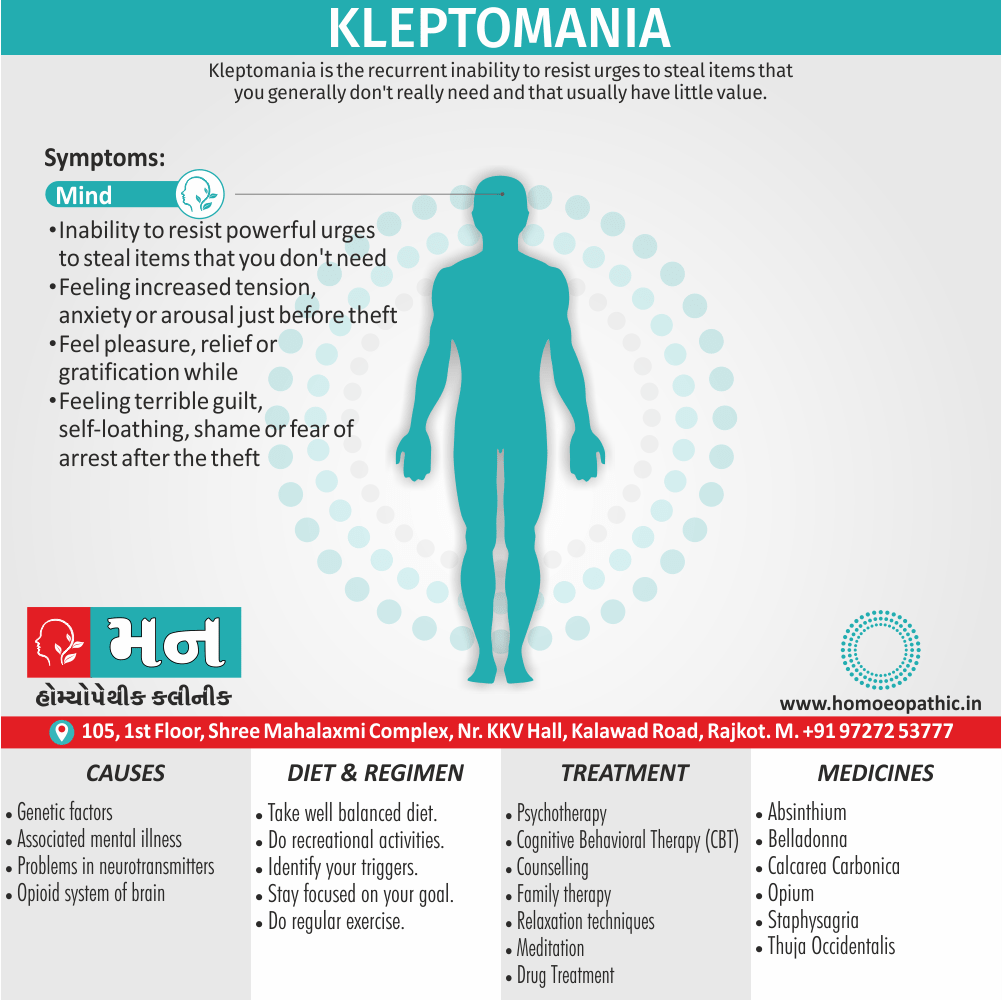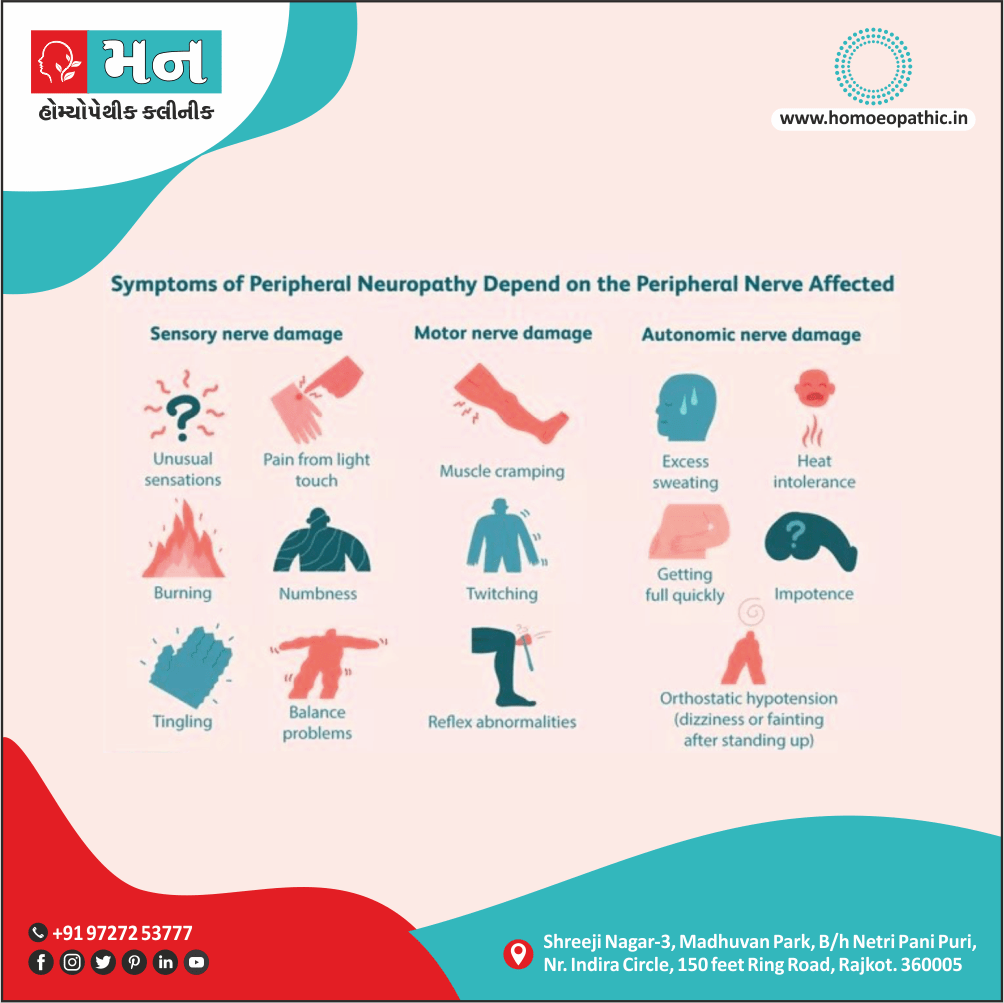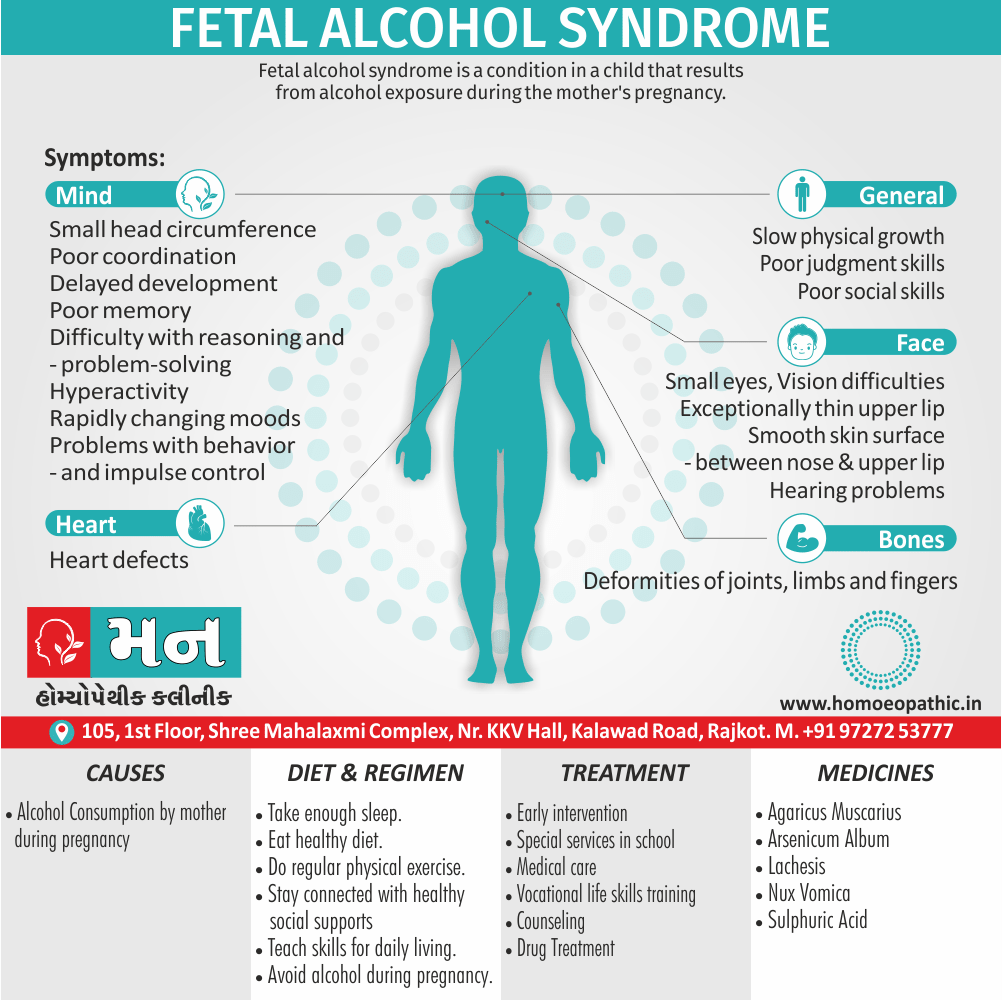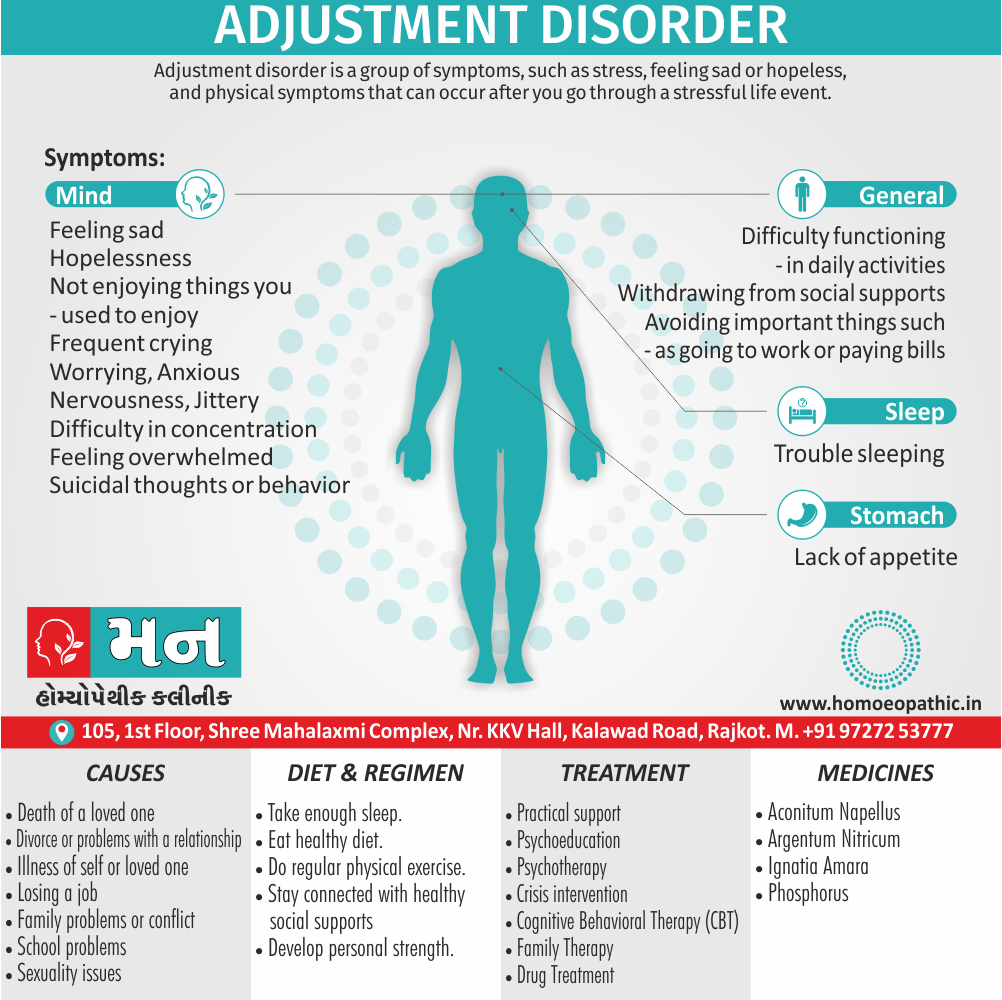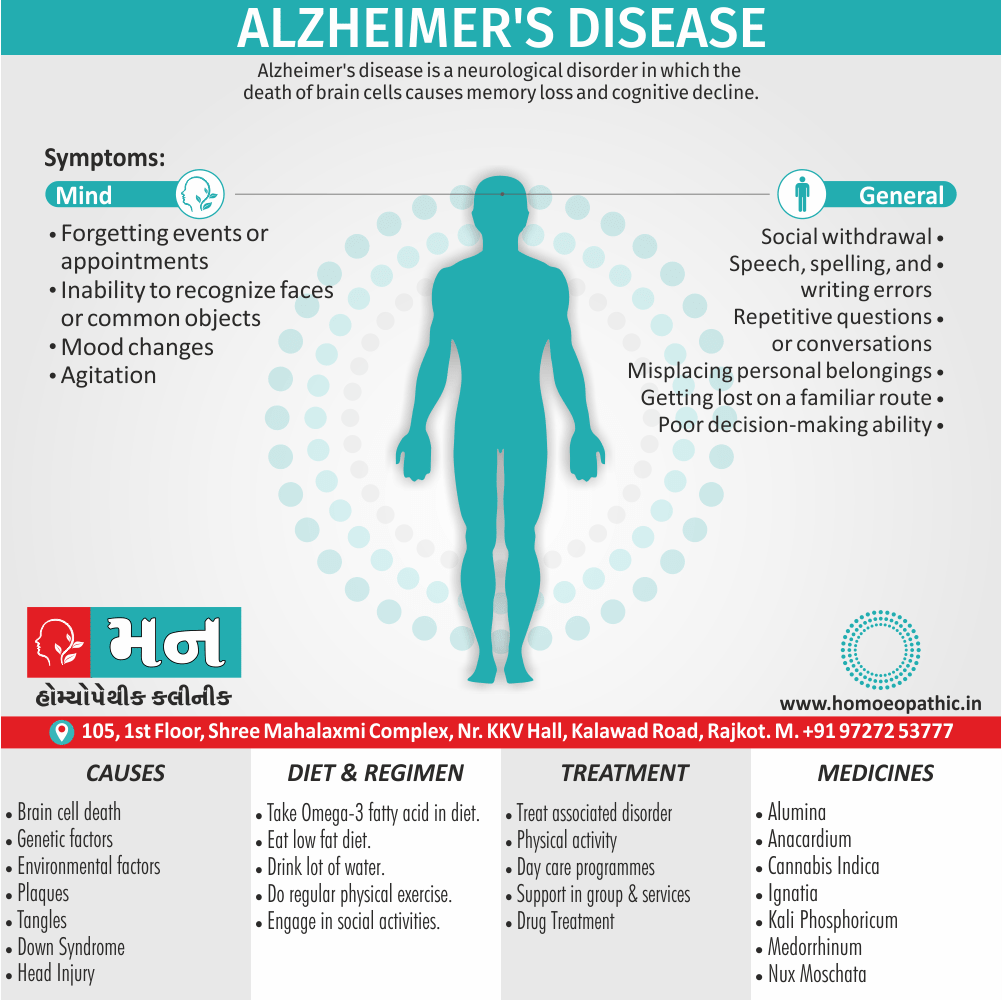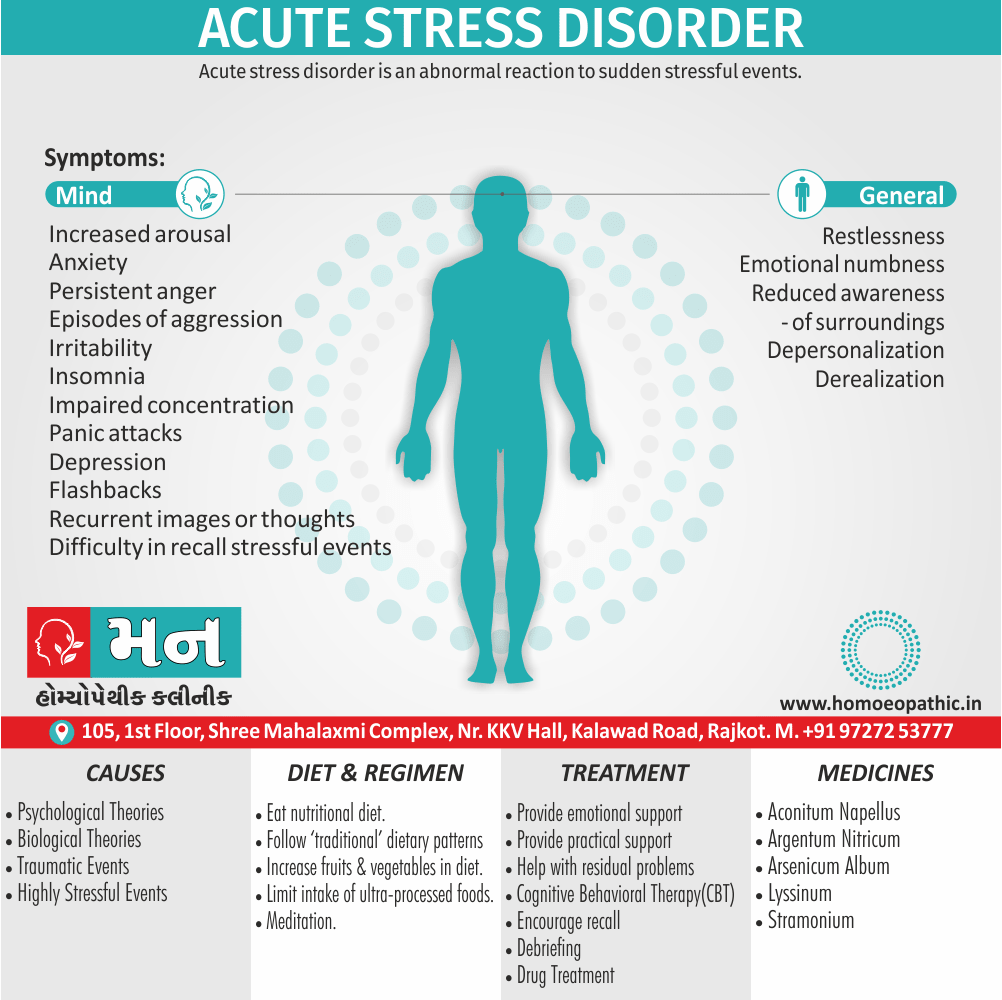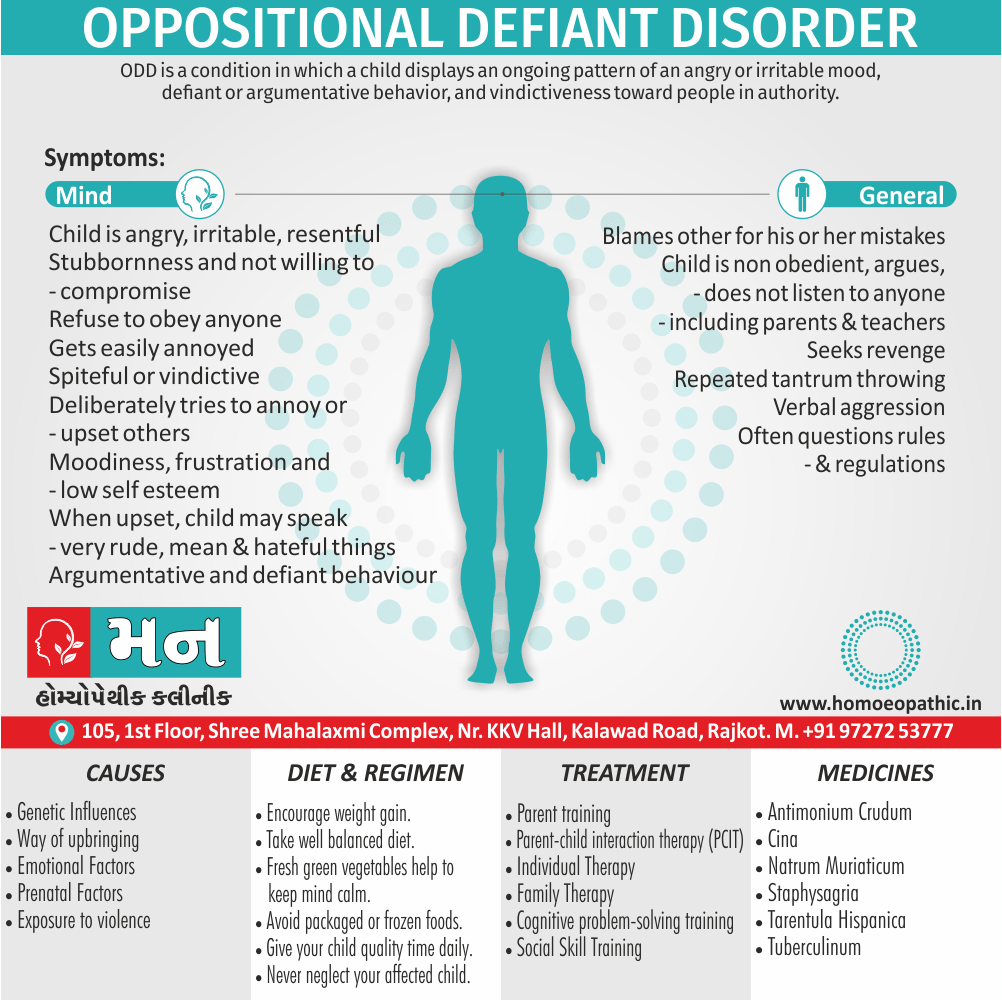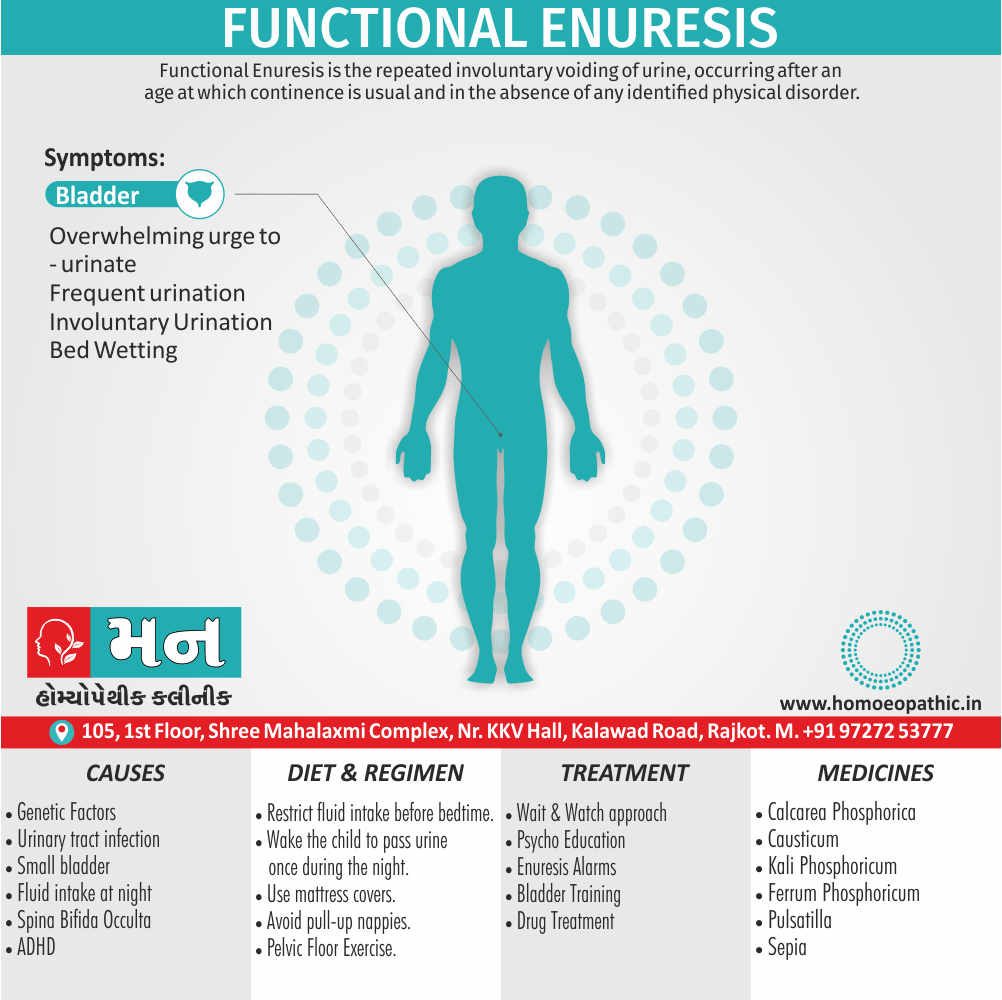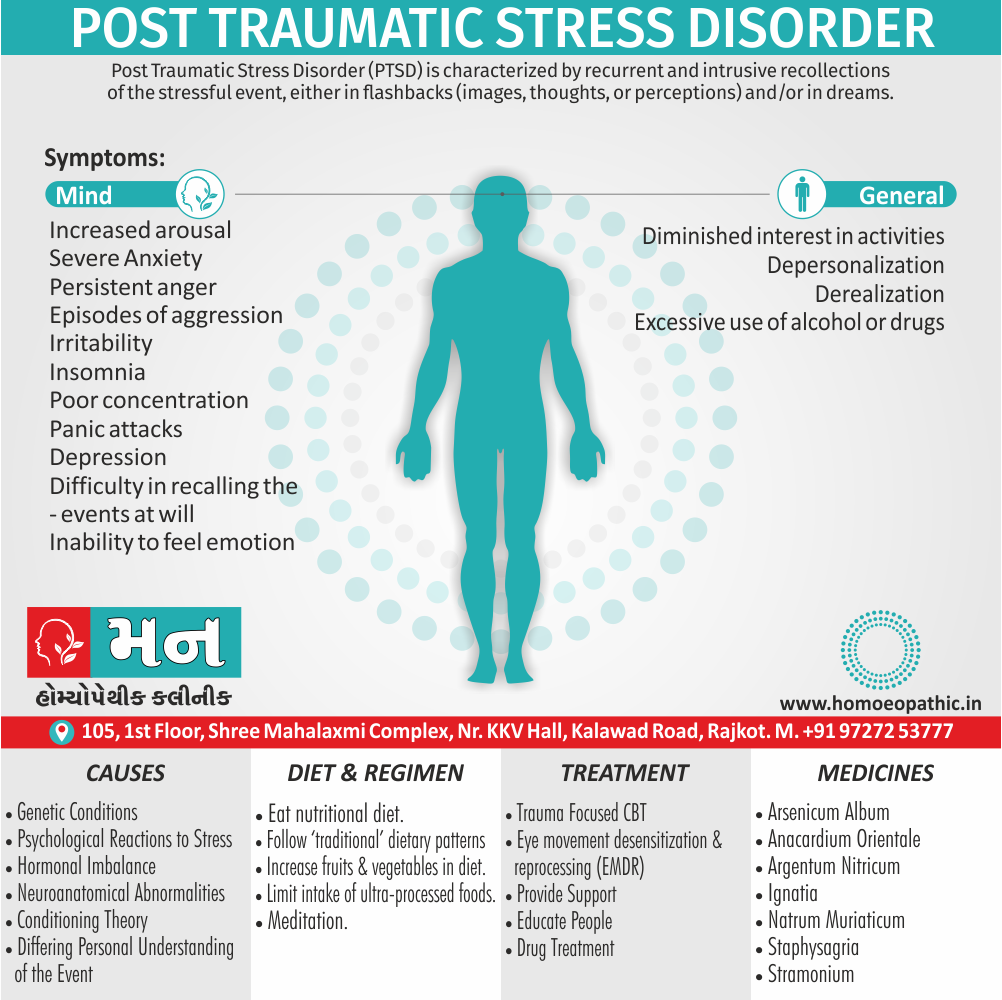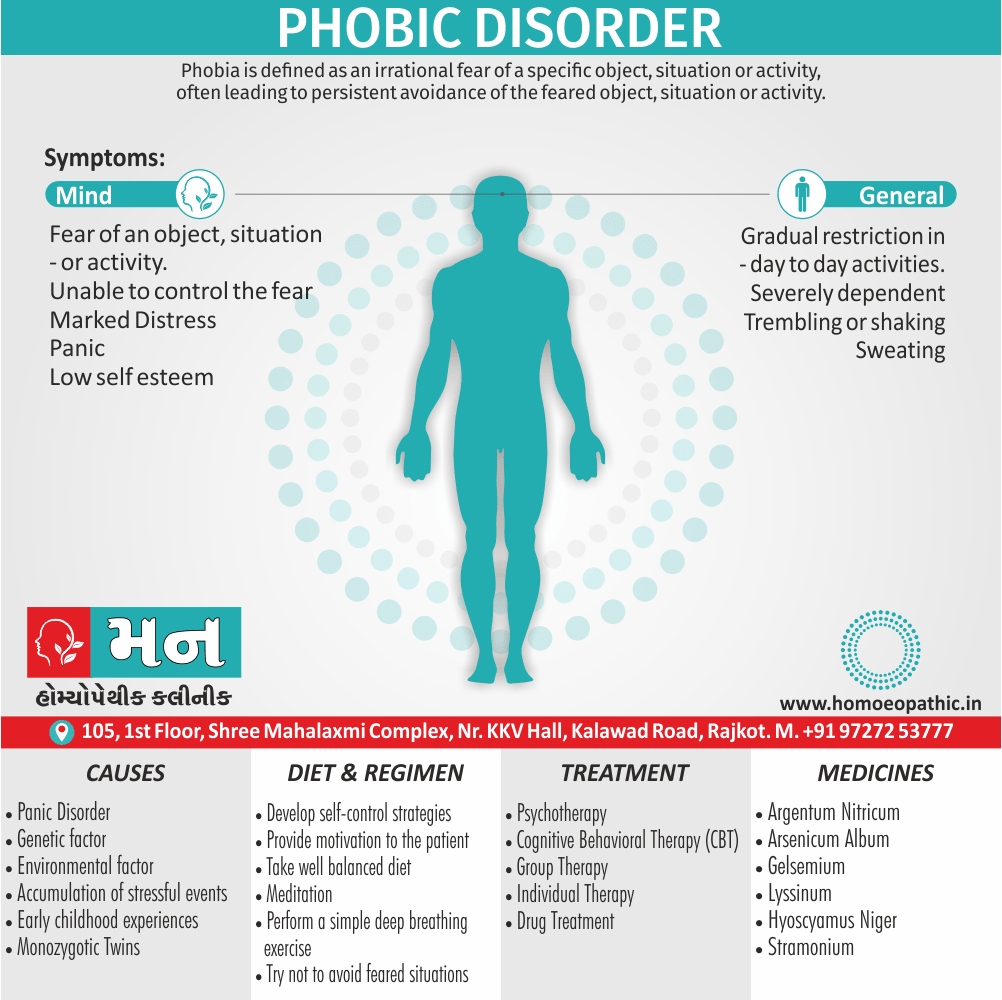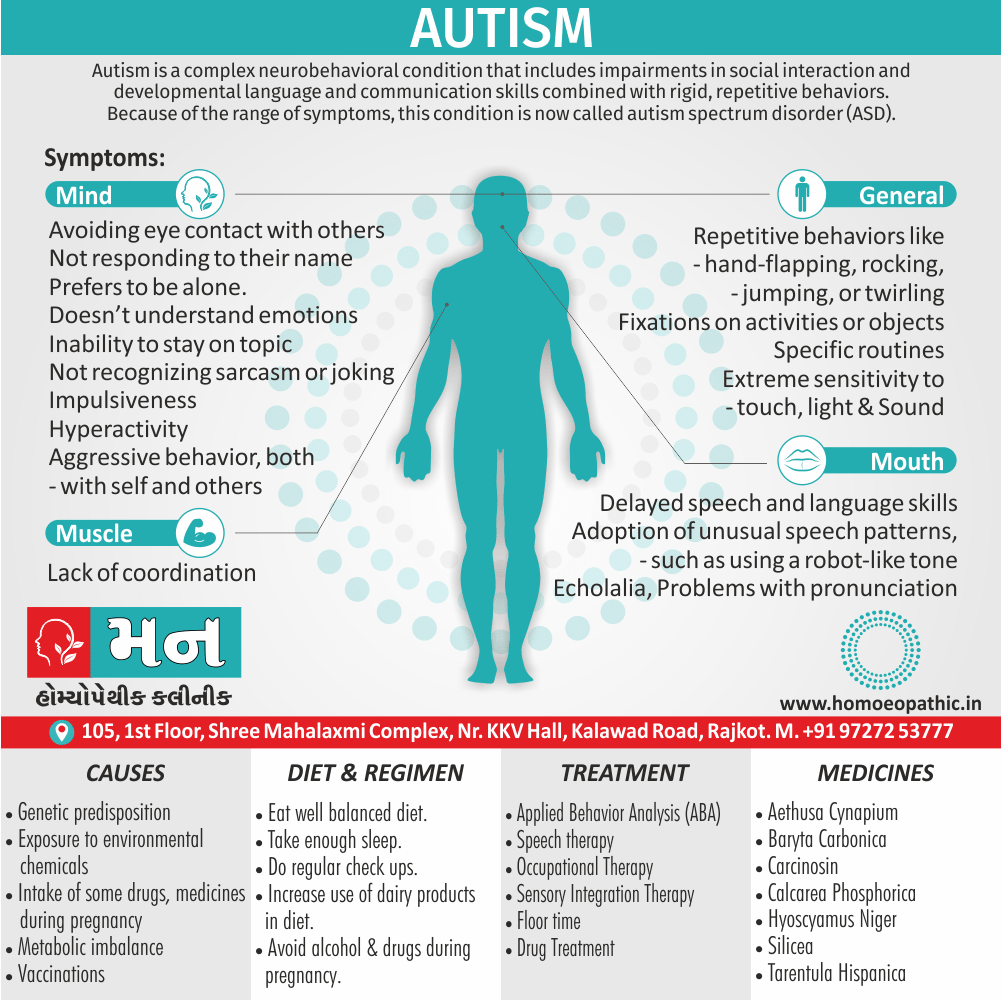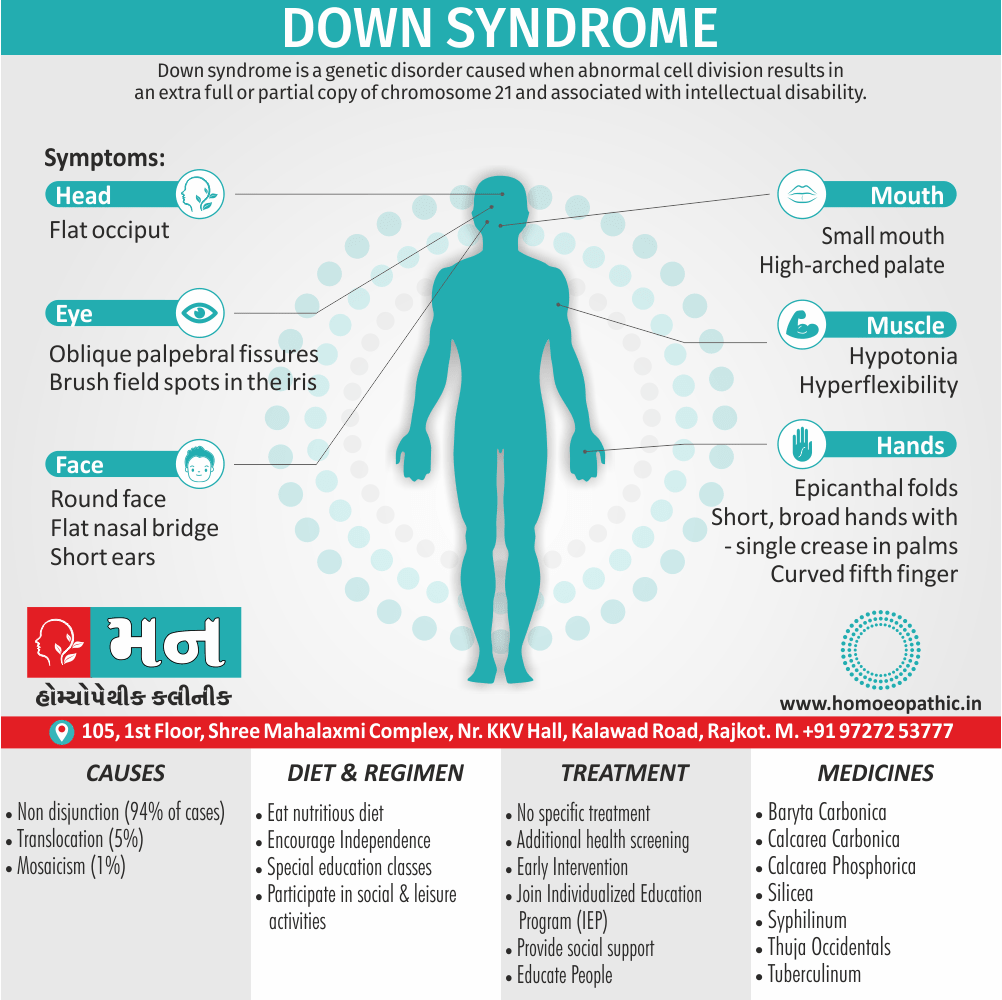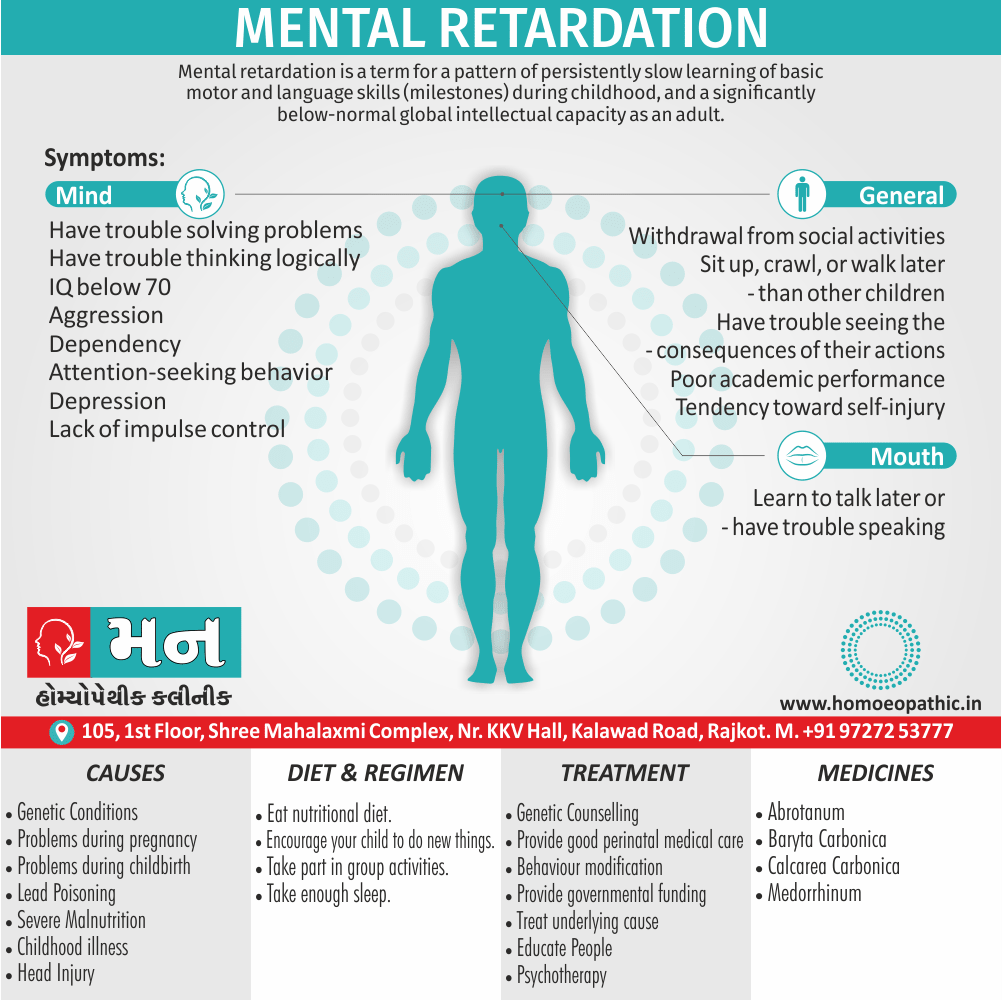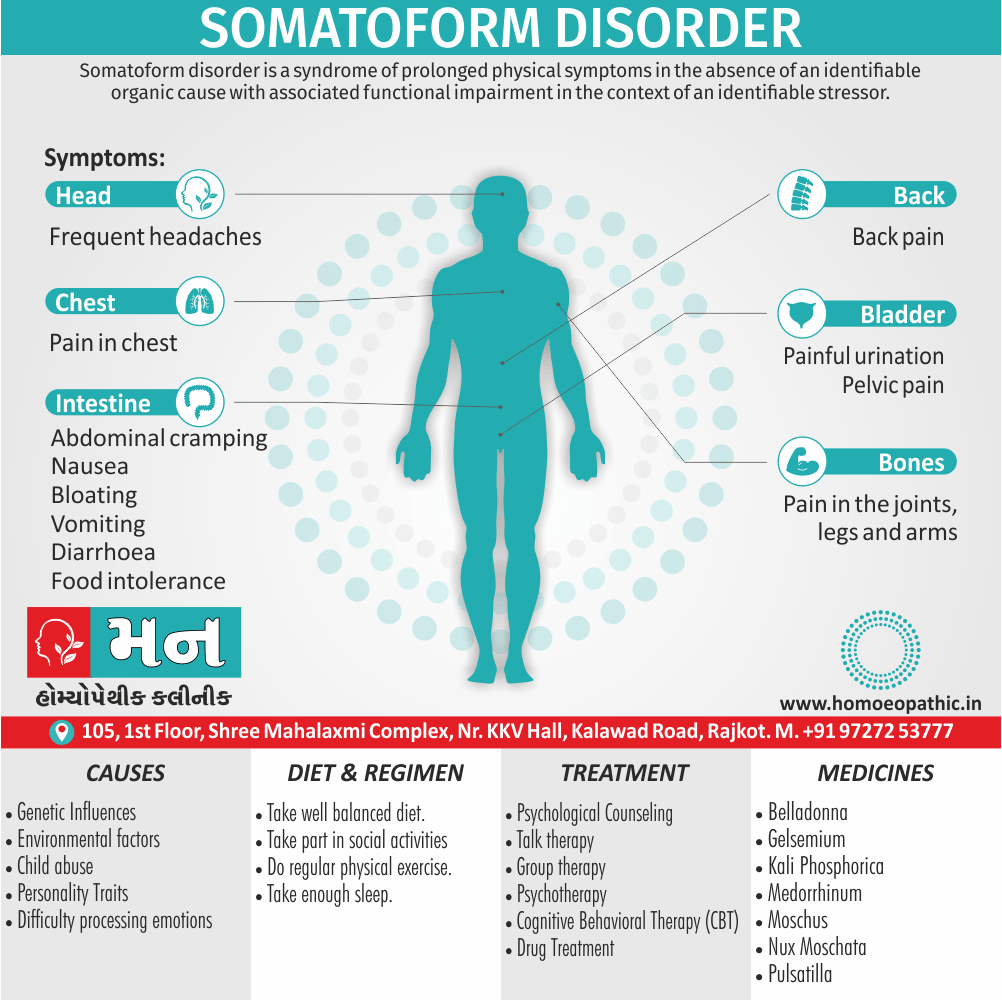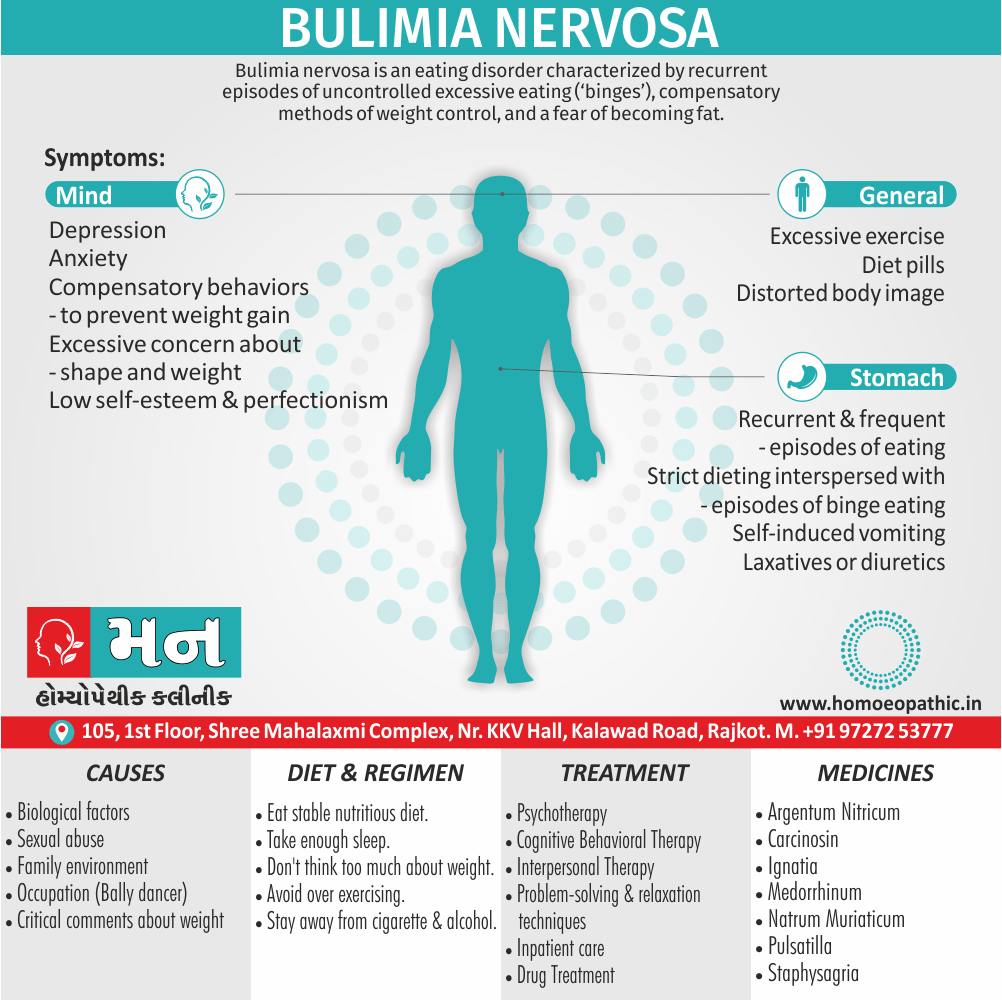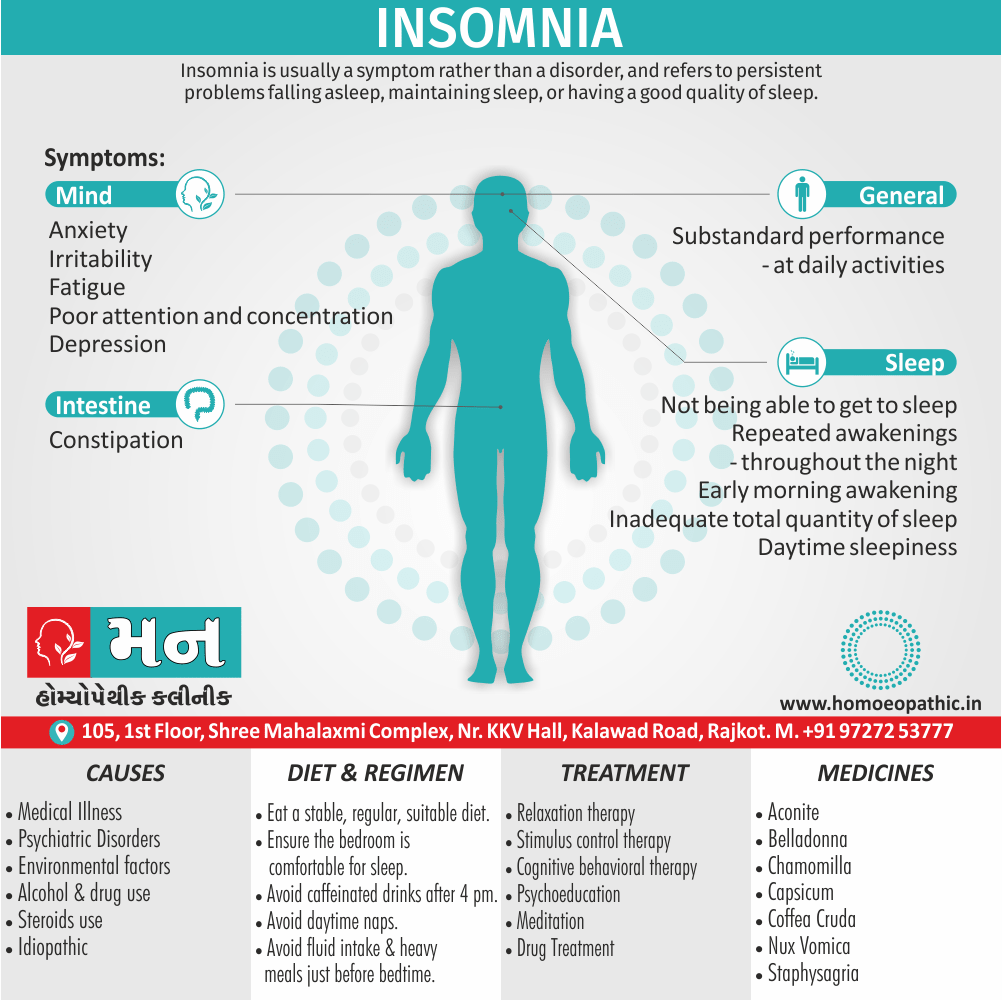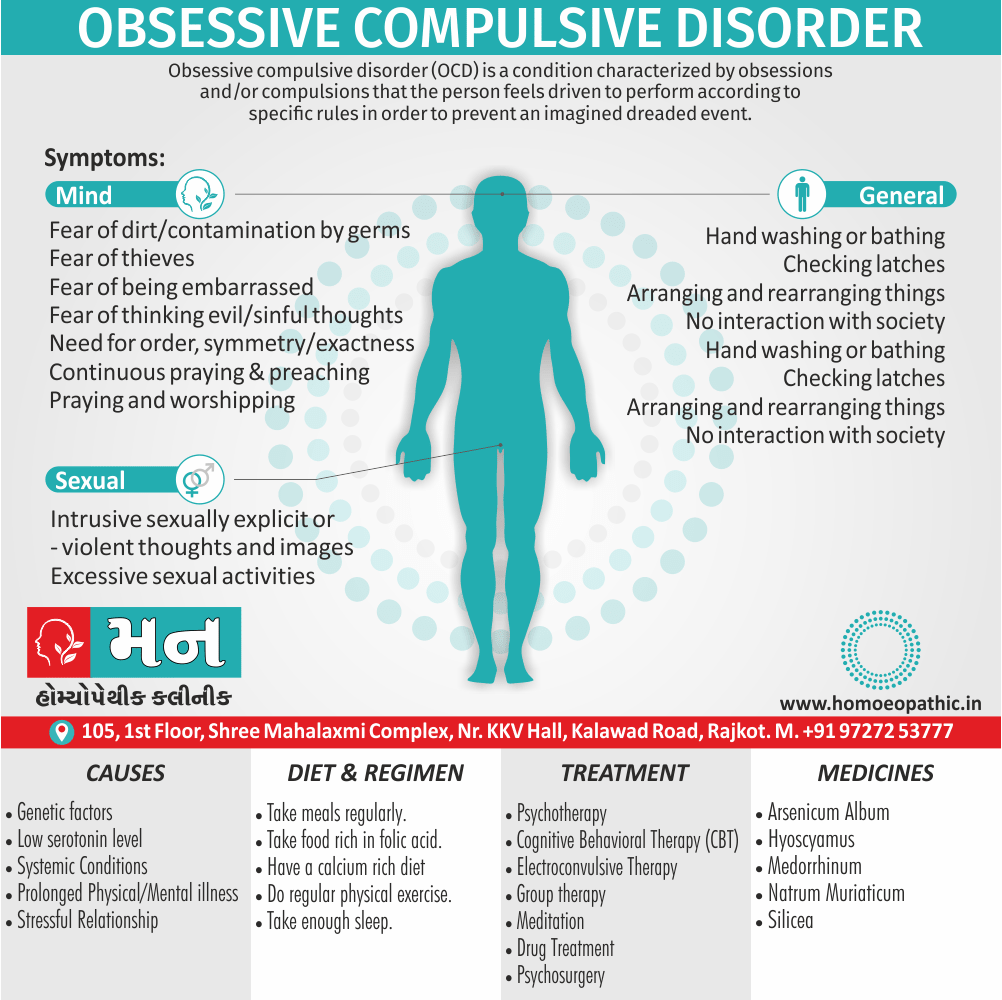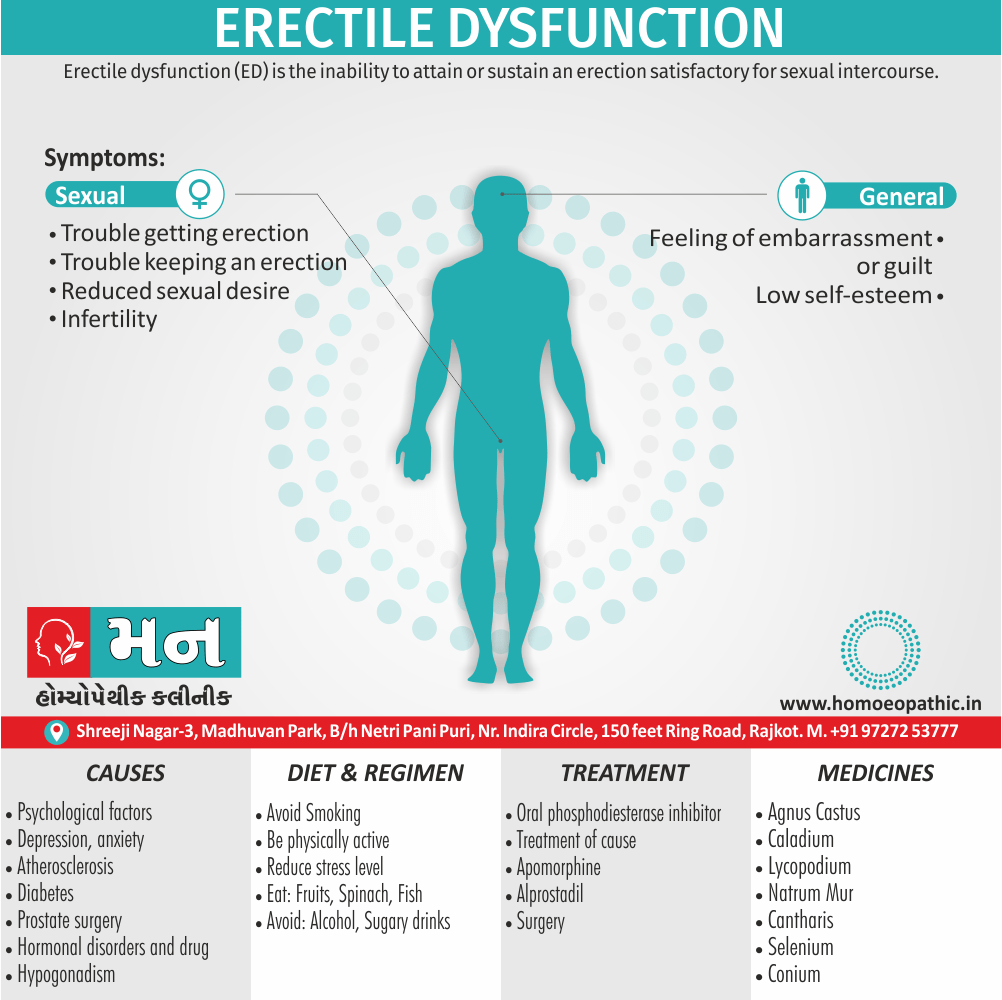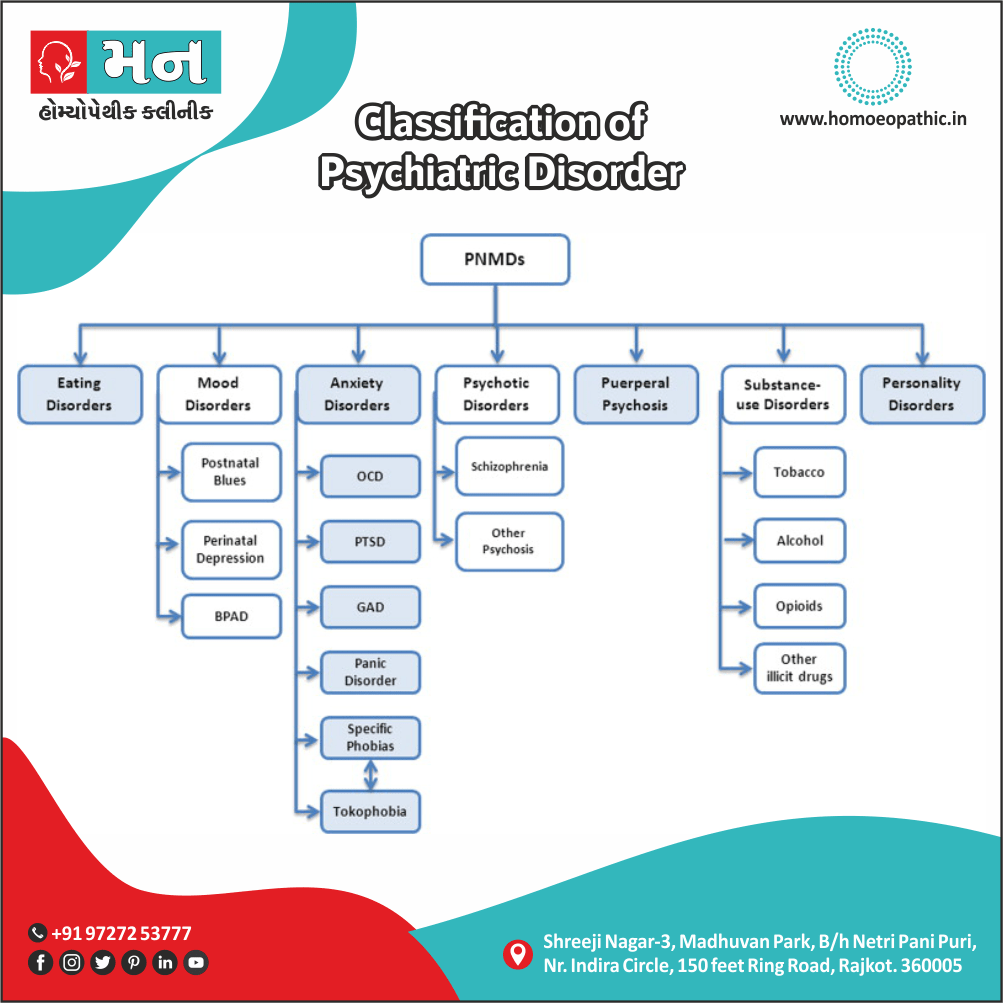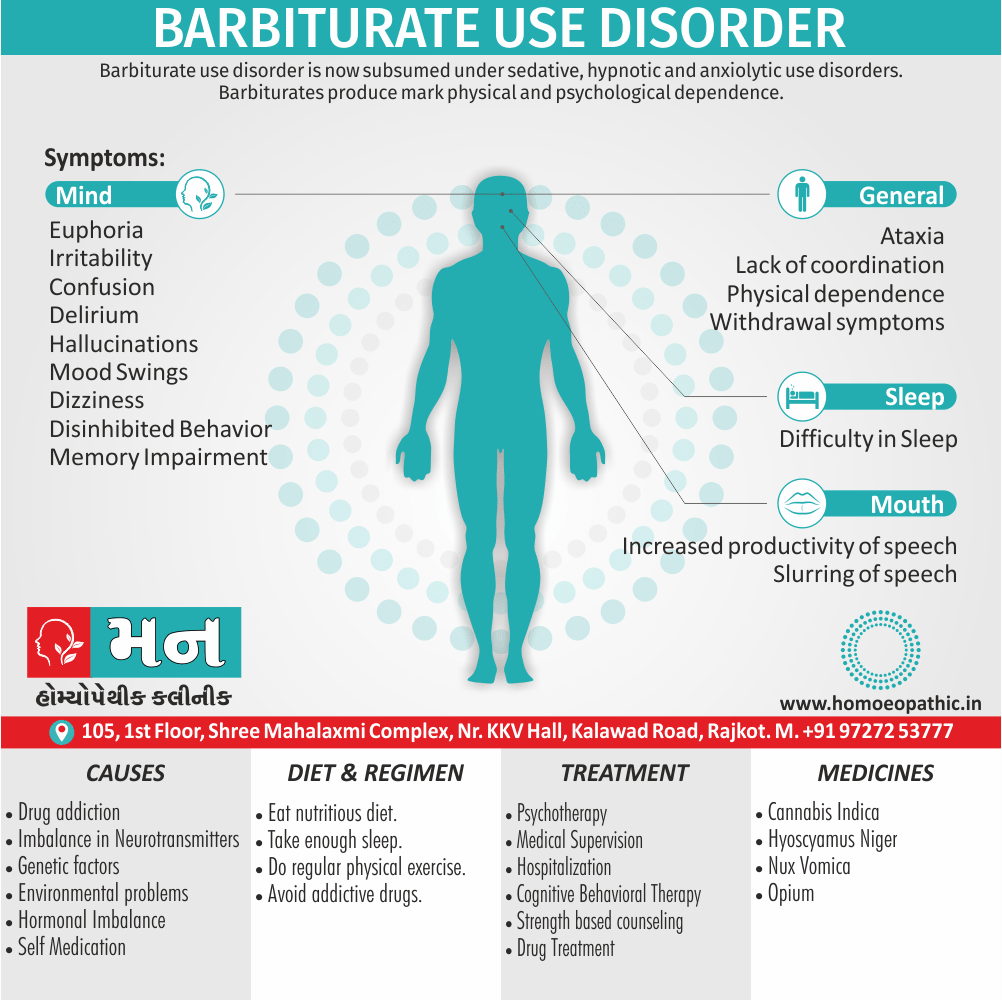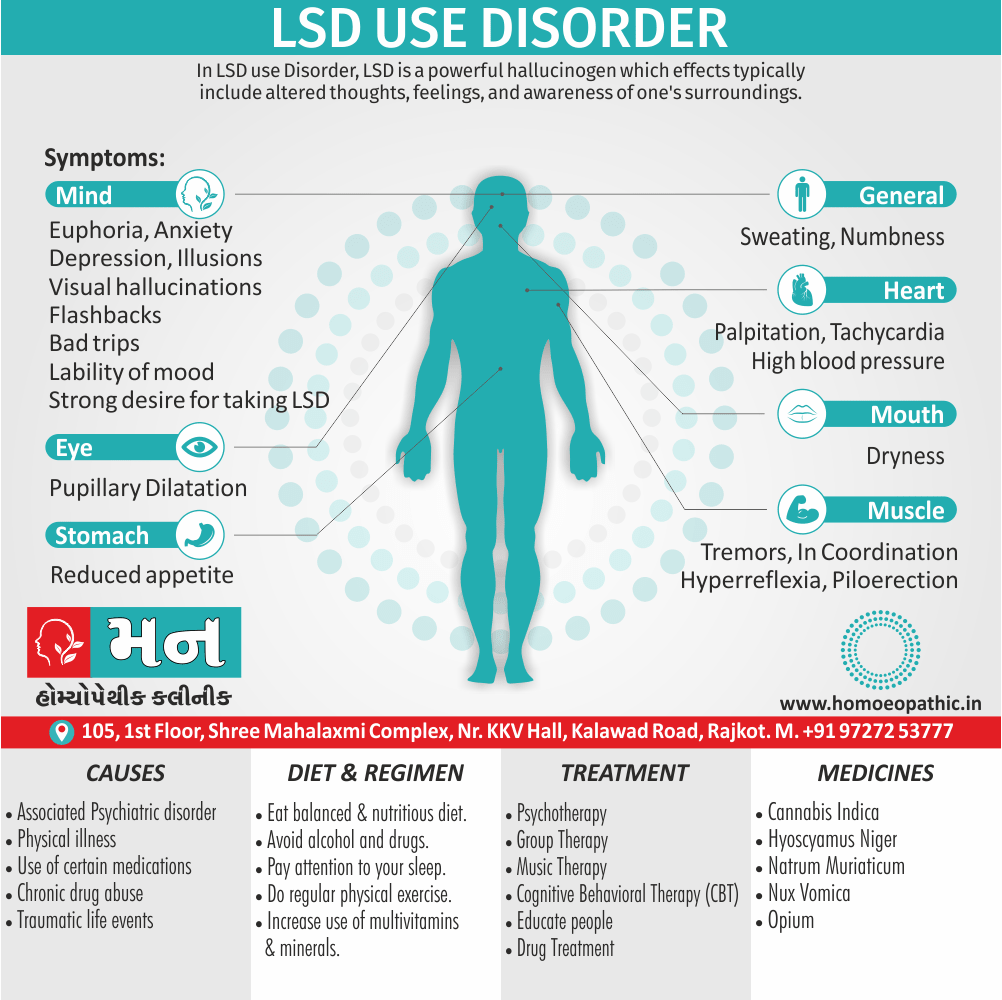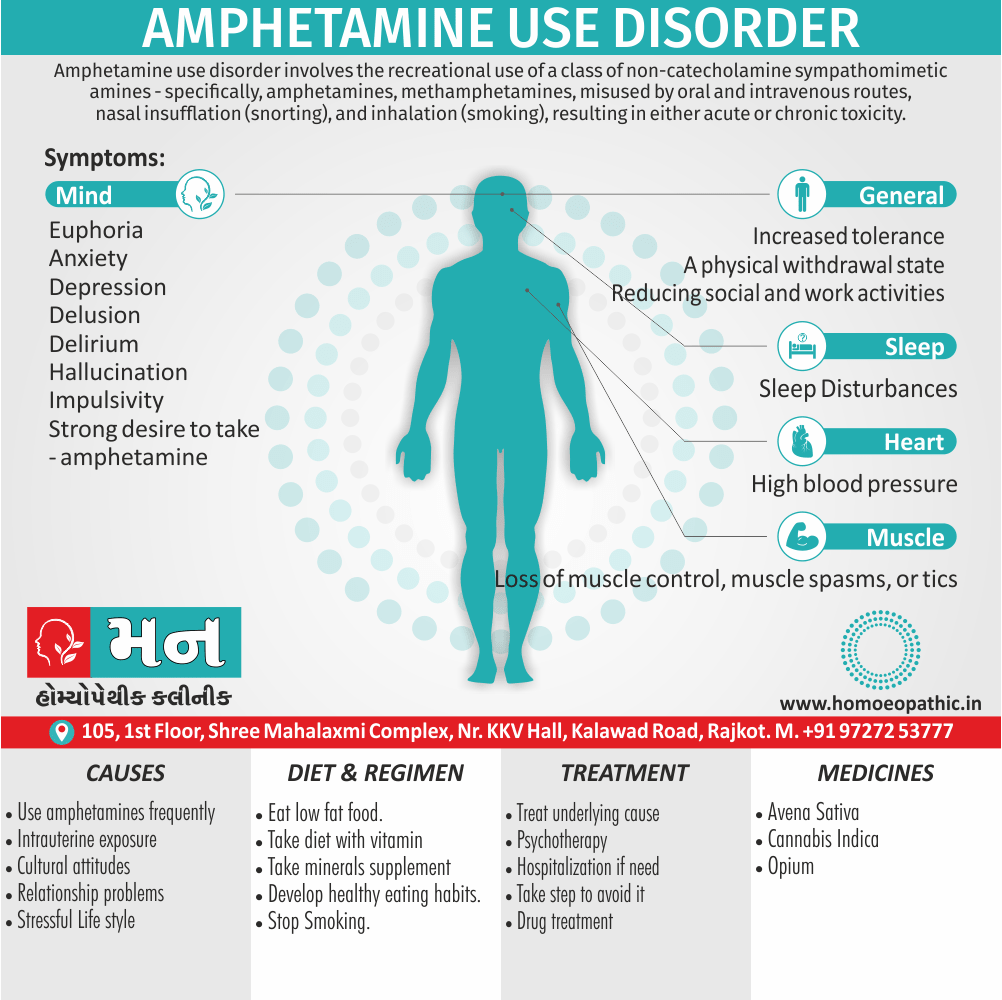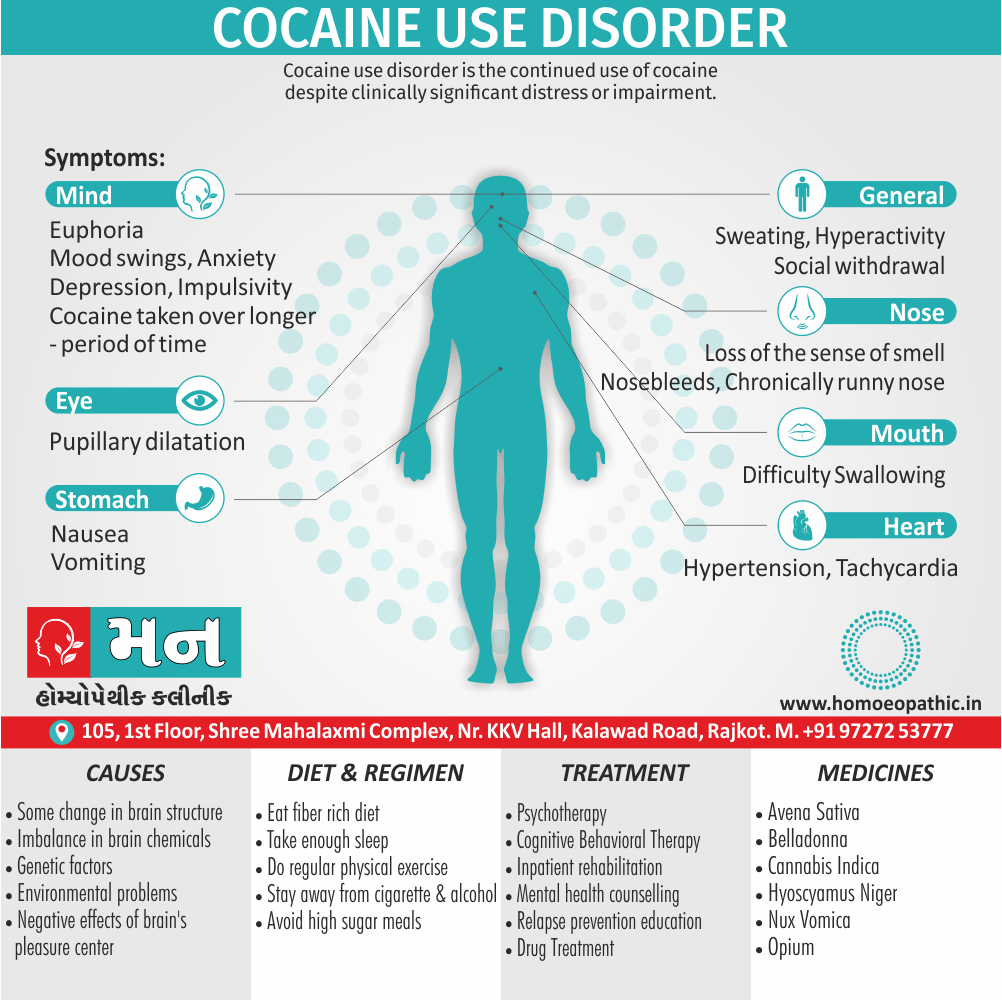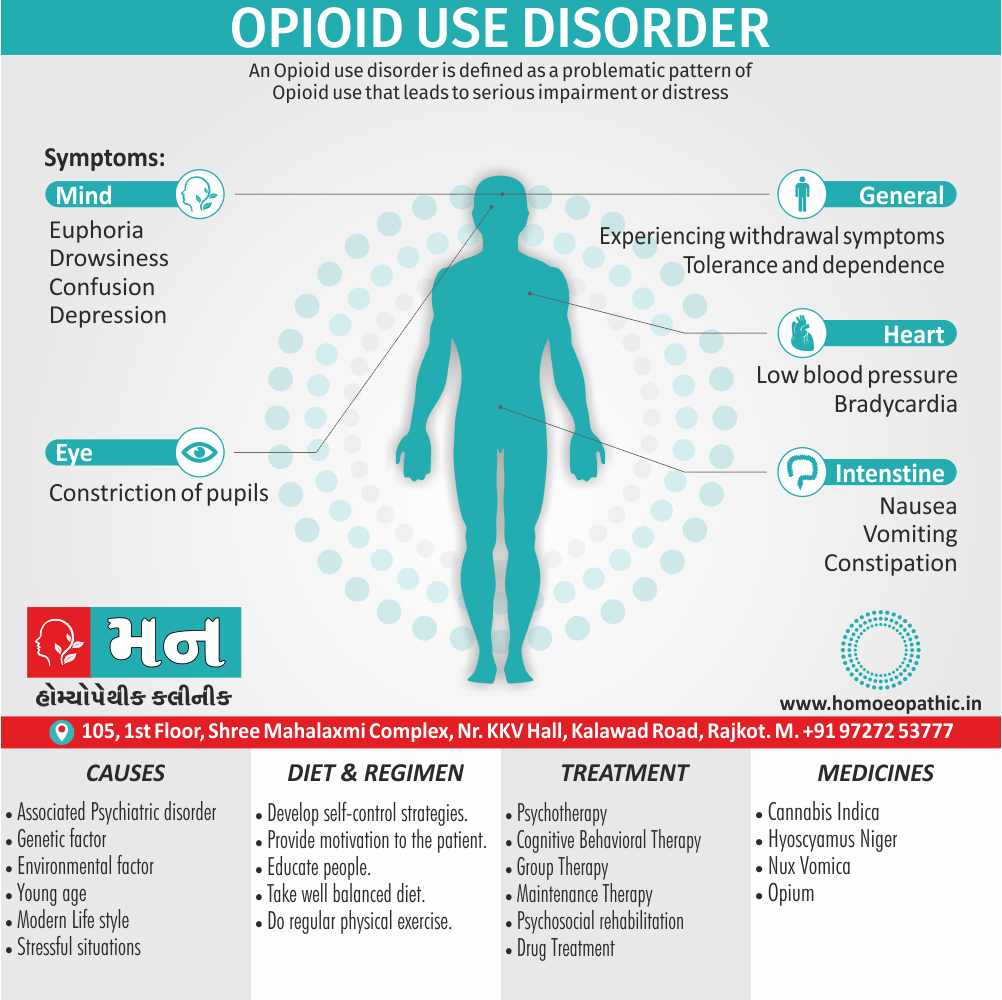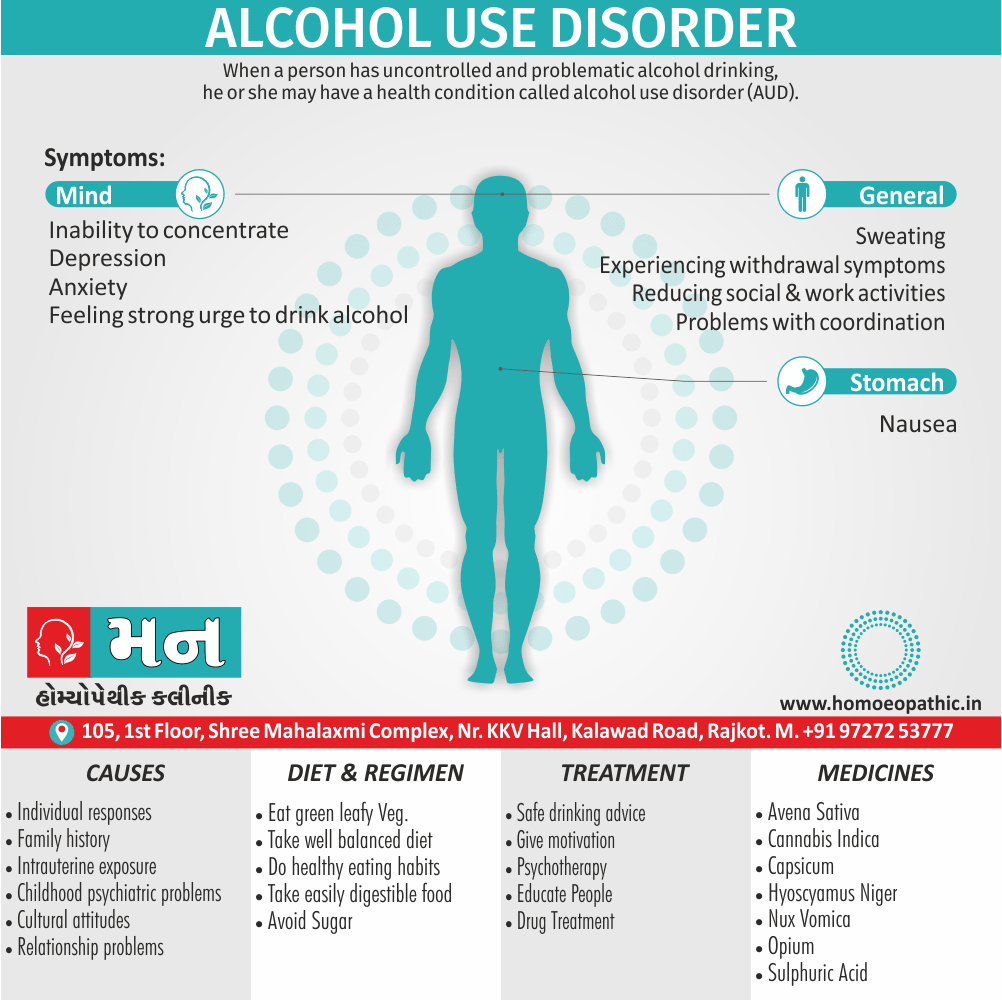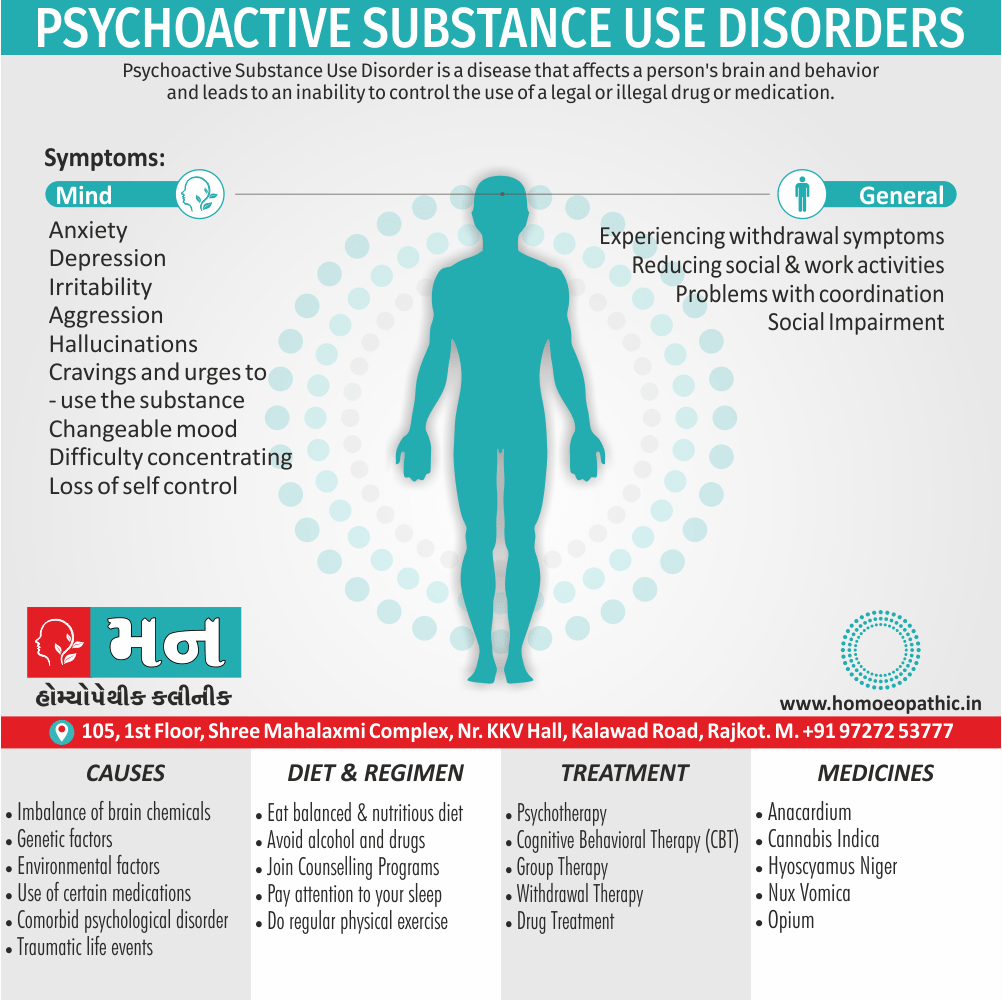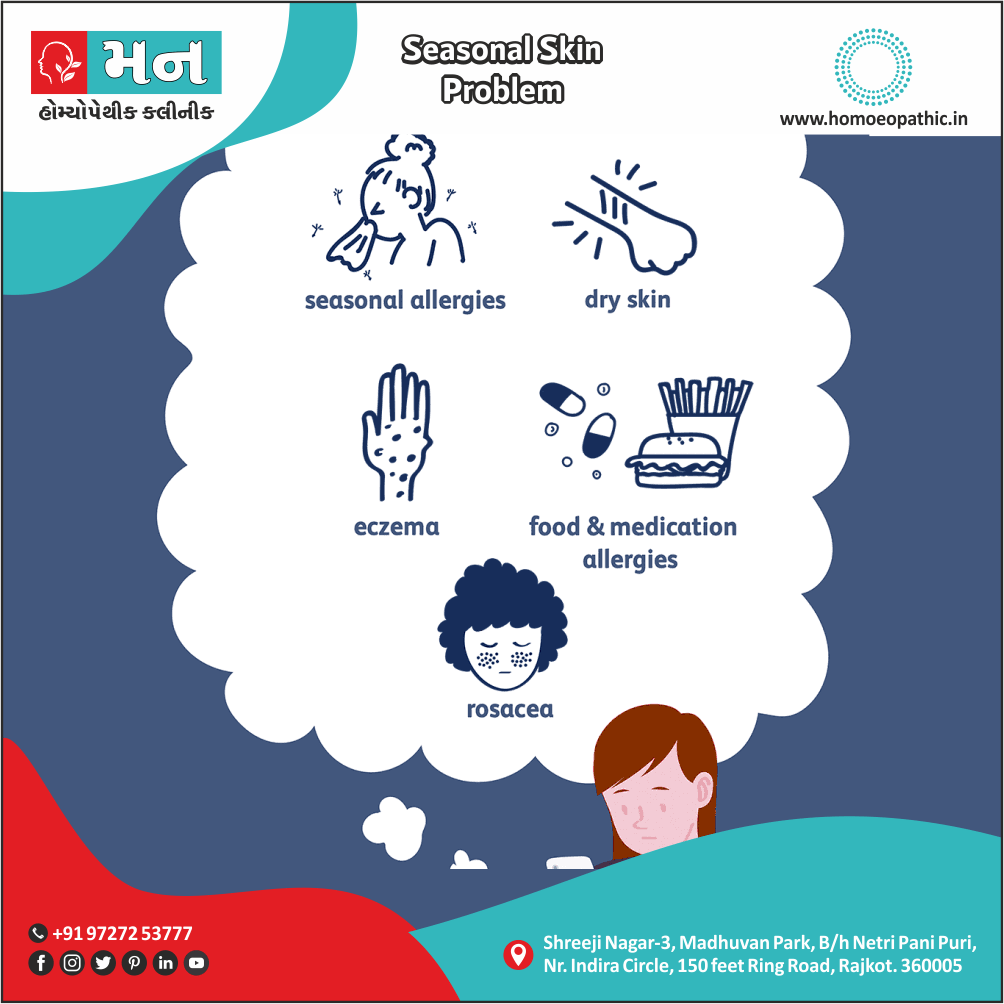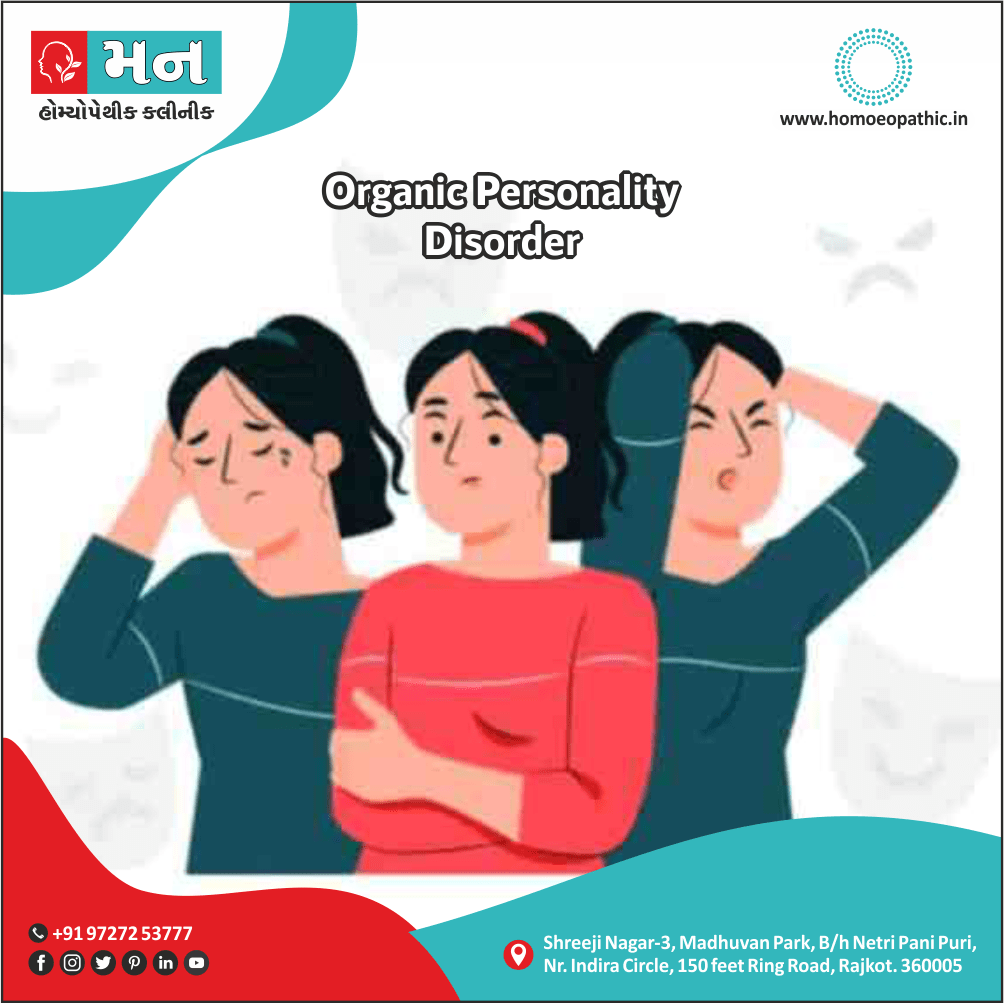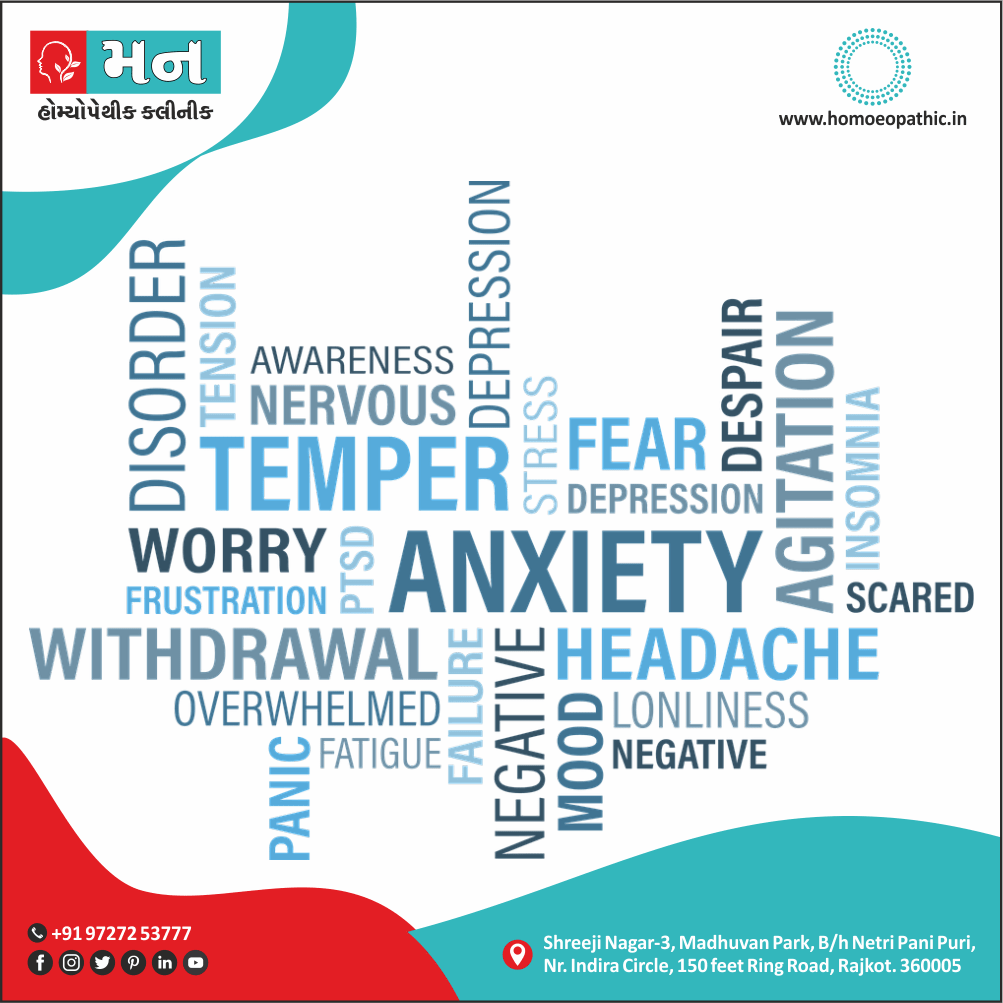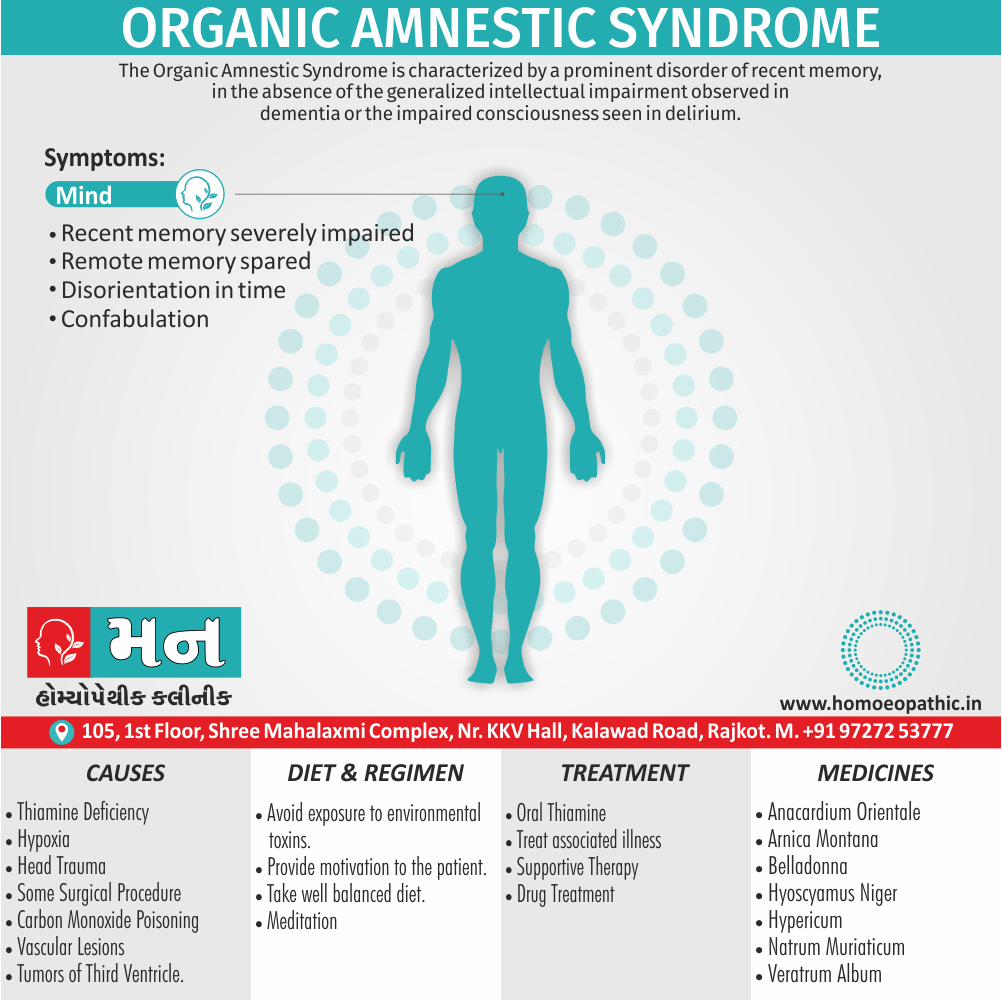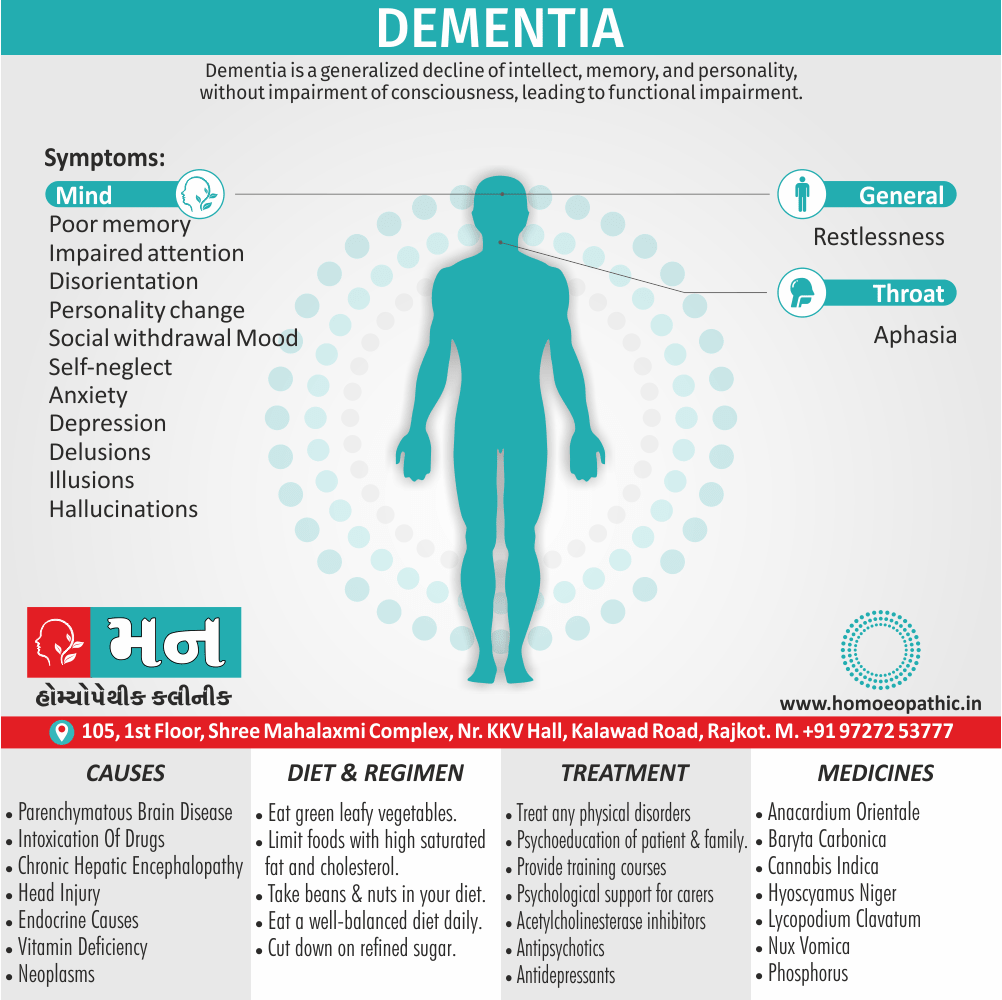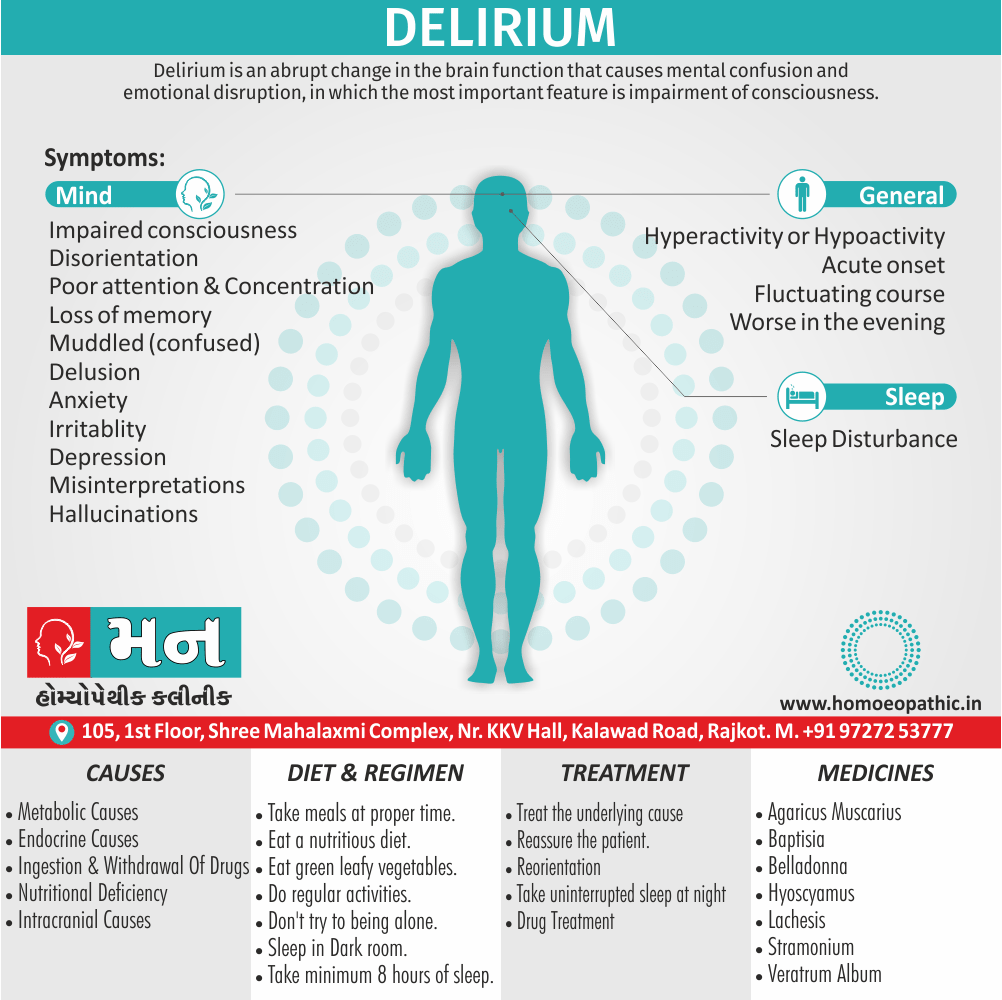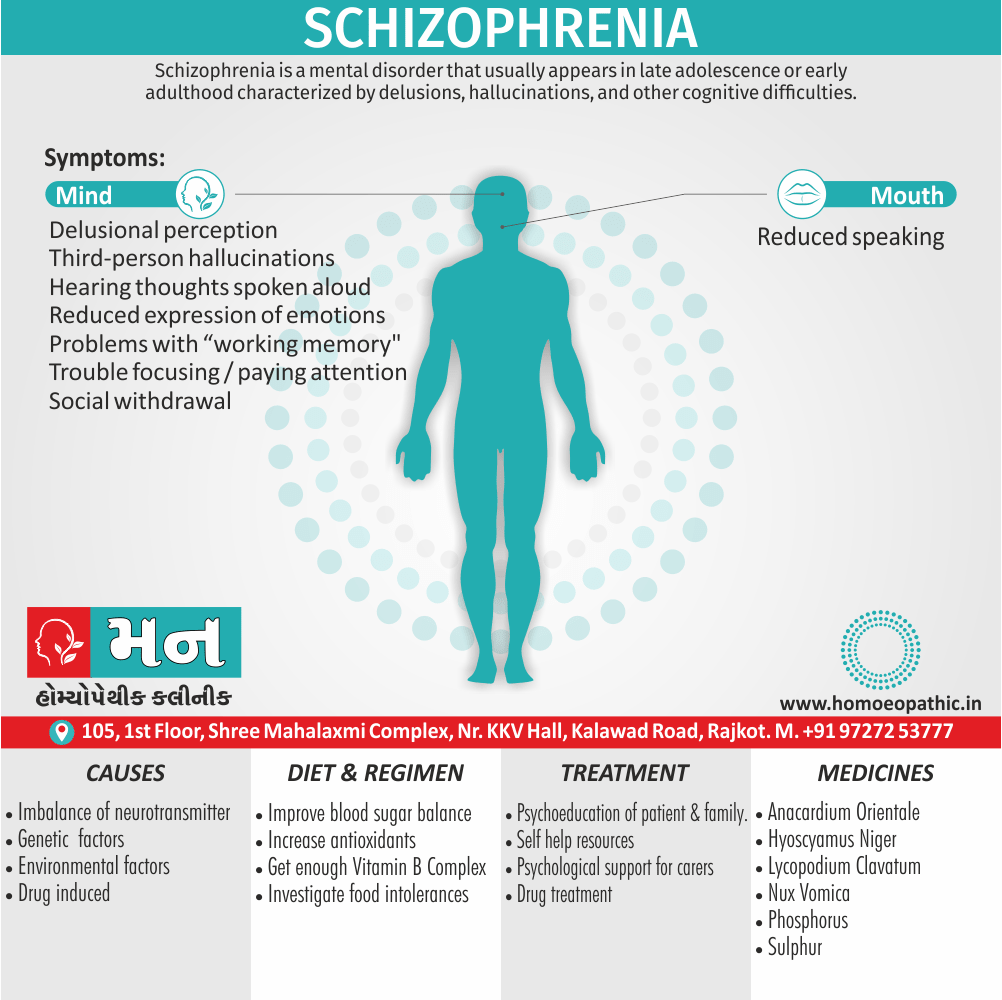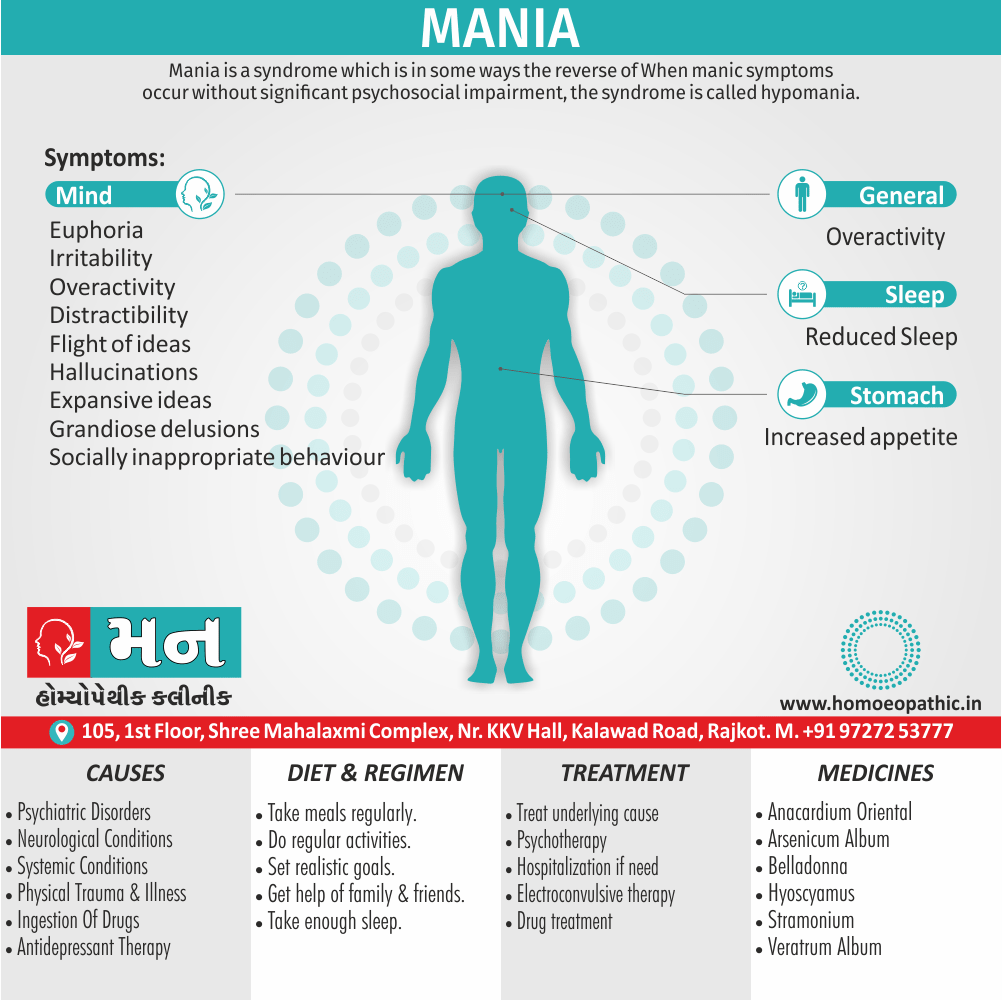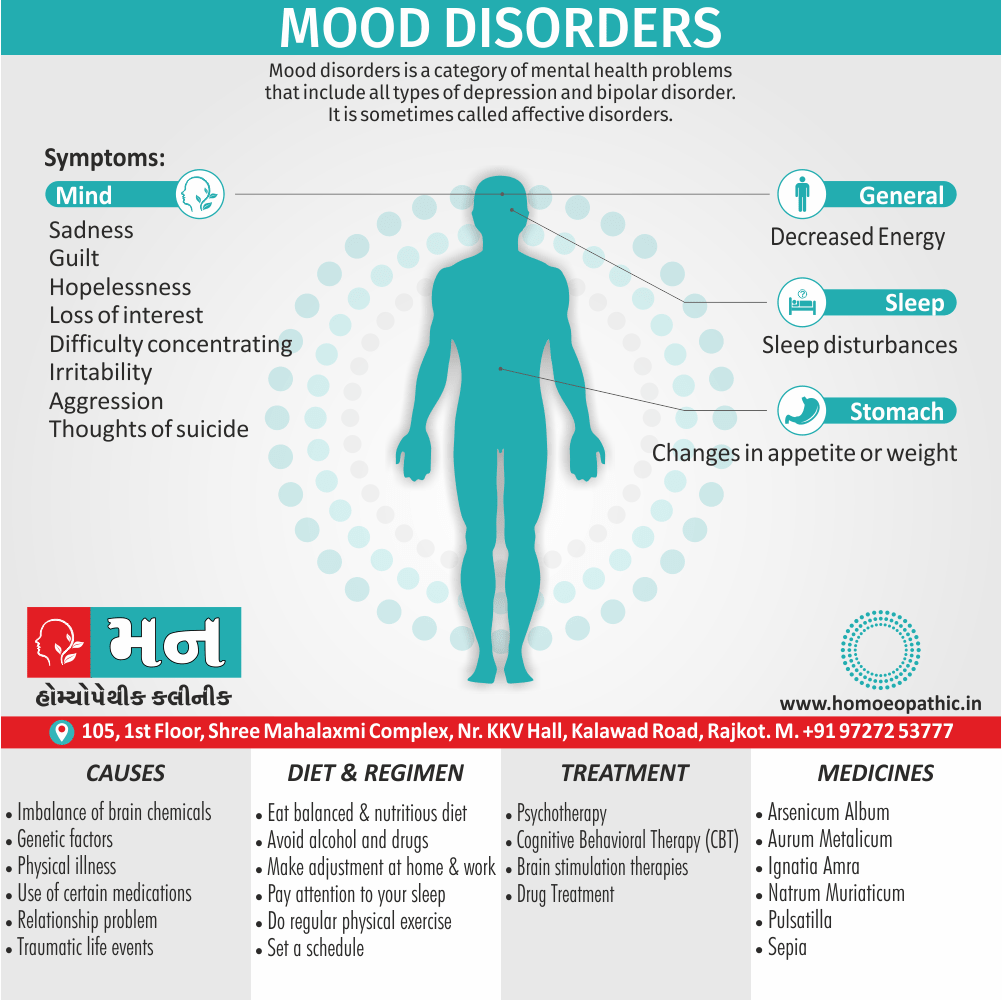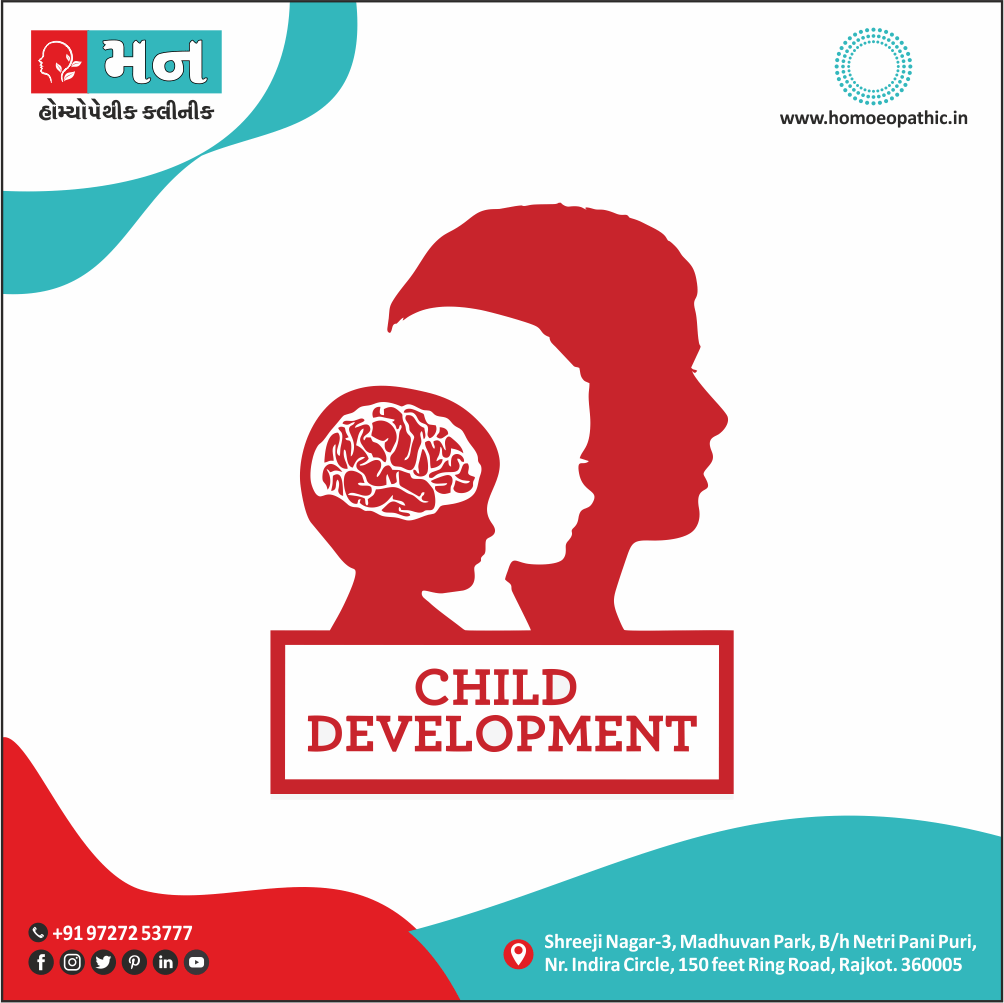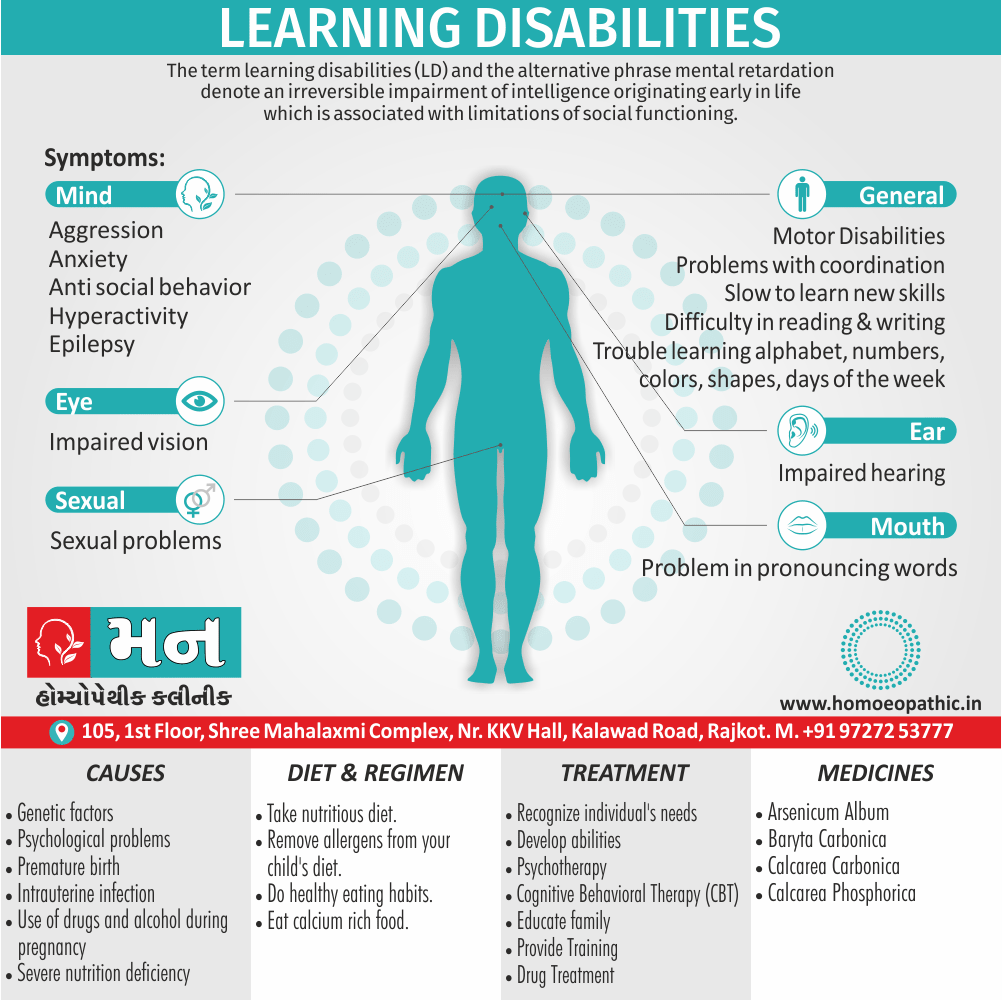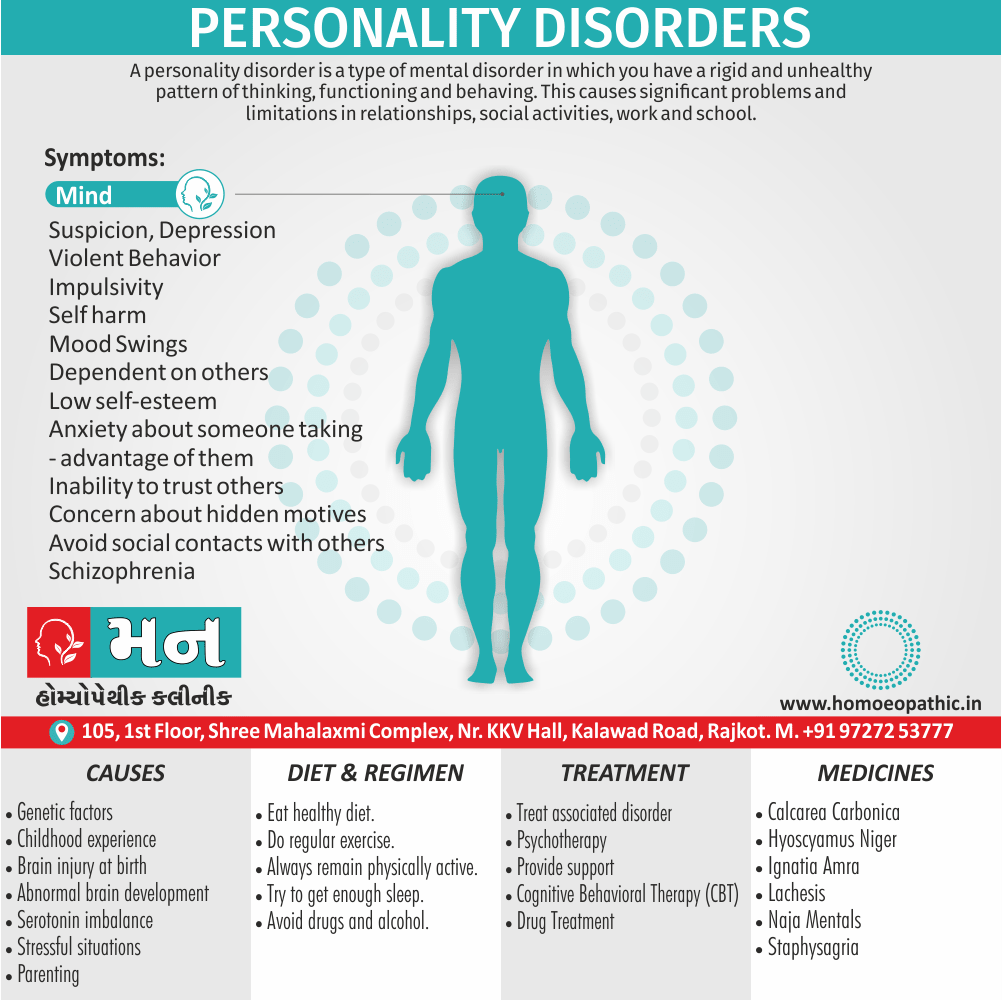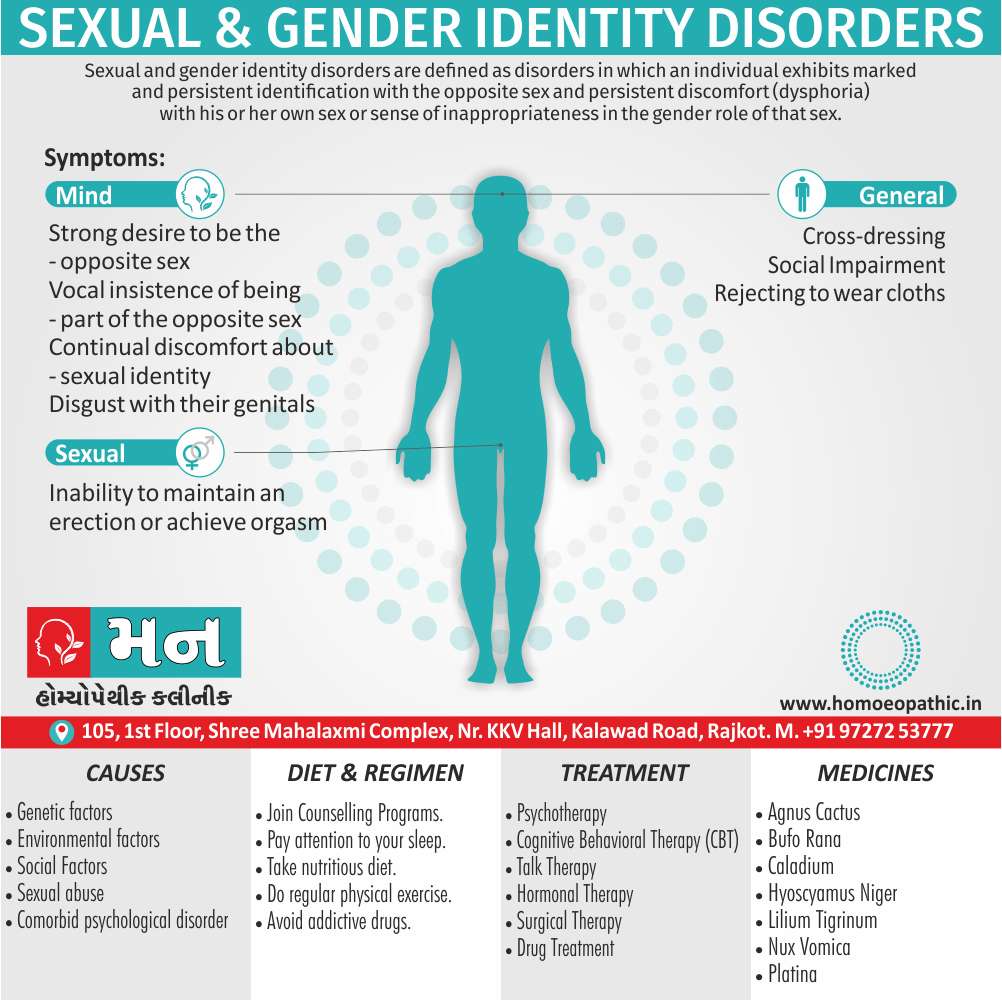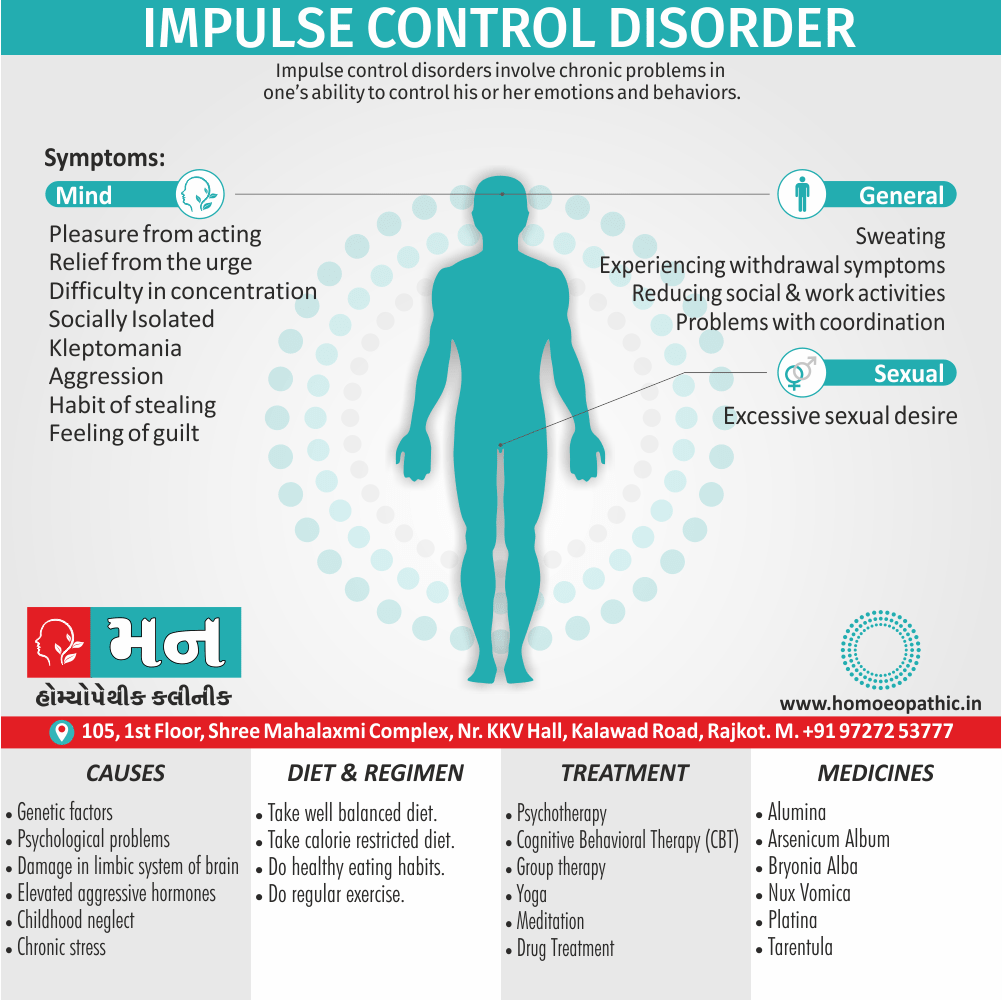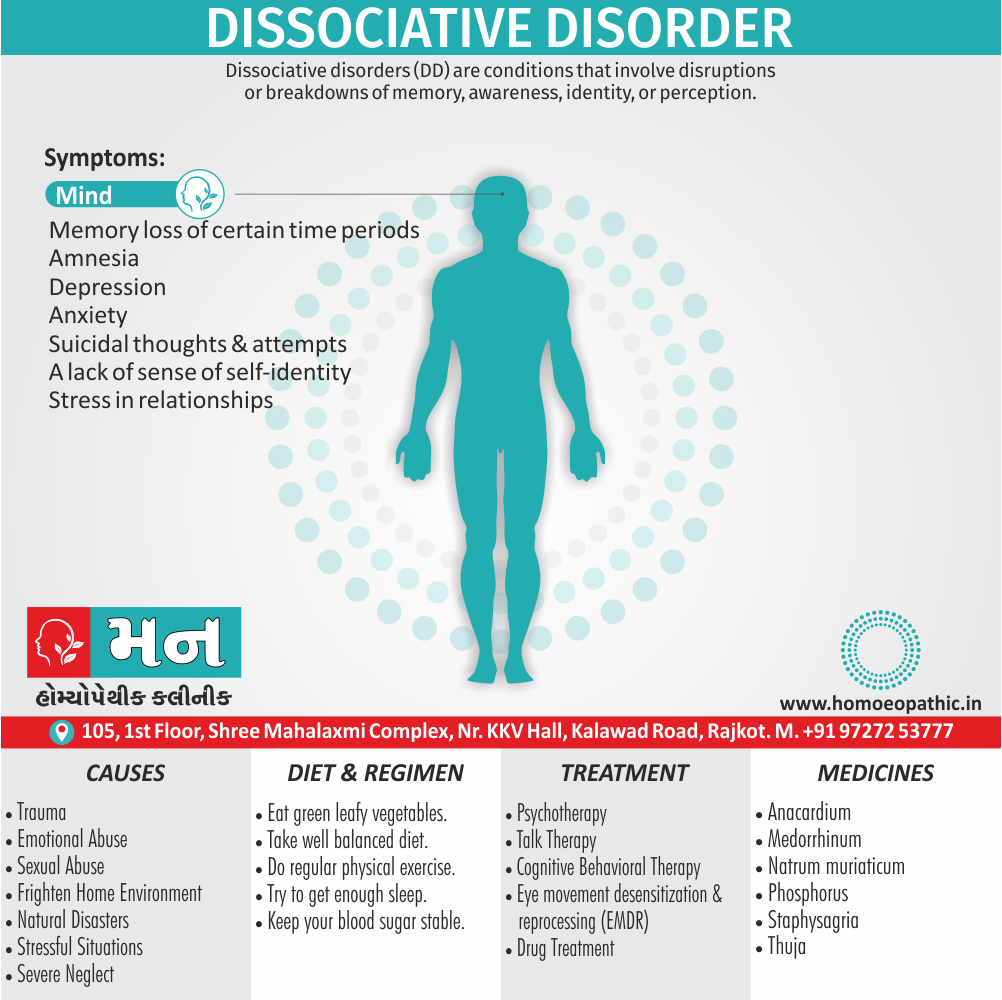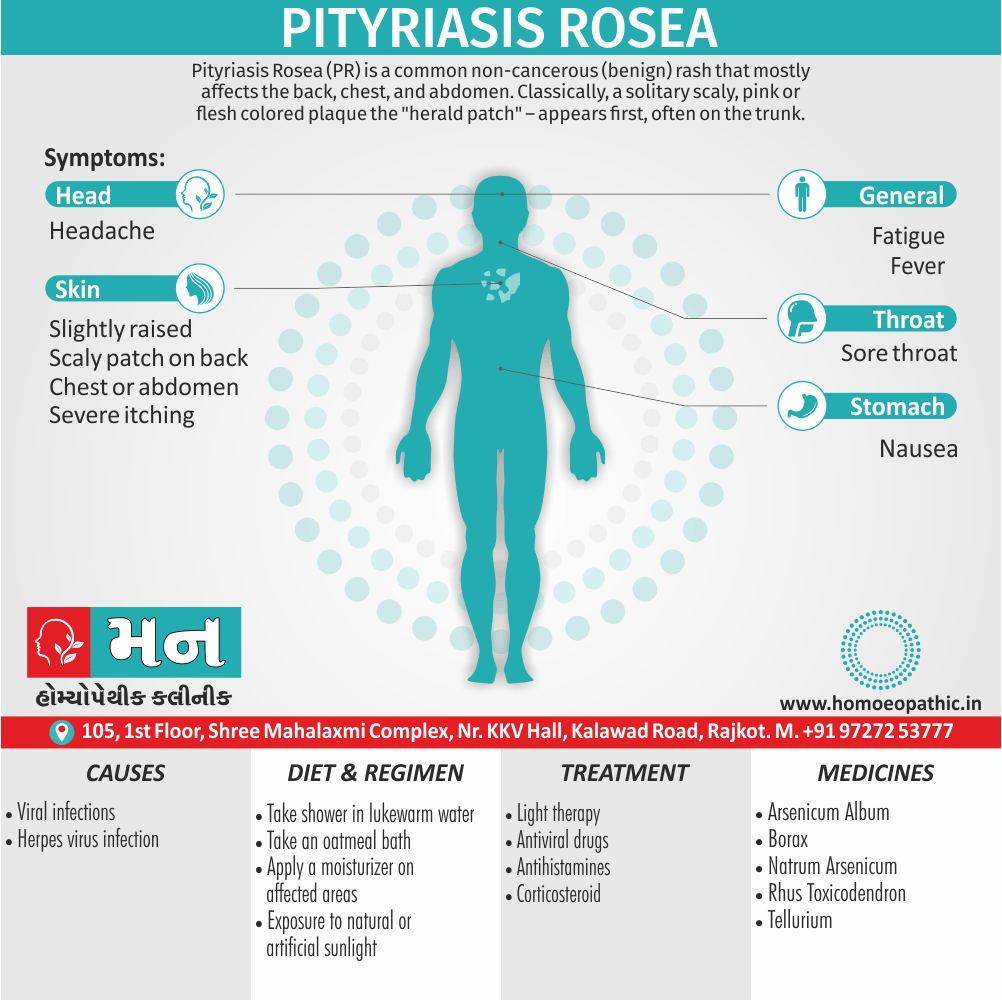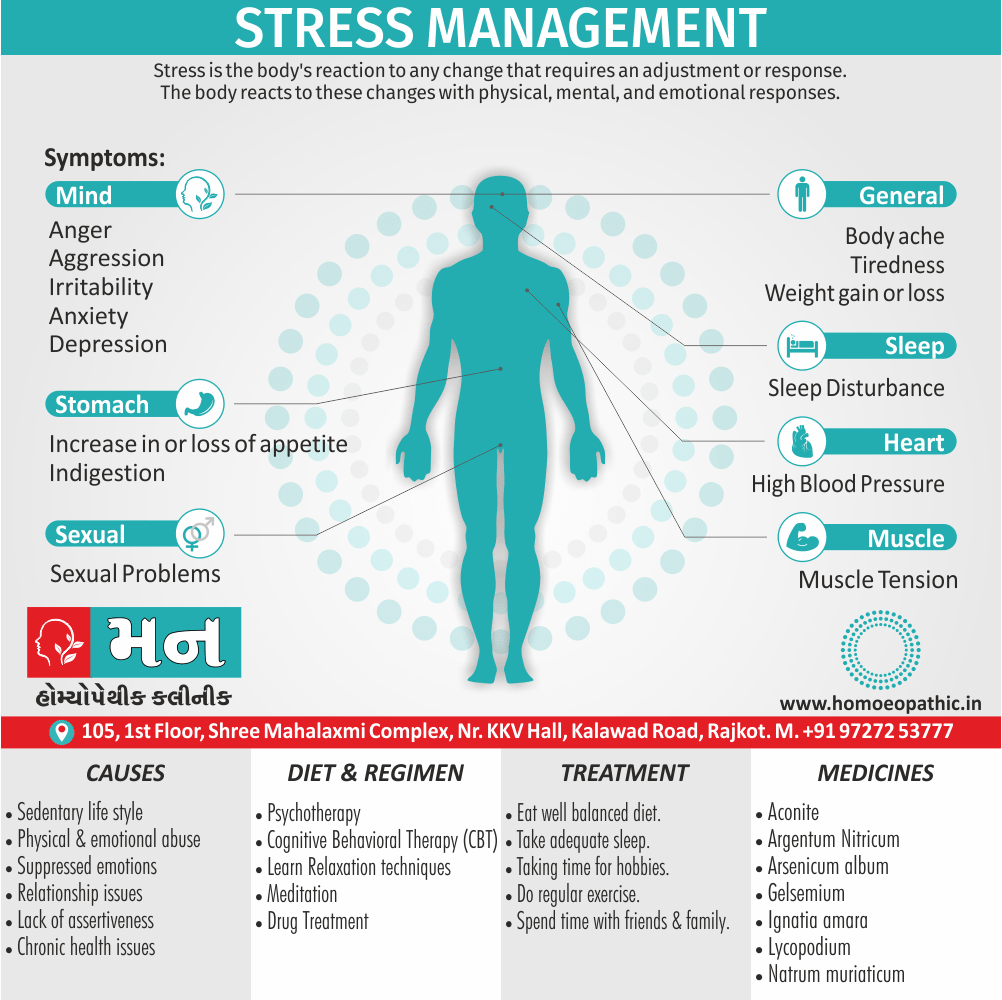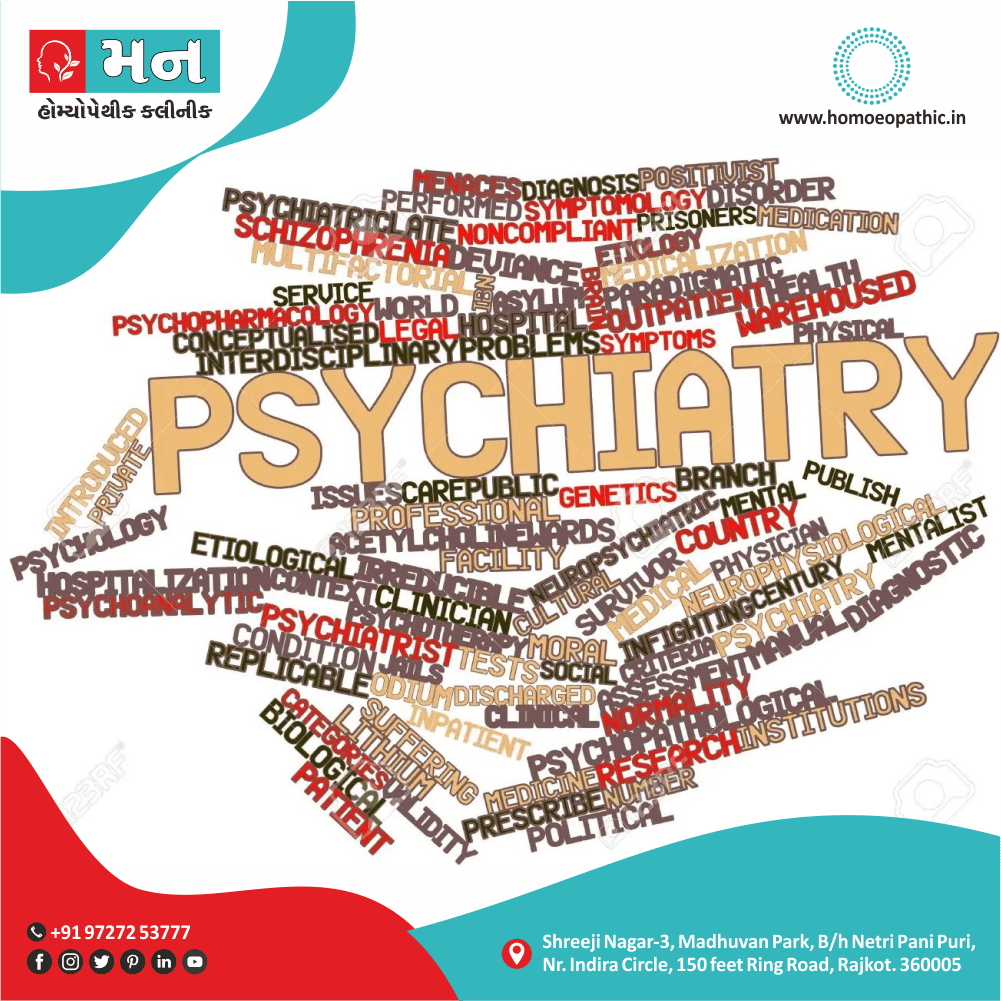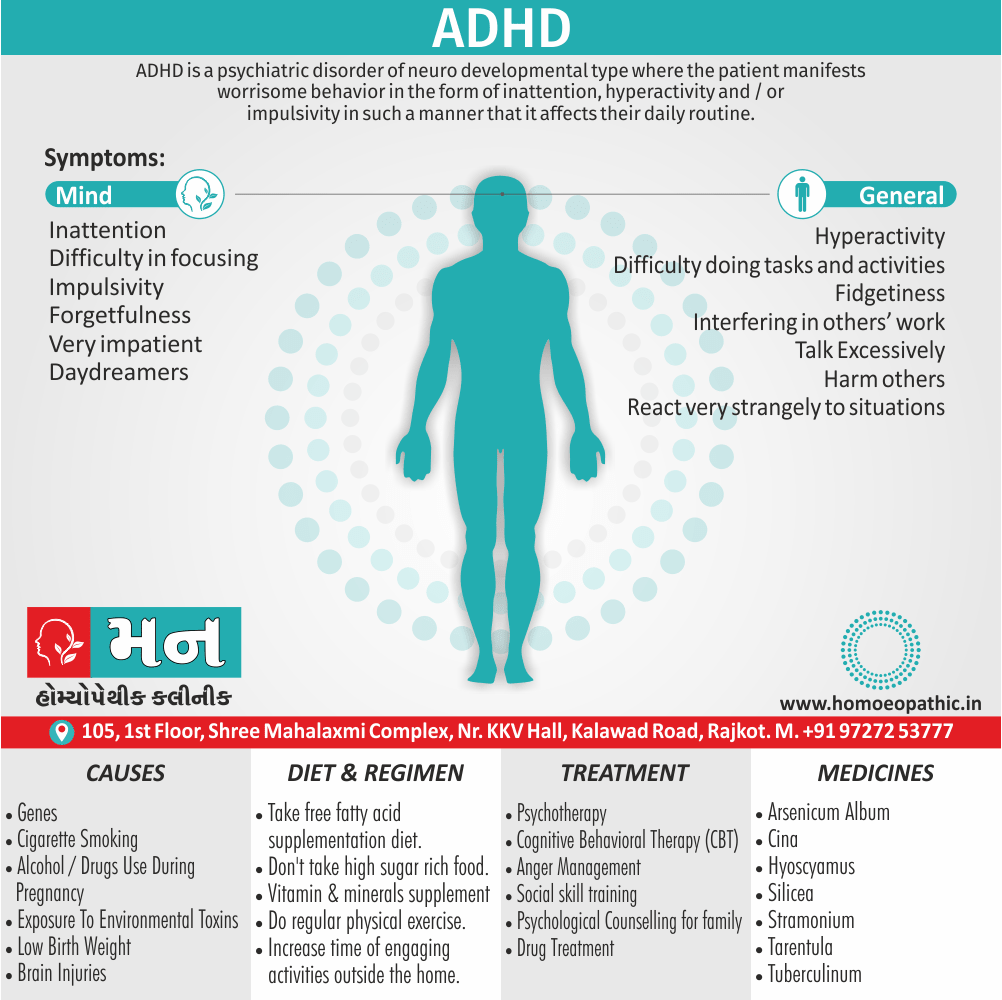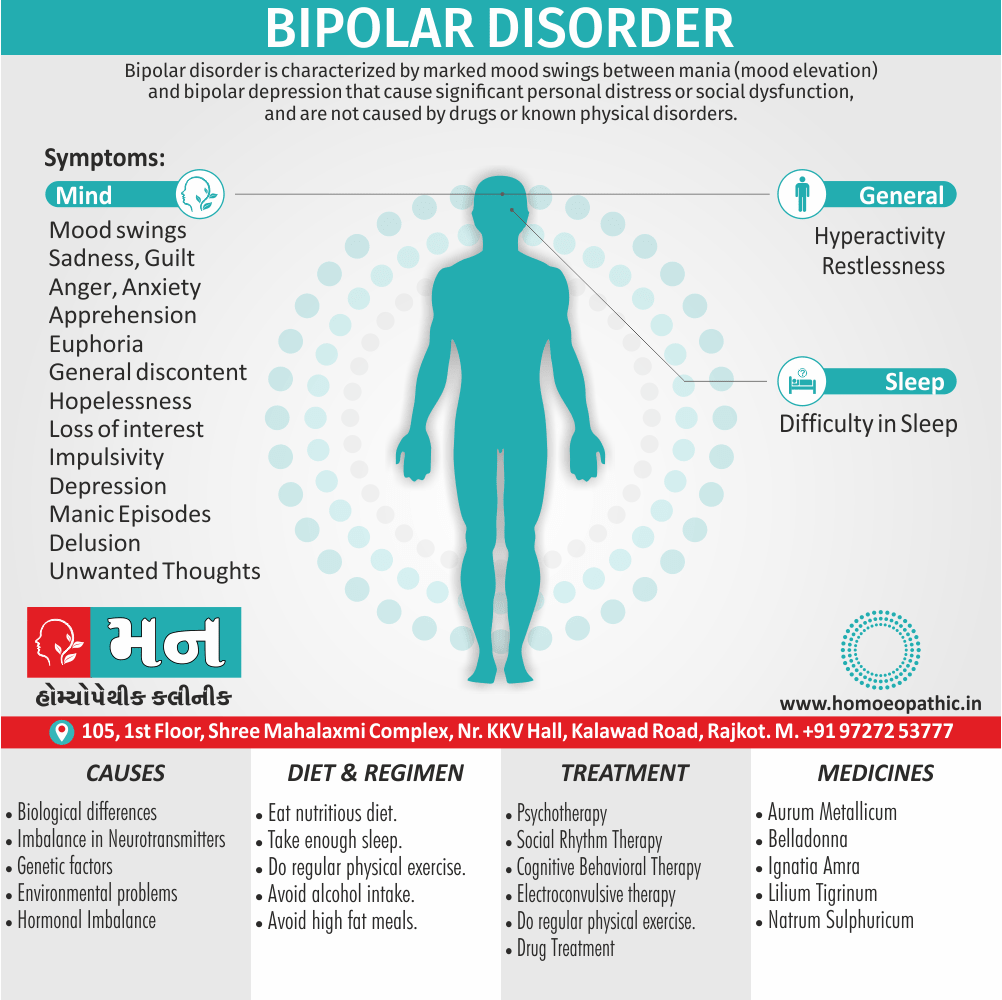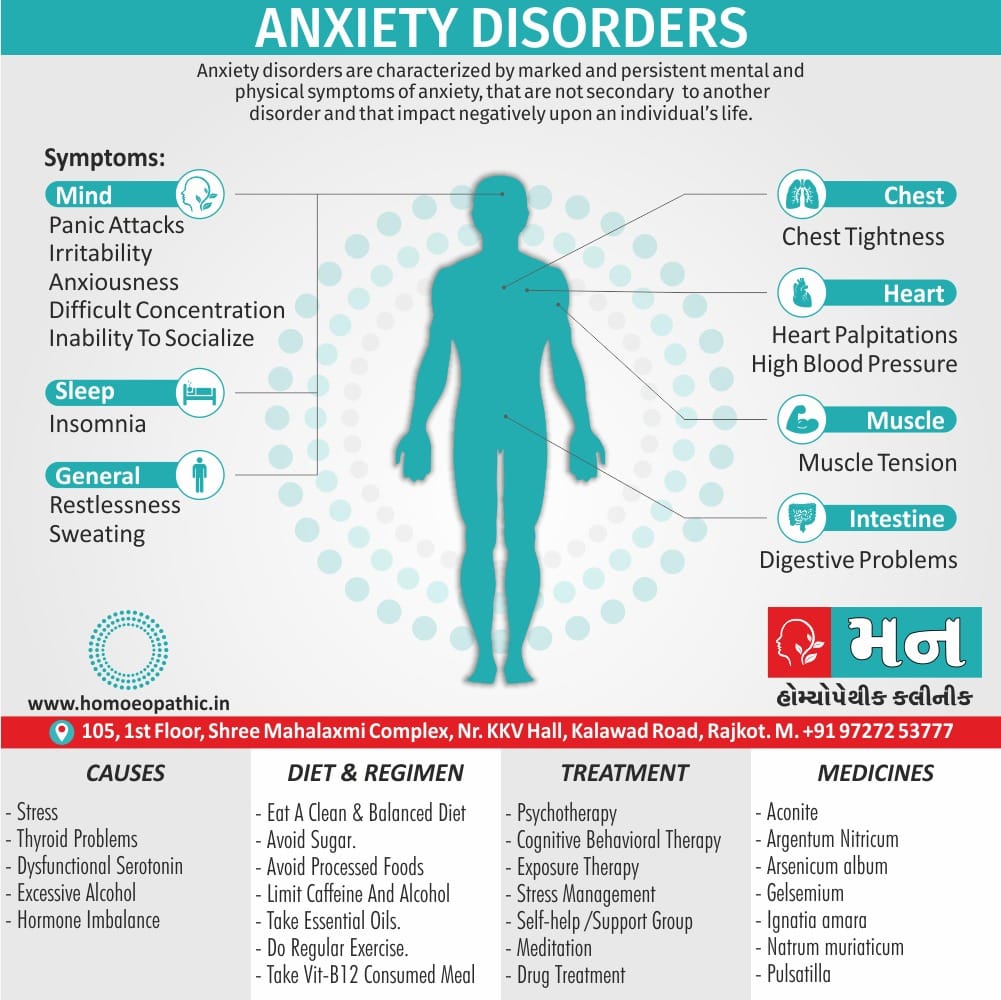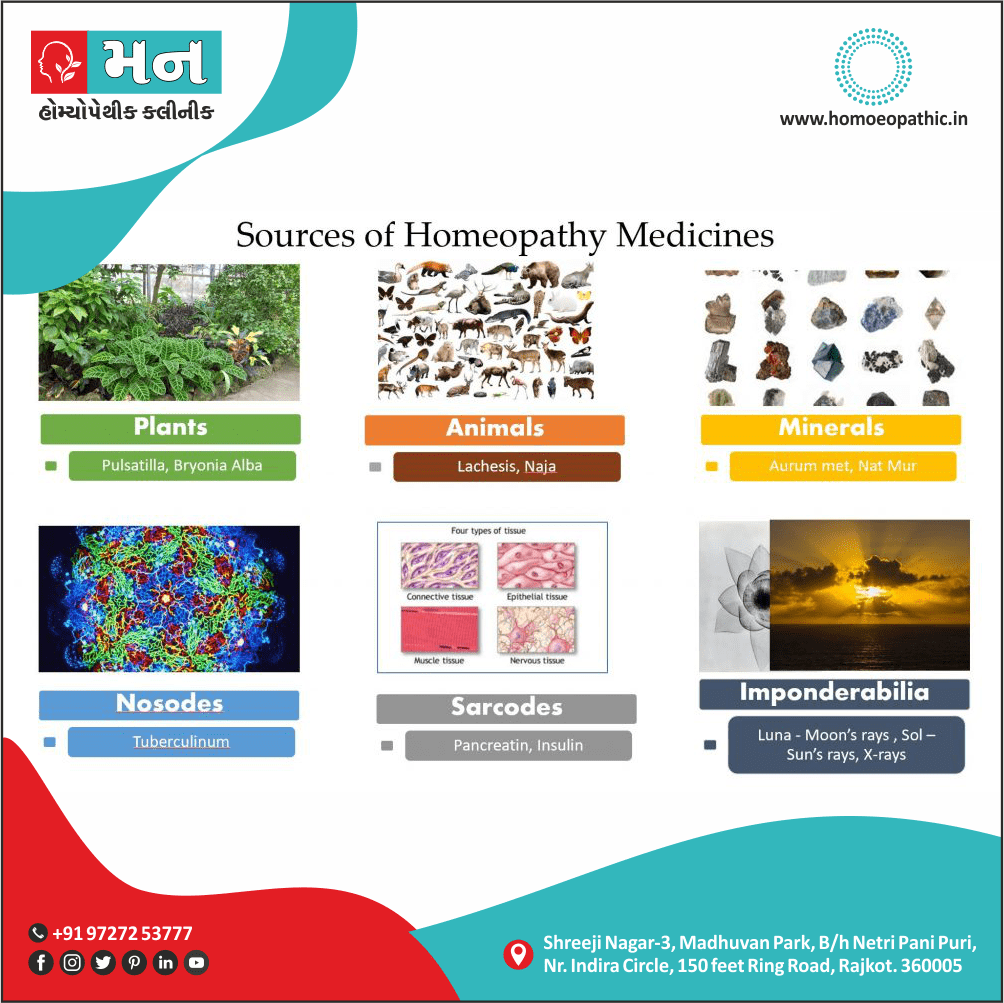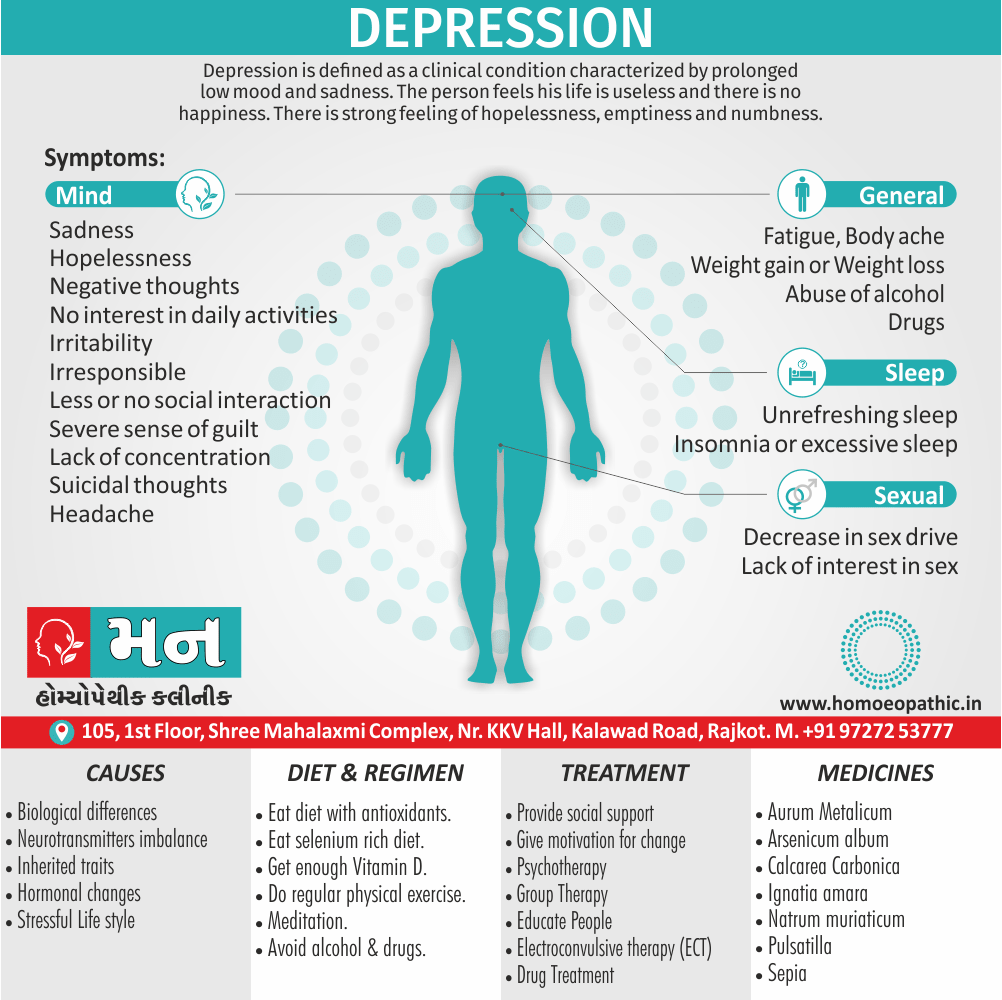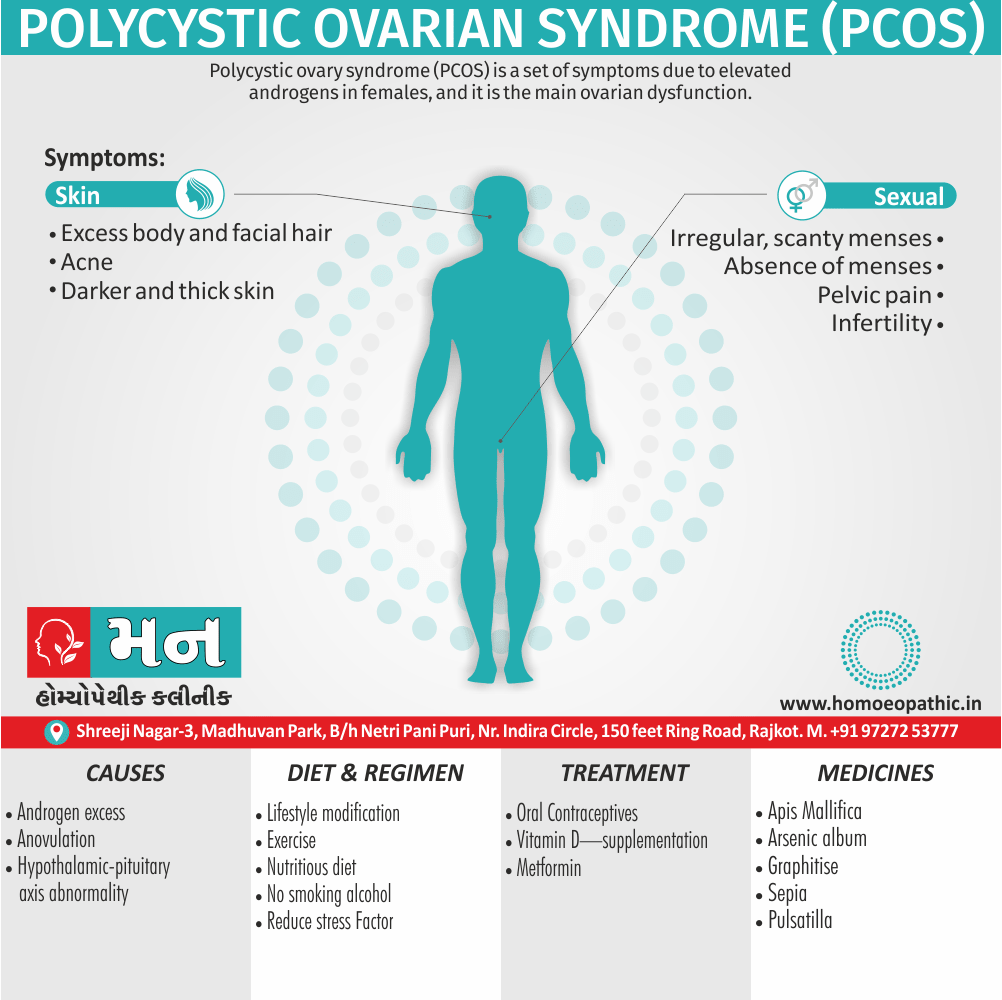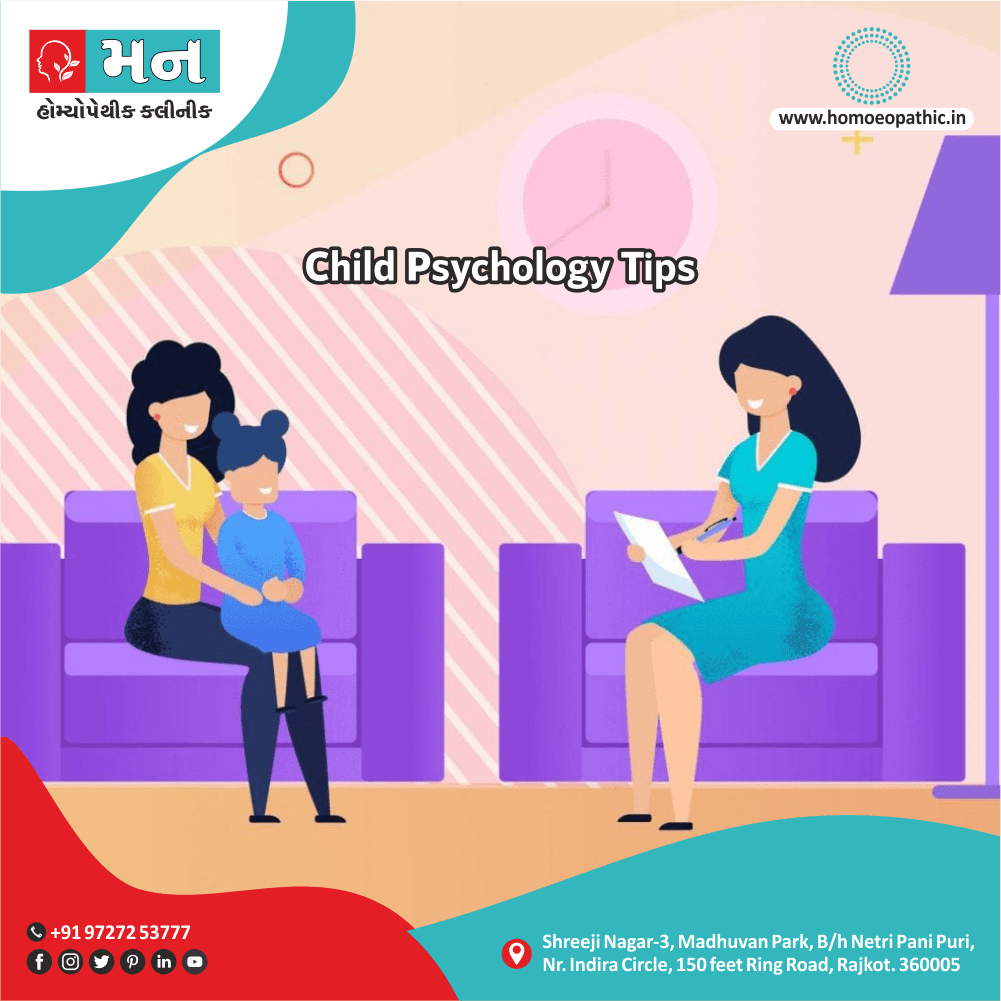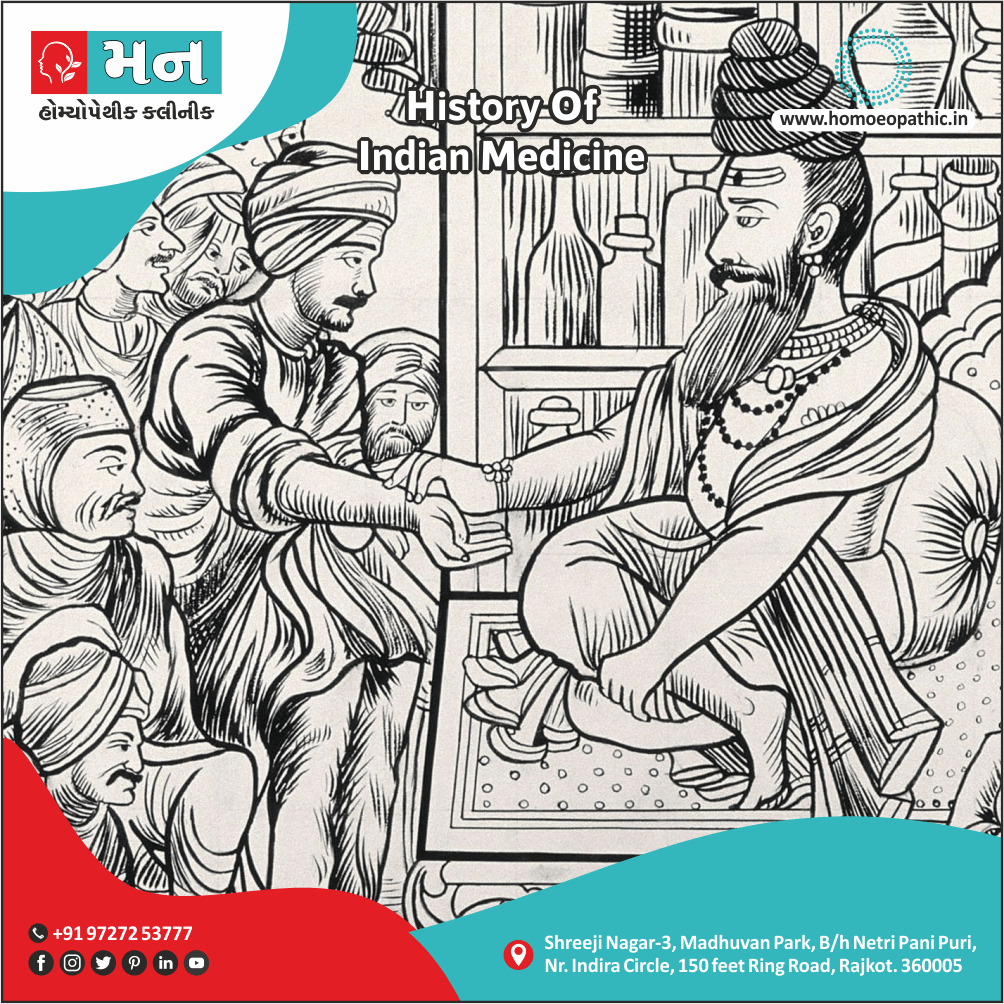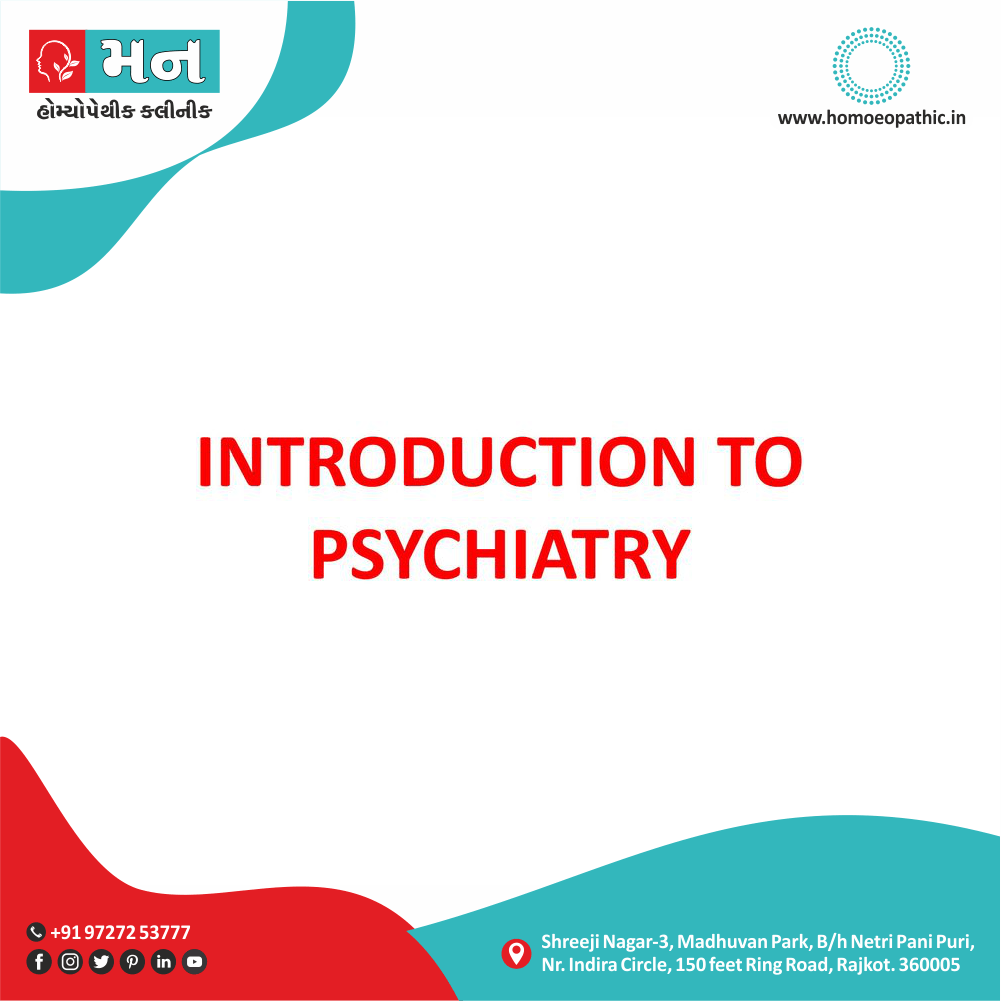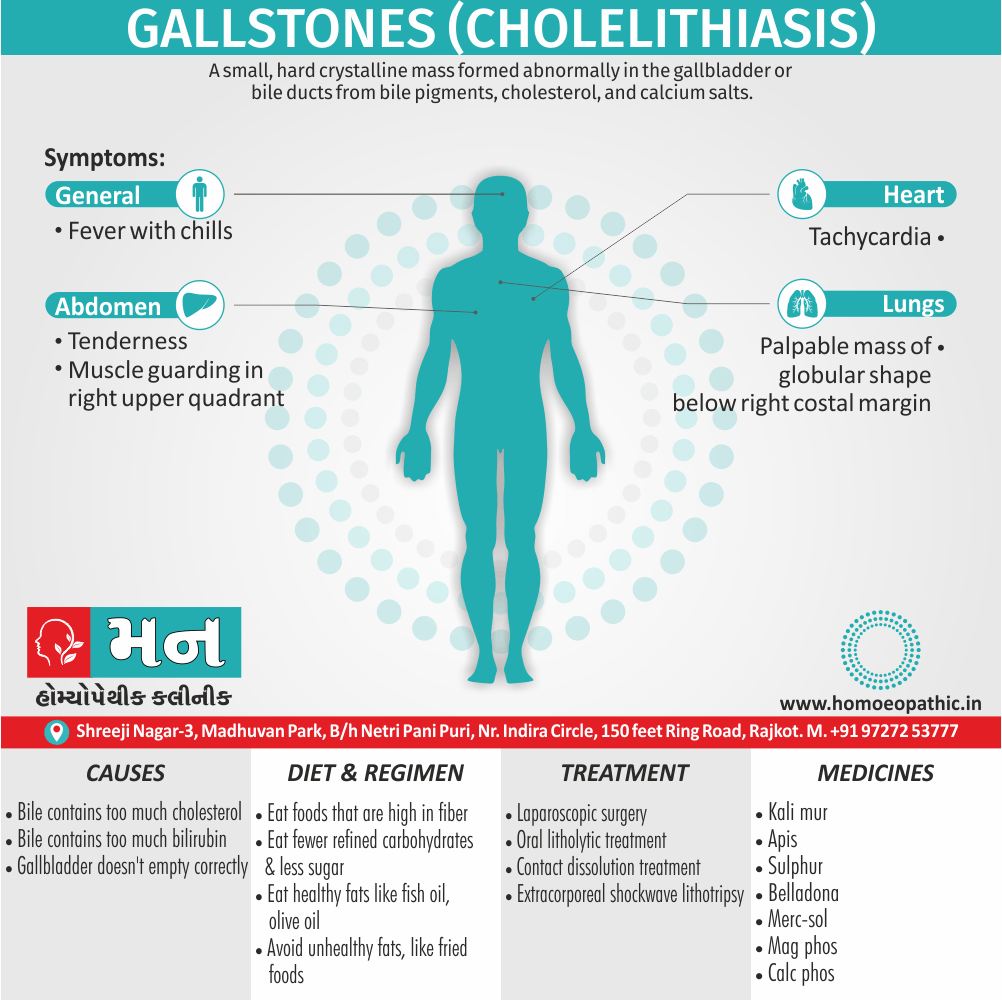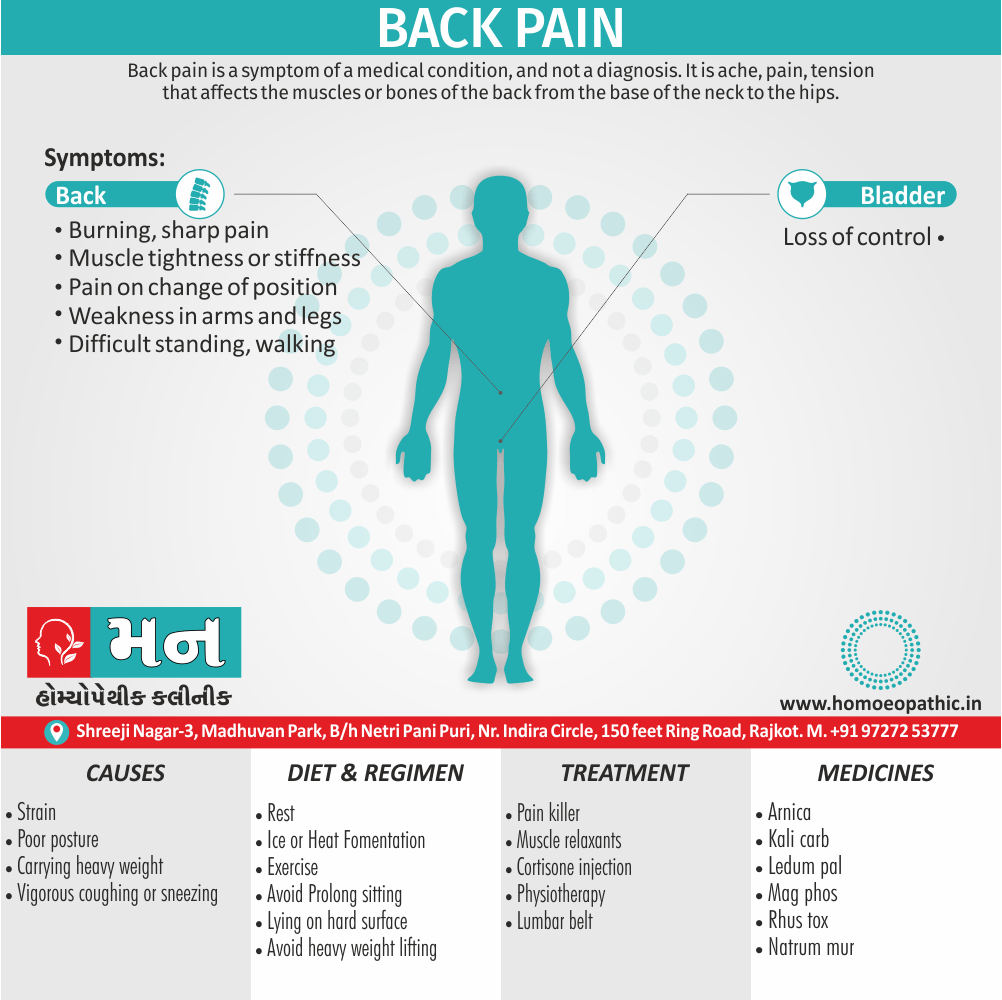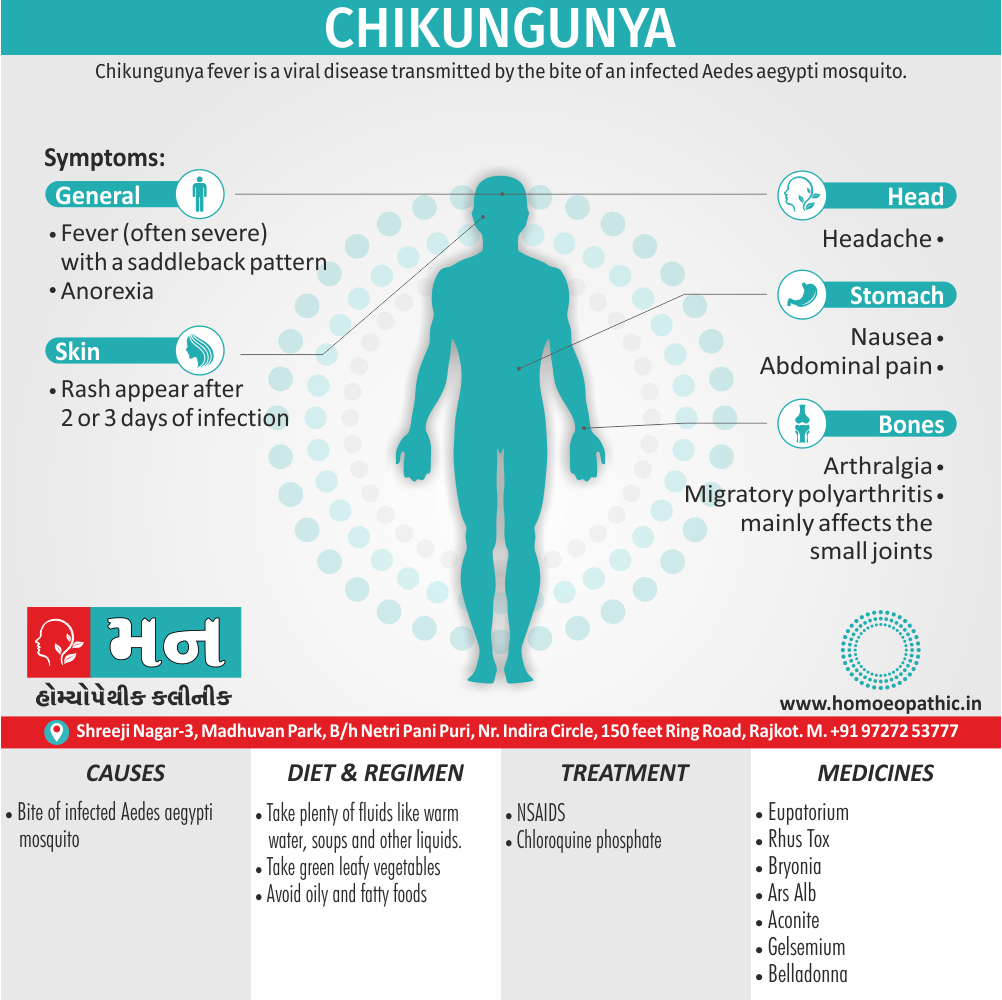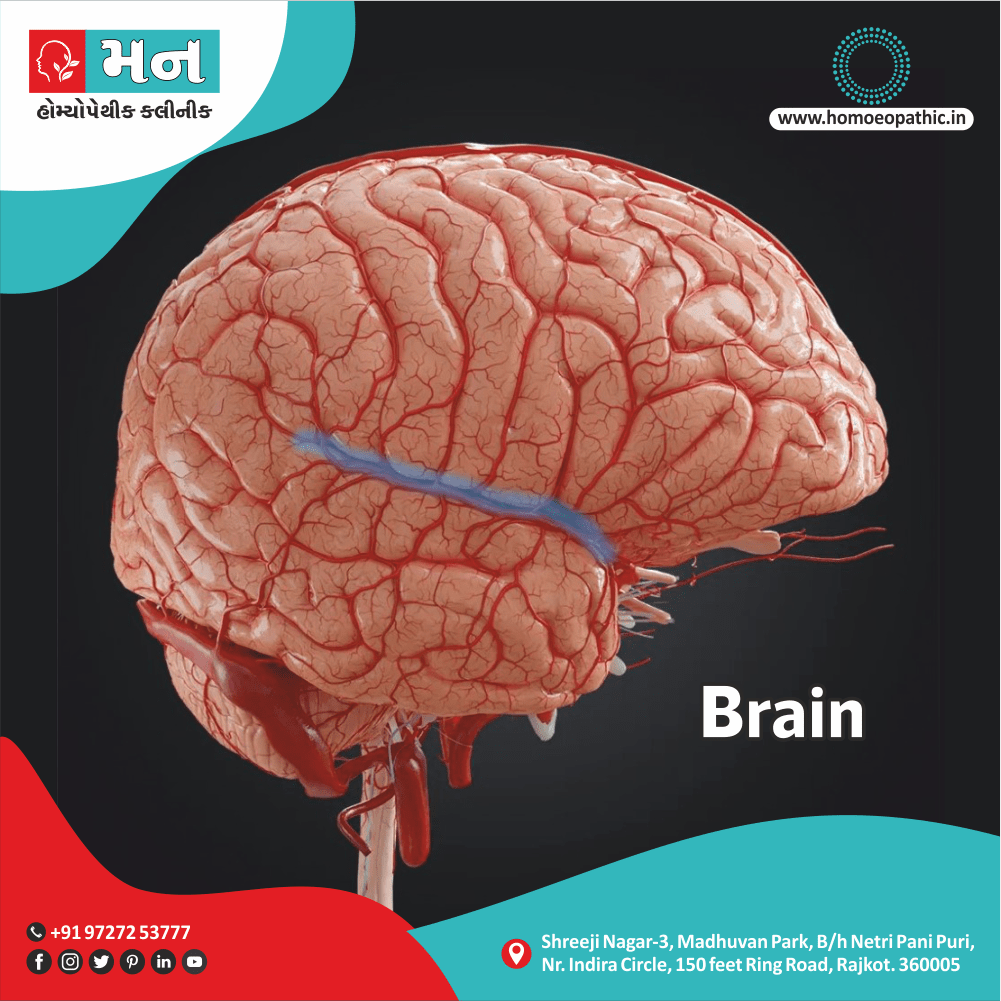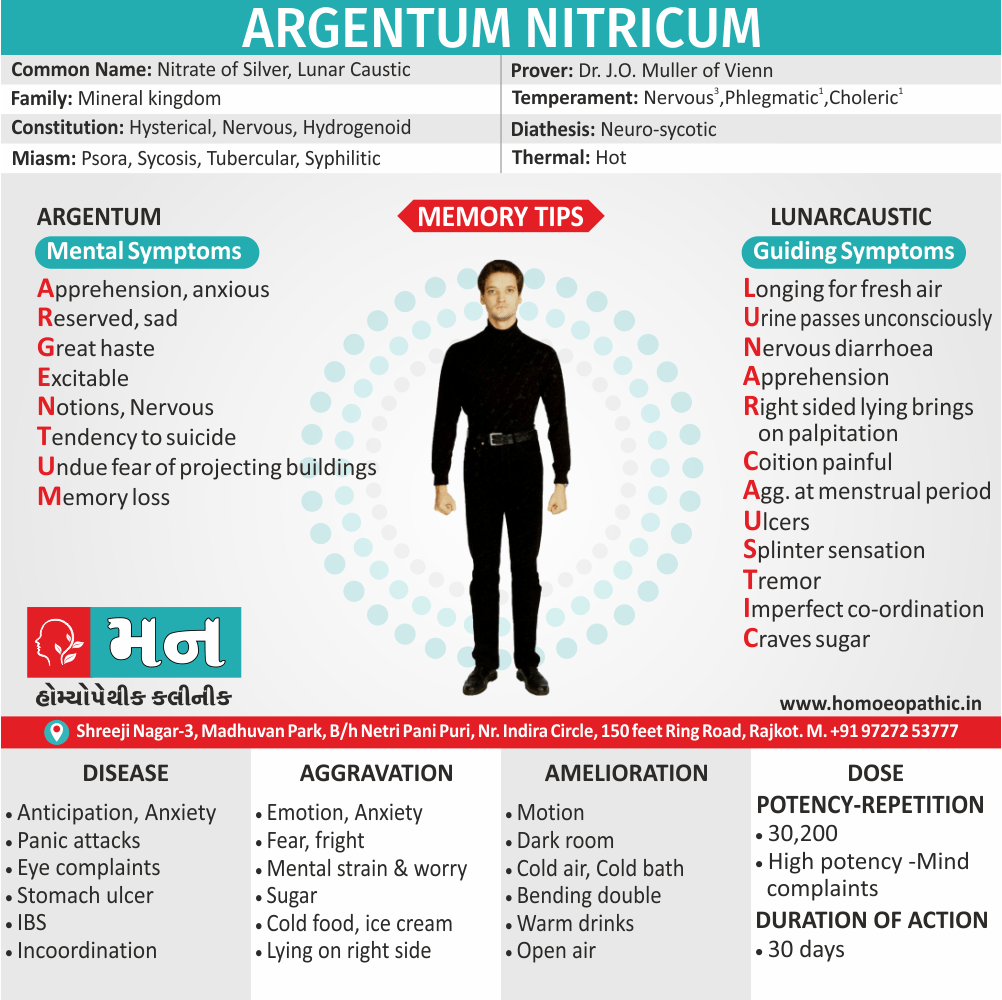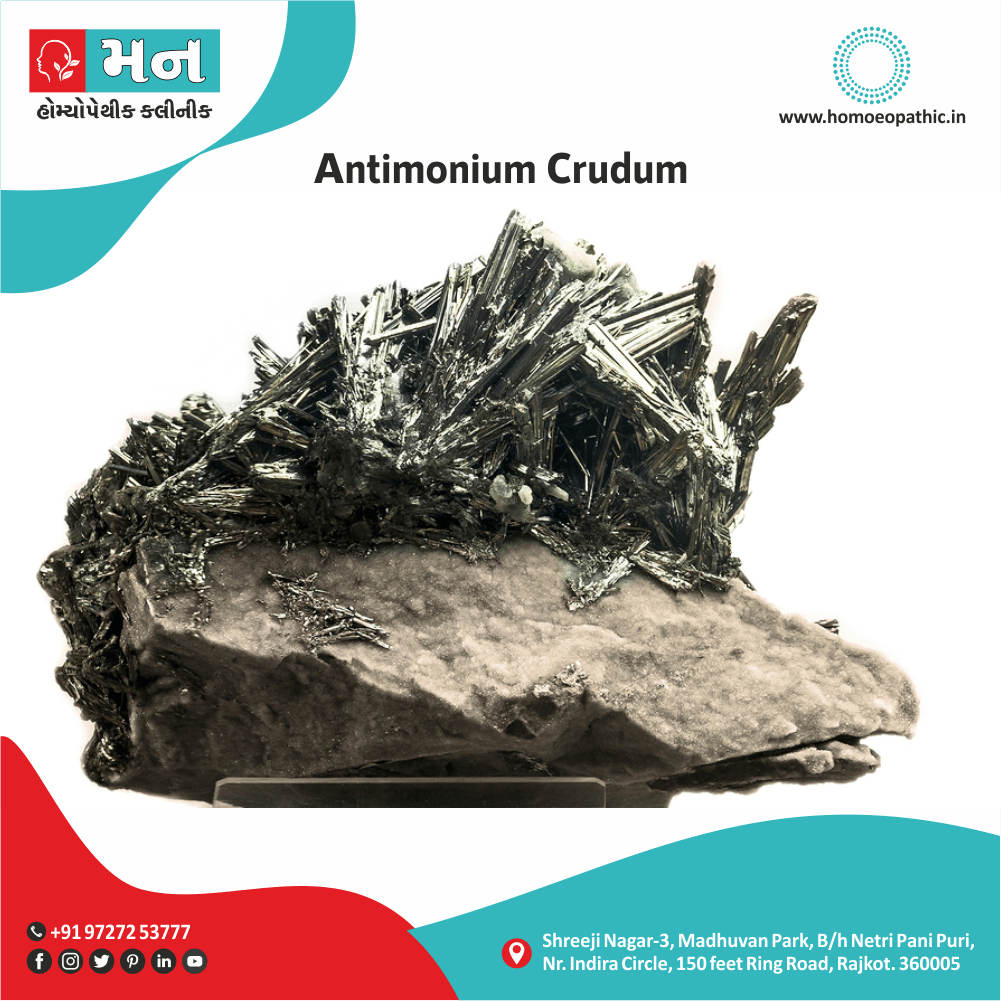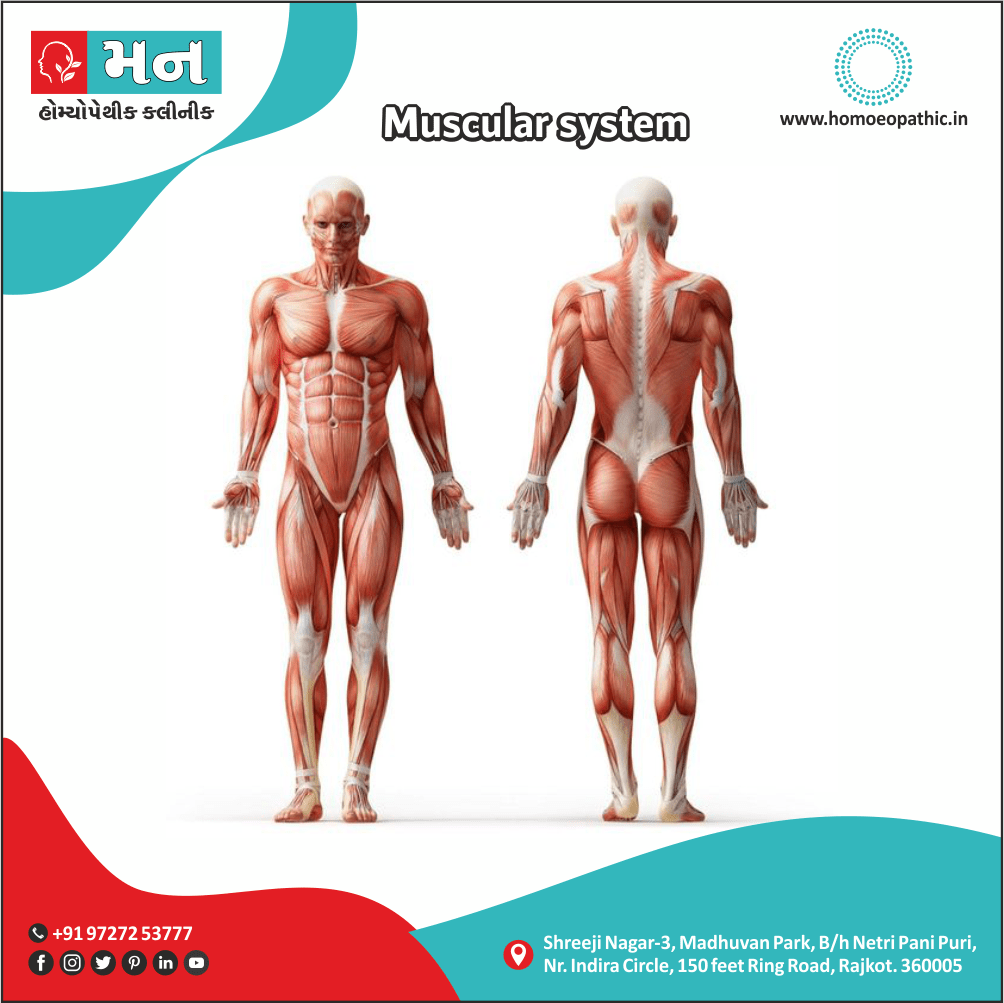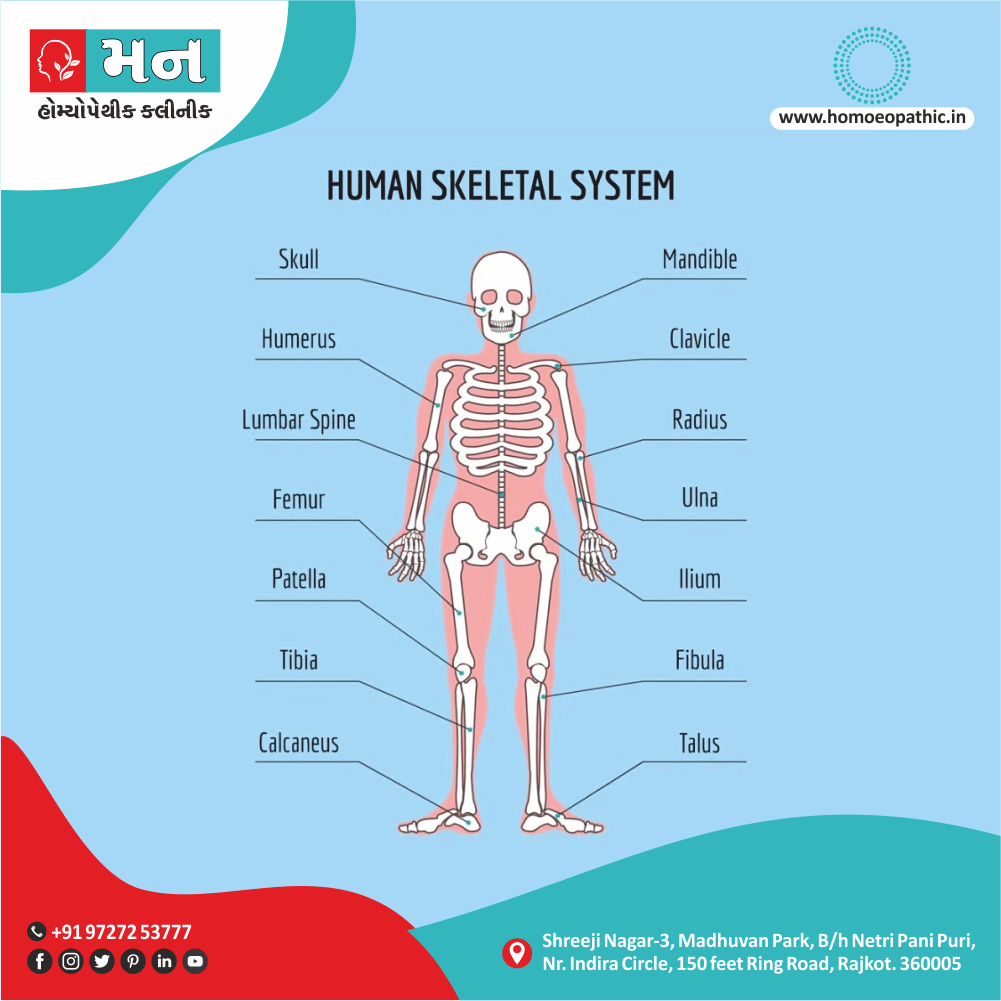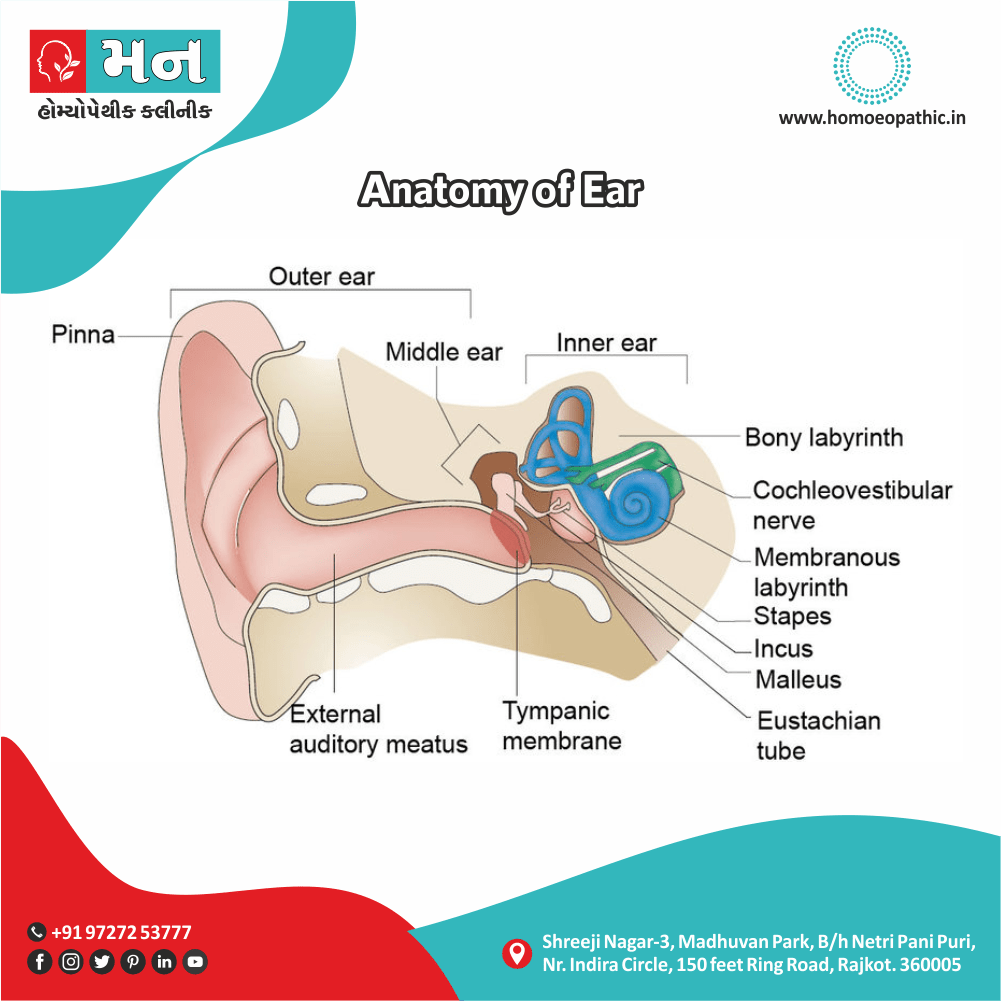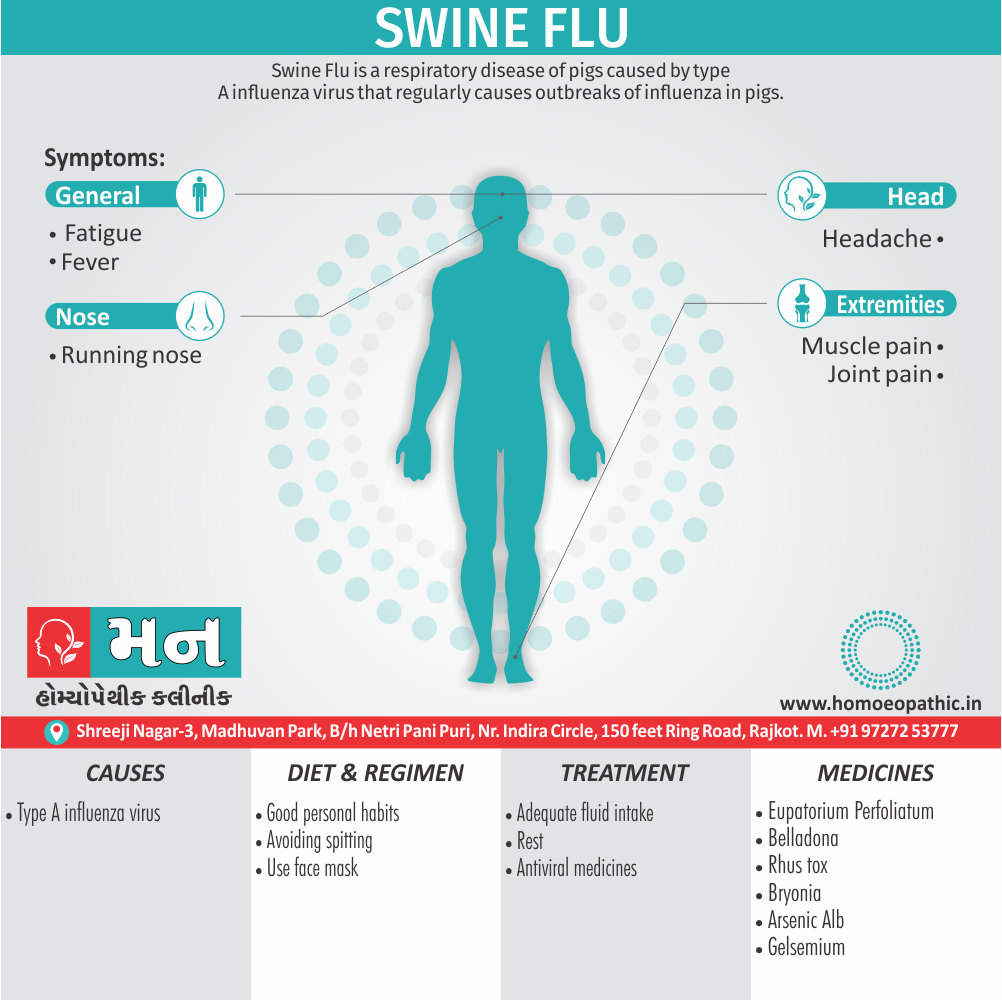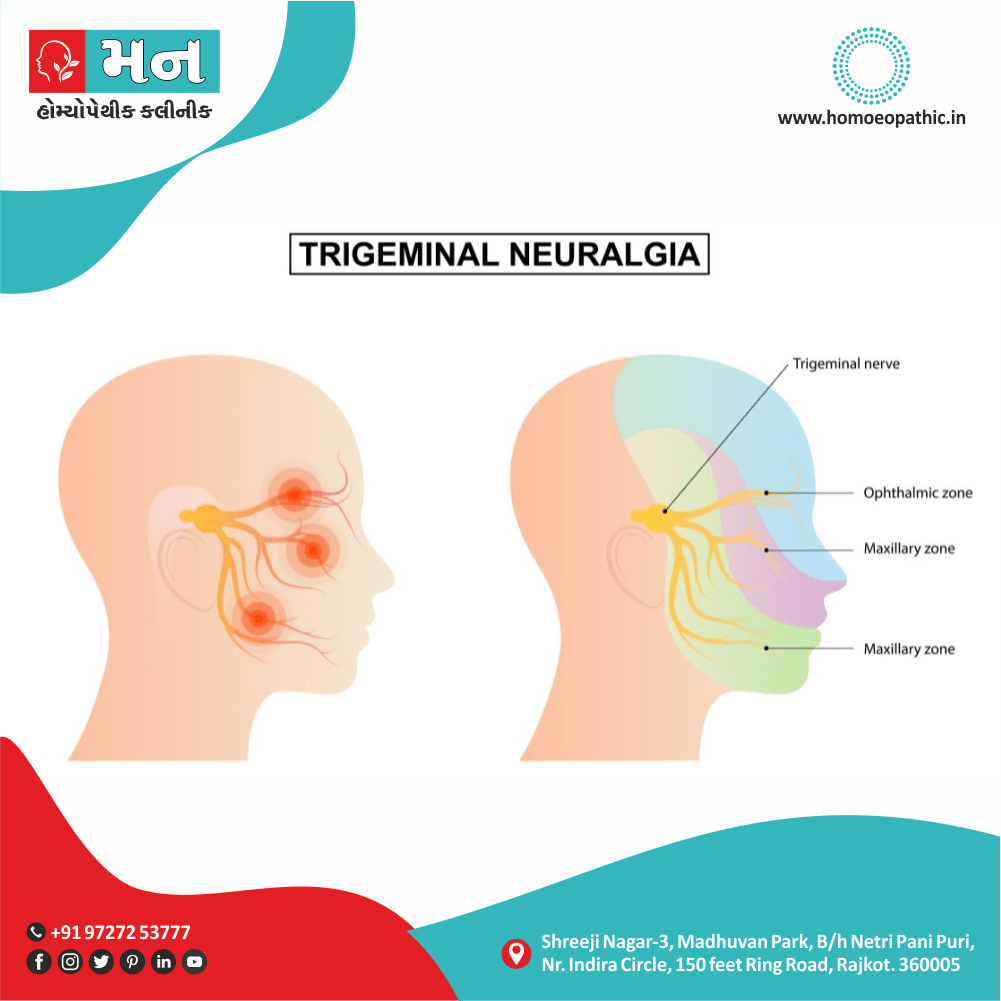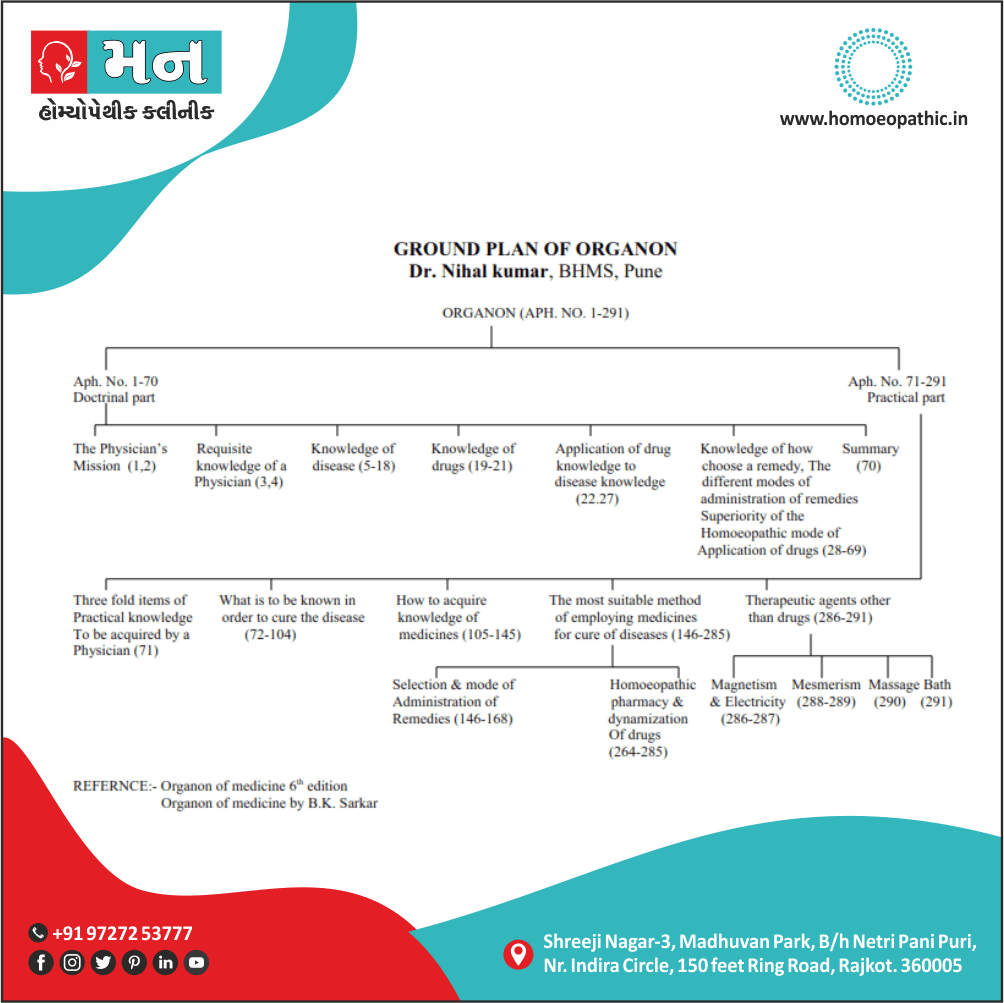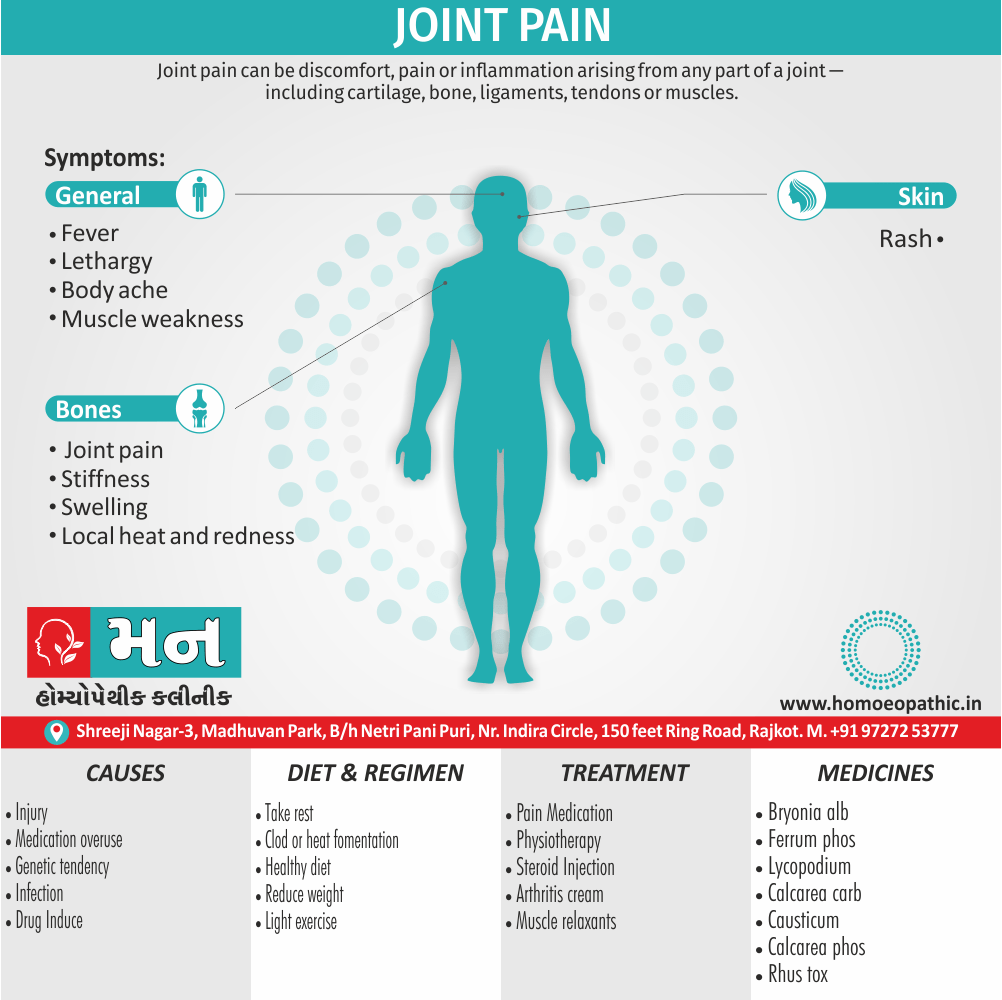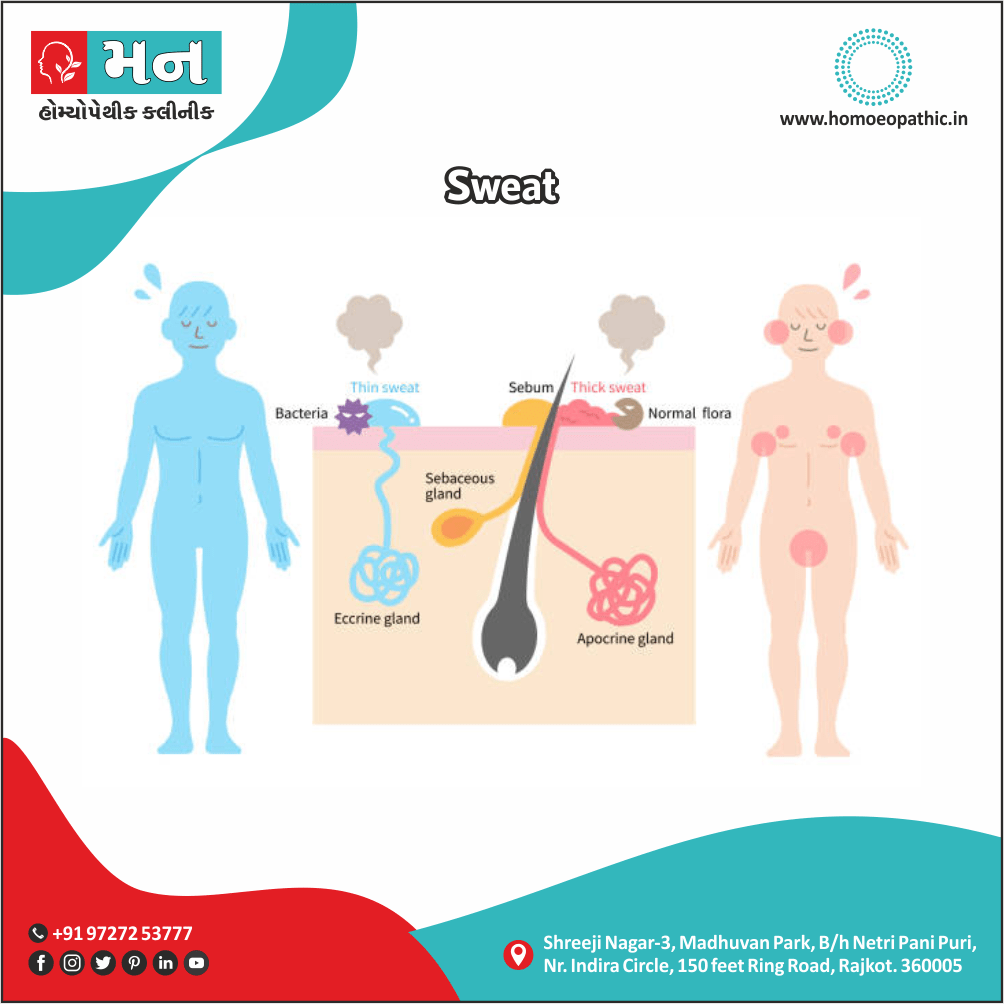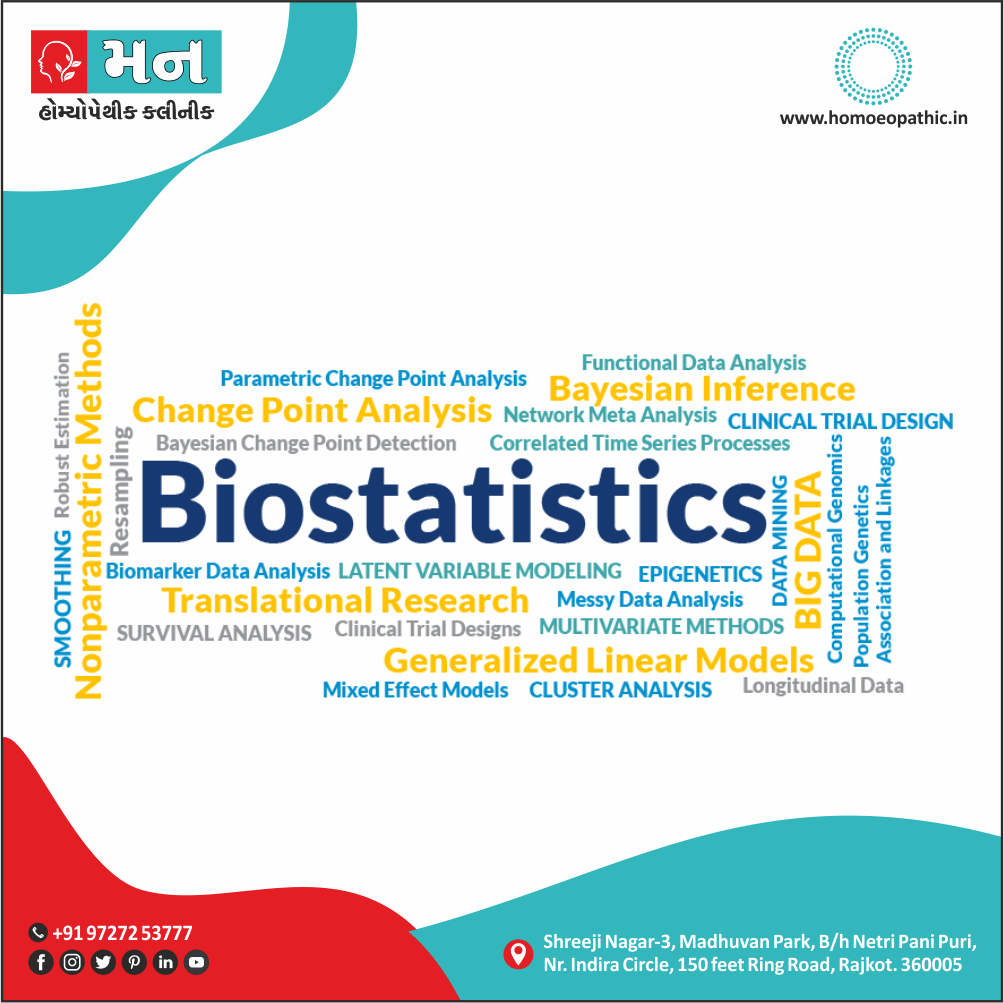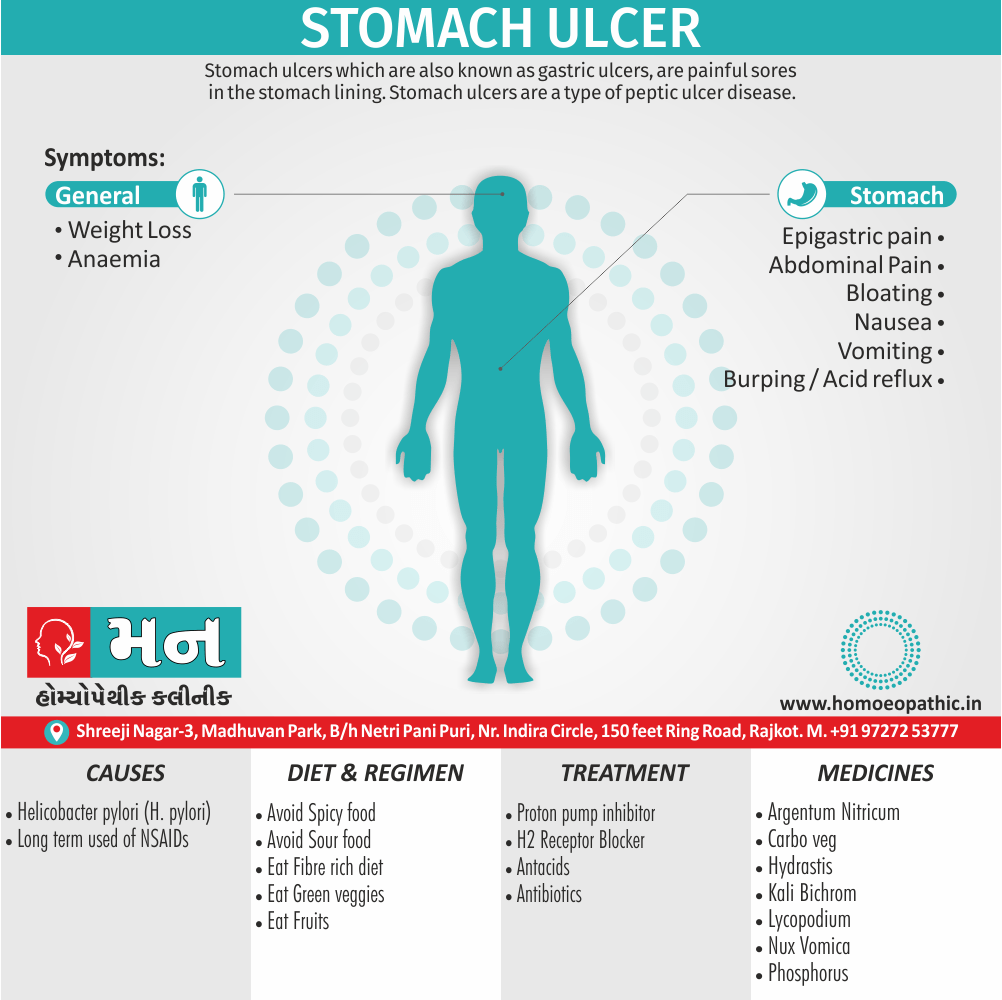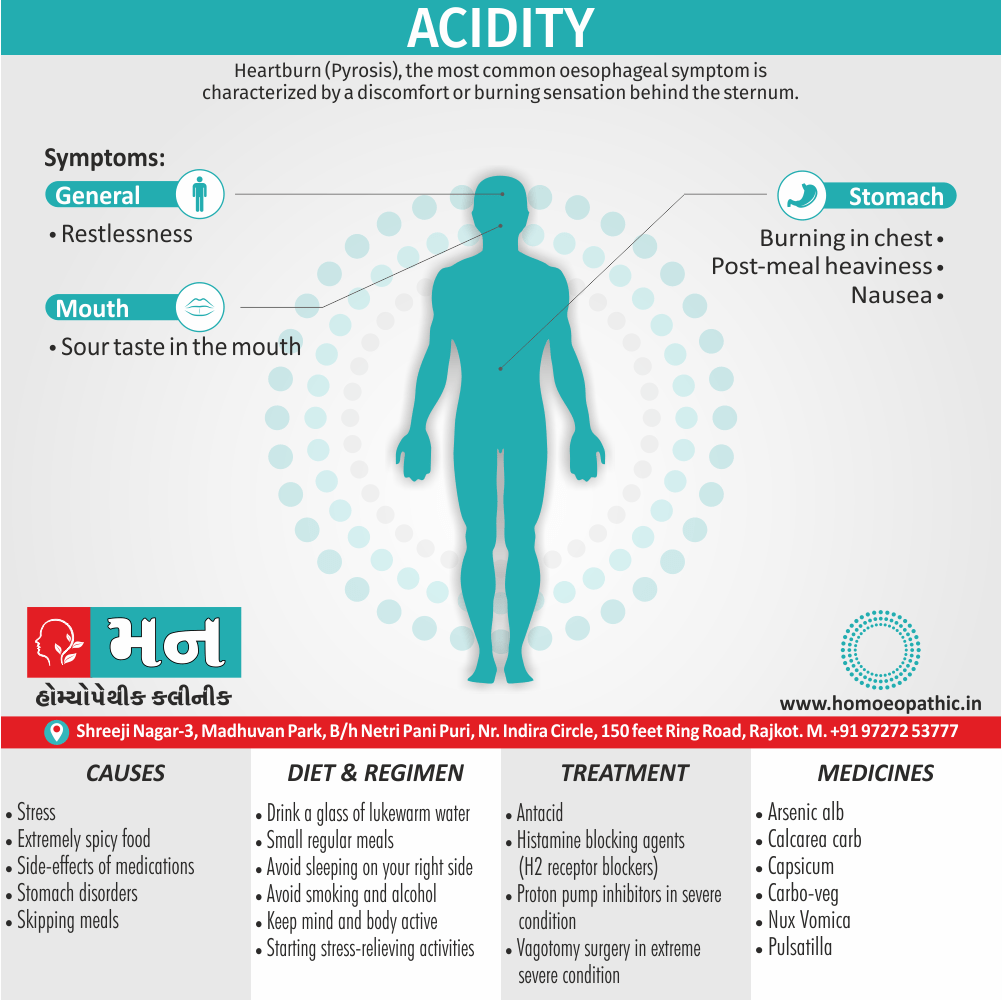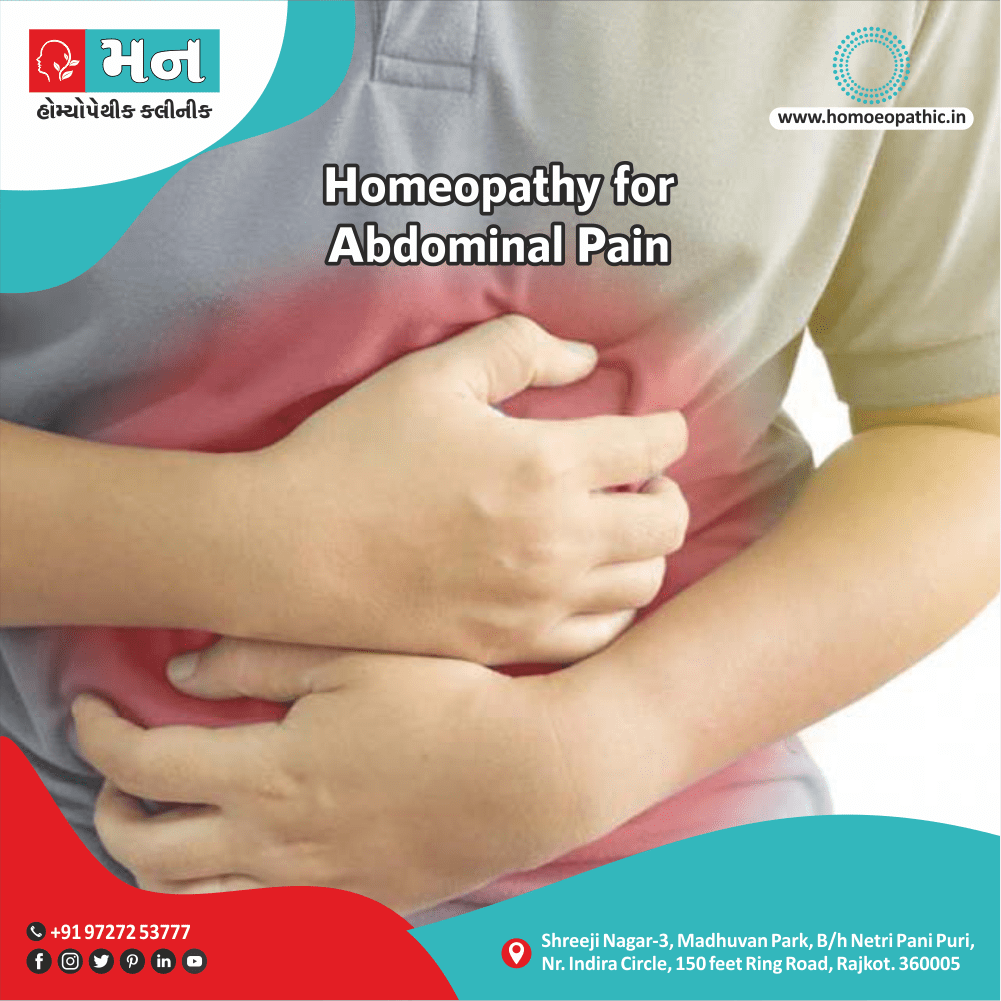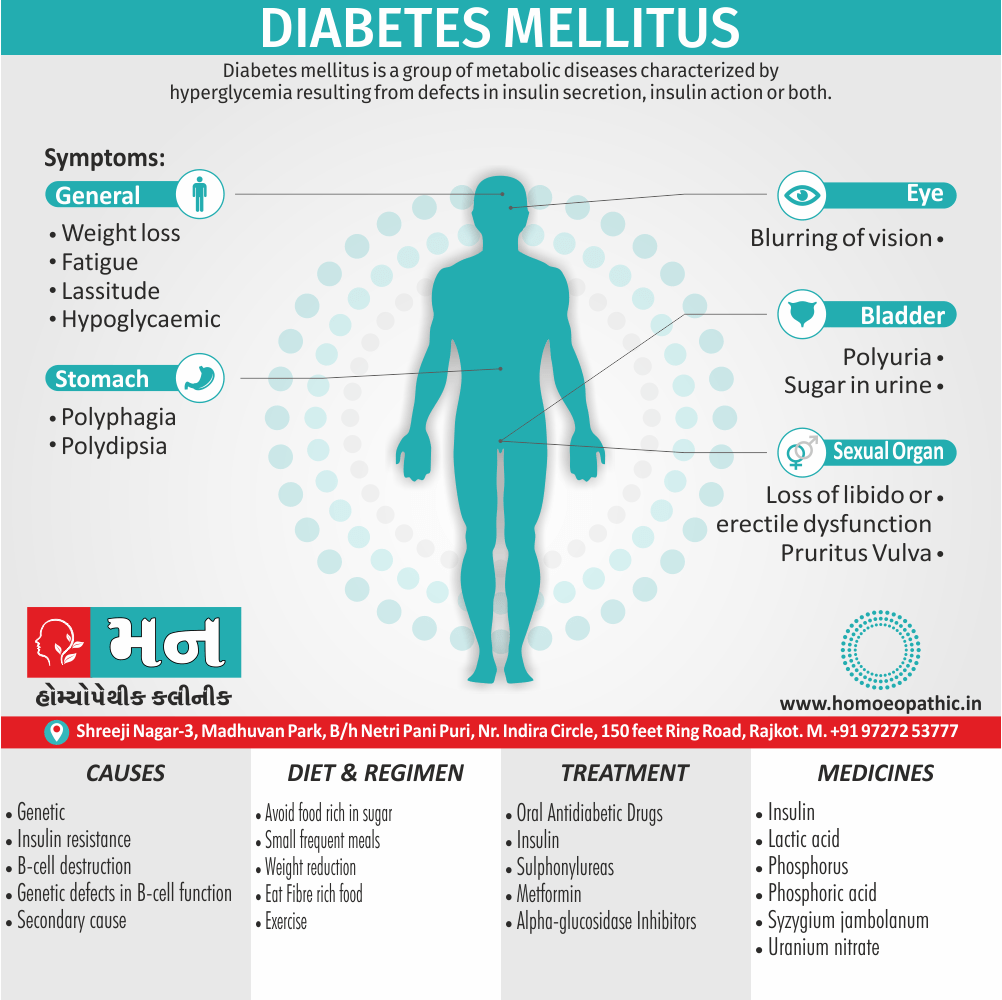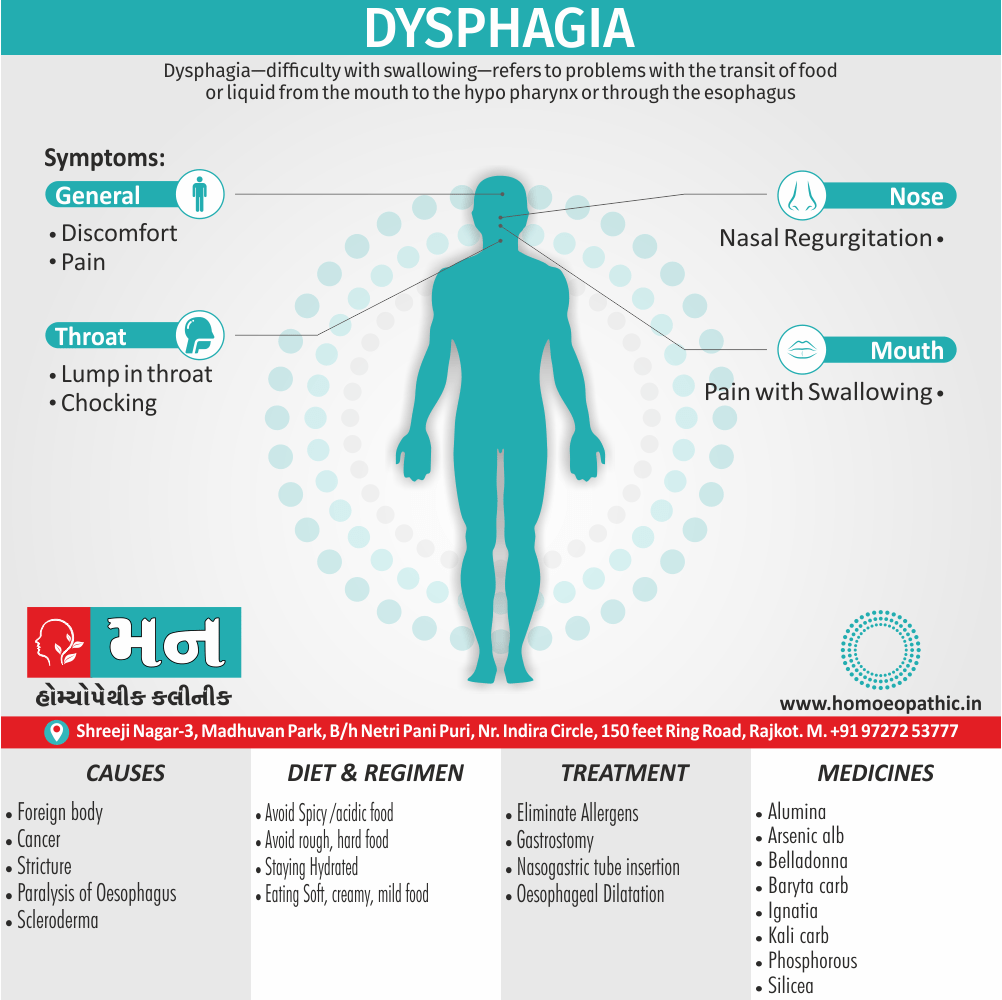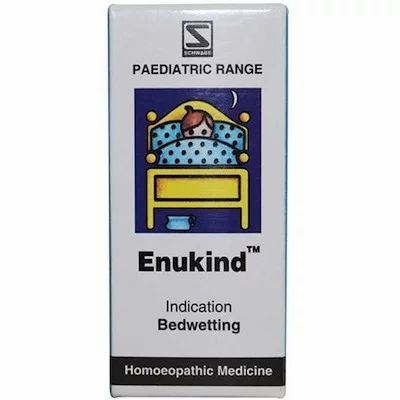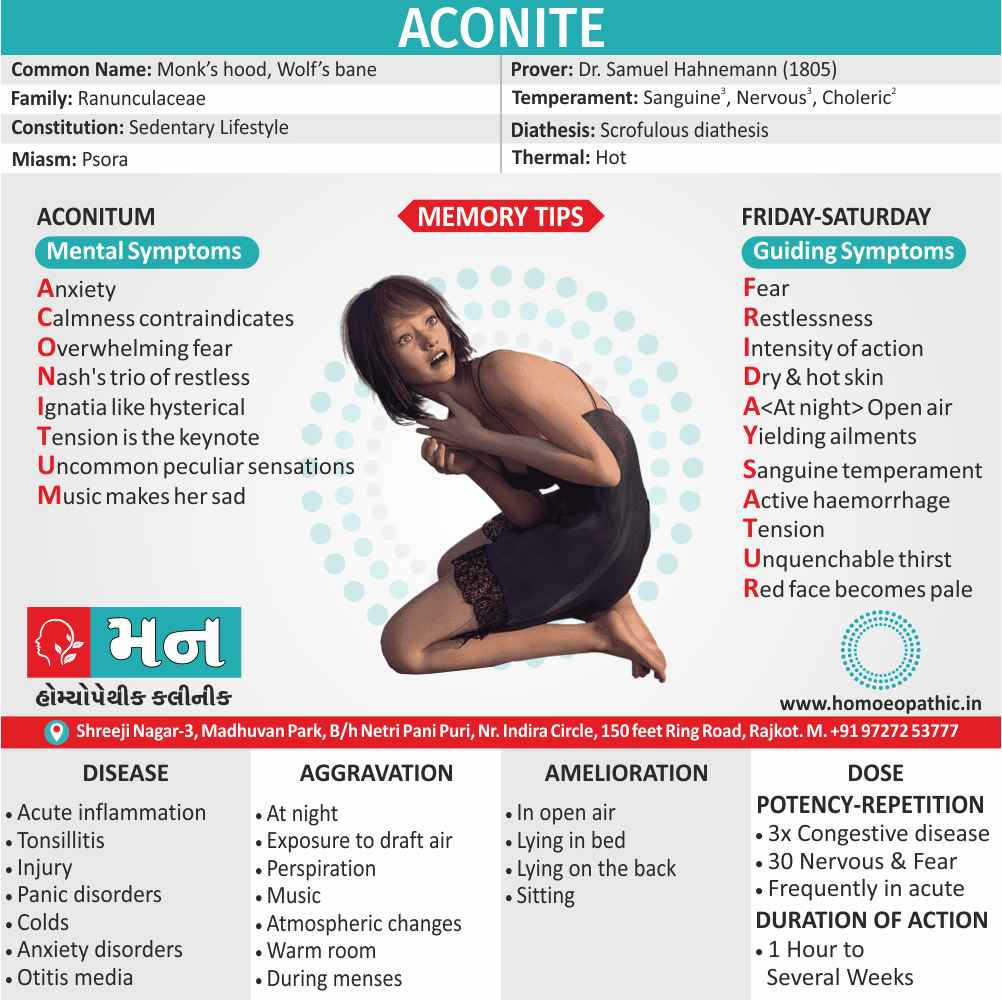Definition:
Infertility is defined as a failure to conceive within one or more years of regular unprotected coitus.
Overview
EpidemiologyXXX
Causes
TypesXXX
Risk Factors
PathogenesisXXX
PathophysiologyXXX
Clinical FeaturesXXX
Sign & Symptoms
Clinical ExaminationXXX
Diagnosis
Differential DiagnosisXXX
ComplicationsXXX
InvestigationsXXX
Treatment
Prevention
Homeopathic Treatment
Diet & RegimenXXX
Do’s and Dont’sXXX
TerminologyXXX
References
FAQ
Also Search AsXXX
Overview
Overview of Infertility
Eighty percent of the couples achieve conception if they so desire, within one year of having regular intercourse with adequate frequency (4–5 times a week).
Another 10 percent will achieve the objective by the end of second year. As such, 10 percent remain infertile by the end of second year.
Factors Essential for Conception
- Healthy spermatozoa should be deposited high in the vagina at or near the cervix (male factor).
- The spermatozoa should undergo changes (capacitation, acrosome reaction) and acquire motility (cervical factor).
- The motile spermatozoa should ascend through the cervix into the uterine cavity and the fallopian tubes.
- There should be ovulation (ovarian factor).
- The fallopian tubes should be patent and the oocyte should be picked up by the fimbriated end of the tube (tubal factor).
- The spermatozoa should fertilize the oocyte at the ampulla of the tube.
- The embryo should reach the uterine cavity after 3–4 days of fertilization.
- The endometrium should be receptive (by Estrogen, progesterone, IGF-l, cytokines, integrins) for implantation, and the corpus luteum should function adequately.
EpidemiologyXXX
Indian epidemiology then other
Causes
Causes of Infertility
Causes of male infertility
These may include:
Abnormal sperm production or function
- Due to undescended testicles, genetic defects, health problems such as diabetes, or infections such as chlamydia, gonorrhea, mumps or HIV.
- Enlarged veins in the testes (varicocele) also can affect the quality of sperm.
Problems with the delivery of sperm
- Due to sexual problems, such as premature ejaculation; certain genetic diseases, such as cystic fibrosis; structural problems, such as a blockage in the testicle; or damage or injury to the reproductive organs.
Overexposure to certain environmental factors
- Such as pesticides and other chemicals, and radiation.
- Cigarette smoking, alcohol, marijuana, anabolic steroids, and taking medications to treat bacterial infections, high blood pressure and depression also can affect fertility.
- Frequent exposure to heat, such as in saunas or hot tubs, can raise body temperature and may affect sperm production.
Damage related to cancer and its treatment
- Including radiation or chemotherapy.
- Treatment for cancer can impair sperm production, sometimes severely.
Causes of female infertility
Causes of female infertility may include:
Ovulation disorders
- Affect the release of eggs from the ovaries.
- These include hormonal disorders such as polycystic ovary syndrome.
- Hyperprolactinemia, a condition in which you have too much prolactin — the hormone that stimulates breast milk production — also may interfere with ovulation.
- Either too much thyroid hormone (hyperthyroidism) or too little (hypothyroidism) can affect the menstrual cycle or cause infertility.
- Other underlying causes may include too much exercise, eating disorders or tumors.
Uterine or cervical abnormalities
- Including abnormalities with the cervix, polyps in the uterus or the shape of the uterus.
- Noncancerous (benign) tumors in the uterine wall (uterine fibroids) may cause infertility by blocking the fallopian tubes or stopping a fertilized egg from implanting in the uterus.
Fallopian tube damage or blockage
- Often caused by inflammation of the fallopian tube (salpingitis).
- This can result from pelvic inflammatory disease, which is usually caused by a sexually transmitted infection, endometriosis or adhesions.
Endometriosis
- It occurs when endometrial tissue grows outside of the uterus, may affect the function of the ovaries, uterus and fallopian tubes.
Primary ovarian insufficiency (early menopause)
- When the ovaries stop working and menstruation ends before age 40.
- Although the cause is often unknown, certain factors are associated with early menopause, including immune system diseases, certain genetic conditions such as Turner syndrome or carriers of Fragile X syndrome, and radiation or chemotherapy treatment.
Pelvic adhesions
- Bands of scar tissue that bind organs that can form after pelvic infection, appendicitis, endometriosis or abdominal or pelvic surgery.
Cancer and its treatment
- Certain cancers — particularly reproductive cancers — often impair female fertility.
- Both radiation and chemotherapy may affect fertility.[3]
TypesXXX
Classification of Infertility
Types of infertility i.e.:
Primary Infertility
A woman who was never pregnant and who can’t conceive after one year of not using birth control.
Secondary Infertility
Secondary Infertility occurs when a woman can’t get pregnant again after having at least one successful pregnancy.[3]
Risk Factors
Risk factor of Infertility
Many of the risk factors for both male and female infertility are the same. They include:
Age
- Women’s fertility gradually declines with age, especially in the mid-30s, and it drops rapidly after age 37.
- Infertility in older women is likely due to the lower number and quality of eggs, and can also be due to health problems that affect fertility.
- Men over age 40 may be less fertile than younger men.
Tobacco use
- Smoking tobacco or marijuana by either partner may reduce the likelihood of pregnancy.
- Smoking also reduces the possible effectiveness of fertility treatment.
- Miscarriages are more frequent in women who smoke.
- Smoking can increase the risk of erectile dysfunction and a low sperm count in men.
Alcohol use
- For women, there’s no safe level of alcohol use during conception or pregnancy.
- Alcohol use may contribute to infertility.
- For men, heavy alcohol use can decrease sperm count and motility.
Being higher-weight person
- Among American women, an inactive lifestyle and being higher-weight person may increase the risk of infertility.
- For men, sperm count also may be affected by being higher-weight person.
Being underweight
- Women at risk of fertility problems include those with eating disorders, such as anorexia or bulimia, and those who follow a very low-calorie or restrictive diet.
Exercise issues
- Basically, A lack of exercise contributes to obesity, which increases the risk of infertility.
- Less often, ovulation problems may be associated with frequent strenuous, intense exercise in women who are not higher-weight person.[3]
PathogenesisXXX
Pathogenesis refers to the development of a disease. It’s the story of how a disease gets started and progresses.
This is the entire journey of a disease, encompassing the cause but going beyond it.
PathophysiologyXXX
Pathophysiology, on the other hand, focuses on the functional changes that occur in the body due to the disease. It explains how the disease disrupts normal physiological processes and how this disruption leads to the signs and symptoms we see.
Imagine a car accident. Pathogenesis would be like understanding how the accident happened – what caused it, the sequence of events (e.g., one car ran a red light, then hit another car). Pathophysiology would be like understanding the damage caused by the accident – the bent fenders, deployed airbags, and any injuries to the passengers.
In simpler terms, pathogenesis is about the "why" of a disease, while pathophysiology is about the "how" of the disease’s effects.
Clinical FeaturesXXX
Tab Content
Sign & Symptoms
Sign & Symptoms of Infertility
- The main symptom of infertility is not getting pregnant.
- There may be no other obvious symptoms.
- Sometimes, a woman with infertility may have irregular or absent menstrual periods.
- In some cases, a man with infertility may have some signs of hormonal problems, such as changes in hair growth or sexual function.
Clinical ExaminationXXX
Tab Content
Diagnosis
Diagnosis of Infertility
- Before infertility testing, your doctor or clinic works to understand your sexual habits and may make recommendations to improve your chances of getting pregnant.
- In some infertile couples, no specific cause is found (unexplained infertility).
- Infertility evaluation can be expensive, and sometimes involves uncomfortable procedures. Some medical plans may not cover the cost of fertility treatment.
- Finally, there’s no guarantee — even after all the testing and counseling — that you’ll get pregnant.
Tests for men
Male fertility requires that the testicles produce enough healthy sperm, and that the sperm is ejaculated effectively into the vagina and travels to the egg. Tests for male infertility attempt to determine whether any of these processes are impaired.
You may have a general physical exam, including examination of your genitals. Specific fertility tests may include:
Semen analysis
- Your doctor may ask for one or more semen specimens.
- Semen is generally obtained by masturbating or by interrupting intercourse and ejaculating your semen into a clean container.
- A lab analyzes your semen specimen. In some cases, urine may be tested for the presence of sperm.
Hormone testing
- You may have a blood test to determine your level of testosterone and other male hormones.
Genetic testing
- Genetic testing may do to determine whether there’s a genetic defect causing infertility.
Testicular biopsy
- In select cases, a testicular biopsy may perform to identify abnormalities contributing to infertility or to retrieve sperm for assist reproductive techniques, such as IVF.
Imaging
- In certain situations, imaging studies such as a brain MRI, transrectal or scrotal ultrasound, or a test of the vas deferens (vasography) may perform.
Other specialty testing
- In rare cases, other tests to evaluate the quality of the sperm may perfor, such as evaluating a semen specimen for DNA abnormalities.[3]
Tests for women
Generally, Fertility for women relies on the ovaries releasing healthy eggs. Moreover, The reproductive tract must allow an egg to pass into the fallopian tubes and join with sperm for fertilization.
The fertilized egg must travel to the uterus also implant in the lining. In detail, Tests for female infertility try to find out if any of these processes are impaired.
Besides this, You may have a general physical exam, including a regular gynaecological exam. Specific fertility tests may include i.e.:
Ovulation testing
- In brief, A blood test measures hormone levels to determine whether you’re ovulating.
Hysterosalpingography
- Hysterosalpingography evaluates the condition of your uterus also fallopian tubes and looks for blockages or other problems.
- X-ray contrast is injected into your uterus, and an X-ray is taken to determine if the cavity is normal also to see if the fluid spills out of your fallopian tubes.
Ovarian reserve testing
- This testing helps determine the quantity of the eggs available for ovulation.
- This approach often begins with hormone testing early in the menstrual cycle.
Other hormone testing
- Other hormone tests check levels of ovulatory hormones, as well as pituitary hormones that control reproductive processes.
Imaging tests
- Pelvic ultrasound looks for uterine or ovarian disease.
- Sometimes a sonohysterogram, also called a saline infusion sonogram, is used to see details inside the uterus that are not seen on a regular ultrasound.
Depending on your situation, rarely your testing may include:
Hysteroscopy
- Depending on your symptoms, your doctor may request a hysteroscopy to look for uterine disease.
- During the procedure, your doctor inserts a thin, lighted device through your cervix into your uterus to view any potential abnormalities.
Laparoscopy
- This minimally invasive surgery involves making a small incision beneath your navel and inserting a thin viewing device to examine your fallopian tubes, ovaries and uterus.
- A laparoscopy may identify endometriosis, scarring, blockages or irregularities of the fallopian tubes, and problems with the ovaries and uterus.[3]
Differential DiagnosisXXX
ComplicationsXXX
Complications are what happen after you have a disease. They are the negative consequences of the disease process.
InvestigationsXXX
Tab Content
Treatment
Treatment of Infertility
Infertility treatment depends on i.e.:
- What’s causing the infertility
- How long you’ve been infertile
- Your age also your partner’s age
- Personal preferences
Some causes of infertility can’t be corrected.
In cases where spontaneous pregnancy doesn’t happen, couples can often still achieve a pregnancy through use of assisted reproductive technology. Infertility treatment may involve significant financial, physical, psychological also time commitments.
Treatment for men
Men’s treatment for general sexual problems or lack of healthy sperm may include:
Changing lifestyle factors
- Improving lifestyle and certain behaviors can improve chances for pregnancy, including discontinuing select medications, reducing or eliminating harmful substances, improving frequency and timing of intercourse, exercising regularly, and optimizing other factors that may otherwise impair fertility.
Medications
- Certain medications may improve sperm count and likelihood for achieving a successful pregnancy.
- These medicines may increase testicular function, including sperm production and quality.
Surgery
- For some conditions, surgery may be able to reverse a sperm blockage and restore fertility.
- In other cases, surgically repairing a varicocele may improve overall chances for pregnancy.
Sperm retrieval
- These techniques obtain sperm when ejaculation is a problem or when no sperm are present in the ejaculated fluid.
- They may also be used in cases in which assisted reproductive techniques are planned and sperm counts are low or otherwise abnormal.[3]
Treatment for women
Some women need only one or two therapies to improve fertility. Other women may need several different types of treatment to achieve pregnancy.
Stimulating ovulation with fertility drugs
- Fertility drugs are the main treatment for women who are infertile due to ovulation disorders.
- These medications regulate or induce ovulation.
- Talk with your doctor about fertility drug options — including the benefits and risks of each type.
Intrauterine insemination (IUI)
- During IUI, healthy sperm are placed directly in the uterus around the time the ovary releases one or more eggs to be fertilized.
- Depending on the reasons for infertility, the timing of IUI can be coordinated with your normal cycle or with fertility medications.
Surgery to restore fertility
- Uterine problems such as endometrial polyps, a uterine septum, intrauterine scar tissue and some fibroids can be treated with hysteroscopic surgery.
- Endometriosis, pelvic adhesions, and larger fibroids may require laparoscopic surgery or surgery with a larger incision of the abdomen.
Assisted reproductive technology (ART)
Assisted reproductive technology (ART) is any fertility treatment in which the egg and sperm are handled. There are several types of ART.
In vitro fertilization (IVF) is the most common ART technique. IVF involves stimulating and retrieving multiple mature eggs, fertilizing them with sperm in a dish in a lab, and implanting the embryos in the uterus several days after fertilization.
Other techniques are sometimes used in an IVF cycle, such as:
Intracytoplasmic sperm injection (ICSI)
- A single healthy sperm is injected directly into a mature egg.
- ICSI is often used when there is poor semen quality or quantity, or if fertilization attempts during prior IVF cycles failed.
Assisted hatching
- This technique assists the implantation of the embryo into the lining of the uterus by opening the outer covering of the embryo (hatching).
Donor eggs or sperm
- Most ART is done using a couple’s own eggs and sperm.
- However, if there are severe problems with either the eggs or the sperm, you may choose to use eggs, sperm or embryos from a known or anonymous donor.
Gestational carrier
- Women who don’t have a functional uterus or for whom pregnancy poses a serious health risk might choose IVF using a gestational carrier.
- In this case, the couple’s embryo is placed in the uterus of the carrier for pregnancy.[3]
Prevention
Prevention of Infertility
Some types of infertility aren’t preventable. But several strategies may increase your chances of pregnancy.
Couples
- Have regular intercourse several times around the time of ovulation for the highest pregnancy rate.
- Intercourse beginning at least five days before and until a day after ovulation improves your chances of getting pregnant.
- Ovulation usually occurs in the middle of the cycle — halfway between menstrual periods — for most women with menstrual cycles about 28 days apart.
Men
Although most types of infertility aren’t preventable in men, these strategies may help:
- Avoid drug and tobacco use and drinking too much alcohol, which may contribute to male infertility.
- Avoid high temperatures found in hot tubs and hot baths, as they can temporarily affect sperm production and motility.
- Avoid exposure to industrial or environmental toxins, which can affect sperm production.
- Limit medications that may impact fertility,both prescription and nonprescription drugs. Talk with your doctor about any medications you take regularly, but don’t stop taking prescription medications without medical advice.
- Exercise moderately.Regular exercise may improve sperm quality and increase the chances for achieving a pregnancy.
Women
For women, a number of strategies may increase the chances of becoming pregnant:
- Quit smoking- Tobacco has many negative effects on fertility, not to mention your general health and the health of a fetus. If you smoke and are considering pregnancy, quit now.
- Avoid alcohol and street drugs-These substances may impair your ability to conceive and have a healthy pregnancy. Don’t drink alcohol or use recreational drugs, such as marijuana, if you’re trying to get pregnant.
- Limit caffeine-Women trying to get pregnant may want to limit caffeine intake. Ask your doctor for guidance on the safe use of caffeine.
- Exercise moderately- Regular exercise is important, but exercising so intensely that your periods are infrequent or absent can affect fertility.
- Avoid weight extremes- Being higher-weight person or underweight can affect your hormone production and cause infertility.[3]
Homeopathic Treatment
Homeopathic Treatment of Infertility
Homeopathy treats the person as a whole. It means that homeopathic treatment focuses on the patient as a person, as well as his pathological condition. The homeopathic medicines selected after a full individualizing examination and case-analysis.
which includes
- The medical history of the patient,
- Physical and mental constitution,
- Family history,
- Presenting symptoms,
- Underlying pathology,
- Possible causative factors etc.
A miasmatic tendency (predisposition/susceptibility) also often taken into account for the treatment of chronic conditions.
What Homoeopathic doctors do?
A homeopathy doctor tries to treat more than just the presenting symptoms. The focus is usually on what caused the disease condition? Why ‘this patient’ is sick ‘this way’?.
The disease diagnosis is important but in homeopathy, the cause of disease not just probed to the level of bacteria and viruses. Other factors like mental, emotional and physical stress that could predispose a person to illness also looked for. No a days, even modern medicine also considers a large number of diseases as psychosomatic. The correct homeopathy remedy tries to correct this disease predisposition.
The focus is not on curing the disease but to cure the person who is sick, to restore the health. If a disease pathology not very advanced, homeopathy remedies do give a hope for cure but even in incurable cases, the quality of life can greatly improved with homeopathic medicines.
Homeopathic Medicines for Infertility:
The homeopathic remedies (medicines) given below indicate the therapeutic affinity but this is not a complete and definite guide to the homeopathy treatment of this condition. The symptoms listed against each homeopathic remedy may not be directly related to this disease because in homeopathy general symptoms and constitutional indications also taken into account for selecting a remedy.
Medicines:
For Infertility in Women
Borax
- These medicines are recommended if there is acidic vaginal discharge.
- Such discharge typically kills the sperms.
- Thereby not allowing the fertilization.
- These medicines are effective when the discharge is acidic, whitish, copious and warm.
Calcarea Carbonica
- Calcarea Carbonica is normally administered to women who bleed a lot during their menstrual cycle or those with prolonged periods (known as menorrhagia), both of which can contribute to infertility.
- Females who experience these issues can also have irregular periods.
- When you experience a combination of the above symptoms, Calcarea Carbonica is the best medicine.
- Menorrhagia or prolonged periods may be accompanied by general body weakness and fatigue, anemia, or having a thick vaginal discharge that is whitish, greenish, or yellowish (also referred to as leucorrhoea).
- You can also take this medication if you have had many abortions or if you have early and heavy menstrual flow.
Aletris Farinosa
- Aletris Farinosa for infertility prescribe in case of early and copious menses.
- Other accompanying symptoms are – leucorrhoea, anaemia, weakness, fatigue with menorrhagia.
- It also recommend when a tendency of frequent abortions observe.
Pulsatilla
- Pulsatilla is great for females who have short and extremely light periods from the time they started having menstrual flow.
- If you fall in this category, you may notice that your periods come later than the expected date.
- Pulsatilla also use to treat infertility resulting from Polycystic Ovarian Disease (PCOD) which significantly contributes to infertility.
Sepia
- It prescribe when there is irregular or absent ovulation. Patient feels aversion to intercourse.
- Patient feels dryness and pain while intercourse.
- Menses are short, scanty and suppressed.
Agnus Castus
- Women with infertility who have low sex drive are usually put on Agnus Castus.
- This medication also recommend for women who constantly give excuses not to have sex.
- Most of the time when these two happen, you may also notice that your vaginal discharge is transparent in color.
- There may many reasons for a decrease interest in sex and Agnus Castus helps to fix this.
- Another variation of this scenario is when you have a low sex drive which accompany by excessive dryness which makes sex painful.
Natrum Carb
- Being unable to retain sperms means getting pregnant becomes an uphill task. Natrum Carb is therefore used in this scenario.
- If you have this issue, you may also experience thick, yellow, irritational vaginal discharge.
- Your periods may be short, come late or early, or heavy. In short, your periods may not be normal.
- This condition can also be accompanied by high sexual desire so you may wonder why you are having a lot of sex but are not getting pregnant.
- The solution lies in improving your semen retention levels by taking Natrum Carb.
Infertility in male:
Sabal Serrulata
- Sabal Serrulata is one of the best medicines for infertility in males with wasting (atrophy) of testes.
- It is also the perfect medicine for infertility in males with prostate enlargement or prostatitis.
Agnus Castus
- Agnus Castus use when a man’s sexual desire and physical ability reduce.
- The genitals stay relaxed, cold, and flaccid. Caladium use when infertility or impotency results because of mental depression.
- The genitals stay relaxed and weak erections are likely.
Selenium
Selenium use for erectile dysfunction featured by slow and weak erections. Involuntary semen discharge may also indicate as a symptom.
X-Ray
- The homeopathic medicine X-Ray is very effective in treating low sperm count in men.
- Sperm count gets increased, enhancing both the quantity and quality of sperm.
Conium
- Conium use for treating infertility in men, which occurs due to orchitis.
- The testicles get swollen, enlarged and hardened.
- Conium also helps patients with a history of suppressed sexual desire.
Caladium Seguinum
- Erectile dysfunction and premature ejaculation can effectively treated with Caladium Seguinum.
- In some men, erectile dysfunction results in pruritus in the genital organs.
- Caladium the best bet to deal with pruritus.
Diet & RegimenXXX
Do’s and Dont’sXXX
Tab Content
TerminologyXXX
Tab Content
References
References use for Article Infertility
[1] DC Text book of Dutta’s Gynaecology
[2] https://www.drhomeo.com/homeopathic-treatment/homeopathic-medicines-infertility/
[3] https://www.mayoclinic.org/diseases-conditions/infertility/symptoms-causes/syc-20354317
FAQ
Frequently Asked Questions
What is Infertility?
Infertility define as a failure to conceive within one or more years of regular unprotected coitus.
Homeopathic Medicines used by Homeopathic Doctors in treatment of Infertility?
- Borax
- Calcarea Carbonica
- Aletris Farinosa
- Pulsatilla
- Sepia
- Agnus Castus
- Natrum Carb
- Sabal Serrulata
- Agnus Castus
What causes Infertility?
- Abnormal sperm production or function
- Problems with the delivery of sperm
- Overexposure to certain environmental factors
- Damage related to cancer and its treatment
- Ovulation disorders
- Uterine or cervical abnormalities
- Fallopian tube damage or blockage
- Endometriosis
- Primary ovarian insufficiency
- Pelvic adhesions
What are the symptoms of Infertility?
- The main symptom of infertility is not getting pregnant.
- Irregular or absent menstrual periods.
- Signs of hormonal problems
Also Search AsXXX
Frequently Asked Questions (FAQ)
XYZ
XXX
XYZ
XXX
XYZ
XXX
